Nomadic Matt's Travel Site
Travel Better, Cheaper, Longer

Nicaragua Travel Guide
Last Updated: September 1, 2023
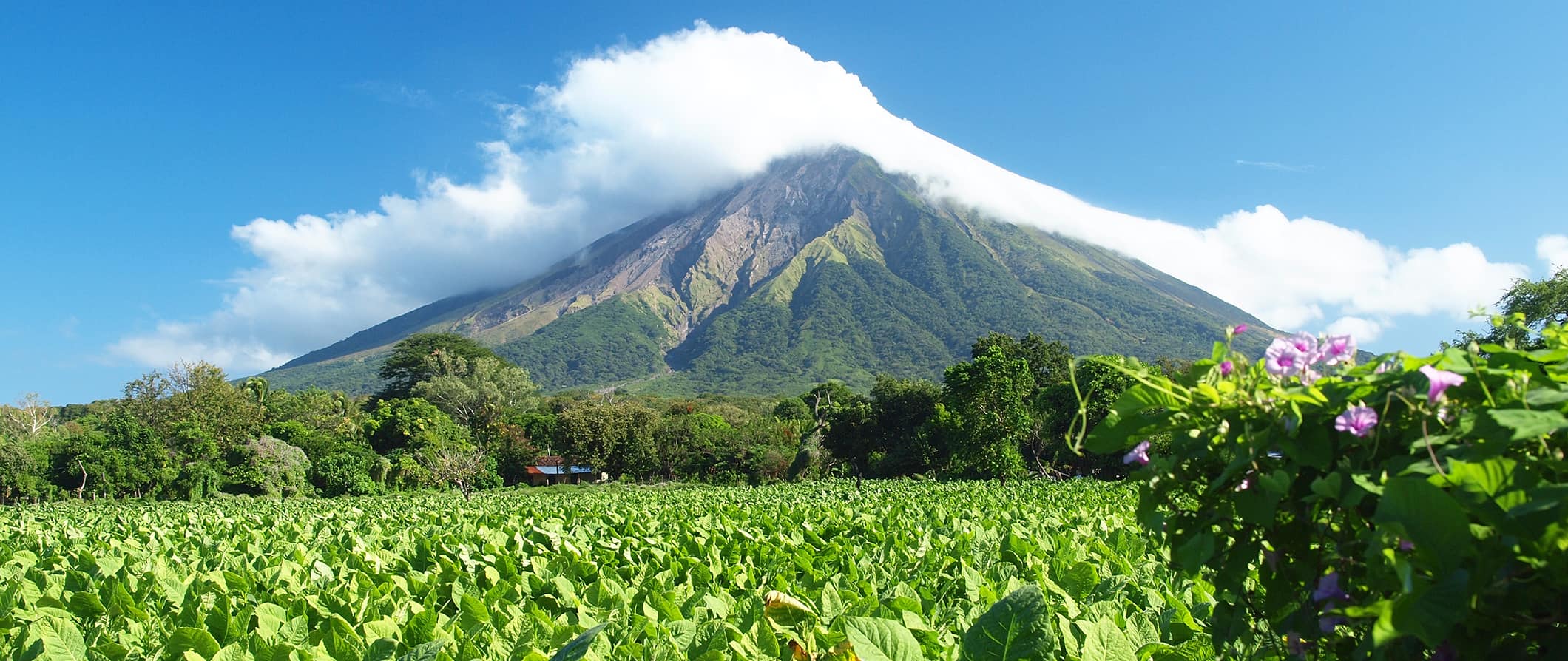
Known as the “Land of Lakes and Volcanoes,” Nicaragua is the largest country in Central America. Home to Lake Nicaragua (Central America’s largest lake), beautiful islands, expansive volcanic terrain, mangrove swamps, ethereal cloud forests, and tropical rainforests, Nicaragua is a stunning destination with tons of things to see and do — no matter your interests.
In fact, I loved my visit to Nicaragua so much I ended up extending my visit!
While Granada, León, and San Juan del Sur tend to pull in the crowds, if you leave the main southern cities and get a little off the tourist trail, you can discover even more varied landscapes, friendly locals, and little explored towns and national parks.
This travel guide to Nicaragua shows you how to visit on a budget, save money, and make the most of your trip.
Table of Contents
- Things to See and Do
- Typical Costs
- Suggested Budget
- Money-Saving Tips
- Where to Stay
- How to Get Around
- How to Stay Safe
- Best Places to Book Your Trip
- Related Blogs on Nicaragua
Top 5 Things to See and Do in Nicaragua
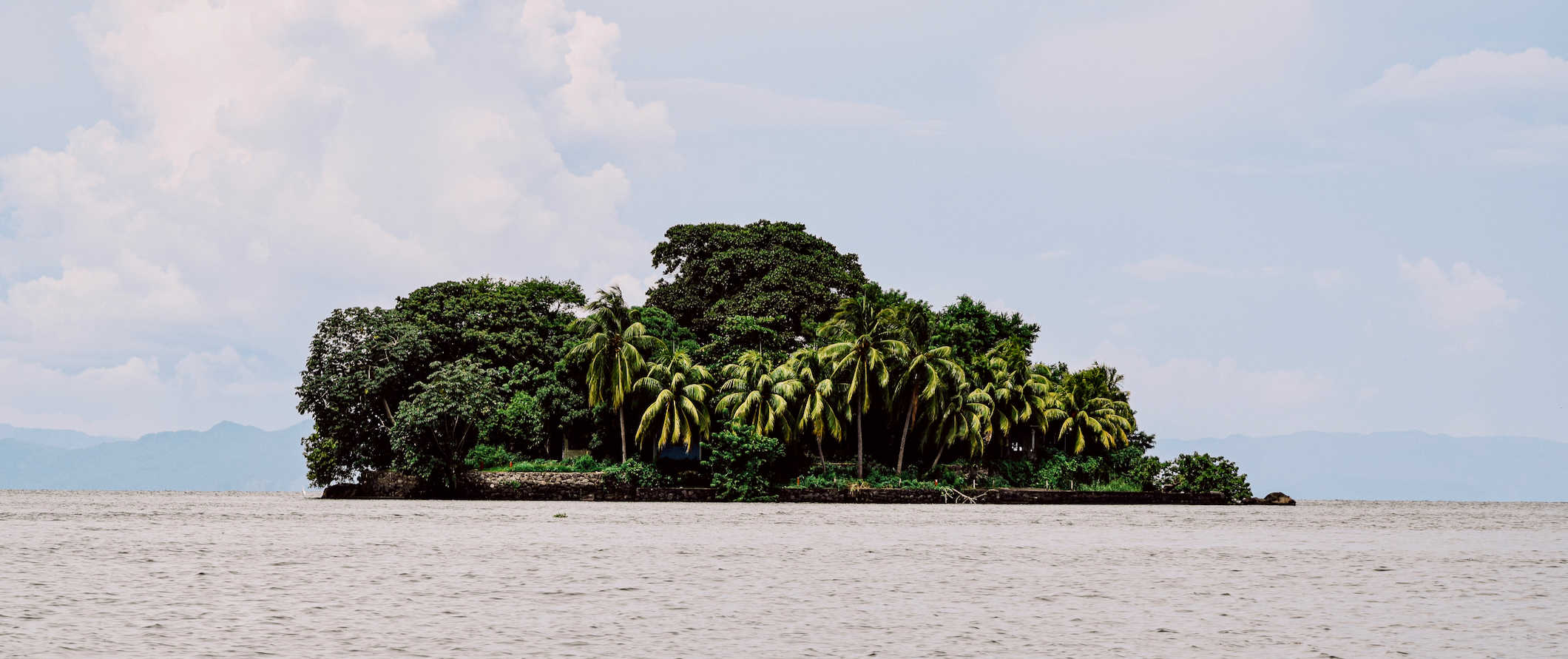
1. Visit Little Corn Island
This archipelago off the Caribbean coast is one of the best places to relax in the country. It boasts diving with hammerhead sharks and underwater caves, fresh seafood, and plenty of hammock downtime on deserted beaches (invest in a good hammock if you’re serious about your R&R). Don’t miss Otto’s Beach.
2. Relax in San Juan del Sur
This picturesque surfer paradise is fringed with prehistoric volcanic hills and was the first destination to put Nicaragua on the map. Backpackers flock here in droves to surf and party under the stars. It’s a must-visit destination in the country!
3. Admire colonial Granada
Nicaragua’s oldest city is revered as the colonial jewel of Central America. Many of the pastel-painted buildings have been meticulously restored. Bask in Granada’s historic grandeur as you weave through the cobblestone streets, visit local art galleries, and sip on a coffee in a plaza.
4. Tour León
From world-class museums, Central America’s largest cathedral, and other beautiful monuments to a lively party scene fueled by the ample student population, León is one of my favorite places in the country. Sample the best roadside quesillo and see the local artists who give the city its eccentric flavor.
5. Explore Ometepe Island
Spend your days hiking, kayaking, or cycling around the island, spotting howler monkeys and archeological ruins in the process. Two of the two volcanoes here (Concepción and Maderas) offer strenuous 8-10-hour hikes. Guides are mandatory and cost 530 NIO.
Other Things to See and Do in Nicaragua
1. hike miraflores.
Miraflores national park was the highlight of my entire trip. Located in Estelí in northern Nicaragua, this is a stunning cloud forest with rivers and waterfalls. You can take day-hikes or multiday treks to the park (the multiday trips enable you to stay with local host families in small communities) and there are also programs to help you learn to farm. The one-day trek that I did ran from 7am-4pm and cost 550 NIO which included two meals and a mandatory guide. An extra bonus that I loved is that all the money goes back into supporting the community and farmers.
2. Explore Rio San Juan
This river is a wonderful stopover for nature enthusiasts looking to go kayaking, fishing, and wildlife watching. Despite the surge in eco-tourism in the region, accommodation options are still no-frills and very low-key, with Wi-Fi and phone coverage being scarce. Most tours leave from San Carlos, which is located at the mouth of the river on Lake Nicaragua.
3. Hike a volcano
Nicaragua has 19 volcanos (9 of which are active). The two peaks on Ometepe –– Concepcion and Maderas –– are the two most popular day hikes in the country. Concepción, towering at 1,600 meters (5,249 feet) is a baking hot hike, so bring lots of sunblock and water. Maderas is easier but muddier, with a lake at the summit. Cerro Negro (near León) offers a comfortable sandy route from top to bottom and is also well-known for “volcano surfing.” Masaya Volcano is the most active volcano in Nicaragua and you can actually see the lava bubbling there (visits are limited to 10 minutes due to the fumes). For people wanting a challenge, try San Cristobal, Nicaragua’s highest volcano. If you’re hunting for scenic Insta-worthy views, hike to Telica (also within easy reach from León) for a spectacular sunset (you can actually camp at the top).
4. Relax at Lake Apoyo
Laguna de Apoyo is a breathtaking body of water that sits upon the Apoyo volcano crater near Granada. This 200-meter-deep lake is the perfect spot for swimming, kayaking, fishing, and sailing. Hostels offer day trips from Granada for around 300 NIO, which include a return shuttle and include use of another hostel’s facilities, kayaks, and tubes on the lagoon. You can also visit independently and stay overnight if you want a longer visit.
5. Tour a coffee plantation
Coffee is Nicaragua’s primary export and Jinotega, the misty and mountainous northern region, produces over 80% of the country’s output. You can organize a coffee tour in any of the eco-lodges/hostels dotted around the region. I particularly liked Eco Albergue La Fundadora. Even though I don’t drink coffee, it’s a fascinating and important industry in the country (and region) and worth learning about.
6. Relax at the Pearl Cays
The remote string of crescent-shaped playas that make up the Pearl Cays (pronounced “Pearl Keys”) offer some of the best Caribbean beaches in Nicaragua. Unfortunately, due to climate change, this stunning collection of white islands is steadily shrinking. Located near the Corn Islands, there are currently only 10 left from the original 18. Accommodation on the island is super exclusive and very pricey. However, day trips by shared speedboat can be easily arranged to make visits affordable. Private boats start from around 8,800 NIO and fit up to 10 people. Come here to snorkel, swim, and lounge away the day.
7. Visit the Bosawas Biosphere Reserve
Bosawas is the second-largest rainforest in the Western Hemisphere and is home to jaguars, tapirs, spider monkeys, harpy eagles, and more. A huge chunk of the country’s bird population — 600 out of 790 species — are located here, making it the prime spot for wildlife and bird watching. Multi-day trips, where you can truly immerse yourself in the wilderness, hike cloud forests, swim in waterfalls, and meet Mayangna and Miskito indigenous communities start at around 12,000 NIO per person.
8. Explore the Solentiname Archipelago
Isolated on the southwest tip of Lago de Nicaragua, the Solentiname Archipelago is a cluster of 36 islands revered for their pristine collections of primitive art, birdlife, and laid-back lifestyle. It’s best to base yourself in Mancarrón and organize day trips to other neighboring islands throughout your stay. It’s roughly a four-hour drive from Managua to San Carlos and then and then a two-hour boat ride to the dock in Mancarrón. There are no ATMs to be found on the islands so bring plenty of cash.
9. Shop at the Masaya Markets
Stock up on rum, coffee, hammocks, and ceramics at the Masaya Markets in Masaya National Park near Managua. Barter your way through the markets and soak up the colorful atmosphere. While there is a lot of tourist junk here, there are still plenty of artisanal handmade crafts as well. On Thursdays, a weekly ‘Night of Revelry’ features traditional dancing, local food, and music. The market is just thirty minutes from Managua.
10. Visit the stone carving hermit
Near Estelí in the north you can find Alberto the hermit. He’s been living here for almost 40 years, carving stone figures and sculptures in the jungle. He’s eccentric, kind, and incredibly knowledgeable about the flora and fauna in the region. Stop by to see his carvings and learn about his life in the jungle. Here’s a video of my visit .
11. Check out the Isletas de Granada
Southeast of the city of Granada in Lake Nicaragua, you can find the Isletas de Granada (Grenada Islets). There are around 365 of these volcanic islands, some of which are inhabited. A few have hotels on them or you can take a one-hour boat ride around them to admire their pristine beauty (it costs around 1,400 NIO for a boat that can take 8 people).
12. See Somoto Canyon
Dating back to the Miocene epoch (23-25 million years ago), Somoto Canyon is a relatively unexplored part of Nicaragua. Located near the border with Honduras, it was discovered by Czech and Nicaraguan scientists in 2004 and, since then, its spectacular walls and clear water have become a popular tourist destination. Activities here include hiking, boating, and scaling the canyon walls. The narrowest part of the canyon can only be reached by swimming or by tubing. Somoto Canyon Tours offers a variety of tours lasting from 3-6 hours with prices starting at 880 NIO.
13. Do a homestay/Learn Spanish
If you have a bit more time to spend in Nicaragua, there are lots of opportunities to volunteer, learn Spanish, and farm by taking part in a homestay (Estelí, Ometepe, and León are popular destinations for this). Hostels and tourist offices in any of the big cities can help you arrange it.
Nicaragua Travel Costs
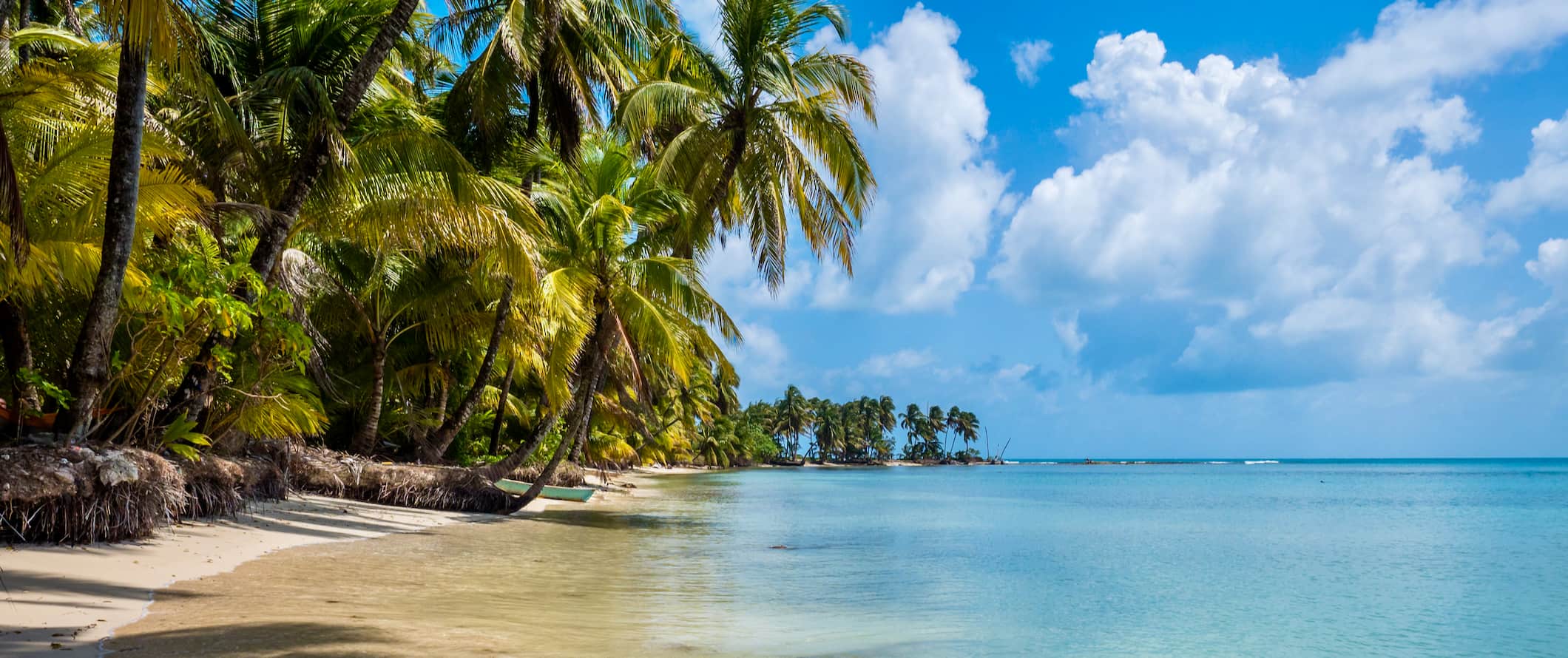
Accommodation – Small 6-8-bed dorms generally cost around 250-350 NIO per night, with private rooms costing between 700-1,700 NIO. Free Wi-Fi and free breakfast are common and many hostels also have a swimming pool.
For a budget two-star hotel, expect to pay between 1,000-2,600 NIO for a double room including breakfast. Expect basic amenities such as Wi-Fi, A/C, a TV, and sometimes a swimming pool.
Airbnb is available on Nicaragua’s Pacific coast as well as in Grenada and Managua (there are no rentals on the Atlantic side). You can score a great beachfront property from 2,800-4,200 NIO depending on group size and house style. For a private room, expect to pay at least 880 NIO per night.
Food – Beans, rice, and meat are the backbone of most meals in Nicaragua. Grilled chicken, pork, and beef are common options (especially for street food). Gallo pinto (fried rice and beans) is the go-to breakfast and dinner meal, with an egg often being added for the breakfast option. Be sure to try the popular quesillo , a tortilla wrapped around white cheese smothered cream, and nacatamales , a tamale made from maize dough stuffed with pork and potato.
A typical lunch, eaten in a comedor (local eatery serving tradition cuisine), or street stall costs between 100-175 NIO. Nicaraguans are more accustomed to dining out for lunch so travelers can expect to see fewer evening options available in non-touristy spots.
On the coast, seafood is the main staple so expect a lot of grilled fish. On the Caribbean side, the cuisine is heavily influenced by Caribbean culture as well.
A meal at a restaurant serving local cuisine costs around 345-520 NIO for a three-course meal with a drink.
The touristy towns and on the coast have more international cuisine options. Expect to pay 800-1,200 NIO for a three-course meal in a mid-range restaurant. A large pizza costs around 270-350 NIO. For fast food (think McDonald’s), expect to pay around 210 NIO for a meal.
A domestic beer or latte/cappuccino costs around 30-90 NIO.
If you’re buying a week’s worth of groceries, expect to pay between 1,100-1,300 NIO for basic staples like rice, beans, seasonal produce, and some meat or fish.
Backpacking Nicaragua Suggested Budgets
On a backpacking budget of 1,100 NIO per day, you can stay in a hostel dorm, use public transportation and chicken buses to get around, limit your drinking, cook all of your meals, and enjoy free and cheap activities like free walking tours and lounging on the beach.
On a mid-range budget of 2,800 NIO per day, you can stay in a private Airbnb or hostel room, eat out for most meals, enjoy a few drinks, take the occasional taxi or coach between cities, and do more paid activities like diving or guided day hikes.
On a “luxury” budget of 8,200 NIO per day or more, you can stay in a hotel, eat out anywhere you want, drink as much as you’d like take domestic flights to get around, and do whatever tours and activities you want. This is just the ground floor for luxury though. The sky is the limit!
You can use the chart below to get some idea of how much you need to budget daily, depending on your travel style. Keep in mind these are daily averages — some days you’ll spend more, some days you’ll spend less (you might spend less every day). We just want to give you a general idea of how to make your budget. Prices are in NIO.
Nicaragua Travel Guide: Money-Saving Tips
Nicaragua is one of the cheaper countries in the region but prices are rising quickly as it becomes more of the “it spot” to retire and work remotely from. Here are some of the best ways to save money during your trip:
- Take the chicken bus – Chicken buses (crowded local buses that make multiple stops) are the cheapest way to travel. You can save big time if you’re willing to trade A/C and cushioned seating to travel on a decommissioned school bus for a few hours. For example, the 3.5-hour trip from Granada to Rivas costs just 70 NIO!
- Refill your water bottle – The tap water here is not safe to drink so make sure you have a reusable bottle with you. To stay safe, bring a water filter like LifeStraw to ensure your water is clean and safe!
- Use the right currency – Pay with US dollars in bigger cities and save your córdobas for purchases at small businesses in rural areas and villages since they won’t have change for larger USD bills.
- Bring cash – Cards are accepted in major establishments and big cities. However, electricity can be fickle on the coast so it’s best to carry plenty of cash in case you’re caught out in a blackout.
- Learn some Spanish – Inflated tourist prices are common here. To avoid getting overcharged, learn some Spanish. Even just a few words and phrases can help you avoid being overcharged.
- Travel during the shoulder season – Prices are highest during the dry months (December-April). To avoid the crowds and save money, travel during the rainy season or shoulder season. You might get rained on, however, accommodation and activities are cheaper.
- Choose less-traveled routes – Prices for activities and accommodation plummet when you leave the tourist triangle (Granada, León, and San Juan del Sur). Nicaragua is the largest country in Central America so don’t be afraid to think outside the box and venture off the beaten path.
- Share private taxis – If you’re traveling in a small group, a taxi can often work out cheaper and more time-efficient than a bus or shuttle. Negotiate the price beforehand and ask your hostel for the normal rates so you have a reference.
Where to Stay in Nicaragua
If you’re looking for places to stay during your visit, here are some of my favorites:
- Hola Ola Hostel (San Juan del Sur)
- Viavia Leon (León)
- De Boca en Boca (Granada)
- Managua Backpackers Inn (Managua)
How to Get Around Nicaragua
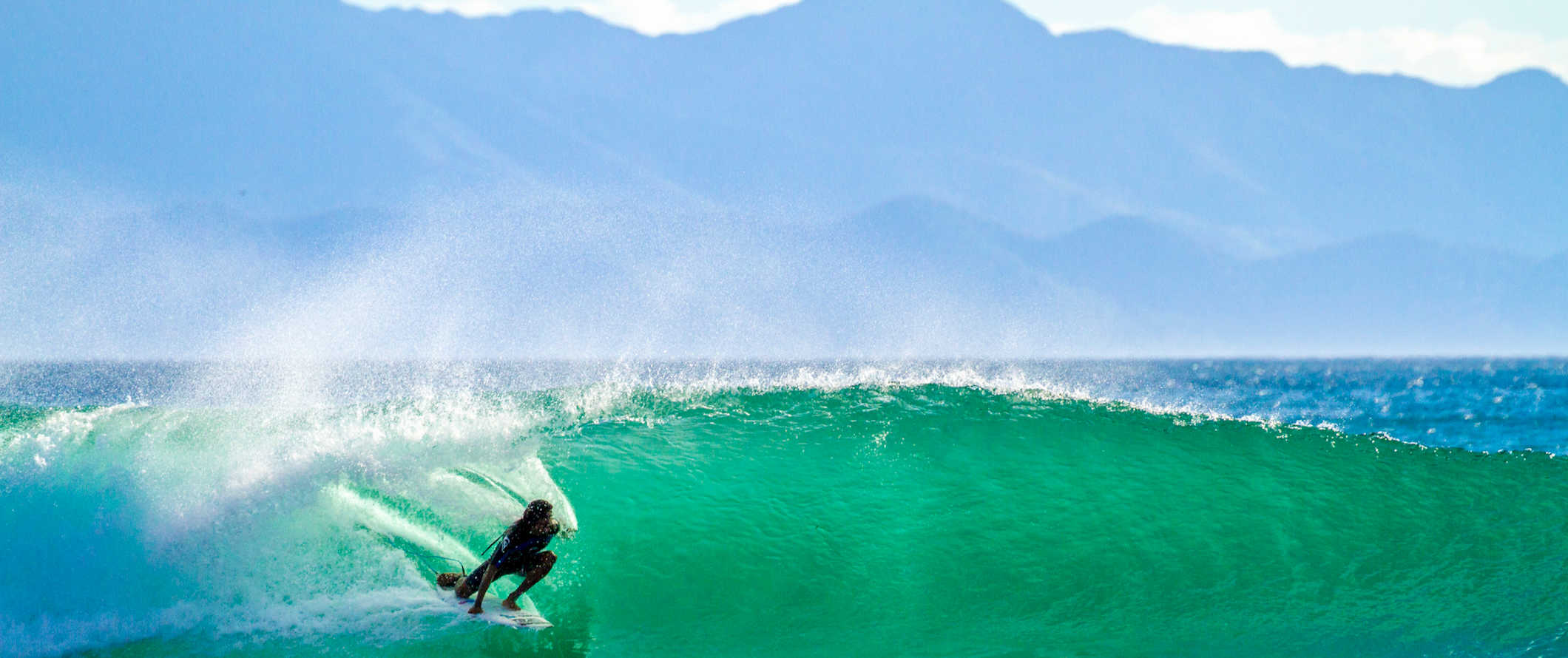
Bus – Chicken buses (i.e. converted school buses) are the cheapest way to get around. They are slow and stop often but have dirt cheap prices (around 35 NIO per hour of travel).
If you’re looking for a more comfortable journey, book with a coach company or private mini-shuttle, the latter of which are air-conditioned with cushioned seating and have storage room for your luggage.
For private mini-shuttles, expect to pay between 880-1,750 NIO per trip, however, you can try and buddy up with other hostel guests to drive down the price since it’s a private booking.
Most of the large cities have public transportation with local bus tickets costing under 6 NIO.
Air – La Costeña, Nicaragua’s domestic carrier, is based out of Managua and serves most of the country. Even if you’re keeping spending to a minimum, you have to take a flight if you want to visit the Corn Islands. Return tickets from Managua to the Corn Islands cost 5,700 NIO. For the 2.5-hour flight from Managua to Bluefields, expect to pay at least 4,500 NIO.
Train – There are no trains in Nicaragua.
Car Rental – A 4WD is recommended if you’re planning to visit rural areas as the roads here can be rough. Prices start from around 1,400 NIO per day for a multi-day rental. You’ll need an International Driving Permit (IDP) and you’ll definitely want to have extra insurance too.
When to Go to Nicaragua
There are two distinct seasons in Nicaragua: the dry season, which falls between November-April, and the green (rainy) season which is from May-October.
To avoid the crowds and peak prices, visit during the rainy season. The rainier months also offer ideal surfing conditions and deserted beaches to enjoy the waves. Just keep in mind the Caribbean coast sees more rain than the Pacific. Expect daily highs around 30°C (86°F).
The San Sebastian festival in Diriamba runs between January 17th-27th and is an amazing way to celebrate a local fiesta, with colorful parades, traditional music, and street-side buffets filling up every corner.
Easter (Semana Santa) is when you can find most locals hitting the mountains or beaches with family and friends. Buses and hotels, particularly on the coast, fill up fast so be sure to book in advance if you’re visiting during this time. Note that cities are much quieter during this period and many local businesses adapt their opening times/hours and events to celebrate the religious holiday.
How to Stay Safe in Nicaragua
Nicaragua is one of the safest countries in Central America, though petty theft and robberies are still relatively common. For that reason, keep your belongings secure and out of sight at all times — especially on crowded public transportation.
Solo female travelers should feel safe here when out during the day, however, they will want to avoid traveling alone after dark. Additionally, the usually standard precautions apply here as well (always keeping an eye on your drink at the bar, never walking home alone intoxicated, etc.).
If you rent a car, don’t leave any valuables in it overnight, and make sure to have suitable insurance just in case as break-ins can occur.
Scams are rare here, but they do happen. Be wary of random strangers asking for medicine or other financial assistance. Just politely decline and be on your way. You can read about common scams to avoid here .
Inflated tourist prices are common in Nicaragua. To avoid getting overcharged, learn some Spanish. Even just a few words and phrases can help you avoid being overcharged
Many people come to Nicaragua to party as drugs and alcohol are both cheap and abundant. However, the fines and penalties for drug use are steep. Police often expect bribes that can cost of hundreds — if not thousands — of dollars. Police won’t hesitate to strip search you if they suspect narcotics so avoid using drugs here to stay safe.
Moreover, the drug trade contributes to deaths, instability, and unrest in the region. Don’t contribute to that.
Protests and clashes in the major cities aren’t uncommon. Should a protest occur during your visit, avoid the area and return to your accommodation. While you’re unlikely to be hurt, it’s better to be safe than sorry.
As always, keep your wits about you at night time, particularly in the capital. Ask your hotel to call you a taxi in Managua (always negotiate the price before getting in the car), which can be an intimidating spot for travelers due to the lack of road names, tourists, and landmarks.
If you experience an emergency, dial 118 for assistance.
Always trust your gut instinct. Avoid isolated areas at night, and be aware of your surroundings at all times. Make copies of your personal documents, including your passport and ID, before you leave on your trip.
If you wouldn’t do it at home, don’t do it in Nicaragua!
The most important piece of advice I can offer is to purchase good travel insurance. Travel insurance protects you against illness, injury, theft, and cancellations. It’s comprehensive protection in case anything goes wrong. I never go on a trip without it as I’ve had to use it many times in the past.
Nicaragua Travel Guide: The Best Booking Resources
These are my favorite companies to use when I travel. They consistently have the best deals, offer world-class customer service and great value, and overall, are better than their competitors. They are the companies I use the most and are always the starting point in my search for travel deals.
- Skyscanner – Skyscanner is my favorite flight search engine. They search small websites and budget airlines that larger search sites tend to miss. They are hands down the number one place to start.
- Hostelworld – This is the best hostel accommodation site out there with the largest inventory, best search interface, and widest availability.
- Booking.com – The best all around booking site that constantly provides the cheapest and lowest rates. They have the widest selection of budget accommodation. In all my tests, they’ve always had the cheapest rates out of all the booking websites.
- Get Your Guide – Get Your Guide is a huge online marketplace for tours and excursions. They have tons of tour options available in cities all around the world, including everything from cooking classes, walking tours, street art lessons, and more!
- SafetyWing – Safety Wing offers convenient and affordable plans tailored to digital nomads and long-term travelers. They have cheap monthly plans, great customer service, and an easy-to-use claims process that makes it perfect for those on the road.
- LifeStraw – My go-to company for reusable water bottles with built-in filters so you can ensure your drinking water is always clean and safe.
- Unbound Merino – They make lightweight, durable, easy-to-clean travel clothing.
- Top Travel Credit Cards – Points are the best way to cut down travel expenses. Here’s my favorite point earning credit cards so you can get free travel!
Nicaragua Travel Guide: Related Articles
Want more info? Check out all the articles I’ve written on backpacking/traveling Central America and continue planning your trip:

Do You Need Travel Insurance for Costa Rica?

The Best Tour Companies in Costa Rica
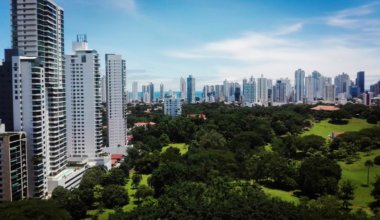
The 6 Best Hostels in Panama City, Panama
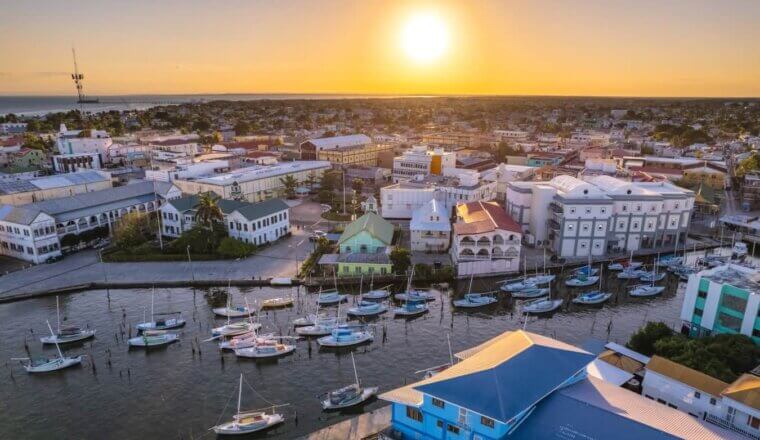
Is Belize Safe to Visit?

Is Central America Safe to Visit?
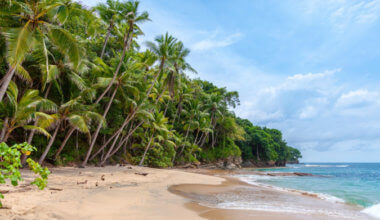
How to Get Around Central America on a Budget
Get my best stuff sent straight to you, pin it on pinterest.
- Where To Stay
- Transportation
- Booking Resources
- Related Blogs
Maddy's Avenue
By: Melanie Gordon (Contributor) · Last Updated: March 25, 2024
The Ultimate Nicaragua Itinerary (For 1, 2, or 3 Weeks)
Whether you have 1, 2, or 3 weeks to spend, this Ultimate Nicaragua Itinerary will guide your incredible adventure through Nicaragua.
From life-changing volcano hikes, surfing the best waves on the Pacific, discovering the Highland rainforests, and relaxing on pristine Caribbean islands, to kayaking on stunning lakes, and experiencing Nicaragua’s tranquil, easy-going lifestyle and warm people, this country is truly magical.
After living in this enchanting land for many months (with no plans of leaving!), I know first-hand how it feels when Nicaragua steals your heart.
What they say is true: there’s just something about Nicaragua. As you follow this Nicaragua itinerary – over potholed dirt roads and through lush jungles – I know you will feel the same!

In our Ultimate Nicaragua Itinerary for 1, 2, or 3 Weeks, you’ll find everything you need for an incredible trip to Nicaragua.
From must-visit destinations, epic day trips, and the best lodging suggestions, to top-notch food recommendations, hidden gems, and must-know travel tips, we’ve covered it all!
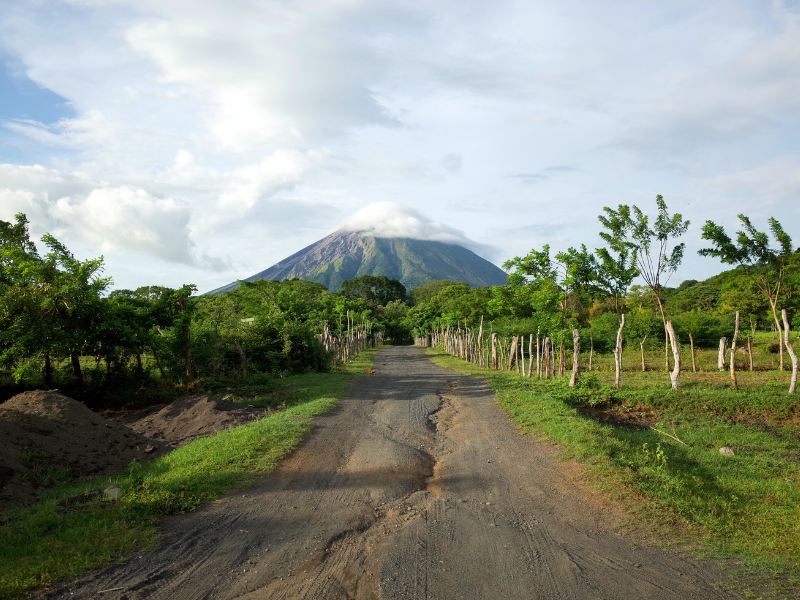
Nicaragua Travel Itinerary (For 1, 2, or 3 Weeks)
So, you’ve decided to travel around one of the most beautiful and untouched countries in Latin America. There are so many Incredible Reasons to Visit Nicaragua , so you’ve made the right choice. Get excited!
Whether you have one, two, or three weeks to explore this vast and plentiful land of lakes and volcanoes, our Nicaragua itinerary sprinkles in a bit of everything. Of course, there are many possible options, so feel free to mix and match to your liking!
Here’s a quick overview of our recommended Nicaragua itinerary.
- 1-3 Weeks in Nicaragua Itinerary: Overview
- Days 1-4: Granada and a day trip to Laguna de Apoyo (Go straight to Granada from Managua airport)
Days 5-7: Isla de Ometepe
- Days 8-11: Popoyo Beaches
Days 12-14: León
- Days 15-21: Corn Islands OR Northern Highlands
Want a printable copy of this Nicaragua itinerary? Click here to get yours!
Want a printable PDF of this Nicaragua itinerary?
17 pages of itinerary, accommodation, and activity recommendations, must-know travel tips, and more!

Table of Contents
Days 1-4: Granada
Days 8-11: popoyo, days 15-21 (option 1): the northern highlands, days 15-21 (option 2): big corn island & little corn island, budgeting for your trip to nicaragua, nicaragua weather + seasons, bugs & other creepy crawlies, nicaragua’s economy, nicaragua packing list, why you need travel insurance in nicaragua, nicaragua travel faqs, did you know…, the best nicaragua travel itinerary for 1, 2, or 3 weeks in nicaragua.

Week 1 in Nicaragua
Welcome to Nicaragua!
Kick off your Nicaragua itinerary with city vibes in the colorful and historic colonial city of Granada. Enjoy meandering through the city center, floating around the isletas, viewing molten lava at Masaya Volcano, and playing in the volcanic crater lake of Laguna de Apoyo.
For the second half of your one week in Nicaragua, get rugged and remote on the volcanic island of Isla de Ometepe. While you’re on the mystical island, enjoy volcano hikes, an epic kayaking trip, and rides around the island on a motorcycle. Or, simply kick back and sip on coco locos*.
*If you don’t already know, a coco loco is a fresh coconut with a huge splash of rum inside! If you’re good with dairy, definitely add the sweet condensed milk, too.

Granada is simply one of the most charming colonial cities in Central America, and a must on any Nicaragua itinerary.
Granada boasts five iconic colonial churches, incredible restaurants and street food vendors, and of course Lake Nicaragua, the largest lake in Central America! Plus, brightly painted buildings offer photo opportunities at every corner.
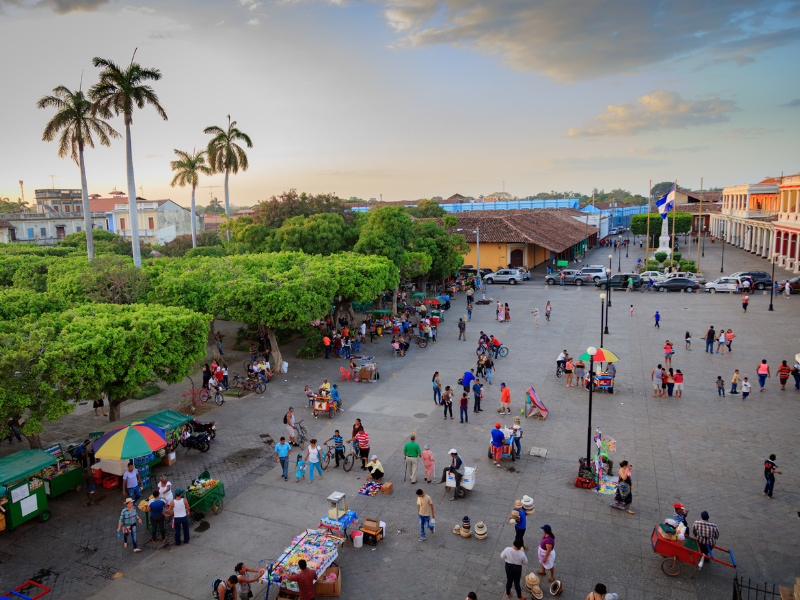
How to Get to Granada
It’s super simple to travel to Granada from Augusto C. Sandino International Airport (ACS) in the capital city of Managua; it’s just under an hour away.
You can find a taxi outside of the airport or take the chicken bus for just a few dollars to experience some local culture. Or, if you prefer an affordable private transfer (hello, air conditioning), then click here to book your private transportation !
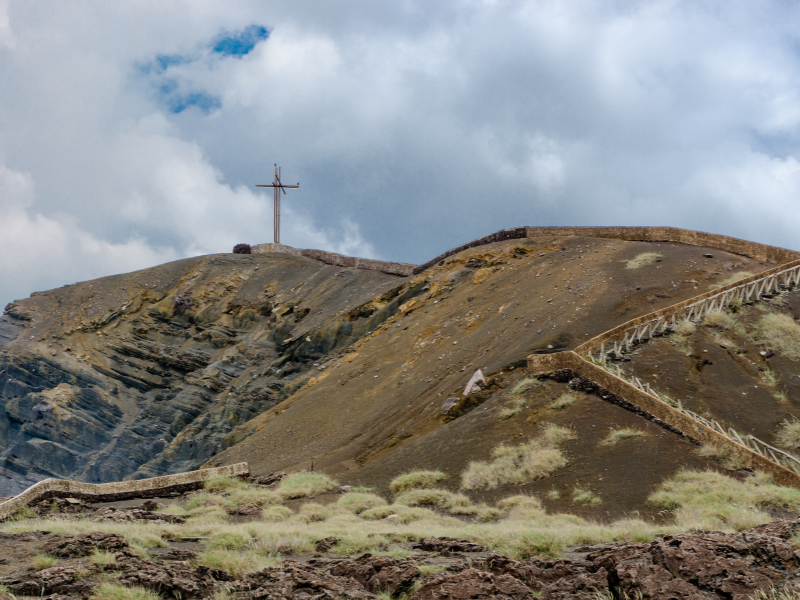
Top Things to Do in Granada
These are some of the must-do activities in and around Granada, Nicaragua :
- Explore the Isletas on Lake Nicaragua via this sunset boat tour , or this kayak tour , or on a party boat tour
- Take a guided historical walking tour through the city
- Hike up the Masaya Active Volcano (I recommend booking this night tour , so you can see the fiery lava aglow! There is also a private night tour option for a more intimate experience.)
- Take a day trip to beautiful Laguna de Apoyo
- Summit the Iglesia de la Merced Bell Tower (at sunset, preferably)
- Sign up for a Chocolate Workshop at ChocoMuseo to learn how to make chocolate from scratch
- Explore the local mercado (market) to check out traditional Nicaraguan food and culture
Want some more Granada, Nicaragua travel inspiration? Check out our guide to 10 Unforgettable Things to Do in Granada, Nicaragua !
Hot tip: This combo tour includes a private guided city tour of Granada , an afternoon trip to Laguna de Apoyo , and a nighttime excursion to the Masaya Volcano ! Click here to book this tour.
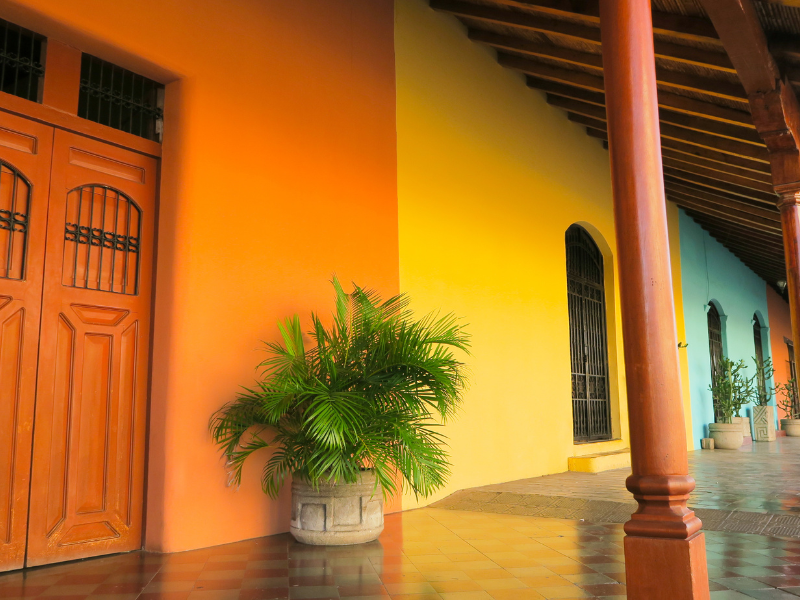
Where to Stay in Granada
One of my Top 10 Reasons to Visit Nicaragua is how affordable the cost of travel is! Especially when it comes to luxury accommodation. While in Granada, why not splurge on one of the most stylish places to stay – that won’t break the bank? Here are some of my favorites!
Affordable Luxury
- Hotel Plaza Colon : Boutique hotel is in front of the main plaza with a huge blue tiled swimming pool and chic bar
- Hotel Dario : Iconic blue and white colonial building turned boutique 5-star hotel
- Tribal Hotel : The definition of stylish indoor-outdoor living in the heart of Granada
- Selina : The perfect place to kick back and connect with others working online
- De Boca en Boca : A cute hostel with cute gardens and a bar
Still looking? Click here to find other amazing deals on accommodation in Granada !
Where to Eat in Granada
From chic cafés to traditional Nicaraguan food stalls, there are countless delicious places to eat in Granada. Here are a few of our favorites that you cannot miss!
- Garden Cafe : A famous spot with incredible, fresh food, and good vibes
- pita pita : Amazing Mediterranean cuisine… and sangria
- Pan de Vida : The best pizza in town! Try the calzone & amazing happy hour
- VERDE : Boho decor, smoothies, coffee, and people-watching!
- TostoMetro : Home of the legendary tostone burger, plus delicious veggie burgers for our plant-based friends
HOT TIP: Want a printable copy of this Nicaragua itinerary? Click here to get yours!

The infinity-shaped Ometepe Island – in the center of the largest lake in Central America – is made of two volcanoes: Concepción and Maderas.
Ometepe is the perfect destination for the intrepid traveler backpacking Nicaragua, as well as for anyone looking to soak up this country’s stunning vistas and relax in the jungle!
Promise, you’ll enjoy Isla de Ometepe because of its unique local Nicaraguan life, delicious food, and one-of-a-kind vibes.
How to Get to Ometepe Island
To get to Ometepe Island from Granada, take a bus or taxi to the port of San Jorge, just about an hour away from the city center.
From the port of San Jorge, purchase a 50 cordoba ferry ticket to either of the ports on Ometepe Island: Matagalpa or Santa Cruz. I recommend port Matagalpa, since this larger town has groceries and a multitude of moto and scooter rentals.
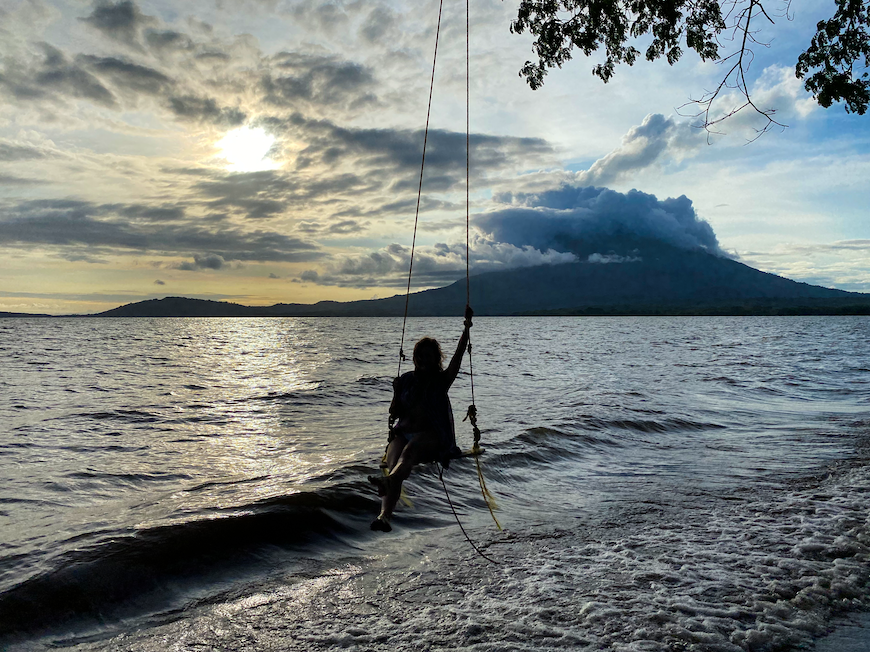
Top Things to Do on Ometepe Island
There’s no shortage of amazing things to do on this magical island. A few of my favorites include:
- Explore the whole island by scooter, motorcycle, or ATV (well, the paved portion anyway; part of the island is totally rural!). Click here to rent!
- Take a kayaking tour to get up close and personal with Lago Cocibolca
- Hike up the majestic Maderas volcano or Concepción volcano
- Swim in Ojo de Agua, a refreshing mineral water pool, perfect for cooling off after a hike!
- Relax on Playa Mangos
- Explore our guide to the best things to do on Ometepe Island !
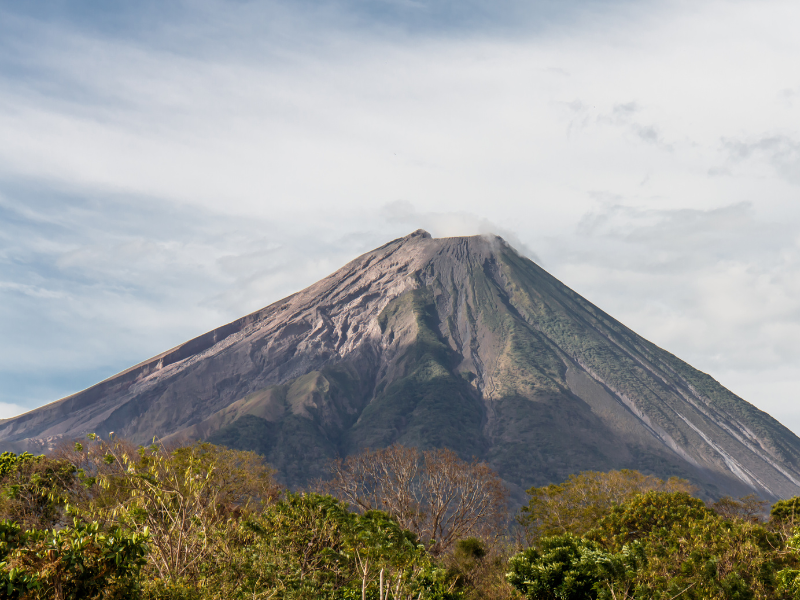
Where to Stay on Ometepe Island (Santo Domingo to Balgue Area)
Volcano views are non-negotiable while staying on Ometepe! Here are the best places to choose from:
- El Pital Chocolate Paradise : Glass treehouse cabins in the jungle! Enough said.
- Hotel San Juan Ometepe : Cute cabins on the beach.
- Totoco Eco-Lodge : Infinity pool and view of Concepción volcano? Yes, please.
- Hotel La Omaja : A lovely little hotel featuring an epic pool and views of Concepción volcano.
Still looking? Click here to find other amazing deals on accommodation on Ometepe Island !
Where to Eat on Ometepe Island
- Pizzeria Mediterranea : Brick-oven pizza, made by a true southern Italian (my Italian boyfriend says maybe the best Pizza in Central America)
- Café Mi Casita : Super rich, authentic Nicaraguan comedor
- Café Campestre : Healthy and comprehensive menu
- Soda Los Antojitos : Great Nica food in the port city
- El Picante Mexican Restaurant : It’s rare to find good Mexican food in Nicaragua
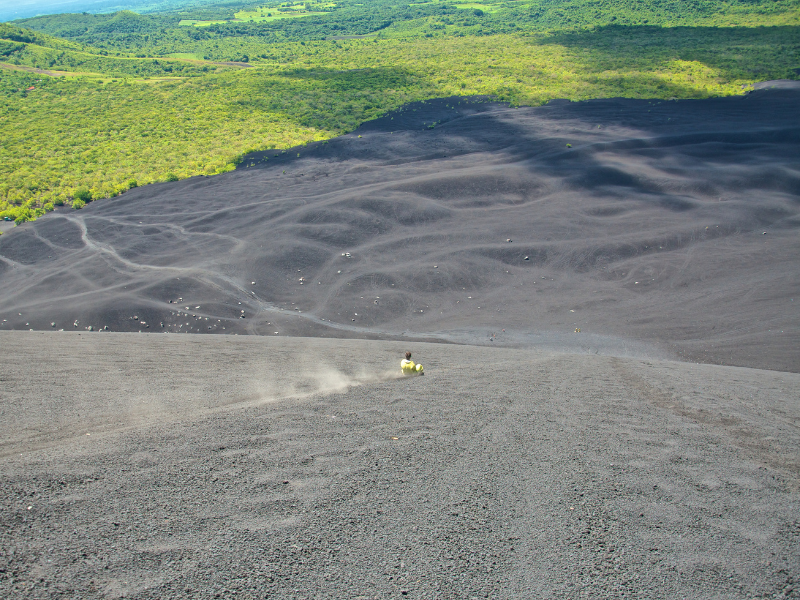
Week 2 in Nicaragua
To begin your second week in Nicaragua, relax and recharge by the Pacific Ocean in the quaint beach town of Popoyo (about an hour north of party town San Juan del Sur). There, take in the epic sunsets while horseback riding and enjoy multiple world-class surf breaks within walking distance of each other.
For the second half of your two weeks in Nicaragua, explore the colonial city of León. Between visiting cafés and museums, go for a Nicaraguan adventure by sandboarding down the side of the Cerro Negro volcano !
Note: If you arrive back to the mainland from Ometepe Island on a Sunday, and if you love a good party, then stay a night in San Juan del Sur for Sunday Funday! I recommend staying the night at Hotel Alcazar .

Popoyo is Nicaragua’s most famous surf spot. Considering its proximity to Costa Rica , Popoyo is an easy destination for those traveling along Central America’s Pacific coast.
Popoyo is exactly what you’d picture a Nicaraguan beach town to look like. Dirt roads, farm animals, multiple world-class surf breaks, and a smattering of beachfront hotels, hostels, lodges, and restaurants.
Since the area is small, I recommend checking out two nearby areas, too. I love Playa Guasacate just north of Popoyo for its relaxed vibe and fun atmosphere. Just south of Popoyo, you’ll find Rancho Santana, a high-end neighborhood home to the famous beach break Playa Santana, breaking on the left and right. You can’t go wrong!
How to Get to Popoyo
From Ometepe, simply take the ferry back to San Jorge and hop in a taxi. You can also take the bus from nearby Rivas (just take a taxi there first). Popoyo is about an hour from the ferry dock in San Jorge.
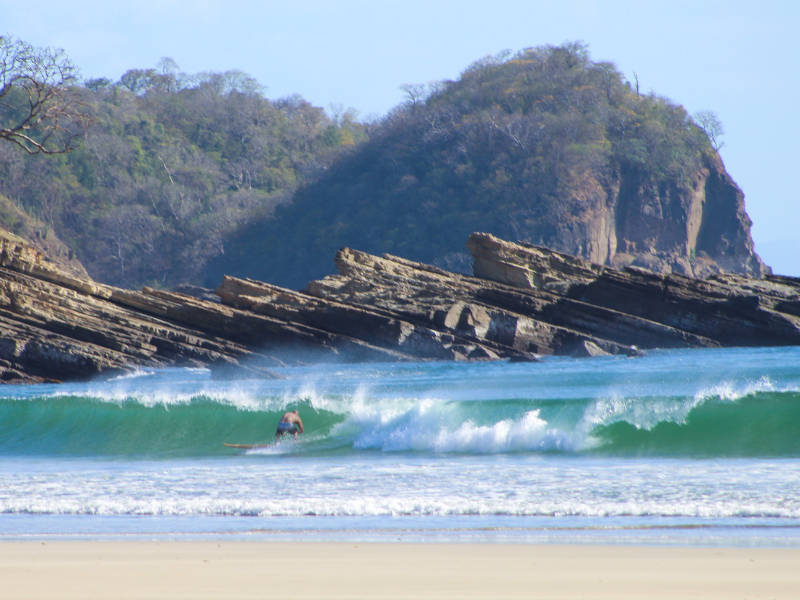
Top Things to See & Do in Popoyo
While in Popoyo, don’t miss these unforgettable experiences:
- Sunset at Magnific Rock
- Surf Beginner’s Bay in Popoyo
- Enjoy a beer and watch surfers at Finca Popoyo
- Ride horses on the beach
- Check out our guide to all the best things to do in Popoyo, Nicaragua !
Where to Stay In & Around Popoyo
From yoga retreats to surf lodges, here are the best beachy places to stay in and around Popoyo!
- Magnific Rock Surf Resort & Yoga Retreat
- 99 Surf Lodge
- Hotel Club Surf Popoyo (in Guasacate)
Still looking? Click here to find other amazing deals on accommodation in Popoyo !
Where to Eat In & Around Popoyo
- Yolanda’s Café : in the village, real Nica food and big portions
- Paolone Restaurante : incredible Italian food, try the lasagna!
- Rest Kathere Abierto : authentic comedor in Guasacate
- La Finca y el Mar : amazing food, even better ambiance
HOT TIP: Want a printable PDF of this Nicaragua itinerary? Click here to get it!

León is Nicaragua’s other famous colonial city. It’s known for being a bit more lively and local – and a little less touristy than Granada. In addition to the grand white León Cathedral, there are endless colorfully painted buildings, churches, park squares, and some amazing museums showcasing Nicaragua’s history.
You can book a guided walking tour , or explore on your own. (Either way, make sure to check out all the street art!) I also suggest a few day trips for those looking to connect with nature and see the nearby tourist attractions.
How to Get to León
From Popoyo, just take a bus or taxi directly to the León city center.

Top Things to See & Do in León
It’s time for a little more city exploration. While in León, these are the experiences you can’t miss!
- Take a guided walking tour of the historic city center
- Go on a sandboarding tour at the Cerro Negro volcano
- Explore the Somoto Canyon on a private tour
- Summit the Telica Volcano at sunset
- Learn about the city’s culture on a León Food Tour
- Explore the Centro de Arte Fundación Ortíz Gurdián
- Visit the Museo Nacional de la Revolución
- Take a day trip to Playa Las Peñitas
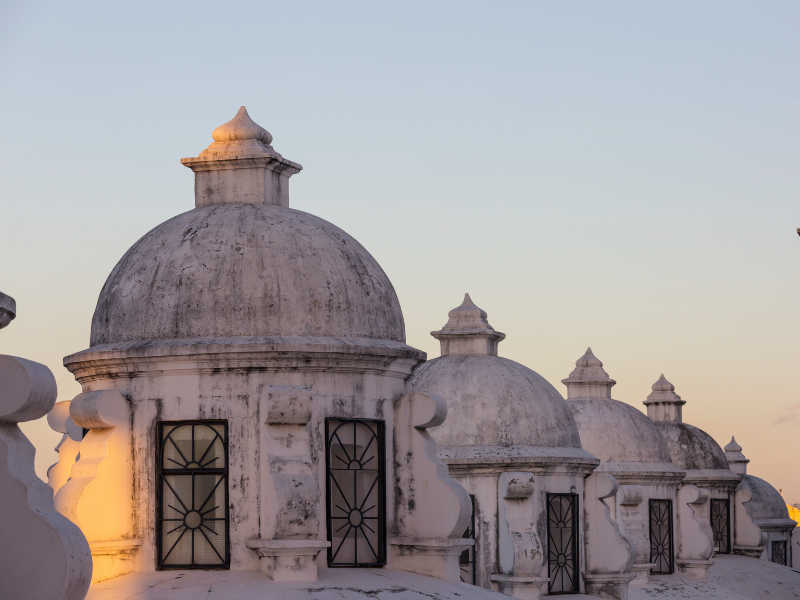
Where to Stay in León
Not sure where to stay in León? I’ve got you covered with my top picks below. Want to know the best part? They all offer free breakfast!
- Hotel La Perla : A stunning city oasis featuring neoclassical design and a beautiful terrace
- Hotel Flor de Sarta : A centrally located boutique hotel with a lovely swimming pool
- Hotel El Convento : Comfortable guest rooms and an amazing central garden, set inside a historic convent
Still looking for accommodation in León? Click here to find other amazing deals on accommodation in León !
Where to Eat in León
From traditional Nicaraguan food to globally inspired eats, León is home to plenty of great places to eat. Here are my faves!
- Coco Calala : Creative and delicious vegetarian restaurant featuring lovely garden dining area
- Pan & Paz French Bakery : Delectable French bakery serving sweet treats, savory dishes, coffee, and more
- El Bodegón : Amazing atmosphere. Come for a lazy brunch or enjoy the live music at dinnertime
- El Desayunazo : the best breakfast spot for cheap, local Nica food

Week 3 in Nicaragua
For your third and final week in Nicaragua, I’ve included two options. The first is a road less traveled, so to speak. The second is for those who love the island vibe.
After two weeks in Nicaragua’s more touristy areas, you may prefer to adventure to the Northern Highlands region, which offers a cooler climate and a dense, relatively unexplored biosphere. Or, you may prefer the view of palm-tree-laden beaches and the Caribbean Sea on Big Corn Island and Little Corn Island .
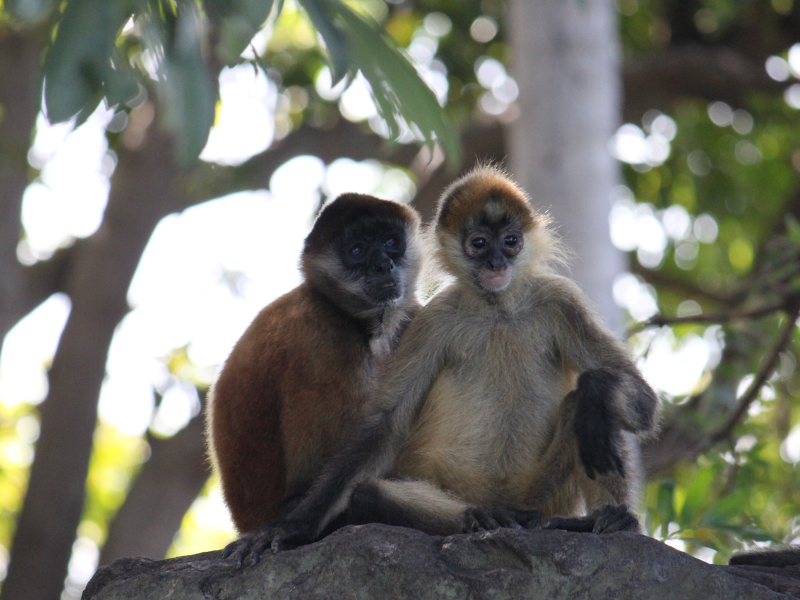
Nicaragua travel itineraries often miss the Northern Highlands. Perhaps the lack of super comfortable accommodations is to blame. But I think that you should definitely consider exploring this part of the country!
After discovering the hot, busy city of León, visiting the lush northern areas around Estelí, Matagalpa, and Jinotega to hike in nature reserves could be just what you need!
Hot tip: I suggest renting a car in Managua for this last week so you can travel easier from town to town, as well as take in all the fresh air and stop for sights along the way! Click here to book your rental car ! In Central America, renting a 4WD SUV with high clearance is always best.

How to Get to the Northern Highlands
Simply book a rental car or take a taxi, shuttle, or chicken bus along the Panamerican Highway to reach the cities in the north such as Estelí, Matagalpa, Jinotega, and Somoto.
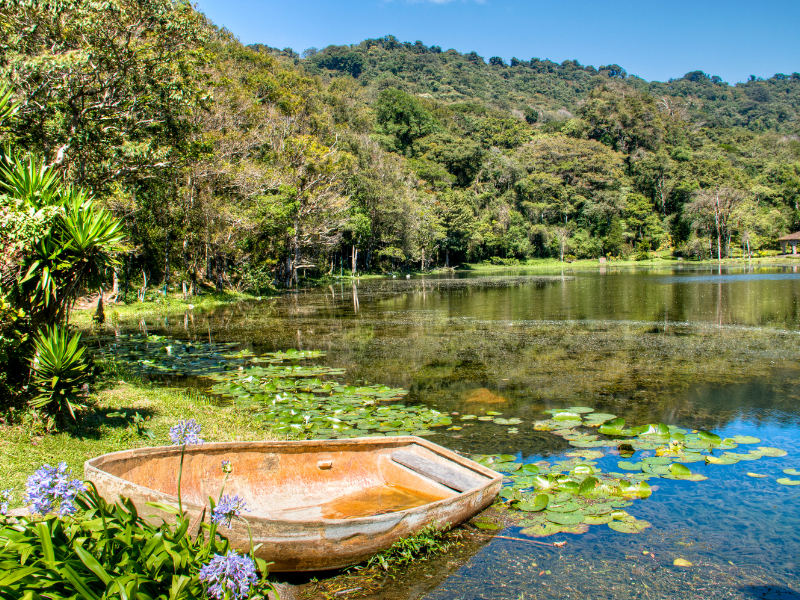
What to Do in the Northern Highlands
- While in Estelí, visit a cigar factory. You’re in the cigar capital of Nicaragua, after all! This is an enjoyable and culturally rich experience – whether or not you’re a smoker. From picking the best leaves to rolling up with speed, your expert cigar tour guide will walk you through this traditional art form. After, you can purchase your own hand-rolled cigar and light up!
- Get a super caffeine buzz (if you partake) while enjoying a tour of a coffee plantation in the cobblestone town of Jinotega . Jinotega produces 80% of the coffee in Nicaragua – so you can get your beans straight from the source! There are a number of fabulous plantations to choose from, just take your pick. (P.S. Be a good mate. Make sure to bring some beans home for friends and fam!)
- Peñas Blancas Natural Reserve is a must. Picture misty mountain tops in the cloud forest, looking at a rainbow, while jumping off of Rainbow Falls into the crisp water below. If that sounds like the best place ever, Peñas Blancas is your spot! This area is virtually untouched, and is part of the Bosawas Biosphere Reserve (the second largest rainforest in the western hemisphere)!
- If you didn’t do the Somoto Canyon day trip while in León – or if you want more – make sure to embark on a canyon adventure.

Where to Stay in the Northern Highlands
You can use any of the towns in the Northern Highlands as a home-base for your adventures!
- Tierra Alta Ecolodge (in Matagalpa): Beautiful cabins, plus a restaurant and sauna
- Paysage Cache (in Estelí): A gorgeous garden, delicious food, and free breakfast
- Selva Negra Ecolodge (in Matagalpa): An all-in-one restaurant, cacao and coffee farm, and nature preserve
Where to Eat in the Northern Highlands
- Finca a Su Mesa : Farm-to-table dining in Estelí
- Selva Negra Restaurant : Farm-to-table dining in Matagalpa
- Cafetín y Lácteos El Quesito : Authentic Nica food in Estelí
- Soda El Tico : Authentic Nica food in Jinotega
- Restaurante La Vita è Bella : A popular Italian restaurant in Matagalpa

Though I haven’t personally visited the Corn Islands (Big Corn and Little Corn) myself (yet!), everyone I’ve met who has raves about them. So I can’t not include them in this ultimate Nicaragua itinerary.
These two tiny islands off the Caribbean coast will whisk you away from the noise of the city so you can recharge. Under the sun. In a hammock.
You won’t find any paved roads here. Just palm trees, dive shops, and a handful of sunburnt travelers.
How to Get to the Corn Islands
From Managua Airport, simply hop aboard a short 45-minute flight to Corn Island International Airport.

Where to Stay in the Corn Islands
According to my sources, these hotels on Little Corn Island won’t disappoint!
- Yemaya Reefs Boutique Hotel (on Little Corn Island): Super luxe beachfront bungalows with amazing views
- Little Corn Beach and Bungalow (on Little Corn Island): More lovely little beach bungalows
Still looking? Click here to find other amazing deals on accommodation on the Corn Islands !
Where to Eat in the Corn Islands
If I were you, I’d head straight to these cafés and restaurants on the Corn Islands!
- Tranquilo Cafe (on Little Corn)
- Turned Turtle Bar & Restaurant (on Little Corn)
- Darinia’s Kitchen (on Big Corn)
- Pizzeria Italia (on Big Corn)
What to See & Do in Corn Islands
From what I’ve heard, some of the best things to do in Corn Islands include:
- Scuba diving (if you’re certified!) and snorkeling
- Horseback riding
- Going fishing
Check out this article to read first-hand experience about these amazing Caribbean islands.

As for a budget, Nicaragua is great because it’s much cheaper than other Central American countries (like Belize or Costa Rica ).
As a baseline, I suggest setting aside around $25 for food, per person, per day. Obviously, if you’re into sunset cocktail-drinking (and the like), budget more!
Depending on your budget for lodging, you can get away with around $100 per night, easily . $100 a night will ensure a super comfortable, even luxury , stay in Nicaragua. If you’re on more of a backpacking budget, you can easily get a dorm bed for around $10 per night, or a private room in a hostel for around $30 .
Next, you need to factor in some guided tours and souvenir shopping in each place! Of course, how you spend your time and cash is up to you!
As a general rule of thumb, you should budget about $900 per week to travel comfortably in Nicaragua. I repeat: this is not a shoestring backpacker budget, this is a do-whatever-you-like kind of budget!
A two-week itinerary in Nicaragua will cost just under $2,000 and three weeks will cost you about $3,000. And obviously, if you’re splitting your hotel or hostel private room costs with a friend, that number will shrink considerably! If you choose to go to the Corn Islands, your travel expenditures will likely increase a bit (because you have to fly there, for one!), just to note.
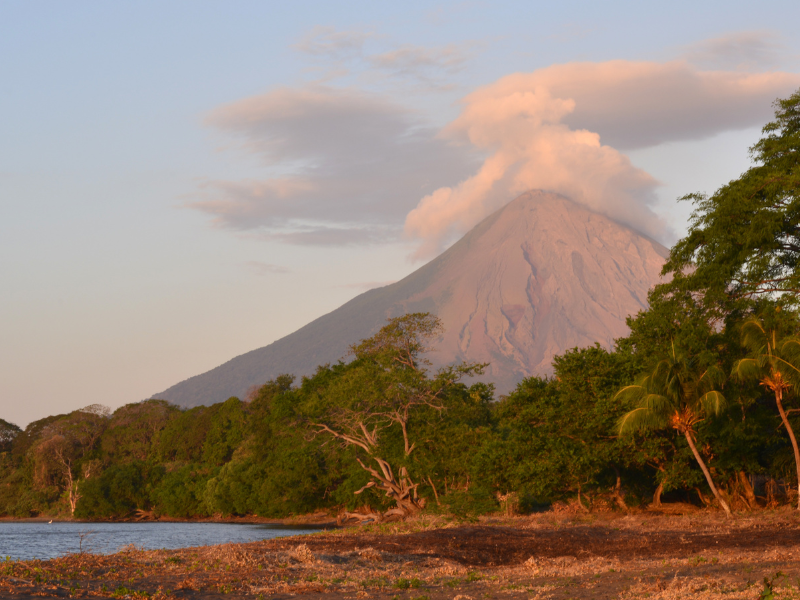
Must-Know Nicaragua Travel Facts & Tips!
This tropical country doesn’t have much variation in temperature; you can expect around 80 degrees Fahrenheit throughout most of Nicaragua, year-round.
Many appreciate Nicaragua for its drier climate, compared to other tropical countries such as Costa Rica. However, you should know that there are two distinct seasons in Nicaragua: the dry season and the wet season, with some overlap in between. The dry season is considered the high season for tourism and runs from November to April. May through October is considered the wet season, with the most rainfall during the month of October. Though travel is easier in the dry season, the country is more vibrant, green, and lush during the wet season. Just prepare for periods of torrential downpour! Though, normally, they only last an hour or so. Something to keep in mind for surfing: the wet season brings warmer water and bigger swells!
Whether you’re backpacking Nicaragua or staying in high-end hotels and resorts, you will encounter many bugs.
Scorpions are something to keep an eye on; for example, don’t walk barefoot on Ometepe Island at night (learn from my mistakes!). In addition to other kinds of flying insects, mosquitoes are present year-round and can be very pesky. Especially near bodies of water, in the northern nature reserves, and on the Caribbean Coast. I recommend bringing plenty of bug spray ( natural and organic bug spray , if possible).
Of course, you can purchase bug repellent at grocery stores and even at many hotels. In many hotels, you will find mosquito nets over the bed, but you can also pack one to ensure unbothered sleep! And overall, remember this: there are more bugs in Central America than in North America, for example. It comes with the territory, so get used to it!
Nicaragua presents the perfect opportunity to get away from modern life and get up close and personal to nature!
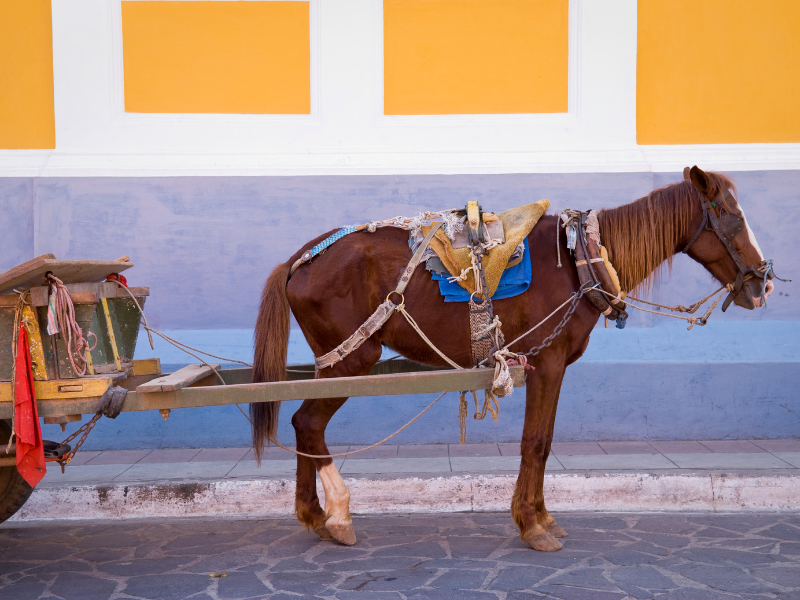
While Nicaragua is, without a doubt, one of Central America’s cheapest countries to visit, it is also Central America’s second poorest country. Tourism is important to the economy and accounts for close to 5% of the GDP.
When you’re visiting Nicaragua, be sure to support local economies by buying from local craft and produce mercados, street vendors, and comedors (they have the best food!). Don’t be afraid to tip a little bit, either! After all, you’re exploring a beautiful country at a very reasonable price.
It would be remiss not to mention: try not to flash fancy designer clothes or lots of money, as pickpocketing or petty theft can be an issue. Don’t leave your shoes outside and be sure to lock your hotel when you leave! If there’s a safety deposit box in your room, use it . Though Nicaraguan people are friendly, non-aggressive people, occasional theft is not uncommon due to desperation.
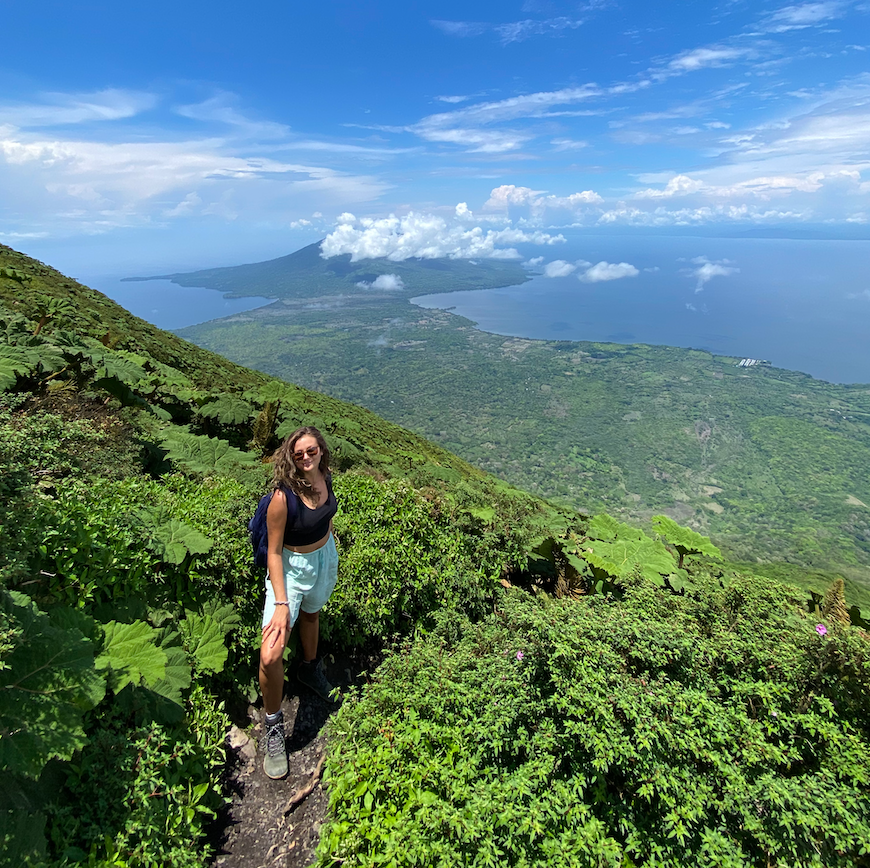
Adventure’s calling! But first, there’s some non-negotiable travel and adventure gear you need to round up and pack into your suitcase!
To make it easy for you, I’ve put together this packing list with links to our favorite products on Amazon !
- GRAYL GeoPress purifying water bottle (so you can drink any water, any time!)
- Eco-friendly, organic bug spray
- Natural, reef-safe sunscreen (to protect the environment, and your skin!)
- Comfortable walking shoes
- Waterproof hiking boots (these are the best ever!)
- Travel rain poncho (for wet season)
- Foldable and breathable sun hat (for exploring)
- Lightweight long sleeves + pants (for sun protection)
- Sandals for adventures, like Tevas (not flip flops)
- Headlamp (for Ometepe, Northern Highlands, and power outages!)
- Waterproof dry bag (for kayaking, boat tours, rainforest exploring, etc.)
- Backup charging pack (for power outages)
- Manduka EKO Superlite Yoga Mat (if you’re a yogi, this is the best travel mat)
- Quick-dry Turkish beach towel
- Travel insurance (see below for details!)
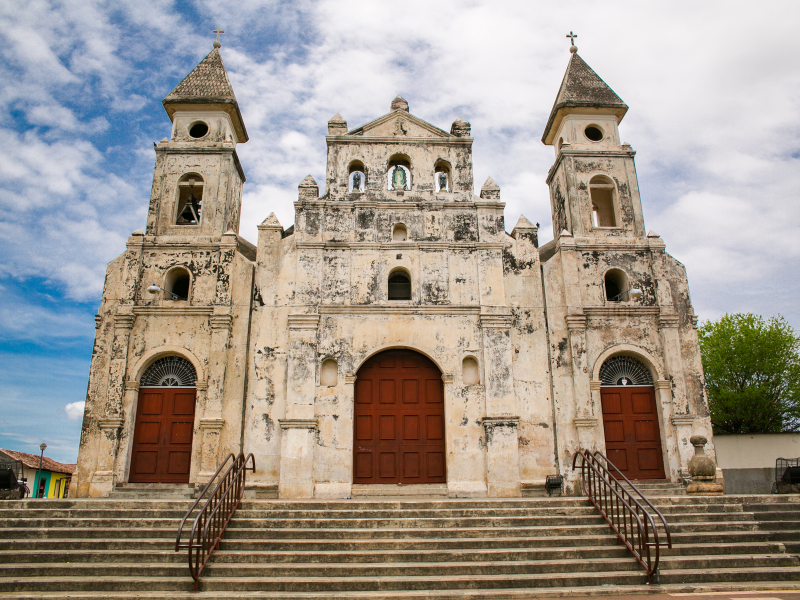
Do not travel to Nicaragua without travel insurance . I can’t stress this enough! When traveling to intrepid destinations like Nicaragua, where outdoor adventure is the name of the game, roads are unpaved, and there are potentially dangerous animals around every turn, the unexpected can occur. Anytime. That’s not to scare you, that’s just to say, you’d be foolish not to be prepared.
There are several benefits to buying a travel insurance policy before you travel to Nicaragua. They include:
- Trip Protection (for unexpected cancellations due to illness, injury, etc.)
- Emergency Medical Insurance (for medical and dental emergencies)
- Emergency Evacuation (so you can get to a hospital or back to your home country ASAP)
- Gear Protection (to cover the loss, theft, or damage to your bags, tech, and gear)
Whenever I travel, I buy my policy through SafetyWing , and I recommend you do the same! Their policies are affordable and cover a wide range of high-risk, adventure activities. Click here to purchase your policy.
MORE NICARAGUA TRAVEL INSPIRATION
10 Reasons to Visit Nicaragua ASAP: Central America’s Hidden Gem
- Nicaragua Rainy Season: What to Know & Why You’ll Love It!
- Is it Safe to Travel to Nicaragua? A Solo Female Traveler’s Perspective
- Laguna de Apoyo, Nicaragua Travel Guide: Where to Play, Stay & Eat
- 10 Unforgettable Things to Do in Granada, Nicaragua
- Ometepe Island, Nicaragua Guide: Best Things to Do, See & Eat!
- 11 Best Things to Do in Popoyo, Nicaragua + Must-Know Travel Tips

Planning a trip to Nicaragua? At the very least, you need 7 days in this beautiful, tropical country. 7 days will be just enough time to check out the colonial city of Granada, explore Central America’s largest lake (Lago Cocibolca) and Laguna de Apoyo, hike some volcanoes, and visit the magical Ometepe Island. If you have even more time, then there’s plenty more to see and do in Nicaragua! This post includes a detailed 1-Week Nicaragua Itinerary, a 2-Week Nicaragua Itinerary, and a 3-Week Nicaragua Itinerary, depending on how much time you have to explore!
In short: Yes, Nicaragua is a great tourist destination because it offers something for everyone! From hiking active volcanoes, surfing the Pacific coast, and discovering the jungles in the Northern Highlands, to exploring beautiful colonial cities (like Granada and León) or relaxing on the Corn Islands in the Caribbean Sea, there’s never a dull moment exploring this magical, tropical country! This Ultimate Nicaragua Travel Itinerary details what to do in Nicaragua, whether you have 1, 2, or 3 weeks to fill! Looking for more Nicaragua inspiration? Check out our Top 10 Reasons to Travel to Nicaragua !
This post includes the ultimate 1-Week Nicaragua Itinerary! But to sum it up, with one week in Nicaragua, you will have time to visit the colorful colonial city of Granada and take a few awesome day trips from there. Then, you can head over to Ometepe Island and enjoy volcano hikes, a kayaking trip, and motorcycle rides around the incredible island. Kicking back at the beach is also a great option! Check out our 1-Week Itinerary in this post, above!
Nicaragua is a very affordable country to travel in. If you’re a backpacker exploring on a small budget, you can easily find budget or hostel accommodation and get by on a daily budget of $25-50, including food! Meanwhile, you can get away with around $100 per night a day, easily. $100 a night will ensure a super comfortable, even luxury, stay in Nicaragua. As a baseline, I suggest budgeting about $25 for food, which will enable you to eat and drink pretty much whatever you want! Some of the best value for your money can be found when eating out. Street food in Nicaragua is usually very cheap, not to mention super delicious! (Just make sure to eat at busy places, that way you can bet you won’t get food poisoning. Check out this post for more tips on How to Avoid Traveler’s Diarrhea in Developing Countries !)
Yes, contrary to what you may believe, it is safe to travel to Nicaragua – even as a solo female traveler. However, as with any country, you should always take precautions and be aware of your surroundings. Here are a few general safety tips to keep in mind. Don’t be flashy with your money, electronics, and other valuables. Don’t walk alone on the beach or empty streets at night. There’s always more safety in numbers. Keep in touch with friends and family so they know where you are. Make sure to buy a travel insurance policy before you go, in case of an accident. Sticking to well-trodden tourist zones will take away some of the risk.
Whichever month you choose to visit Nicaragua, you can’t go wrong! There are different perks to visiting Nicaragua throughout the year, it just depends what you’re looking for! The temperature in this tropical country doesn’t vary much, so you can typically expect an average of around 80 degrees Fahrenheit year-round. Nicaragua’s dry season runs from November to April, and this is typically the best time to visit if you’re looking for sunny days and high temperatures. However, keep in mind that December through February can be quite busy with tourists, and the prices may be a little higher. If you’re looking to avoid the crowds, May through October is a great time to visit, as it’s the rainy season. (Although this doesn’t mean it’s always raining. It’s sunnier than you might expect!) You can usually expect a quick downpour, often in the evenings. The perk here is that the rain brings lush vegetation and greener landscapes… Which to be honest, means the views are way more beautiful ! Plus, prices are usually cheaper during the rainy season! And if you’re a surfer, well, the wet season brings bigger swells and warmer waters. (Yewwww!) Overall, there’s no wrong time to visit Nicaragua. Each season has its own unique charms!
Yes, Nicaragua is an amazing country for backpacking trips! Generally speaking, Nicaragua is safe to explore with friends, family, or totally solo. It’s also very affordable (cheap, even), so your hard-earned dollars will get you far! And most importantly, endless adventure awaits in this magical country of great surf, stunning lakes, active volcanoes, and dense jungles!
When you book travel or purchase something through our links, we receive a small commission, at no extra cost to you ? Your support enables Maddy’s Avenue to keep producing helpful travel content. Thank you!
- Book a HOTEL : This is my favorite website for scoring amazing deals on accommodation worldwide – from luxe beach resorts to chic city stays, and everything in between.
- Shop my favorite TRAVEL GEAR : A collection of all of my must-have travel gear.
- Book a HOSTEL : If you’re traveling on a budget, this is the best website to score cheap hostel deals.
- Book a VACATION RENTAL : The best site for finding the perfect vacation rental for an unforgettable getaway.
- Purchase TRAVEL INSURANCE : Never go on a trip without travel insurance. If you travel regularly or are a remote worker, SafetyWing has an amazing monthly subscription for digital nomad insurance! I currently use SafetyWing .
- Book GUIDED TOURS & EXCURSIONS : Many of the tours I recommend are hosted with Viator, which works with local tour operators.
- Find CHEAP FLIGHTS : My favorite flight fare aggregator for finding the cheapest flights.
- Get an eSIM FOR YOUR PHONE : Instantly connect your phone up to a local data plan with an eSIM . It’s cheap and super easy!

That wraps up our Ultimate Nicaragua Itinerary!
Whether you have one week, two weeks, or three weeks in Nicaragua, you’re in for a memorable trip, full of many different landscapes!
In 1 week, you’ll explore Granada, Laguna de Apoyo, and Ometepe Island. With 2 weeks in Nicaragua, you’ll go volcano boarding and explore the beaches north of San Juan del Sur in Popoyo. And in your third and final week, you can choose your own adventure. Whatever floats your boat – or kayak!
Since there’s so much to see, I hope you think about all the options listed and design the perfect itinerary for your special time in Nicaragua. Just don’t forget bug spray!
Over to you! Are you planning to visit Nicaragua soon? Have any questions? Leave them below for Melanie in the comments section.
* This post contains affiliate links. When you book travel or purchase something through our links, we receive a small commission, at no extra cost to you. Your support enables Maddy’s Avenue to keep producing helpful travel content. Thank you!
Join the adventure.
Be the first to know when new travels or recipes are published! Plus, gain FREE access to my Know-Before-You-Go Travel Guide!
About Melanie Gordon (Contributor)
Melanie contributes travel writing and photos to Maddy's Avenue. Melanie began traveling after life threw her a major curveball in the form of a condo fire. Losing everything (including her beloved cat, Moby) presented her with the opportunity to turn a tragedy into a catalyst for growth. With nothing to lose, she set out for a solo “soul searching” journey. Turns out, this curveball set her path straight in the direction of her destiny. Through work like website design, travel writing, and sharing her passion of teaching yoga and hula hooping, she’s found the life she’s always envisioned. Follow along for more of Melanie’s travel writing, and reach out through her website or Instagram (livinginflowco.com & @livinginflowco).
You’ll Also Love
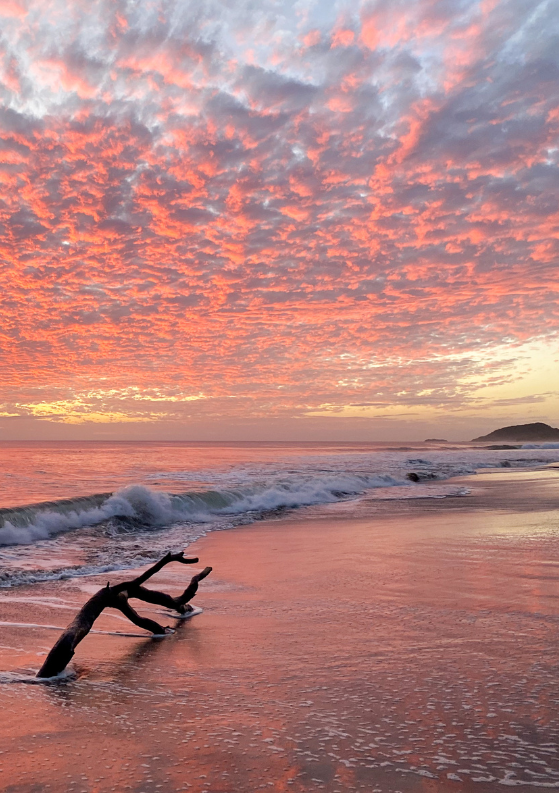
November 30, 2023 at 7:19 am
Amazing information. Thank you so much for sharing!
November 30, 2023 at 11:42 am
So glad that this post has helped you plan your trip!
March 25, 2024 at 7:41 am
Amazing post and blog in general. I just realized that the “Always a foreigner” link doesn’t work anymore.
March 25, 2024 at 11:25 pm
Thank you so much, Chara! Also, I just removed that broken link. Cheers! :)
Leave a Reply Cancel reply
Your email address will not be published. Required fields are marked *

Be the first to know when I publish new recipes or travel guides. Plus, gain FREE access to my Know-Before-You-Go Travel Guide!
Maddy's Avenue is here to inspire you to live a bold life : to discover yourself and the world around you at greater depths – one forkful, or one plane ticket, at a time. Learn more...
- About Maddy’s Avenue
- Terms & Disclosure
- Destinations
- Adventure Travel
- Digital Nomad Travel
- Luxury Travel
- Foodie Guides
Affiliate Disclosure
Maddy's Avenue shares affiliate links to recommend products we love and earn commissions from purchases you make. As an Amazon Associate, we earn from qualifying purchases. Learn more...
Copyright © 2024 Maddy's Avenue · Theme by 17th Avenue
You cannot copy content of this page.
Travel Guide Nicaragua
Book your individual trip , stress-free with local travel experts
- roughguides.com
- Central America & the Caribbean
- Travel guide
- Travel Advice
- Accommodation
Plan your tailor-made trip with a local expert
Book securely with money-back guarantee
Travel stress-free with local assistance and 24/7 support
Wedge-shaped Nicaragua may be the largest nation in Central America but, despite recent growth, it remains one of the least visited. Still, many travellers who spend any time here find that Nicaragua’s extraordinary landscape of volcanoes, lakes, mountains and vast swathes of rainforest helps make it their favourite country on the isthmus. Compared to the Maya ruins of Guatemala or Belize, Nicaragua offers few heavyweight tourist attractions – almost no ancient structures remain, and years of revolution, civil war and natural disasters have laid waste to museums, galleries and theatres. However the country's colonial architecture is gradually being restored, while its natural riches rival those of better-known Costa Rica. And with travel still feasible on $20 a day, Nicaragua is one of the world's finest budget destinations.
Where to go in Nicaragua
Virtually every visitor passes through the capital, Managua, if only to catch a bus straight out. While the city has an intriguing atmosphere and a few sights, it’s hard work, and many quickly head for Granada, with its lakeside setting and wonderful colonial architecture. A smattering of beaches along the Pacific coast, notably cheery San Juan del Sur, continues to attract the surfing and backpacking crowds, while the beautiful Corn Islands, just off the coast of Bluefields, offer idyllic white-sand beaches framed by windswept palm trees and the azure Caribbean Sea. Culture and the arts are very much alive in Nicaragua, too; visit Masaya’s Mercado Nacional de Artesanía to find some fantastic-value high-quality crafts, or stay on the Solentiname archipelago and learn about the primitive painting traditions that have flourished there.

Buzzing León is often considered the country’s cultural capital – look for the famous murals depicting Nicaragua’s turbulent political history. Ecotourism, volcano-viewing and hiking are the attractions of the Isla de Ometepe, with its thrilling twin peaks rising out of the freshwater lake, while further east, up the lush Río San Juan, sits El Castillo, a small town with a great fortress. In the central region, where much of the country’s export-grade coffee is grown, the climate is refreshingly cool; hiking and birdwatching are the main activities near the mountain town of Matagalpa.
Stepping off Nicaragua’s beaten track is appealingly easy – the peaceful waters of the Pearl Lagoon and lush highlands of Miraflor reserve are fine spots for exploration, but really are just the tip of the iceberg. More than anything, the pleasures and rewards of travelling in Nicaragua come from interacting with its inhabitants – who tend to be engagingly witty and very hospitable. This is a country where a bus journey can turn into a conversational epic and a light meal into a rum-soaked carnival, a stroll round the street can be interrupted by a costumed giant and a marching band, and a short boat ride can seem like a trip into another world.
Top image: Concepcion volcano on Ometepe Island © Milosz Maslanka/Shutterstock
Discover more places in Nicaragua

- The northwest Travel Guide
- The southwest Travel Guide
Population 6 million
Languages Spanish, Creole and indigenous
Currency Nicaraguan córdoba (C$)
Capital Managua (population: 1.8 million)
International phone code 505
Time zone GMT –6hr
Travel advice for Nicaragua
From travel safety to visa requirements, discover the best tips for traveling to Nicaragua
- Culture and Etiquette in Nicaragua
- Getting around Nicaragua: Transportation Tips
- How to get to Nicaragua
- Eating and drinking in Nicaragua
- Sports and Outdoor activities in Nicaragua
- Travel Tips Nicaragua for planning and on the go
- Best time to visit Nicaragua
Find even more inspiration here

Planning your own trip? Prepare for your trip
Use Rough Guides' trusted partners for great rates

written by Andy Turner
updated 26.04.2021
Ready to travel and discover Nicaragua?
Get support from our local experts for stress-free planning & worry-free travels.
- Where to stay
- Travel advice
- Search Please fill out this field.
- Manage Your Subscription
- Give a Gift Subscription
- Sweepstakes
- Destinations
- Central & South America
This Central American Country Is Home to Beautiful Beaches, Epic Surf, and a Rich Cultural History
How to plan the perfect Nicaragua vacation — boutique hotels, stellar surfing spots, and delicious food included.
Jade Moyano is a Brazilian-born travel writer and editorial director who speaks four languages. Her work has appeared in Monocle, Uproxx, GQ, Travel + Leisure , and other publications.
Nicaragua is a postcard-worthy destination that harkens back to simpler travel times.
Lined with emerald-green coasts dotted with old-school fishing villages, it's a place where you can surf nearly empty lineups as if you were still in the '70s.
I've sailed around its Pacific coast in a catamaran, stopping at deserted islands to watch dolphins frolic by. I've danced salsa in a corner bar in Granada, one of the oldest colonial cities in Latin America. I've ridden motorcycles through dense jungle trails in Popoyo, had gallo pinto on the side of the Pan-American Highway, and made friends that will last a lifetime. But these experiences barely scratch the surface of why Nicaragua is one of my favorite destinations.
For starters, Nicaragua is not for everyone. It's rugged and traditional, with a bit of edge and a bloody past . But it's also home to a rich cultural heritage and friendly locals who go out of their way to get you the most delicious seafood, help you catch a wave, or show you the way around the backroads.
I first went to Nicaragua in 2015, when the country was experiencing somewhat of a golden age. A combination of affordability, an under-the-radar reputation, and the rise of surf tourism made towns such as San Juan del Sur popular. This lasted for about three short years. It was a time when things were fairly peaceful, the economy was growing, and tourism was booming. Since then, due to civil unrest and the pandemic, it has become less common to see positive headlines about the nation, but what keeps people coming back to Nicaragua — stunning nature, pristine beaches, and lively culture — is still intact.
Nicaragua is set between the Pacific Ocean and Caribbean Sea. Upon landing in the capital city of Managua, most people flock to the Pacific, where the surf is some of the most consistent in all of Central America and the cities of Leon and Granada offer deep cultural insight into this beach destination . Yet, it's on the Caribbean coast where you'll find the most untouched lands. In this area, expect to find Indigenous, Creole, and British influences in the fishing communities that live among the mangrove-filled jungle.
Best Time to Go to Nicaragua
While many tropical countries around the world count on an extremely dry and rainy season, Nicaragua has a milder version of both. The dry season here runs from November through May, though it's not as barren as its neighbor Costa Rica . Meanwhile, the rainy season, which spans April through October, brings torrential downpours (especially in October), but note that it's rare for it to rain all day every day.
The one thing that's rather consistent in Nicaragua is the temperature. According to Weather Spark , "The temperature in Managua varies so little throughout the year that it is not entirely meaningful to discuss hot and cold seasons."
One more forecast you may be interested in is the surf. According to Giant's Foot Surf , for waist- to head-high swells, visit Nicaragua between March and September. But if you're looking for larger waves, you may need to come in the middle of the rainy season — between May to August — which Giant's Foot Surf calls the nation's "prime time."
Best Things to Do in Nicaragua
No trip to Nicaragua is complete without a deep dive into the world of surf, sun, and sandboarding.
The Pacific coast of Nicaragua is lined with beaches for all surf levels. Some must-see spots include Playa Maderas, Popoyo, El Tránsito, Playa Colorado, and Playa Hermosa, and it's possible to experience all of these during a weeklong trip.
El Tránsito is a short, 90-minute drive from the Managua airport. In El Tránsito, you'll find yourself immersed in a tight-knit community of locals and about some expat families. Stay at Mandla , a boutique hotel designed by a couple from England and South Africa. Make sure to eat every item on their menu, especially the fresh oysters.
Further south, you can stop at Popoyo, where consistent offshore winds and epic waves make it one of the best places to surf in all of Central America. Malibu Popoyo , a 12-room resort tailor-made for surfing families, is perfectly perched across from the beach, and stays here come with a great surf coach and tour guide.
Next, head down to Playa Maderas for a more mellow, family-friendly beach experience ideal for beginners. If surfing is not your thing, don't worry, as these beaches also flourish with local life, seafood restaurants, and occasional live music.
Want to see more land, but don't want to forgo surfing? Volcano boarding is your best bet. Yes, we are talking about sliding down Cerro Negro after hiking to the summit at 2,300 feet. The trek is challenging, but the ride back is unforgettable. All you have to do is hold a string attached to a wooden plank and slide down to the bottom at an average speed of 50 mph.
Lastly, visit Ometepe , an island formed by two volcanoes rising out of Lake Nicaragua. To arrive, hop aboard one of the wooden transport boats that may also be carrying anything from chickens to motorcycles. On Ometepe, you can choose to trek up the volcanic peaks, swim in natural pools, get lost on nature trails, or taste coffee right next to the field in which the beans are grown.
Best Hotels in Nicaragua
Anyone who lands in Managua also has the option to drive north or south, to choose between more populated areas or seclusion. But regardless of the direction, Nicaragua is full of small boutique hotels from renowned designers and hoteliers who flocked to the country in search of a more laid-back lifestyle.
For a design-forward property, check into the Tribal Hotel in Granada. Aside from its location on a colorful street, the New Yorkers who own the hotel traveled the world seeking unique pieces that complement the artisanship of local craftsmen. From Copacabana pool tiles to Indonesian batik fabrics, Tribal feels like a slice of the world on an unassuming corner in the bustling colonial city.
For those wanting to surf exclusive Playa Colorado, located within a gated community near Popoyo, Aurea is your best bet for guaranteed access to the world-class waves. The brutalist-inspired guest house, which was dreamed up by a group of Venezuelans, feels less like a hotel and more like a home within a community of expats and well-to-do Nicaraguans.
For something more accessible, book a stay at the aforementioned Malibu Popoyo , a 12-room boutique hotel owned by a female surfer and entrepreneur who fell in love with the area during a surf trip. Perfect for families in search of adventure and comfort, as well as surfers and creative types, the property is located a few steps from the beach and boasts an on-site organic restaurant.

No videos yet!
Click on "Watch later" to put videos here
Nicaragua Travel Guide – Everything You Need to Know

Welcome to Nicaragua, a land of diverse landscapes, vibrant culture, and warm hospitality! Nestled in the heart of Central America, Nicaragua is a hidden gem for travelers seeking an authentic and off-the-beaten-path experience. From the pristine beaches along the Pacific and Caribbean coasts to the lush rainforests and towering volcanoes, this country boasts a stunning natural beauty that caters to both adventure enthusiasts and those in search of relaxation.
What’s the Best Time to Visit? 📅
The best time to visit Nicaragua as a tourist depends on your preferences for weather and activities. Generally, Nicaragua has two primary seasons: the dry season and the rainy season.
- This period is considered the best time to visit Nicaragua for most travelers.
- The weather is generally dry, with lower humidity and minimal rainfall.
- Ideal for outdoor activities, beach vacations, and exploring natural attractions.
- Popular events, festivals, and cultural celebrations often take place during this season.
- This season sees more frequent rainfall, particularly in the afternoons.
- The landscape is lush and green during this time.
- May and June are known for a brief dry spell called the “veranillo,” making them suitable for travel.
- The rainy season is a good time for surfers, as the Pacific Coast experiences larger waves.
It’s important to note that Nicaragua’s climate can vary by region due to its diverse topography. Coastal areas tend to be hotter, while the central highlands can be cooler. Additionally, if you plan to visit the Caribbean coast, be aware that it may experience rainfall throughout the year.
Ultimately, the best time to visit Nicaragua depends on your preferences and the specific activities you have in mind. If you prefer dry and sunny weather for outdoor adventures, the dry season is ideal. However, if you don’t mind occasional rain and want to experience a greener landscape, the rainy season might be more suitable.
What’s the Best Way to Get Around? 🚌
Getting around Nicaragua as a tourist can be done through various modes of transportation, and the best choice depends on your preferences, budget, and the regions you plan to visit. Here are some common options:
- Domestic flights are available and can be a time-efficient way to cover long distances.
- Domestic airports are located in cities such as Managua, Granada, and Bluefields.
- Public buses are a budget-friendly option for traveling between cities and towns.
- There are also private bus companies that offer more comfortable and direct services.
- Keep in mind that bus schedules may vary, and travel times can be longer than other options.
- Many tour operators and hotels offer shuttle services between popular destinations.
- Private transfers provide convenience and comfort, especially if you’re traveling with a group or have specific time constraints.
- Renting a car gives you flexibility and the ability to explore remote areas at your own pace.
- Be aware that road conditions may vary, and driving in cities can be hectic.
- Taxis are readily available in urban areas and can be a convenient way to get around within cities.
- Make sure to agree on the fare with the driver before starting the journey.
- In some tourist areas, you may find rental services for motorcycles or scooters, providing a more adventurous way to explore.
- In regions with water bodies, such as Lake Nicaragua and the Caribbean Coast, boats and ferries are common modes of transport.
When planning your transportation in Nicaragua, consider the distances you’ll be covering, the terrain, and your desired level of comfort. Additionally, be flexible with your plans, as transportation schedules and conditions may vary, especially in more remote areas.
What’s the Official Language?
The official language of Nicaragua is Spanish. Here are some common Spanish phrases and words that may be helpful for tourists:
- Hello – Hola
- Good morning – Buenos días
- Good afternoon – Buenas tardes
- Good night – Buenas noches
- Yes – Sí
- No – No
- Please – Por favor
- Thank you – Gracias
- You’re welcome – De nada
- Excuse me – Perdón or Disculpe
- I’m sorry – Lo siento
- Excuse me (getting attention) – ¡Oiga! or ¡Disculpe!
- One – Uno
- Two – Dos
- Three – Tres
- Four – Cuatro
- Five – Cinco
- Where is…? – ¿Dónde está…?
- Right – Derecha
- Left – Izquierda
- Straight ahead – Todo recto
- How much does this cost? – ¿Cuánto cuesta esto?
- I need help – Necesito ayuda
- I don’t understand – No entiendo
- Can you help me? – ¿Puede ayudarme?
- Help! – ¡Ayuda!
- I need a doctor – Necesito un médico
- Where is the hospital? – ¿Dónde está el hospital?
Remember that while many people in the tourism industry may speak English, especially in popular tourist destinations, it’s always appreciated when visitors make an effort to communicate in the local language. Learning a few basic phrases can enhance your travel experience and interactions with the locals in Nicaragua.
Where to Stay? 🏨
Nicaragua offers a range of accommodation options for tourists, catering to different preferences and budgets. Here are some popular choices:
- Nicaragua has a variety of hotels ranging from budget to luxury.
- In cities like Managua, Granada, and León, you’ll find a range of international and locally owned hotels.
- Some popular international hotel chains also have a presence in Nicaragua.
- Hostels are prevalent in popular tourist destinations and are a budget-friendly option, particularly for backpackers.
- They often provide dormitory-style rooms as well as private rooms.
- Nicaragua’s diverse landscapes make it an excellent destination for boutique and eco-lodges.
- These accommodations often blend with the natural surroundings and offer a more personalized experience.
- Nicaragua has resorts along its coastal areas, especially on the Pacific and Caribbean coasts.
- Resorts can range from mid-range to luxury, offering a range of amenities and activities.
- Platforms like Airbnb offer vacation rentals, allowing you to stay in apartments, houses, or villas.
- This option is suitable for those who prefer a more independent and home-like experience.
- In some areas, you may find guesthouses or homestays, providing a chance to experience local life more intimately.
- This can be arranged through local tour operators or online platforms.
- If you’re exploring Nicaragua’s natural wonders, such as volcanoes or rainforests, consider staying in lodges located near these attractions.
When choosing where to stay, consider the locations you plan to visit, your budget, and the type of experience you want. Popular destinations for tourists include Granada, León, Ometepe Island, San Juan del Sur, and the Corn Islands. It’s advisable to book accommodations in advance, especially during peak travel seasons.
What to Eat? 🍽️
Nicaraguan cuisine reflects a mix of indigenous, Spanish, and Afro-Caribbean influences, offering a variety of flavorful dishes. Here are some must-try foods in Nicaragua:
- A staple of Nicaraguan cuisine, Gallo Pinto is a dish made with rice and beans, often mixed with spices, vegetables, and sometimes meat. It’s commonly served as a side dish for breakfast or lunch.
- Similar to tamales, Nacatamales are a traditional Nicaraguan dish made with masa (corn dough) filled with a mixture of meat, rice, and vegetables. They are then wrapped in banana leaves and steamed.
- A popular street food, Vigorón consists of yuca (cassava) topped with chicharrón (fried pork rinds) and a cabbage salad. It’s often served on a banana leaf.
- Quesillo is a snack or light meal featuring a tortilla filled with soft cheese, pickled onions, and cream. It’s a popular choice at markets and street food stalls.
- Indio Viejo is a hearty stew made with shredded meat (often beef or chicken), vegetables, and ground corn. It’s seasoned with achiote and other spices, giving it a rich and savory flavor.
- Tajadas are fried plantains, sliced lengthwise, and often served as a side dish. They can be enjoyed on their own or paired with cheese, beans, or other accompaniments.
- This is a meatball soup made with ground meat, rice, vegetables, and seasonings. It’s a comforting and flavorful dish commonly enjoyed for lunch or dinner.
- On the Caribbean coast, you might encounter Rondón, a coconut-based seafood soup. It typically includes fish, shellfish, vegetables, and spices.
- For dessert, indulge in Tres Leches Cake, a sponge cake soaked in three types of milk (evaporated milk, condensed milk, and heavy cream). It’s a sweet and creamy delight.
- Nicaragua is known for its cacao production. Try traditional cacao drinks, which are rich and flavorful. You might find them prepared with spices like cinnamon and nutmeg.
Exploring the local markets, street food stalls, and traditional restaurants will give you a chance to savor the authentic flavors of Nicaraguan cuisine. Don’t hesitate to ask locals for recommendations to discover hidden culinary gems.
What to See? 🔍
Nicaragua is a country with diverse landscapes, rich cultural heritage, and a wealth of natural wonders. Here are some must-see places for tourists:
- Explore the colonial charm of Granada, with its colorful architecture, historic churches, and a lively central square. Take a boat tour on Lake Nicaragua to visit the Islets of Granada.
- Immerse yourself in the cultural and intellectual hub of León, known for its colonial architecture, vibrant street art, and the UNESCO-listed León Cathedral.
- Discover the beauty of Ometepe, an island formed by two volcanoes in Lake Nicaragua. Visit Charco Verde nature reserve, Ojo de Agua natural springs, and explore the island’s unique blend of nature and culture.
- Witness the impressive Masaya Volcano, one of the few continuously active volcanoes in the Western Hemisphere. The park also features the Santiago Crater, a museum, and opportunities for night tours to see the glowing lava.
- Escape to the Caribbean paradise of the Corn Islands (Big Corn and Little Corn), known for their white sandy beaches, crystal-clear waters, and laid-back atmosphere.
- Relax in the beach town of San Juan del Sur, known for its surfing, vibrant nightlife, and beautiful sunsets. The nearby Christ of the Mercy statue offers panoramic views of the bay.
- Hike or take a canopy tour on Mombacho Volcano, located near Granada. The cloud forest at the top offers stunning views of Lake Nicaragua and the surrounding landscapes.
- Experience the beauty of Selva Negra, a coffee estate and eco-lodge in the northern mountains. Enjoy nature trails, birdwatching, and a glimpse into sustainable farming practices.
- For adventure seekers, consider volcano boarding down the slopes of Cerro Negro, an active volcano near León. It’s a thrilling experience for those seeking an adrenaline rush.
- Relax by the serene Apoyo Lagoon, a crater lake surrounded by lush forests. It’s a great spot for swimming, kayaking, and enjoying the natural beauty.
These are just a few highlights, and Nicaragua has much more to offer in terms of natural beauty, cultural experiences, and outdoor adventures. Whether you’re interested in history, relaxation, or exploration, Nicaragua has something for every type of traveler.
What to Do? 📸
Nicaragua offers a wide range of activities and attractions for tourists. Here are some must-do things when visiting Nicaragua:
- Wander through the charming colonial streets of Granada, visit historic churches, and take a boat tour on Lake Nicaragua to see the Islets of Granada.
- Experience the thrill of volcano boarding on the slopes of Cerro Negro, an active volcano near León. It’s a unique adventure that combines hiking and sledding down volcanic ash.
- Take a ferry to Ometepe Island, formed by two volcanoes in Lake Nicaragua. Explore the island’s natural beauty, visit Charco Verde nature reserve, and relax on its pristine beaches.
- Explore Masaya Volcano National Park, home to an active volcano. Take a guided tour to the Santiago Crater and experience the unique opportunity to witness the lava glow during a night tour.
- San Juan del Sur is a popular surf destination. Whether you’re a beginner or an experienced surfer, take advantage of the waves and surf schools in the area.
- Enjoy the tranquility of Laguna de Apoyo, a volcanic crater lake. Swim, kayak, or simply relax by the lake surrounded by lush greenery.
- Explore the vibrant city of León, known for its colorful street art, colonial architecture, and the UNESCO-listed León Cathedral. Climb to the roof for panoramic views.
- Nicaragua offers both Pacific and Caribbean coasts. Visit the surf town of San Juan del Sur on the Pacific or explore the laid-back vibes of the Corn Islands on the Caribbean.
- Venture into the Indio Maíz Biological Reserve, one of Central America’s largest rainforests, for a chance to spot diverse wildlife, including monkeys, birds, and amphibians.
- Immerse yourself in Nicaraguan culture at Masaya Market. Browse through handicrafts, textiles, and souvenirs while experiencing the vibrant atmosphere of this bustling market.
- Explore the Selva Negra Cloud Forest Reserve, a sustainable coffee estate in the mountains. Take nature walks, enjoy birdwatching, and learn about the coffee production process.
- Discover the scenic beauty of the Rio San Juan, a historic river that was once a key transportation route. Take a boat ride to explore the diverse flora and fauna.
These activities offer a mix of adventure, cultural exploration, and relaxation, showcasing the diverse experiences Nicaragua has to offer. Whether you’re seeking outdoor adventures, cultural immersion, or a bit of both, Nicaragua has something for every type of traveler.
Culture and Safety 🦺
Understanding the local culture and prioritizing safety are essential aspects of a successful and enjoyable trip to Nicaragua. Here are some considerations for both culture and safety:
- Nicaraguan culture places a high value on politeness and respect. It’s essential to be courteous and considerate of local customs and traditions.
- While some people in tourist areas may speak English, learning a few basic Spanish phrases can enhance your experience and interactions with locals.
- Check for local festivals, events, or markets happening during your visit. Participating in these activities can provide insight into the vibrant culture of Nicaragua.
- In more conservative areas, it’s advisable to dress modestly, particularly when visiting religious sites or rural communities.
- A warm greeting is important in Nicaraguan culture. Using common greetings like “Hola” and “Buenos días” is appreciated.
- Stay informed about the current political and social situation in Nicaragua before and during your trip. Check travel advisories issued by your government.
- Petty theft can occur, especially in crowded areas or tourist destinations. Keep an eye on your belongings, use anti-theft bags, and avoid displaying valuable items openly.
- Opt for reputable hotels, hostels, or guesthouses. Read reviews and choose accommodations in safe neighborhoods.
- When taking a taxi, use registered services or arrange transportation through your accommodation. Avoid unmarked or unofficial taxis.
- Use ATMs in well-lit and secure areas. Be discreet when handling money, and consider using ATMs inside banks.
- While public buses are a common and affordable mode of transportation, be cautious of pickpocketing. Keep a close eye on your belongings.
- Drink bottled or purified water to avoid waterborne illnesses. Check if vaccinations or health precautions are required before traveling.
- Familiarize yourself with local laws and regulations. Adhere to traffic rules and respect local customs to avoid legal issues.
- Know the emergency contact numbers and the location of the nearest embassy or consulate in case of any issues.
- Consider purchasing travel insurance that covers medical emergencies, trip cancellations, and other unforeseen events.
By embracing the local culture and staying vigilant about safety, you can enhance your travel experience in Nicaragua. Connect with locals, be open to new experiences, and prioritize your well-being to make the most of your trip.
In conclusion, a visit to Nicaragua promises a kaleidoscope of experiences that captivate the senses and leave an indelible mark on the adventurous traveler. From the breathtaking natural wonders to the rich cultural tapestry, Nicaragua offers a unique blend of excitement, tranquility, and genuine warmth. Whether you’re exploring the colonial gems, lounging on pristine beaches, or embracing the thrill of outdoor adventures, Nicaragua invites you to immerse yourself in a country where every moment becomes a cherished memory. So, pack your sense of adventure and curiosity, and embark on a journey that unveils the beauty and authenticity of Nicaragua, leaving you with a treasure trove of unforgettable moments.
You may also like

State of Palestine Travel Guide – Everything You Need to Know

South Sudan Travel Guide – Everything You Need to Know

Democratic Republic of the Congo Travel Guide – Everything You Need to Know
Travel destinations.
- Experiencing Australia 20
- Experiencing Cambodia 5
- Experiencing China 24
- Experiencing Cruise 6
- Experiencing France 5
- Experiencing Germany 3
- Experiencing Indonesia 10
- Experiencing Italy 11
- Experiencing Japan 10
- Experiencing Korea 7
- Experiencing Malaysia 6
- Experiencing Maldives 7
- Experiencing Myanmar 10
- Experiencing New Zealand 17
- Experiencing Singapore 15
- Experiencing Switzerland 4
- Experiencing Taiwan 14
- Experiencing Thailand 18
- Experiencing Vietnam 5

Nicaragua Travel Guide
Looking for an in-depth Nicaragua travel guide ?
Then you’re in the right place!
Bordered by Honduras to the north and Costa Rica to the south, Nicaragua is the biggest country in Central America and has much to offer travelers.
It’s quickly becoming a top travel destination and for good reason. From its beautiful biodiversity to its bustling cities, this country is home to roughly 47 million people and has a lot to explore.
Nicaragua is known as the land of lakes and volcanos making it a big draw for nature enthusiasts.
Lake Nicaragua, the biggest in the country, has been amazing outsiders since the 1500s. I mean, where else can you find oceanic marine life in a freshwater lake?
There are also several active volcanoes to explore throughout the country, each offering something different.
For a truly unique experience, head to Cerro Negro, where you can try your hand at volcano boarding; you’ll really have to see this one to believe it!
Moreover, beach lovers should check out Nicaragua’s Pacific coast, home to some of the most gorgeous shoreline in Central America.
Nicaragua’s cities are also full of life and new things to explore.
The country’s capital of Managua is home to incredible colonial architecture and museums like the Palacio Nacional de la Cultura, where you can learn all about Nicaragua’s pre-Columbian heritage.
While you’re there, sample some of the local flavors like gallo pinto , a rice and beans dish that’s a favorite among travelers and locals alike.
Keep reading to dive into resources that will help you with planning a trip to Nicaragua. If you’re traveling in Central America , you won’t want to miss this incredible destination!
Note: This ultimate guide to Nicaragua travel contains affiliate links to trusted partners!

Nicaragua Map
Use this Nicaragua travel map to begin planning your trip to this incredible country!
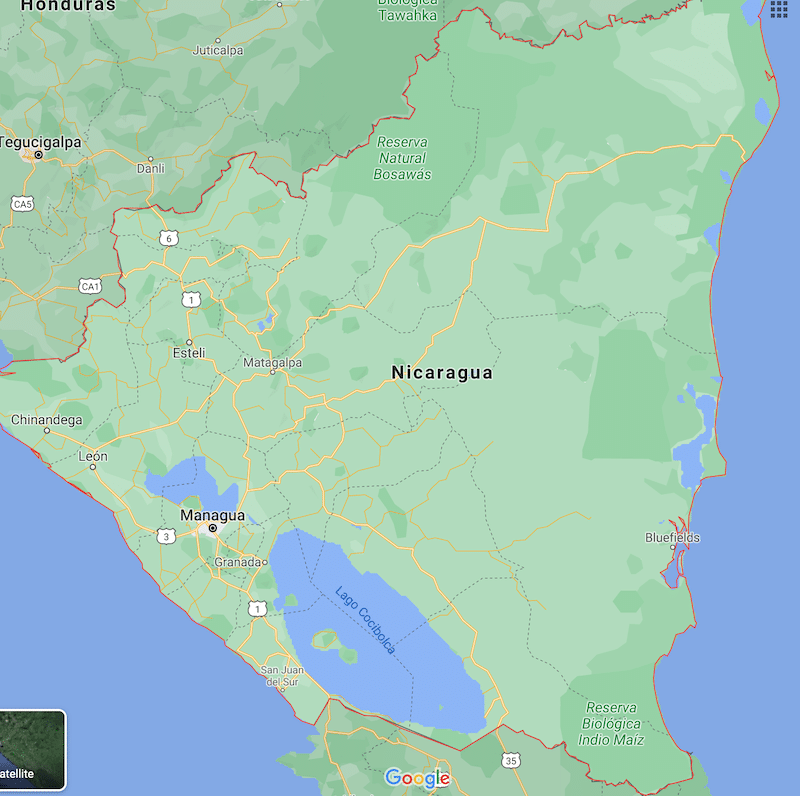
Click here for an interactive Google Map version of the above graphic.
Things To Do In Nicaragua
Discover the best places in Nicaragua to visit & the top experiences to have!

Nicaragua Adventures: Hiking The Active La Concepcion Volcano On Ometepe Island

Volcanic Adventures Outside Of Granada, Nicaragua
Nicaragua Travel Advice
Use these Nicaragua travel tips to plan the perfect trip!
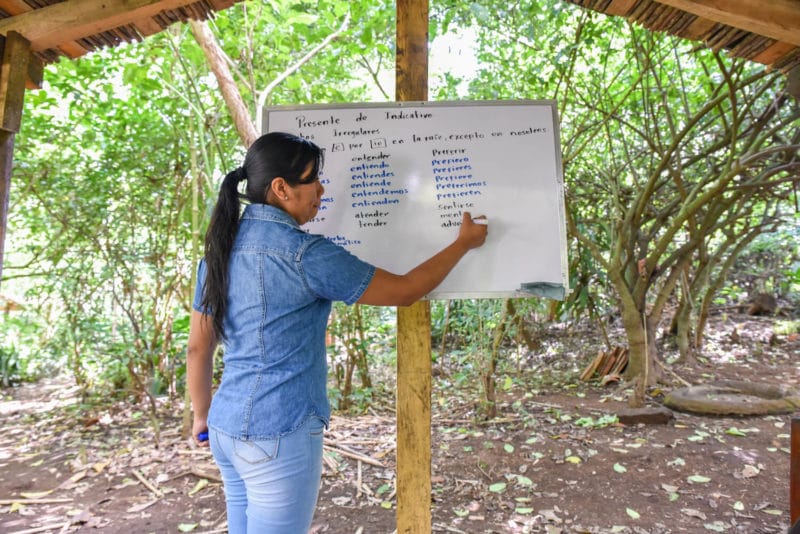
How To Volunteer While Learning Spanish In Nicaragua

From Solo To Sidekicks: Notes On My Central America Group Travel Experience
Top Nicaragua Tours
Explore the local culture with the help of a Nicaragua tour guide !
- Food Tour – Nicaragua Gastronomy in San Juan del Sur
- Masaya Volcano Night Tour in Managua, Nicaragua
- Hike Maderas Volcano in Ometepe Island from Managua
- Day Trip to Cascada Blanca Waterfall in Matagalpa from Granada
- Tour Chinandega & City of El Viejo from Corinto
Renting A Car In Nicaragua
Need a rental car for your Nicaragu trip?
Use Discover Cars to quickly compare your car rental options.
Nicaragua Hotels
Click here to browse hotels in Nicaragua!
Prefer self-contained stays?
Click here to check out unique local rentals!
You can also use this map to search for local stays:
Nicaragua Travel Insurance
It doesn’t matter if you’re traveling solo or with a group on a Nicaragua tour. When visiting Nicaragua — or any other country in the world — make sure to get travel insurance to protect your health and safety.
In my opinion, the best travel medical insurance for travelers is SafetyWing as they’ve got a large network and offer both short-term and long-term coverage — including coverage if you’re traveling for months as well as limited coverage in your home country).
Additionally, SafetyWing is budget-friendly and offers $250,000 worth of coverage with just one low overall deductible of $250.
With coverage, you’ll have peace of mind as you embark on your Nicaragua itinerary.
Click my referral link here to price out travel insurance for your trip in just a few clicks .
Nicaragua Travel Guide FAQ
Below, find answers to frequently asked questions about traveling Nicaragua .
Q: Is Nicaragua safe for tourists?
There are several things to watch out for and keep in mind to stay safe while in Nicaragua. Nicaragua has an authoritarian government that limits freedom of expression, dissent against the government, and demonstrations. Demonstrations throughout the country have turned violent and if you are detained by the government, you may be stuck in that situation for a while.
While you likely won’t run into any issues like this during your stay, it’s best to watch what you say about the government and avoid any situations of unrest.
Also, keep the number of your home country’s local embassy handy just in case.
Street crime and theft are also common throughout Nicaragua, particularly on crowded busses and in popular markets like the Oriental. Stay aware of your surroundings, keep any valuables out of view, and only carry a small amount of cash.
Make sure any valuables are locked away before you leave your hotel, home, or hostel for the day to avoid pickpockets and keep any possessions out of sight before leaving your car.
“Express kidnappings” by unlicensed taxi drivers are also an issue in Nicaragua. If you plan to take a taxi during your trip, try to order it from a radio dispatcher at the airport or your hotel.
When the cab arrives, make sure that there is a red border around the car’s license plate and that it has some kind of company name or logo displayed.
These tips will help you weed out the legitimate cabs from those operated by criminals.
And of course, check your country’s travel alerts for Nicaragua before you leave to stay informed on any possible safety issues.
Q: Is Nicaragua expensive to visit?
Like many Central American countries, Nicaragua is very budget-friendly. The average traveler spends about $32 USD per day on accommodations, food, transportation, and other expenses.
Of course, this depends on your travel style — you’ll pay a bit more for higher-end accommodations and excursions.
Your biggest expense will likely be round-trip flights. Non-stop flights from the United States are rare, but you can find some good deals depending on your travel dates and your departure city.
Q: How long do you need in Nicaragua?
Most experts suggest spending 10 days to two weeks in Nicaragua to get the full experience of the country. If you’re doing a full tour of the country, you’ll want to spend a few days in each place.
You’ll also want to budget in a half to a full day for travel between certain locations as travel within the country is pretty slow and domestic flights are limited.
Q: What do I need to know about traveling to Nicaragua?
There are a few things to know before traveling to Nicaragua. It’s good to learn a few Spanish words and phrases before your trip, particularly if you’ll be traveling to more rural parts of the country. Not everyone speaks English, so knowing a bit of Spanish will take you far and shows respect when meeting locals .
Bluefields (the capital of the South Caribbean Autonomous Region in Nicaragua) and the Corn Islands are known as unspoiled coastal paradises, but their remote location comes with little access to medical care and law enforcement. The Corn Islands in particular are only accessible by plane. though flights are relatively inexpensive. Keep this in mind as you plan your trip.
Nicaragua also has a long history of occupations and revolutions, particularly in the twentieth century. Reading up on the country’s history before your trip can give you a better understanding of what you’ll see and the issues the country currently faces.
It’s important to be an informed traveler, particularly in places like Nicaragua.
Q: What are the top attractions to see in Nicaragua?
Nicaragua is known as a land of lakes and volcanoes, so naturally, these are some of the country’s top attractions. Masaya Volcano and Cerro Negro are great for those wanting to explore beautiful hikes and active volcanoes. You can even surf down the volcanic ash at Cerro Negro (with proper protection, of course) for a truly unique experience!
Apoyo Crater Lake and the vast Lake Nicaragua are absolutely gorgeous spots and perfect for water sports. Take out a stand-up paddleboard, go for a swim, or try your hand at windsurfing on particularly blustery days. Alternatively, you can just enjoy the view and tranquility of an unspoiled paradise.
Nicaragua’s cities are also not to be missed! The lakeside city of Granada is home to some incredible Spanish colonial architecture as well as great restaurants and bustling markets.
In Leon, you can explore the ruins of Leon Viejo, one of the country’s earliest colonial settlements and a UNESCO World Heritage Site. Today, the city is home to the country’s National University, fantastic museums, and delicious food.
Q: Do I need a visa to visit Nicaragua?
Citizens of the United States, the United Kingdom, Canada, the European Union, and many other countries do not need a visa to travel to Nicaragua for less than 90 days. You will need to purchase a tourist card upon arrival for about $10 USD. Citizens of other countries may need to acquire a visa to enter Nicaragua.
It’s recommended to view your country’s Nicaragua International Travel Information page for the most up-to-date information on entry and exit requirements. You can also contact the Consulate General of Nicaragua.
Q: Are credit cards accepted in Nicaragua?
While many tourist attractions, as well as big hotels and restaurants, accept credit cards, it’s wise to carry cash when traveling to Nicaragua.
Moreover, it’s smart to bring a backup ATM card in case you run into any issues.
Q: What is the best time to visit Nicaragua?
While Nicaragua is a year-round destination, the dry season is between November and April.
Q: What months are summer in Nicaragua?
Summer in Nicaragua runs from November to April.
Q: Can you drink tap water in Nicaragua?
It is best to avoid drinking the tap water in Nicaragua.
Q: What is the hottest month in Nicaragua?
The warmest month in Nicaragua is typically April.
Q: What is the local currency in Nicaragua?
The local currency in Nicaragua is the Nicaraguan córdoba.
What would you add to this Nicaragua travel guide?

Travel to Nicaragua: what you need to know
Jul 3, 2019 • 6 min read

From lava-spewing volcanoes to idyllic, far-away beaches, Nicaragua's natural landscape measures up to some of the world’s best. But a series of clashes between anti-government protestors and the supporters of president Daniel Ortega have caused the death of 325 Nicaraguans in the spring of 2018 and placed a cloud of uncertainty over the entire country.
The ethical dilemma of traveling to Nicaragua
The Nicaraguan government has been accused of using tourism as a PR tool to promote a stable image of the country. While everything may seem ‘normal’ on the surface, the reality for Nicaraguans is quite different. Visiting tourists can provide a false image of normalcy, but tourists not visiting has a direct impact on an already bad economy and the livelihoods of thousands of families who rely on it.
Even the most intrepid travelers have concerns. The embers of violence have cooled and life is slowly returning to a sense of normalcy. It’s important to exercise caution, but here are areas in Nicaragua ready to welcome travelers.

Nicaragua’s misunderstood ugly duckling. As the capital, Managua is more prone to political demonstrations. The constant police presence is an occasionally alarming reminder that big brother is watching.
Even before the protests, many travelers used Managua as a hub to get other spots around the country. But, if you elect to stay in the city for a few days, exercise caution and avoid protests.
The chaotic city without street names is not easy to navigate, but you'll eventually find yourself exploring third-wave coffee shops, food-truck parks, authentic local food, specialty stores and local markets. And when the sun sets, the party begins with Nicaraguan music concerts, Latin dance parties, underground electronic fetes, craft beer bars and fine cuisine.
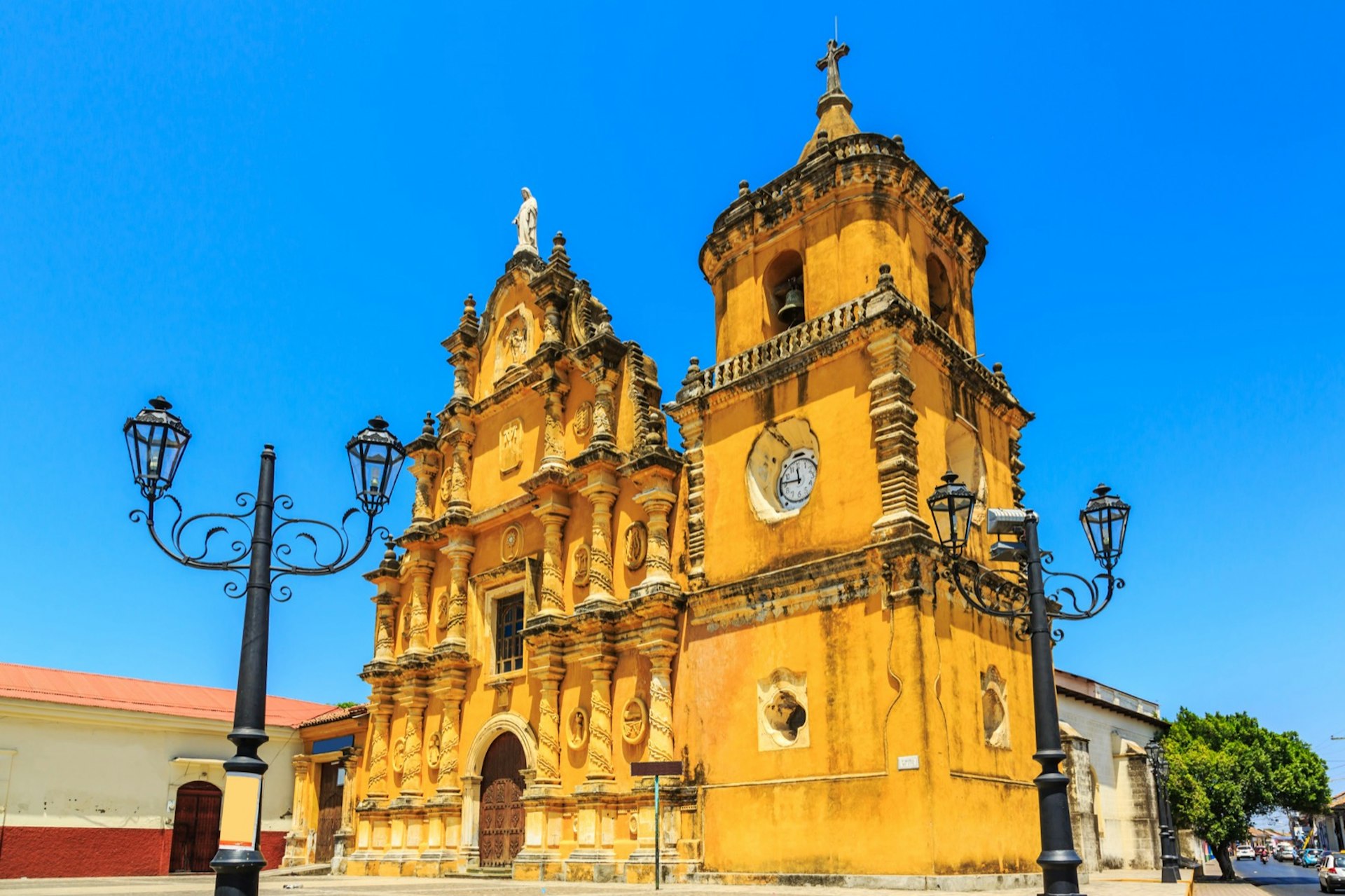
León and las Peñitas
León is a vibrant city full of inspiring architecture and artsy vintage murals.
The student town, considered the heart of Nicaragua, is located an hour-and-half from the capital city of Managua and was once home to Nicaragua’s greatest poet – Rubén Darío .
The city was a hot spot during the protests and demonstrations can happen anywhere around the city. If a protest begins, do not get involved and leave the area.
While in León, access the rooftop of the Cathedral Basílica de la Asunción (the largest in Central America) for a unique view of the city and the surrounding volcanic chain of Maribios. Pay a visit to Fundación Ortiz Gurdián to see one of the finest contemporary art museums in Central America. For an adrenaline fix, try volcano surfing down the black sands of the Cerro Negro.
Just 25 minutes west of León you’ll find Las Peñitas beach an easy-going surf spot with access to mangroves and Isla Juan Venado – a nature reserve popular for its bird-watching and turtle nestings.
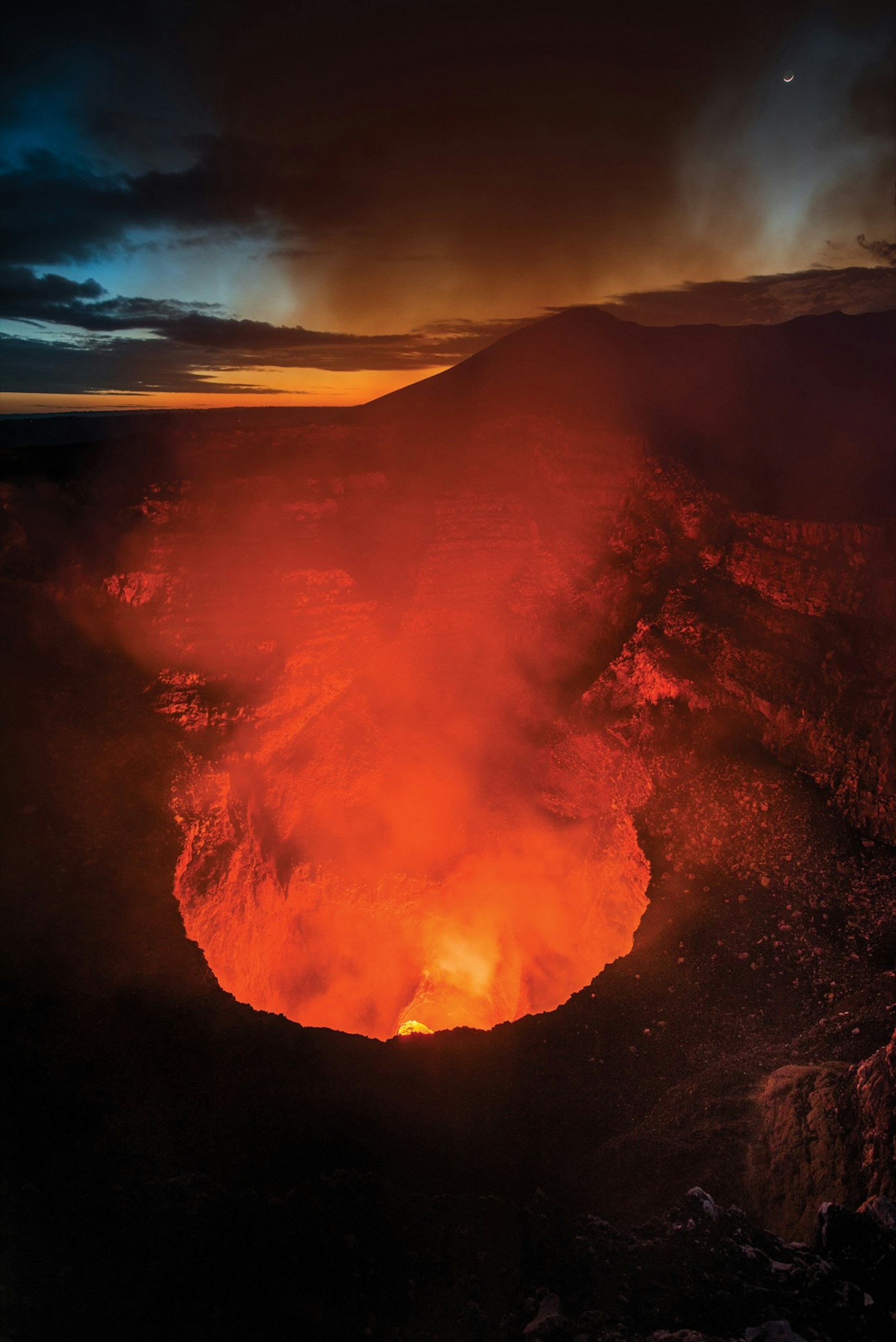
Volcán Masaya
In a country filled with volcanoes, Volcán Masaya stands out from the crowd. The very active natural wonder was known as the ‘mouth of hell’ by Spanish conquistadors, is located on Parque Nacional Volcán Masaya, the country’s largest national park. For truly mesmerizing views, visit Volcán Masaya at night.
The town of Masaya, located 30 minutes from the national park, was a stronghold of anti-government protesters. As a result there was a strong police presence in the area causing many businesses to close. Though the situation has cooled down, it would be best to skip this small town.

History lives on every corner in Nicaragua’s oldest town. Founded in 1524, Granada has been invaded by pirates led by Henry Morgan and burned down twice by the self-proclaimed ‘President of Nicaragua’ William Walker, an American expansionist from Nashville.
To get a true sense of Nicaraguan history, however, visit Convento y Museo San Francisco, one of the best museums in the region.
Granada is located at the foot of the green and dormant Volcano Mombacho . The area boasts a nature and wildlife reserve with clear designated hiking trails, ziplines and coffee haciendas. Mombacho also offers panoramic views of Granada and Lake Cocibolca.
If the mainland isn’t for you, stay on one of the 365 islets that make up the archipelago – Isletas de Granada, which was formed by a massive volcanic landslide 20,000 years ago.
A darling among tourists, Granada has felt the brunt of the civil unrest. The peaceful and picturesque town painted in bright colors is now mainly shuttered as nearly half of the city’s businesses have closed in the past year. You can still find a decent variety of restaurants and cheap 'crisis' deals at a wide range of hotels as the remaining businesses try to stay afloat.
Corn Islands
The white-sand Caribbean paradise found on the Corn Islands remains remote and untouched. Distance kept the secluded getaway free of the violence and protests, leaving the beaches pristine and environment serene. Of course, all this serenity comes at a price – no cars, wifi or electricity (at times), particularly on Little Corn . But once you set eyes on the area, you won't mind at all.
Laguna de Apoyo
Located about 9 miles (15 km) north of Granada, this peaceful crater lake is believed to be the cleanest and deepest in the country. Whether you decide to just view from the crater's edge in Catarina or Diriá or head to the bottom of the crater for swim, you won't be disappointed.

Pacific Coast Beaches
All the beach towns in Southwestern Nicaragua have remained relatively calm and isolated from the civil unrest. The cluster of mountains, bays and uncrowded waves have something for everyone; from world-renowned surf breaks in Popoyo, which hosted the world surfing games in 2015, to affordable luxury beach developments in Tola.
International hub – San Juan del Sur – attracts the young and beautiful, but also offers top-notch lodgings (try El Coco Azul ) and fantastic dining (try Asados Juanita ). Not completely immune to all the troubles, tourism numbers have also dipped in the area in comparison to prior years.
Reaching Ometepe and seeing its famed twin volcanic peaks – Concepción and Maderas – was the kind of arduous journey that never attracted very large numbers of travelers.
The area was under heavy police presence during the height of the unrest, and though things have cooled down, the local economy is suffering. Tourism has almost completely disappeared and many people have gone back to basic agricultural practices to survive.

Northern Highlands
The land of coffee and cigars isn’t usually high on travelers’ list, but anyone seeking a mountain experience won’t find a better place.
The civil unrest reached the main towns of Matagalpa and Estelí , but things have settled down. Estelí is the major producer of premium cigars in the world. Spend an afternoon learning the art of cigar manufacturing.
Matagalpa is about an hour-and-half southeast of Estelí and is filled with endless lush green mountains and waterfalls. Enjoy the coffee farms , the farmstays and unspoiled country life.
Essential travel tips
The United States has issued a level 3 ‘Reconsider travel’ advisory on Nicaragua due to the ‘civil unrest, limited healthcare availability and arbitrary enforcement of laws'. Both the UK and Canada have issued ‘exercise a high degree of caution’ travel advisories.
Commercial airlines still fly to the country.
When in Nicaragua
- Avoid all demonstrations
- Don’t take photographs of the heavily armed police.
- Sign up for online alerts from your local embassy to stay on top of any political unrest.
Nicaragua is under the international scope for sanctions, the economy is in a recession expecting a decrease in GDP of 7-11% for 2019.
Armed robberies have been reported by travelers; however, no tourists have been killed, including during the height of the civil unrest.
Explore related stories
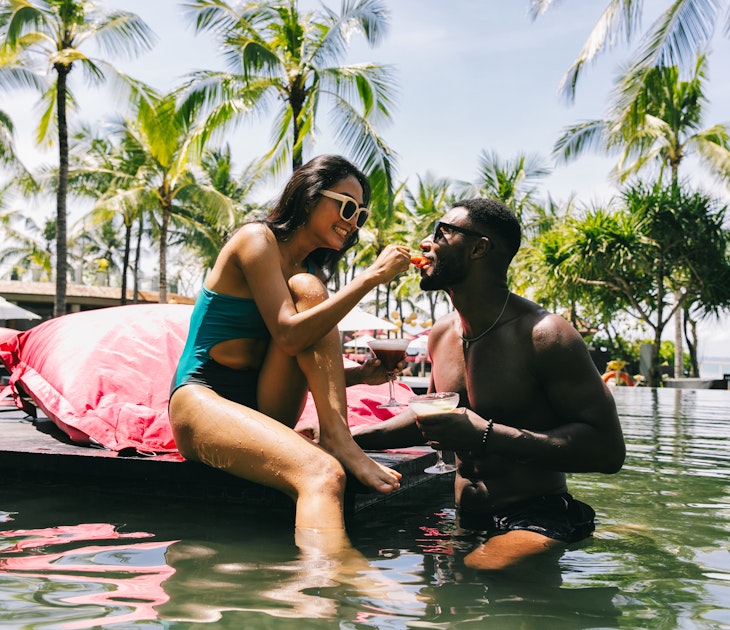
Feb 12, 2024 • 10 min read
Sun-soaked beaches and colorful coral reefs – even the cheapest tropical vacations seem to have it all. Here's where to go.

Jan 29, 2024 • 11 min read

Jan 7, 2024 • 3 min read

Oct 25, 2023 • 19 min read

Oct 10, 2023 • 6 min read
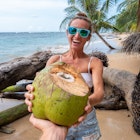
Oct 24, 2022 • 5 min read

Sep 2, 2022 • 5 min read
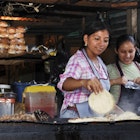
Jun 28, 2022 • 7 min read
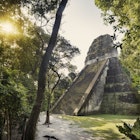
May 3, 2022 • 9 min read
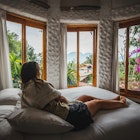
May 1, 2022 • 6 min read
Nicaragua Travel Itinerary | 7 or 10 Days of Great Things to Do
Last year I jumped on a great airfare deal and booked a trip that followed this two-week Nicaragua itinerary. Starting in Granada, I explored Nicaragua’s colonial heritage before heading south to the beaches of San Juan del Sur (surf paradise) and then traveling back inland to the magical, volcanic Ometepe Island in the middle of Lake Nicaragua. Along the way I ate delicious food, relaxed on spectacular beaches and yes, saw more monkeys than I could count!
Personally, as I discuss in depth below, I feel that Nicaragua is a safe travel destination that is absolutely worth visiting. With most of the (infrequent) political protests occurring in the capital city, I set out to write two Nicaragua travel itineraries that skirt the capital – one seven-day Nicaragua itinerary that focuses on colonial Granada and Pacific San Juan del Sur, with a quick overnight stop on the shores of a volcanic lagoon, and a second ten-day Nicaragua itinerary that adds in a two-night stop on breathtaking Ometepe Island.
If you’ve been thinking of traveling to Nicaragua, I recommend that you consider following one of these two routes. They’re safe, they’re easy and they are so beautiful that, like me, you’ll be talking about them for years to come!
Nicaragua Itinerary Day 1 | Arrival in Managua
I didn’t actually venture into Managua, Nicaragua . With less than two weeks to see the country, I wanted to focus more on its natural beauty than its urban environments, so I made plans to travel directly from the Managua airport to Granada, Nicaragua. I booked a scheduled shuttle service with Adelante Express , which also offers private shuttle service from Managua to Granada and San Juan del Sur. Since I was the only passenger on the scheduled shuttle, I ended up getting a private transfer for less than $20 USD. The distance is quite short (less than fifty kilometers) but the trip can take up to 75 minutes due to slow-moving traffic, and I was glad to be in an air-conditioned vehicle for the trip.
I’ve heard that there are shuttles leaving from the Managua airport that don’t require a reservation, but nobody offered me one when I arrived and I didn’t see any signage for shared transportation. If you’re on a very tight budget, you can take a public bus from the airport to Managua’s busy bus station, and then transfer to a public intercity bus to Granada. This will probably take about two and a half hours, since buses make frequent stops along the way, and there won’t be much room for your luggage.
Nicaragua Itinerary Day 2 – 3 | Granada
Granada is a charming colonial town situated on the banks of Lake Nicaragua, in the shadow of the Mombacho Volcano. You can easily explore the city center by foot in a day, but there are also some interesting excursions that made it worthwhile to include a second day in Granada in your Nicaragua itinerary.
Where to Stay in Granada

When I was in Granada, I stayed at Hotel Guardabarranco , a quaint, family-run hotel about four blocks from the city center. Hotel Guardabarranco is built in the traditional local style, with rooms on two floors around an open courtyard (where you’ll find a refreshing little pool, the breakfast area and a small lounge). They aren’t currently taking new bookings, but similar properties nearby include El Arca de Noe and Hotel Plaza Colon .
If you’re doing your Nicaragua travel on a tighter budget I can recommend Hostal Azul in Granada. Also built around a courtyard, but with a more rustic and outdoorsy feel, Hostal Azul has a good mix of super-cheap dorm rooms and reasonably-priced private rooms (including one double with a private bathroom). The staff at the hostel were so friendly and invited me to join in a few of their social events, even though I wasn’t a guest! The popular Selina chain of hostels has also opened Selina Granada , complete with a hostel swimming pool.
Things to Do in Granada, Nicaragua

Spend your first day in Granada simply wandering around the colonial city center, taking in the different districts, the colorful architecture and the touches of traditional Central American lifestyle. You’ll probably want to start your wandering at the Central Plaza (shown above) where the bright yellow cathedral will immediately catch your eye. You’ll also notice that each corner of the plaza is marked by a stall selling vigoron , a local specialty made from cassava, pork rinds, pickled cabbage and hot chiles. As a vegetarian I kept a very wide berth, but locals swear by this “unique” concoction!

There are other beautiful public buildings on the streets around the Central Plaza. The stairs in front of the bright white San Francisco Church are a popular hangout place for local teenagers and young adults, and I often grabbed a smoothie from one of the nearby cafes to enjoy on the stairs (with a little side of people-watching).

Beside the San Francisco Church you’ll find the San Francisco Convent Cultural Center , a miniature museum and garden highlighting the ethnic, cultural and artistic heritage of the region, along with rotating feature exhibits. There are lovely views from the gardens inside, and the exhibits are worth a quick peek.

You’ll also want to spend an hour or so wandering around the Municipal Market ( Mercado Municipal ) , a sprawling market where you can buy everything from souvenirs to fresh produce to housewares to clothing. I’d heard that the streets around the market were popular with pickpockets, but I felt safe as I weaved between the stalls and checked out the goods for sale.

From the city center it’s quite easy to walk down to the shores of Lake Nicaragua (and you’ll pass the moody Guadalupe Church , shown above) but there isn’t much to see at the shore right in town. Instead of walking down to the lake, I’d recommend that you speak to your hotel or hostel about joining a boat trip around the Isletas , or little islands, where you’ll likely be able to spot all different kinds of birds (and maybe even some monkeys too!). Most tour operators include return transportation to and from your hotel in the price.

A second day in Granada gives you enough time to explore some of the attractions outside of the city. Masaya is a small city about twenty kilometers west of Granada (in fact, you might have passed it on your way in from the airport). Most buses to Granada will stop at the turn-off from the highway to Masaya’s city center, and there are also dedicated public buses that run right into town. Masaya isn’t particularly interesting or picturesque, but it’s one of the best places in the country for tourists who want to buy arts, crafts and souvenirs during their Nicaragua travel. The Mercado de Artesanías (Cultural Center Old Craft Market) is jam-packed with vendors selling clothing, housewares, art and even food items. It’s definitely touristy, so only visit if you’re specifically on the hunt for souvenirs.
Photo via Yellow Magpie on Flickr .

Later in the day, talk to your hotel about joining an evening tour to the Masaya Volcano . You want to arrive around sundown, as the views of the active lava flows inside the volcano are much more powerful in the dark of the night. (I’ve heard you can also visit right before sunrise, but… are you crazy? ) After waiting in a queue along the highway, your car will eventually be allowed into the park. On your way up the hill you can stop at a small volcano museum (there’s a clean toilet inside!) before driving the last stretch up to the viewing platform. You can spend about twenty or thirty minutes at the top before being asked to leave so that the next visitors can enjoy the natural show too.
Recommended Restaurants in Granada, Nicaragua
- The Garden Cafe – Healthy, locally-inspired cuisine in a pretty garden atmosphere. Prices are a bit high, but the menu is expansive and flavorful. Make sure to check out their lovely gift shop and bring a book to swap at their book exchange.
- Nectar – On the main tourist street, this isn’t your typical tourist restaurant. They’ve got lots of vegetarian options, along with the city’s best fish tacos (apparently – I’m a vegetarian!) and even kombucha!
- Wok & Roll Granada – You don’t necessarily come to Nicaragua for stir-fry, but Wok & Roll had a lovely second-floor patio and lots of different stir-fry options. Prepare to be flexible as not everything on the menu will be available.
- Kathy’s Waffle House – I didn’t actually eat here because my hotel ( Hotel Guardabarranco , just around the corner) had a lovely breakfast, and I was never nearby at lunch. However, I smelled the waffles here every morning when I walked by, and I’m still kicking myself for not having a second breakfast one morning!
Nicaragua Itinerary Day 4 | Laguna de Apoyo

Laguna de Apoyo is a natural volcanic lake that straddles the border between Granada and Masaya. The lake itself is a little more than six kilometers across, and it reaches depths of up to 175 meters at its center. The lake is ideal for swimming, kayaking, bird watching and even scuba diving, and if you’re on the shorter itinerary (seven days, rather than ten) this is an easy way to take in some of Nicaragua’s natural splendor without making the boat trip all the way to Ometepe Island.
There are no regular buses from Granada to the shores of Laguna de Apoyo . Instead, buses drop you off at the exit from the main highway, and you’ll have to wait for one of the infrequent passing taxis to take you the last seven kilometers to the beach clubs (I use that term in the most zen way possible – there’s no pumping techno music here!) and hotels on the lake’s far west shore. Since that is quite inconvenient (especially with luggage) I suggest asking your accommodation (at either end) to organize a direct private transfer. I do recommend that you stay by the lake for one night, as it’s a truly magical place in the quiet of the evening. A few accommodation options include:
- Casa Marimba – North of the main road, the menu at this eco-lodge is vegetarian by default (with meat on request) and there are on-site yoga and massage services.
- Casa Bella – A lovely bed and breakfast surrounded by dense foliage, this is a great place to stay if you’re hoping to see a howler monkey in the trees outside your room!
- San Simian Lodge – Consisting of rustic bungalows spread throughout a lush garden, this is an affordable option for travelers who want to become one with nature, as the private bathrooms are located in the great outdoors!
Nicaragua Itinerary Day 5 – 6 | San Juan del Sur
On the wild Pacific Coast, San Juan del Sur is a classic beach town that transitioned from being a small fishing village to becoming an international surfing hot spot (much like Sayulita, Mexico ). Today, San Juan del Sur has a thriving young expat community that works with locals to make this one of Central America’s most exciting destinations. There are frequent private shuttles and public buses between Granada and San Juan del Sur (though if you’re coming from Laguna de Apoyo you’ll need to backtrack to Granada to catch one).

Where to Stay in San Juan del Sur
Personally, if I was to return to San Juan del Sur, I would first try to get a room at Casa Oro Eco Hostel . I visited Casa Ora several times, and thought it seemed like an awesome spot for solo travelers. They had a spacious lobby and bar, organized lots of different activities, and coordinated transportation all over the region. While they do have cheap dorm rooms, the private rooms are also very affordably priced. As a weird bonus (for me…) there were like, six laundromats on the next street over and I found great same-day laundry service!
For a private room at hostel prices, Estrella Beachfront Hotel is a solid option. The rooms here are simple but very large, and most have doors that open onto a terrace with breathtaking beach views. Take note that bathrooms here are shared! The Estrella Beachfront Hotel is only about twenty meters from the beach, so it’s a great choice for surfers and sunbathers.
Like in Granada, Selina has also opened a location in San Juan del Sur. Take note, though, Selina Maderas is about twenty minutes outside town (by car) and a fifteen-minute walk from Maderas Beach. They cater to digital nomads here, though, so there’s good WiFi, a comfortable work space and a nice pool.
Things to Do in San Juan del Sur

Towering above San Juan del Sur, and not shown in any photos because I was looking down, not up, there is a giant statue of Jesus Christ . Standing about 135 meters tall, the statue is surrounded by a viewing platform that is perfect for watching the sun set over the Pacific Coast. From the beach, it takes about an hour to hike up (so give yourself lots of extra time if you’re coming from town) and it costs about $2 USD to enter (the guards never have change, so don’t bring a $50 bill!).

The best surfing in San Juan del Sur is at the many beaches that dot the coastline north and south of town. Any surf shop in town can arrange equipment rental and transportation to and from these beaches, along with a lesson if required. Since I was staying in a rented room behind a surf shop, I rounded up a few travel friends and tagged along on one of their trips to Playa Maderas , a small, rugged beach with a protected cove that is great for new surfers and even just for floating around in the water. Moke Huhu Surf Shop had a little stand set up at the beach with hammocks, sun chairs and coolers for drinks, and it looked like other surf shops were also working to expand the infrastructure here. There was also a restaurant near the main entrance that served up a great plate of vegetarian nachos (more than enough for two people for lunch!).

Where Playa Maderas is small and rugged, Playa Hermosa is a never-ending stretch of soft white sand, backed by a lush tropical rainforest… and owned and operated by a private hotel. There are lots of thatched huts with beach chairs and sun loungers available for day use visitors, clean bathrooms are available on site, and there are restaurants and beach bars where you can grab lunch, beer, cocktails or a fruit smoothie.
Playa Hermosa is beautiful but it has several flaws. During high season this “eco-lodge” packs in hundreds of partiers from organized group tours, blasts music at an appalling volume (including songs with language that is definitely not PG-13!) and serves thousands of cheap drinks out of plastic cups, that end up being thrown all over the sand (how is that an eco-lodge?). As well, their shuttle service is completely unreliable, so you do need to organize your own transportation, which can be difficult as the road to the beach is not popular with local drivers. I’d recommend a visit during the shoulder season with your own pre-arranged transportation (and probably not your own personal rental car). You can also stay overnight here, but based on my experiences I wouldn’t recommend it.

San Juan del Sur is a cool little beach town, much like San Pancho or Sayulita in Mexico. Even if you make two day trips from the city (one two Playa Maderas and one to Playa Hermosa, for example) you’ll still have two mornings or evenings free to explore the city center. Expect to find lots of independent boutiques selling trendy beachwear, street vendors selling souvenirs, fruits and vegetables, and a thriving restaurant and bar scene.
Recommended Restaurants in San Juan del Sur, Nicaragua
- Barrio Cafe – Probably the best breakfast I had in Nicaragua, you’ve got to check out the huevos rancheros at Barrio Cafe. Since my guesthouse didn’t include breakfast, I came here twice for the iconic breakfast dish, served in a deep dish of spicy salsa and topped with crispy tortilla strips.
- Dale Pues – Dale Pues was super-close to my guesthouse, so I also ended up eating here twice. On my first visit I had a breakfast sandwich, which was great, and then I returned late for a veggie burger. Both meals were good, and the top-floor seats overlooking the street below are great for people-watching.
- Simon Says – With a hidden back garden, this healthy smoothie shop is great for breakfast for a light lunch. Ask for their recommendation as to the freshest, most in-season fruits for your smoothie, and if you’re really hungry, order one of their famous salads or sandwiches as well.
- San Juan del Sur Cerveceria – Also known as Nicaragua Craft Beer, this locally-owned brewery features their own craft beers on tap (yay for happy hour!) and has a short menu of fun bar food (including vegetarian options).
Nicaragua Itinerary Day 7 | Return to Managua OR Travel to Ometepe Island
If you’ve only got a week, it’s time to start heading back to Managua . Your travel options include public bus (cheap at about $5, but slow and a little uncomfortable, the public bus will drop you off at the main bus station in Managua), shared shuttle (usually door-to-door service, but more expensive at about $50) or a private transfer (which could easily cost upwards of $100). I had an overnight wait before my early morning flight, so I booked at a room at the Camino Real Managua . It’s a little pricey, but it’s clean and comfortable, with a nice swimming pool and complimentary airport shuttle.
However, if you’ve got more time, it’s time to start making the epic journey towards Ometepe Island . I have an Ometepe Island Travel Guide in another post, but I’ll focus on two days’ worth of highlights here.
To get to Ometepe Island from San Juan del Sur, you have the same three options as above. You can take a public bus, but it will only take you as far as Rivas. From there, you’ll need to take a second bus or taxi to the port of San Jorge. I’d recommend the second option – one of the shared shuttles that leave once or twice daily from San Juan del Sur and take you all the way to the San Jorge port for about $25. The last option, a private taxi to the port, would cost about $50 or $60. If your hotel can’t help you with the transportation, ask at reception at the Casa Oro Eco Hostel in SJDS.

At the port, you can purchase your ticket for the next available boat. There are two types of boats – larger ferries and smaller lanchas . Generally speaking, the ferries are considered to be safer and faster, and it’s worth a short wait for the next ferry if you’re the kind of traveler who notice safety hazards everywhere! The trip across will take between sixty and ninety minutes, and there is a chance your bag will get wet if you’re on a lancha and your bag is stored underneath (yet another reason to wait for the ferry!).
Nicaragua Itinerary Day 8 – 9 | Ometepe Island
Ometepe Island , or Isla de Ometepe, is a volcanic island situated in the middle of Lake Nicaragua. The island is made from two volcanoes ( Volcan Maderas and Volcan Concepcion ) that are joined by a narrow strip of land. As such, nearly all of life on Ometepe Island takes places along the island shores, which are ideal for nature-lovers of every budget and activity level.

Where to Stay on Ometepe Island
There’s a good chance that your ferry or lancha will dock in Moyogalpa, on the north end of the island. However, I suggest that for a ten-day Nicaragua travel itinerary, you skip Moyogalpa and head directly to Balgue , which is just southeast of the isthmus.

In Balgue, I stayed at La Urraca Loca Hostel. This is a lovely, European-run hostel with a small dorm room on the ground floor and two private double rooms on the upper level. The shared washroom is downstairs and somewhat outdoors, so be prepared to brush your teeth with the butterflies! The owners at La Urraca Loca can help you organize all sorts of different activities during your stay on Ometepe Island, and their homemade vegetarian breakfast is absolutely delicious!
If La Urraca Loca is full during your stay, look into a stay at Hotel Finca Magdalena , a working coffee plantation just up the hill behind La Urraca Loca, or try Ananda Guesthouse , an off-grid guesthouse where the three private rooms offer private bathrooms and views of the volcano or lake.
Things to Do on Ometepe Island

I have a huge post about all of the amazing adventure travel activities that you can do on Ometepe Island , so click on on over for more information about everything from kayaking volcanoes to kayaking with caimans.
Generally, I would recommend one day of strenuous active sightseeing. This could mean climbing one of the volcanoes (which is seriously strenuous) or just hiking up to the San Ramon waterfall . You can read about both of those on the post linked above, and the staff at La Urraca Loca hostel can help you book both trips.

On your second day, take things a little bit easier . You could do a tour of the island (transportation options include private taxi, ATV rental or just hopping on the back of a “scooter taxi!”) with a short stop for kayaking and looking for monkeys on the Rio Istan, or you could walk into the field behind the La Urraca Loca Hostel and up the hill to the coffee plantation, passing petroglyphs along the way.

For something completely relaxing, travel nine kilometers up the road from Balgue to the Ojo de Agua , a natural swimming hole that is popular with locals and tourists. It tends to fill up on weekends and holidays, so if you can visit on a weekday, go for it! Admission costs $3 and there are lots of chairs, tables and picnic areas where you can relax between dips in the refreshing water. There are also some hiking trails that looked quite interesting, though I only made it about half a kilometer in before I had to rush back to catch my ride.
Recommended Restaurants on Ometepe Island

- Nectar – The second Nectar I’ve recommended in this post (the first was back in Granada!), Nectar Cafe is located just down the road from Balgue, in Santa Cruz. This is basically a little shack beside the road with four tables under a palapa, but guys, the food here is amazing! I had the vegetarian curry, which was packed with flavor and served with rice, tortillas and a fresh salad. Highly recommended!
- Cafe Campestre – A happening spot in Balgue, Cafe Campestre has lively live music, amazing food (like my pesto pasta dish, that used fresh peanuts in place of the pine nuts) and abysmal service. Bring a book, and probably your own utensils too.
- El Pital – Chocoholic? Don’t miss a quick stop at El Pital, a beachfront chocolate factory, “superfoods magic cafe” and even hostel. You’ve got to see their “magic balls” (basically, acai bowls on a chocolate acid trip), and I’d recommend bringing home a few bars of their organic, vegan chocolate as souvenirs.
Nicaragua Itinerary Day 10 | Return to Managua
Travel in Nicaragua can be slow and unpredictable, so leave plenty of time in your plan to make it back to Managua in time for your flight. I suggest heading to the capital the day before your flight and then booking a room at the five-star Camino Real Managua . Here, you can decompress with a cold beer by the pool, or take a hot shower in your air-conditioned room, as you prepare for your next-day flight. The hotel’s complimentary shuttle can whisk you to the airport the next morning in under ten minutes. Yes, there are cheaper airport hotels (like the Best Western Las Mercedes , directly opposite the airport) but I think the Camino Real is the most comfortable place to end your Nicaragua travel itinerary.
Is it safe to travel to Nicaragua?
I traveled to Nicaragua as a solo female shortly before the country erupted into political turmoil in April 2018. At the time of my visit, I felt that Nicaragua was very safe for solo travelers and for female travelers, and I came home ready to recommend Nicaragua as a completely safe travel destination.
However, since my visit, the political situation in Nicaragua has changed. Personally, though, I would not hesitate to return to Nicaragua today. Simply put, if you follow my recommended Nicaragua travel itinerary, you are very unlikely to encounter any kind of political protests or other conflicts, as they are mainly occurring in the capital (Managua). One of the main reasons I have recommended that travelers stay at the Camino Real in Managua is because it is close to the airport and far from the center, allowing you to keep your distance from any protests that arise.
Even though Nicaragua is safe, you’d be crazy to visit Nicaragua – or any other country – without travel insurance. I no longer recommend any specific insurers on this blog, so please do your own independent research and find a provider that meets your needs and your budget!
Are you thinking about visiting Nicaragua? Let me know in the comments if you have any questions!
30 After 30: The Thirty Best Travel Destinations for 30+ Travelers
My sabbatical story – pre-departure details & dreams, you may also like, the best things to do in cascais (a..., where to stay in calgary, canada – the..., is madrid worth visiting an honest traveler’s perspective, one day in barcelona, spain – an easy-to-follow..., what is the best time to visit the..., barcelona to paris train – tips for traveling..., visiting the alcazar of segovia – 10 things..., how to use the calgary transit app, the best places to visit in mumbai in..., a 7-day kerala itinerary (solo female traveler approved).

- Testimonials
- Meet the Team
- Work With Us
- Outlook Features
- Sign Up Today
- Travel Guides
- Middle East
Nicaragua Travel Guide

An unspoilt Eden of soaring volcanoes, otherworldly wilderness and charming hospitality, buckle up for adventure in Central America’s underrated gem of Nicaragua.
As the largest country in Central America, Nicaragua’s greatest calling card is how it preserves the authentic character of the Nicaraguans. Indeed, this is a country that prides itself on congeniality and its exceptionally welcoming attitude to visitors and guests. As such, those who do come here are rewarded with the warm hospitality of its people – known locally as ‘Nicas’ – and a sense of having discovered a hidden gem beyond the reaches of mainstream tourism.
Undeniably, Nicaragua’s appeal lies in its cornucopia of natural wonders, ranging from pristine rainforests to towering active volcanoes, golden sand beaches and cloudforest reserves that support a kaleidoscopic array of flora and fauna, with the likes of toucans, jaguars, sloths, and sea turtles gliding amongst the coral reefs of the Caribbean coast.
Sun-seekers and beach bums will rejoice in the swathe of beaches along the country’s two coastlines. While the Caribbean coast is a haven for snorkelling and diving, including the breath-taking Corn Islands, the historic base of British buccaneers, the majority of Nicaraguans reside in the western Pacific region between the coast and the oft-overlooked capital of Managua. Here, you will find a landscape with over 20 volcanoes and the two largest lakes in Central America, before reaching the coast and its popular surfing enclaves such as San Juan del Sur. It is easy to see where the moniker of ‘the land of lakes and volcanoes’ originates.
Although the entire country is a captivating cultural footprint of colonial cities, tantalising food and folk traditions embodied by a colourful arts and crafts scene, be sure to start or end your visit with a day in Managua – not just for its urban appeal, but as a gateway to some of the country’s most impressive natural sights.

TOURISM INSIGHTS: NICARAGUAN TOURISM BOARD (INTUR)
As the official body responsible for promoting Nicaragua on a global scale as a go-to tourist destination, the Nicaraguan Tourism Board (INTUR) offers some expert insight into why this Central American gem should be top of your travel wish list. Minister, Yaosca Calderón, tells us more.
Q&A WITH YAOSCA CALDERÓN, MINISTER, INTUR
Firstly, could you provide us with a brief introduction to INTUR and your goals for 2023?
Yaosca Calderón, Minister (YC): In addition to showcasing Nicaragua as a worldwide tourist destination, INTUR coordinates and facilitates the effective growth and sustainable development of the country’s tourism industry as a priority of the government, maintaining a balance between human, economic and environmental protection and increasing the flow of tourism with an emphasis on small and medium businesses.
This year, we are working closely with our priority markets of Latin America, North America and Europe, and soon we will start branching into the Chinese market. We are also engaged in our international strategic plan where the country will be participating in fairs, roadshows and collaborations around the world, with new alliances with airlines and promotional activities through the Central American Tourism Promotion Agency (CATA).
In your opinion, why should someone visit Nicaragua?
YC: Nicaragua offers the hospitality of its people and a friendly way of life that is manifested in security, how the country welcomes tourists, and the tranquillity of its environment, which translates into a feeling of well-being, peace and harmony.
But we also offer many activities. Nicaragua has a wealth of natural treasures, like our lakes, lagoons, volcanoes, waterfalls, mountains, and natural reserves. If you are looking for adventure tourism, Nicaragua has it all, including rappelling, trekking, hiking, kayaking, and our most popular activity – sandboarding down the active Cerro Negro volcano.
For those who love the sun and the beach, Nicaragua is surrounded by the Pacific Ocean and the Caribbean Sea. The beaches of the Pacific are perfect for surfing, while the Caribbean side is ideal for diving and snorkelling.
Our colonial cities are another reason to visit, including the stunning destinations of Granada and León which were founded in 1524 and preserve the architecture and colonial style from the arrival of the Spanish.
Finally, our delicious gastronomy is truly diverse, depending on which part of the country you are in. In the Pacific region, typical food is based on corn products, while the Caribbean primarily relies on coconut milk and oil, with a rich variety of seafood wherever you are.
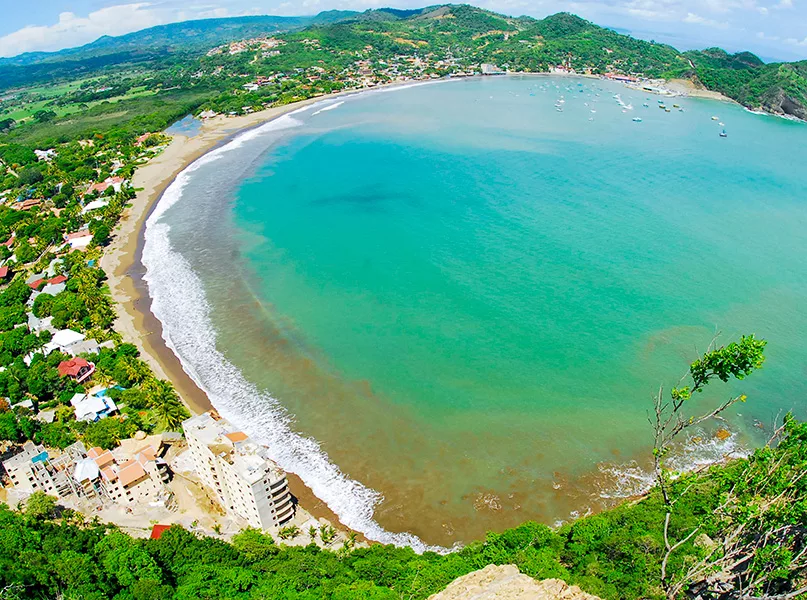
Could you name one overlooked spot in the country that you would recommend to a first-time visitor?
YC: It´s difficult to list only one spot, but I would highly recommend Ometepe Island. The island is a Biosphere Reserve located on Lake Nicaragua, and has two volcanoes, Concepción and Maderas. You must also visit the Corn Islands in the Southern Caribbean region of Nicaragua, which are a paradise with crystal clear waters and white sand. If you prefer something closer to the capital, I recommend the Patrimonial City of Granada, with its colourful streets and churches that boast authentic architecture. For a unique experience, try the Masaya Volcano, where you can see a real lava flow in motion at night.
How does tourism in Nicaragua incorporate sustainable or eco-friendly travel experiences?
YC: Nicaragua has developed a strategy of responsible, sustainable, inclusive and accessible tourism for all, where people are at the centre of all our policies and strategies. The development of rural community tourism is promoted to seek the benefit of the communities and the well-being of the environment, in addition to rescuing and enhancing our natural and cultural attractions that offer an experiential encounter for tourists.
What are some of the other major trends transforming tourism in the country?
YC: The coordinated work model between the public and private sectors, implemented by our government, has encouraged entrepreneurship in our country. As a result, the local economy has been revitalised throughout the territory, working directly and in accompaniment with protagonists in all areas of their development. This includes the creation and conditioning of new tourist products, such as 12 nationwide tourist routes. Economic benefits, training, participation in fairs, meetings, and worktables to market their products have allowed the continued motivation of Nicaragua’s economic sector.
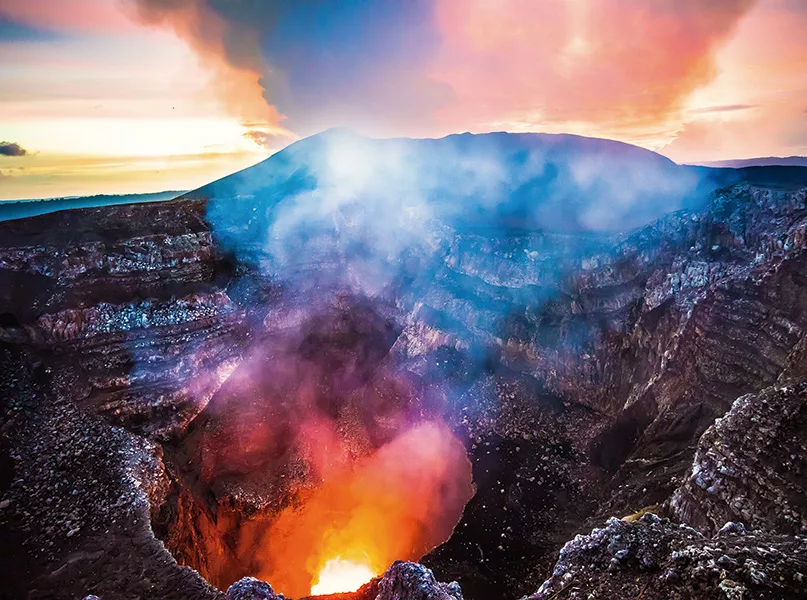
Are you optimistic for the future of tourism in Nicaragua and how do you forecast its development?
YC: Tourism in Nicaragua is growing. We have exceeded the levels of tourist arrivals in comparison with the COVID-19 pandemic period, and our air connections with priority markets have been restored. It is a gradual and positive process in which various tourism products have been created in coordination with the private sector, working and providing support to improve and strengthen conditions for Nicaraguan families and international tourists.
Finally, what makes 2023/24 the ideal time to visit Nicaragua?
YC: Our privileged geographical location, good security, excellent roads, exceptional year-round climate, natural beauty, infrastructure, and new hotel investments all position Nicaragua as an attractive destination to live an enriching and unique experience. Every corner of the country has something to surprise you and I can assure that you will be warmly welcomed by the Nicaraguan people.
“Every corner of the country has something to surprise you and I can assure that you will be warmly welcomed by the Nicaraguan people” Yaosca Calderón, Minister, INTUR
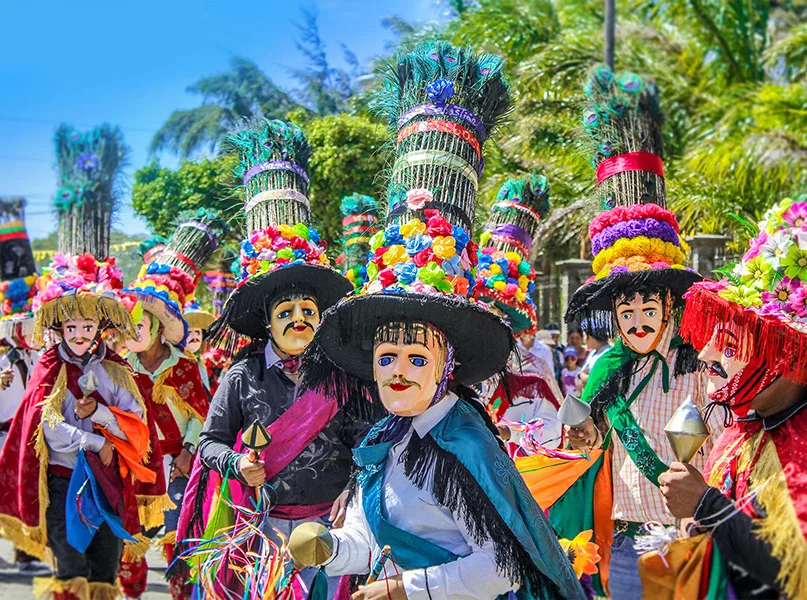
NICARAGUA’S COLONIAL CITIES IN FOCUS
Nicaragua is unique in having been colonised by both the Spanish and the British. Today, this historic legacy is best appreciated in the architectural splendour of the country’s cities and churches, which have been constructed on these lands over the past 300 years.
Founded in 1524, Granada is the oldest city in Nicaragua and stands out as one of its most popular attractions. Its cobblestone streets, lined with houses clad with elegant, sweeping balconies and vast double doors, are like wandering through a time capsule into a bygone era. Many tourists choose to use Granada as a base for their stay in Nicaragua, thanks to its historic attractions, laidback café culture, and proximity to other locations in the surrounding countryside, such as the Parque Nacional Archipiélago Zapatera, which is home to one of the most impressive collections of petroglyphs and statues in the country.
An equally appealing magnet to those seeking to explore Nicaragua’s colonial history, is the creative and cosmopolitan city of Santiago de los Caballeros de León, more commonly known as León. As Nicaragua’s second largest city, located just 93 kilometres from the capital of Managua, León is known as the University City, thanks to its vibrant student population. Visually, it stands out for its evocative array of Baroque churches, quaint cobbled lanes and faded mansions. León is also renowned for its political history, once considered the passionate home of revolution in Nicaragua. Today, it celebrates a burgeoning reputation as a cultural capital that hosts art collections, eclectic gastronomy, captivating nightlife and an edgy student scene.
Both of these colonial cities encapsulate the combination of religion and history and blossom into places of pilgrimage during Holy Week. Throughout both Granada and León, visitors cannot help but admire the majestic beauty of their foundations and the captivating melange of pre-Columbian cultures merged with European influences.
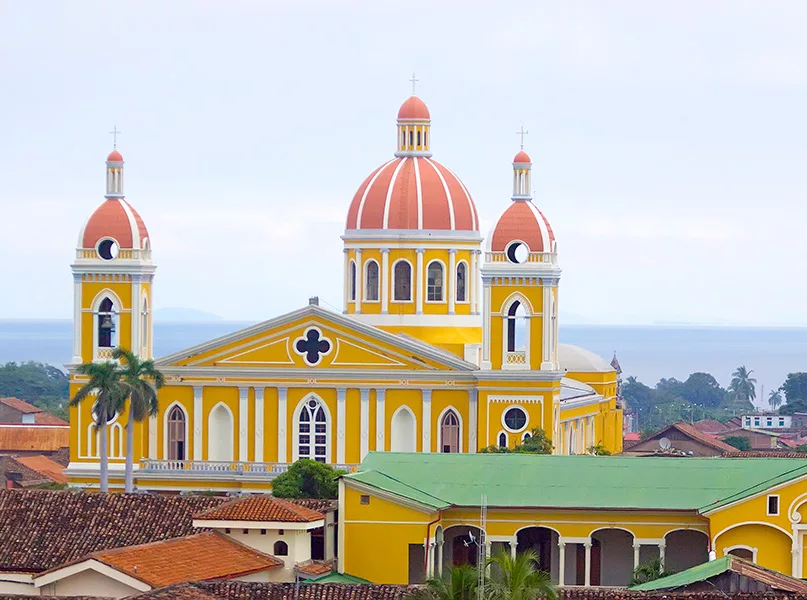
LANDMARK ATTRACTIONS
San Juan del Sur
A surf lover’s paradise, this rustic fishing village boasts an undeniable laidback charm and the best beaches in Nicaragua. Found on the Pacific Coast, spanning a horseshoe-shaped bay bordered by rainforest choked mountains, turtles can be seen hatching on these golden beaches between September and April. The bustling port town also showcases an array of hotels and restaurants, and a lively nightlife scene.
Ometepe Island
The largest freshwater island in the world, Ometepe can be found on the inland sea of Lake Nicaragua. An unspoilt Eden of natural wonders and pristine landscapes – thanks to its isolated location reached only by regular ferries and its protected status as a Biosphere Reserve – the island’s silhouette is defined by the two soaring volcanoes of Maderas and Concepción.
Cerro Negro
As Nicaragua’s youngest volcano, a climb up Cerro Negro should feature on the itinerary of any thrillseeker. Located in the department of León, adrenaline junkies flock here to sandboard down its dramatic slopes on narrow wooden planks, reaching speeds of up to 60 kilometres per hour. Other thrills include mountain biking, hiking, or simply admiring the jaw dropping panoramic views.
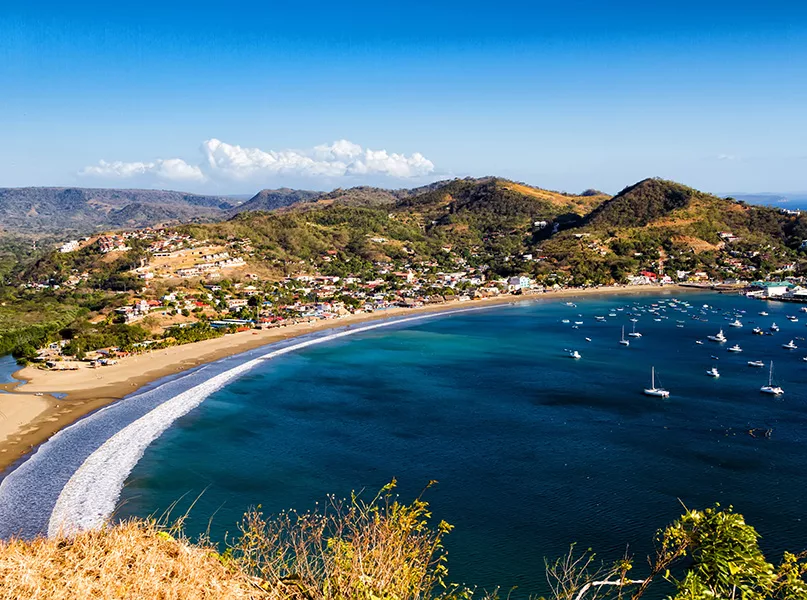
GETTING THERE AND AROUND
Augusto C. Sandino International Airport (MGA), located just nine kilometres outside the city of Managua, is Nicaragua’s primary transport hub. Connecting flights from neighbouring capitals land here, alongside strategic international connections with direct services from major US cities including Houston, Atlanta and Miami.
For getting around the country itself, you may choose to do so either by plane, boat, car rental or bus. MGA is the hub for most domestic flights, which are the best way to reach further flung destinations such as the Corn Islands and Puerto Cabezas.
Managua itself is famously difficult to navigate, and taxi hire here is generally considered the most effective option. This is also car hire central for those seeking independence in exploring the country at their leisure. Nicaragua generally boasts a good road network, particularly thanks to the Pan-American Highway, although inevitably, more rural destinations may require journeying along rustic dirt tracks. Alternatively, bus travel is a fantastically feasible and budget-friendly option, with a well-connected network running throughout the country. This can range from comfortable air-conditioned inter-city coaches to minivans or the local buses that make use of iconic yellow North American school buses. Although the latter may not be the most comfortable or quickest means of travel, it is sure to provide an unforgettable and authentic Nicaraguan experience.
It is likely that at some stage, your Nicaragua itinerary will include boat travel, since this provides an essential link for navigating the country’s lakes and waterways, especially along the Atlantic Coast. Typically used by tourists, a cargo boat connects Granada and San Carlos, bypassing Ometepe Island, while smaller vessels – known locally as pangas – serve routes between Bluefields and Pearl Lagoon or El Rama.
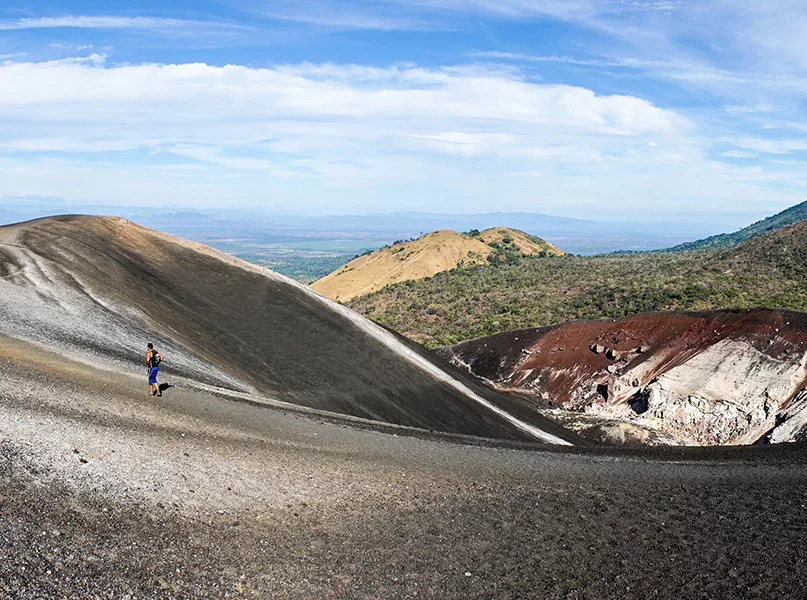
View this post on Instagram A post shared by Outlook Travel Magazine (@outlooktravelmag)

Nicaragua : Tourism Insights
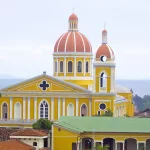
Nicaragua’s Colonial Cities In Focus
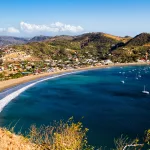
Nicaragua : Landmark Attractions
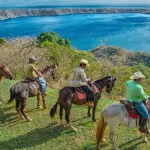
Getting To and Around Nicaragua
Central america.
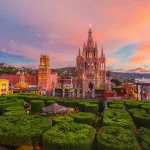
San Miguel de Allende Travel Guide
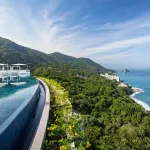
Puerto Vallarta Travel Guide
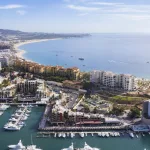
Los Cabos Travel Guide
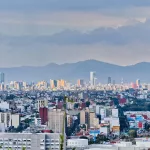
Mexico City Travel Guide
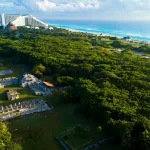
Quintana Roo Travel Guide

Jordan Banks : Behind the Lens

Tootbus : Travel Business

Queensland Indigenous Womens Ranger Network

Under SXM : Creating Sustainable Underwater Experiences

Hidden Spots for Cherry Blossom Season : Round Up

Urbino : The Last Stop

Enrico Costantini : Behind the Lens

Lepogo Lodges : A Sustainable Safari Experience

Casa de Olivos : Sustainability Stories

Opulence on the Orient Express
Sign in to your account
Username or Email Address
Remember Me
Suggestions
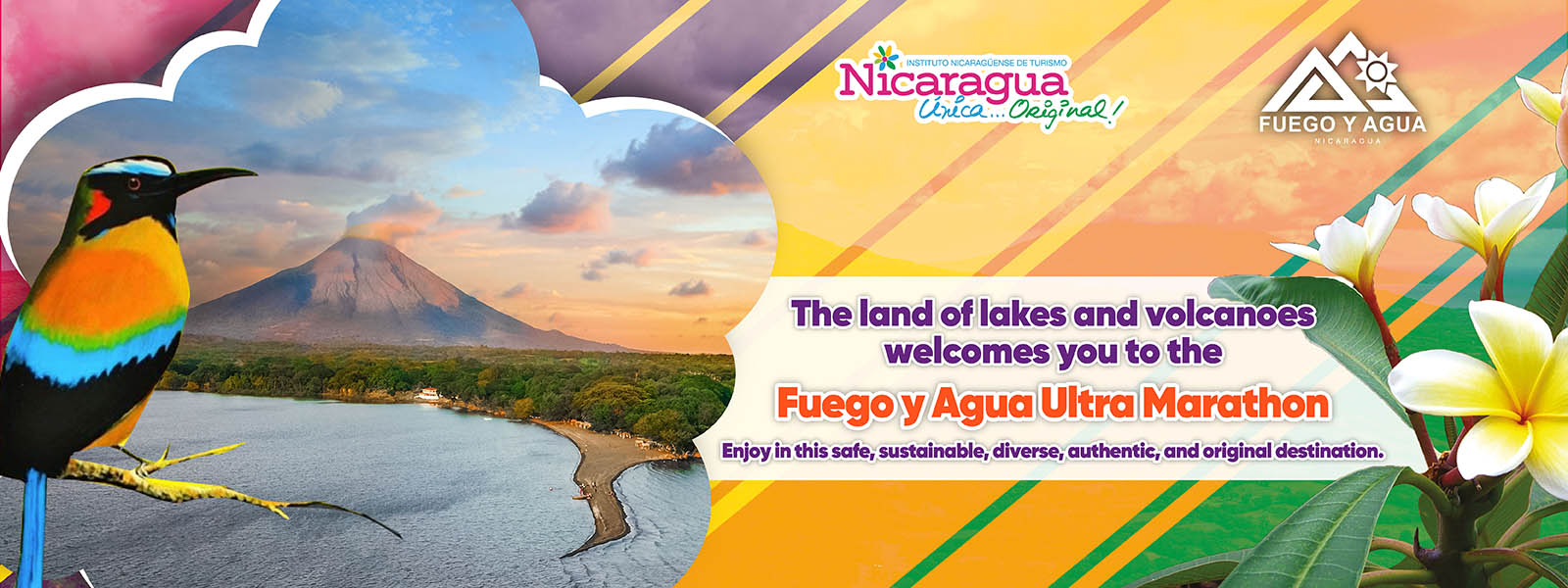
Ometepe experienced a “Fire and Water” weekend
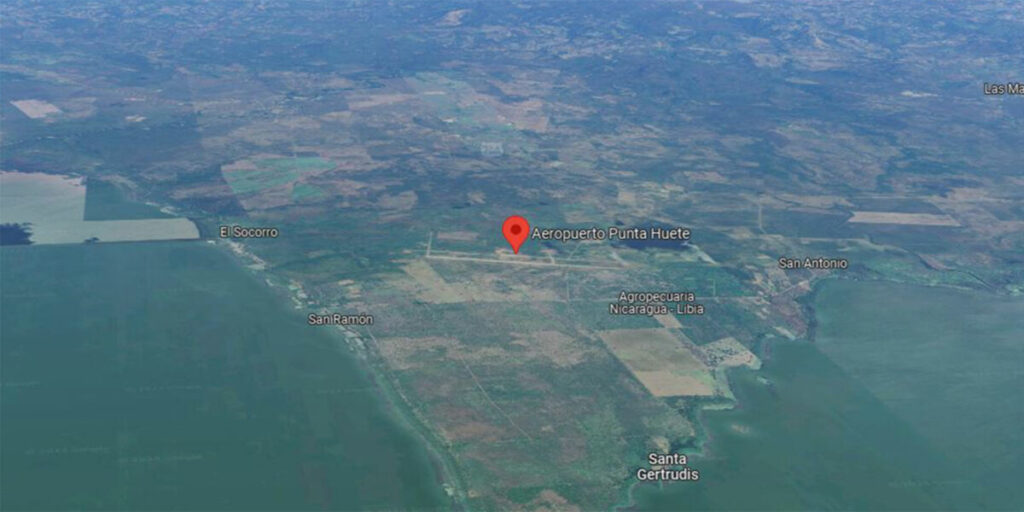
Nicaragua will build the Punta Huete International Airport
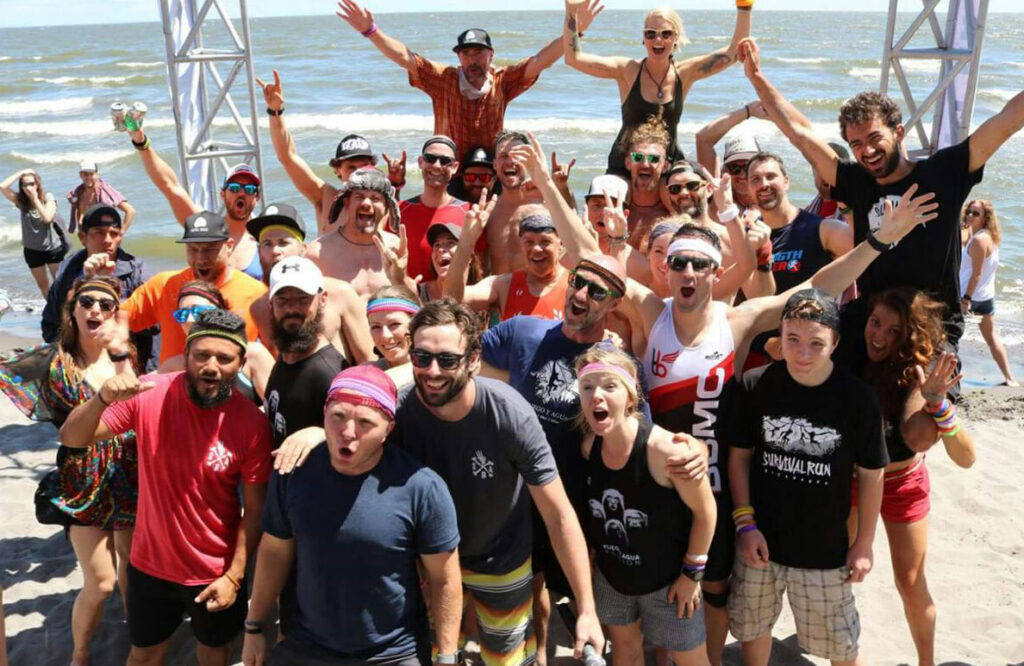
Ometepe: Setting for the Fuego y Agua Ultra Marathon

Travel across Lake Cocibolca to the island of Ometepe with the new fast ferries.
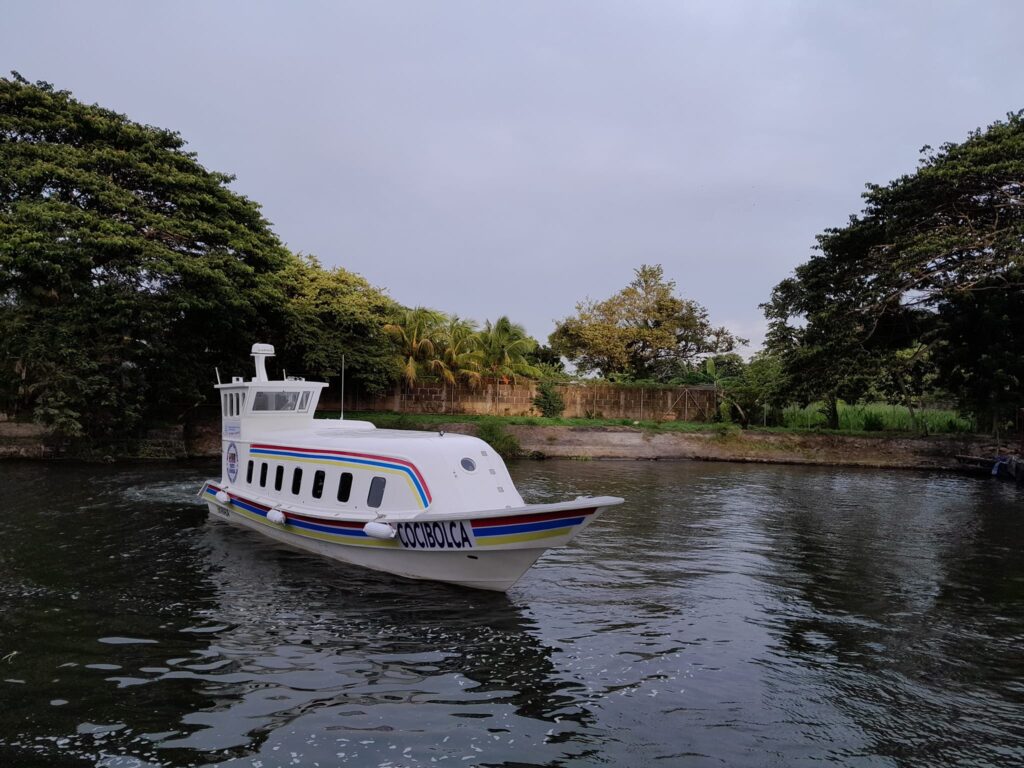
The fast ferries Solentiname and Cocibolca come to ensure agility, safety, and comfort for national and foreign tourists, with commercial and private services lasting one hour and ten minutes for Granada – Ometepe and 20 minutes for San Jorge – Ometepe. These vessels are equipped with air conditioning and airplane seats to provide comfort to travelers. In addition, their speed allows them to move from one point to another in a short time. They were built by Nicaraguan hands with the collaboration of German engineers, making these works innovative. More information: +505 86845051…
“Top 7 Must-Do Experiences When Visiting Nicaragua”
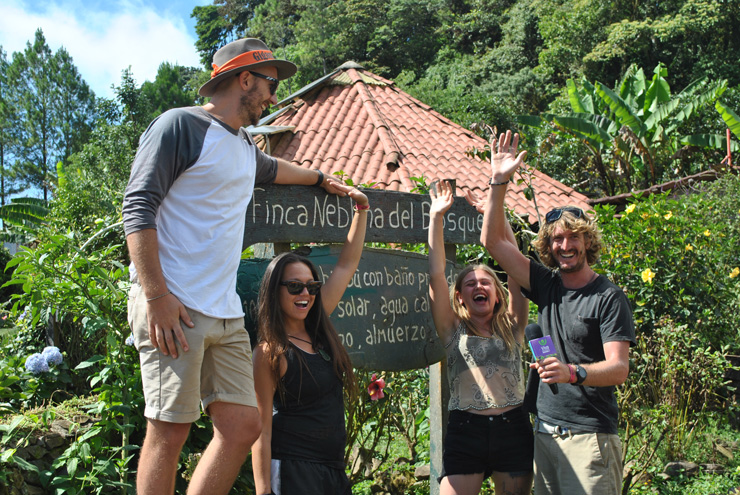
“Discover the diversity of Nicaragua by exploring these seven must-visit destinations. From the picturesque colonial streets of Granada to the majestic waterfalls of the Tisey Estanzuela Reserve, each place offers a unique experience. Marvel at the natural spectacle of the Masaya Volcano, and relax on the pristine beaches of San Juan del Sur. With history, nature, and adventure around every corner, Nicaragua awaits you with open arms.” I. Explore Granada This charming colonial city is one of Nicaragua’s most popular destinations. Wander through its colorful streets, visit historic landmarks like the Cathedral of Granada, and enjoy a boat tour of…
Maddy’s Avenue: 10 unforgettable things to do in Granada
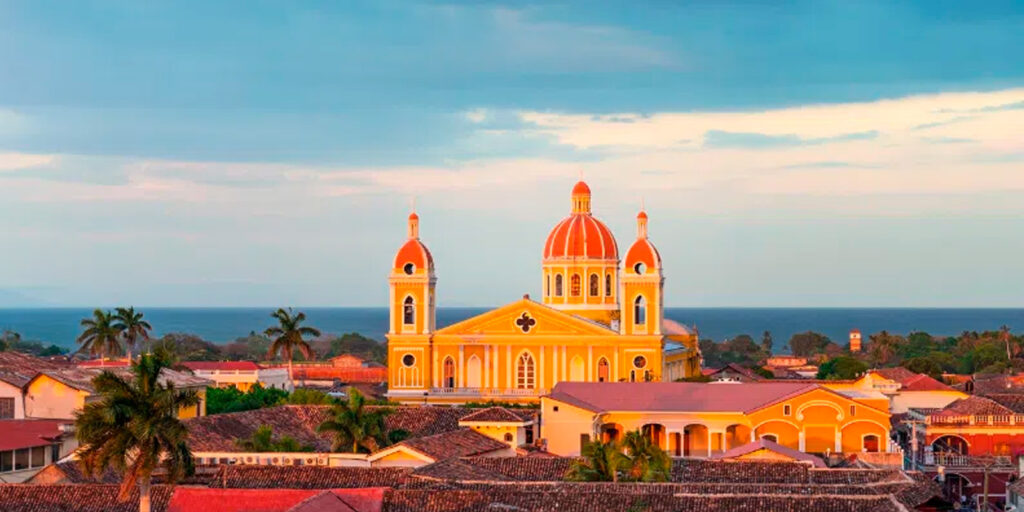
Maddy’s Avenue is a travel and recipe blog, created by Californian Maddy Cornelius, who arrived in Nicaragua in October 2023 with her collaborator Melanie Gordon, who has dedicated different articles to describe the natural magnificence of the land of lakes. and volcanoes. On this occasion, Granada has inspired her to write an extensive recommendation about the heritage city Granada, one of the main destinations for travelers who come and fall in love with Nicaragua. For Melanie, the tourism capital has countless incredible things to do and eat, and she says it is the perfect destination for those looking to immerse…
Searching for a pearl in the Caribbean of Nicaragua

The early morning lights fade in the rearview mirror as we begin our journey towards the Pearl Cays, a paradisiacal corner surrounded by water on the Southern Caribbean Coast of Nicaragua. We leave Managua and for six hours we are accompanied by the certainty that it will be a trip full of adventures and discoveries. We arrive at Laguna de Perlas, a municipality that houses the Cayos Perlas Wildlife Refuge, we are welcomed by its warmth, its Afro-Caribbean culture and its people who look at us attentively, recognizing our faces, sure that we do not belong to their atmosphere or…
Visit Corn Island and celebrate the Emancipation from Slavery Festival

The Corn Islands are one of the best-kept treasures of Nicaragua and Central America, an ideal destination for those who want to escape the bustle of the city and relax on the shores of the Caribbean. At the end of August, the islands are filled with joy and lots of colors, locals celebrate the emancipation of their ancestors, who after being subjected to slavery were freed almost two centuries ago. Here’s what to see and do on the Corn Islands during the Emancipation from Slavery Festival. Cultural Activities From August 27 to 29, the Corn Island archipelago hosts a series…
Where to see turtles in Nicaragua?

Nicaragua is one of seven places in the world where turtles arrive massively from the Pacific Ocean to nest. Locals, the Navy and environmental authorities safeguard these creatures, such as paslama, tora and torita, from hunters and predators, when they arrive to the coast, ensuring that they complete their reproduction cycle and return safely to the ocean. It is possible to see sea turtles up close in Nicaragua. Here are two places you can visit and some recommendations. Rio Escalante Chacocente Wildlife Refuge With an area of 29,604 hectares, this refuge is located between the departments of Carazo and Rivas,…
6 places to visit in the Caribbean of Nicaragua

Nicaragua’s Caribbean is fascinating and irresistible, its turquoise waters, friendly people, vibrant cultural expressions and multi-ethnicity give another unique touch to this region, which is also rich in natural beauty and exquisite cuisine. These are six places recommended by collaborators of Visit Nicaragua to discover in the Caribbean region of Nicaragua. El Paraíso Beach: Located in Puerto Cabezas in the North Caribbean region. Here you can enjoy beautiful landscapes, have picnics, camp and refresh yourself in the waters of the Dakura Lagoon, situated in the Tawira indigenous territory. Karatá lagoon and community: Spend time with the locals of this indigenous…
Discover Nicaragua’s 12 tourist routes

Nicaragua is a country full of surprises and exciting adventures, with incomparable natural and cultural beauty that offers an unforgettable travel experience. Discover 12 of the country’s tourist routes where you can experience priceless moments while enjoying delicious food, a verity of cultural expressions, nature and friendly people. Segoviana Route: It comprises the departments of Estelí, Madriz and Nueva Segovia. Here you can enjoy rural and community tourism and a rich cultural and natural diversity that includes geoparks, mountains, handicrafts and indigenous communities. Matagalpina Route: Here you can experience rural, nature, agrotourism, ecotourism, adventure and cultural tourism. Travelers can get…
We’re on the road right now – join in on the fun and follow @thebrokebackpacker on IG!
- Meet the Team
- Work with Us
- Czech Republic
- Netherlands
- Switzerland
- Scandinavia
- Philippines
- South Korea
- New Zealand
- South Africa
- Budget Travel
- Work & Travel
- The Broke Backpacker Manifesto
- Travel Resources
- How to Travel on $10/day
Home » Central America » Nicaragua » Backpacking Guide
Backpacking Nicaragua Travel Guide
Backpacking Nicaragua was without a doubt my favourite adventure in Central America. With chilled surfing beaches, crazy party towns, towering volcanoes and stunning landscapes, backpacking across Nicaragua is an experience unlike any other.
Travelling to Nicaragua is relatively easy and you can arrange pretty much all of your travels yourself. Best of all, Nicaragua is a very easy country to go backpacking in; it’s cheap, safe, and small – meaning the travel distances aren’t too awful.
While its southern neighbor Costa Rica remains the more mainstream backpacking destination, Nicaragua is fast becoming a far cheaper (and better) alternative. Whether you dig beach time, adventure sports, hiking, partying, or all of the above, Nicaragua has some pretty awesome adventures to get into.
This Nicaragua travel guide includes everything I learned in my 6 weeks there and all you’ll need to prepare for your backpacking trip in one of my favorite countries on earth.
Get information on Nicaragua travel itineraries and backpacking routes, maps, travel tips, safety, things to do, and much more. Most of all you will walk away with all the inspiration you need to make the most of your trip without breaking the bank. Vamonos Pues!
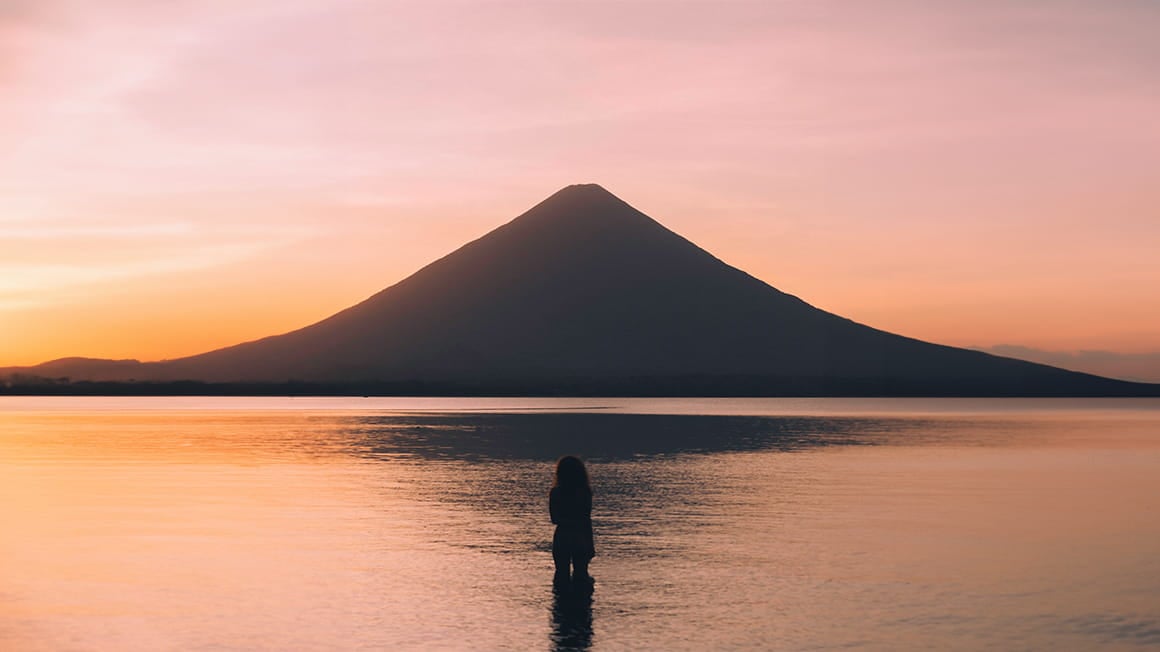
Why go Backpacking in Nicaragua?
If you’re backpacking Central America , consider checking out this beautiful country is a no-brainer. Travelling in Nicaragua offers up the opportunity to explore and experience a variety of unique landscapes and local culture. Most people will start their journey on the coast if they are arriving from neighboring Costa Rica or Honduras. The capital city of Managua is home to the international airport.
If you are flying in, you can catch a bus from Managua to most places of interest. There is a booming scene of expats who are committed to spending most of their year surfing Nicaragua’s Pacific coast.
Nicaragua’s colonial cities of Grenada and Leon are full of interesting locals, open-air markets, history, and a good party scene. This is also where you’ll find lots of Nicaragua’s hostels and backpacker accommodations.
The volcanic island of Ometepe is straight outta backpacker heaven. You can explore miles of dirt roads on a motorbike, swim under waterfalls, and hike a volcano. Then there is the rum. The Caribbean coast is isolated, wild, and stunningly beautiful. A journey to Nicaragua’s less-visited Caribbean coast is full of exploration potential. Luckily, the Corn Islands are yet to be touched by the backpacker hordes (probably because they are more expensive than anywhere else in Nica).
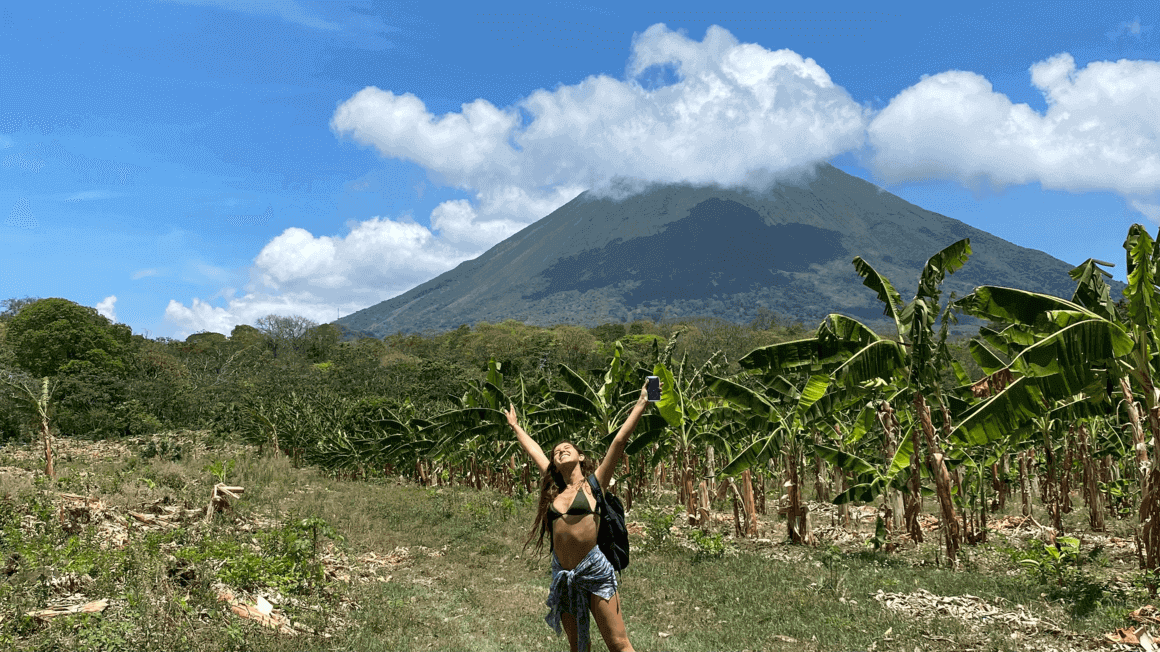
Best Travel Itineraries for Backpacking Nicaragua
Places to visit in nicaragua, top things to do in nicaragua, backpacker accommodation in nicaragua, nicaragua backpacking costs, best time to travel to nicaragua, staying safe in nicaragua, how to get into nicaragua, how to get around nicaragua, backpacker work in nicaragua, nicaraguan culture, some unique experiences in nicaragua, final thoughts on nicaragua.
Below I have listed several travel itineraries for backpacking Nicaragua. If you have a month or more to visit Nicaragua, it’s easy to combine a couple of these itineraries and put together a larger backpacking route.
4 Weeks: Nicaragua Highlights
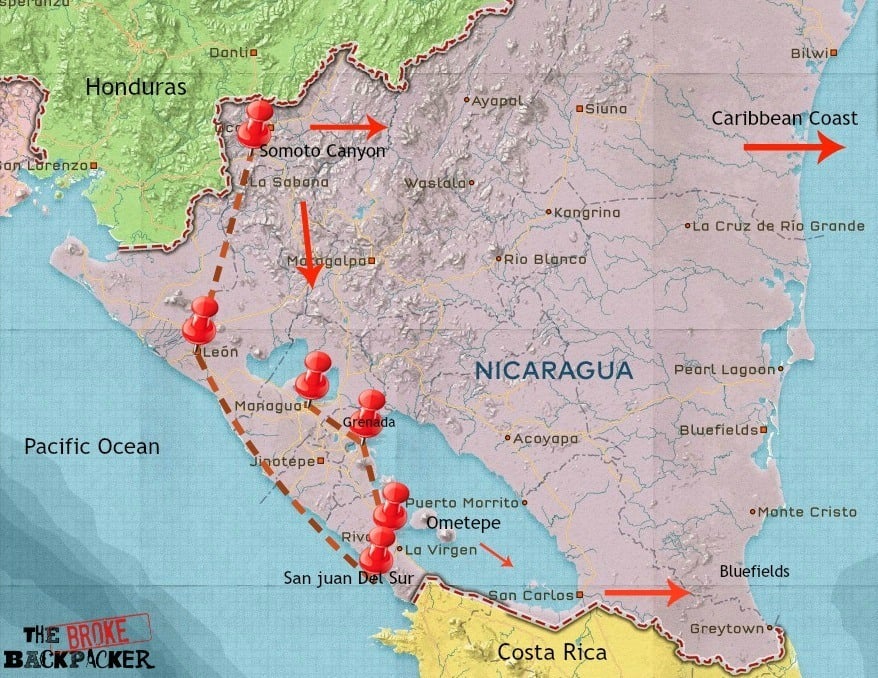
A month is a perfect timeframe to see a generous swath of the country. This Nicaragua itinerary has you starting off from the capital Managua; however, you can easily start from the north or south as well. Soak in the vibes in Grenada before heading to Ometepe. You can catch a ferry from Rivas to Ometepe for about $2 USD.
For the loudest party, and also most gringofied town in Nicaragua, head to San Juan Del Sur. There are some great places to surf directly around SJDS. The quieter beaches are short drive south. You can check out more great beaches as you cruise the coast north towards Leon.
From Leon, head to Somoto Canyon to explore one of Nicaragua’s most beautiful natural landscapes. From here you can carry on to the interior of the country if you wish, or you can head back to the coast to chill and drink rum on the beach. If you still have a bit of time to work with you can head to the Caribbean coast, either by air or by boat. Catching a boat is way more fun. Like way more fun. Think untouched rainforest, dense jungle, and slow scenic travel.
Two Weeks: Explore Pacific Coast, Cities, and Volcanoes
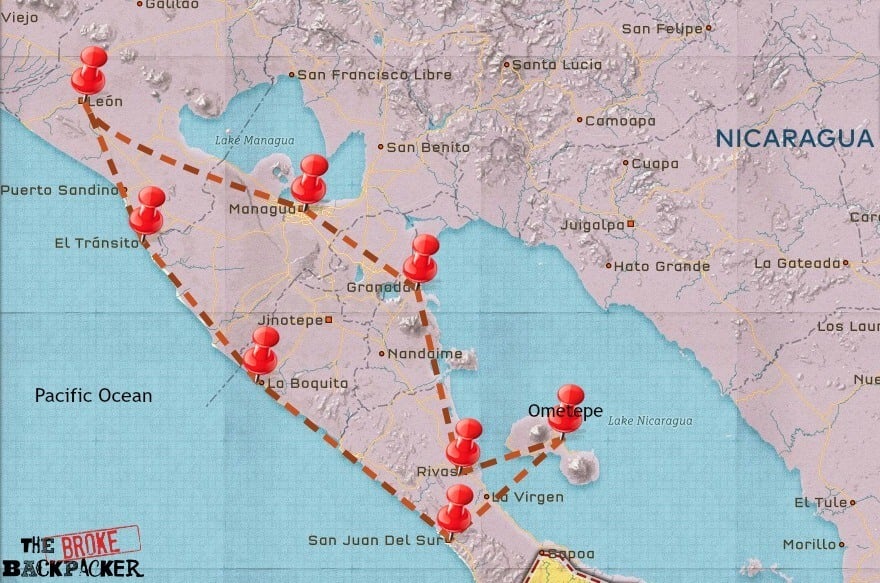
Some of my favorite places in Nicaragua are relatively close to each other. This means tackling a two week backpacking route is easy and also shouldn’t involve a single 10-hour bus ride. Of course, this backpacking loop can be flexible according to your own interests and tastes. If you love Ometepe, stay there for a week.
Keen for some surf? You can dig into to life at a surf camp. If cities and history are your thing, spend a couple extra days in Leon or Grenada. Some of the best, untouched beaches in the country can be found on the coastal stretch between San Juan Del Sur and El Transito.
10 Days: Explore the Caribbean Coast
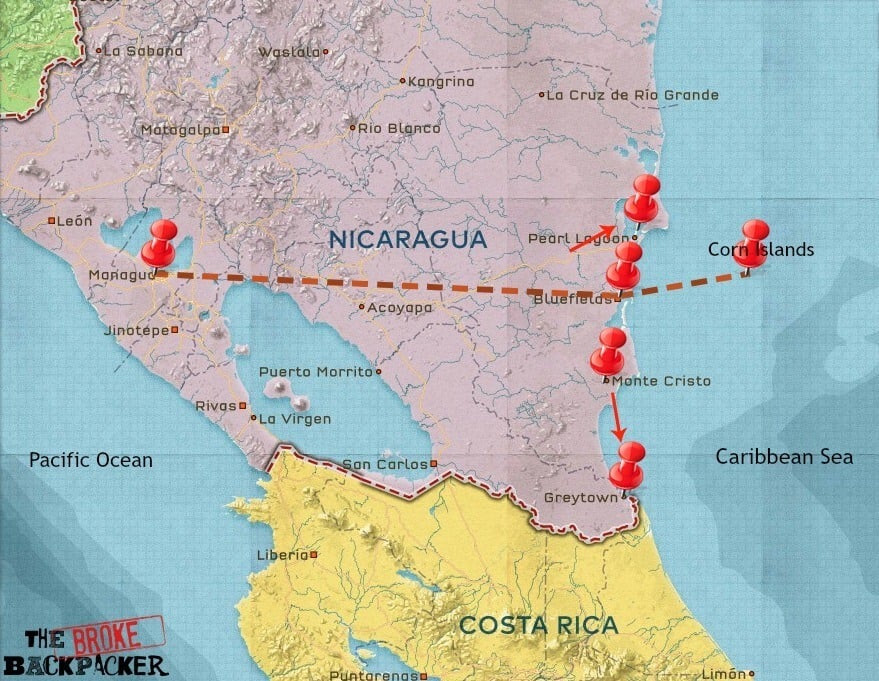
When it comes to getting to the Caribbean, you have two options. You can either fly to Big Corn Island from Managua (with returns costing around $180) or you can take a series of buses and boats for around $30. From Managua, catch a bus to El Rama and then a boat down the river to BlueFields, maybe pause a day in BlueFields to check out the legendary cocaine scene.
From Blue Fields, catch another boat to Big Corn Island and then a panga – a small boat – to Little Corn. Little Corn is a great place to spend a few days exploring, swimming and snorkeling. You could also check out the Pearl Keys, but you would need to hire a boat and this would be expensive.
Whilst the Corn Islands do receive a bit of tourist traffic, a vast majority of the Caribbean coast sees far less backpacker traffic than other parts of the country. The potential for off the beaten path travel here is enormous.
Now that we’ve covered some of the best travel itineraries for backpacking Nicaragua, let’s dive in and explore some of the best places to visit in Nicaragua on your adventure…
Backpacking Managua
When I first arrived in Managua I was greatly underwhelmed. The city is not exceptionally pretty and it felt strangely Americanized due to all of the American fast-food joints and strip malls. Managua is a major transportation hub for the country, so if you are traveling around Nicaragua, you are bound to pass through Managua at some point.
There are some fun things to do in Managua, however. If you have a day or two to kill in the city, I recommend a hike to the highest point in the city: the hill of Tiscapa. From here you can escape the chaos of the city while catching some great views.
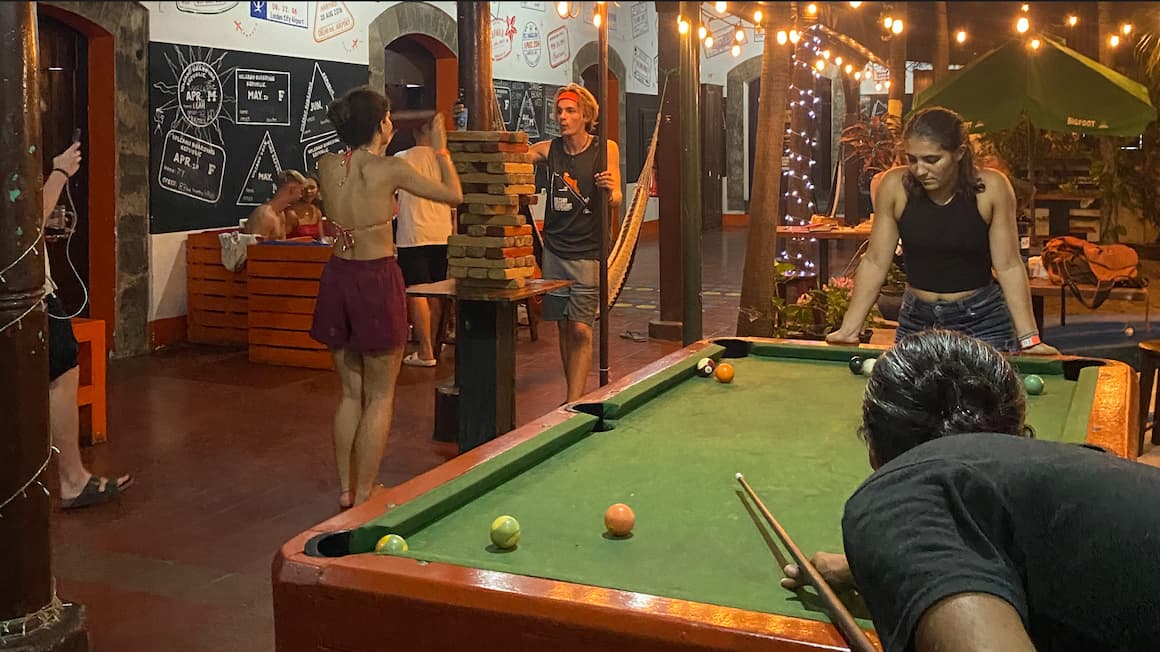
The Santiago Cathedral is an impressive building worth a visit. Fun fact: the cathedral is one of the few old buildings in the city that wasn’t completely destroyed by the devastating 1972 earthquake that wreaked havoc on most of the urban landscape.
The Santiago Cathedral is an impressive building worth a visit. Fun fact: the cathedral is one of the few old buildings in the city that wasn’t completely destroyed by the devastating 1972 earthquake that wreaked havoc on most of the city.
Backpacking Leon
This stunning colonial city is a great place to get stuck. I ended up lingering here for nearly two weeks in the extremely comfortable Trailwinds Hostel. Wherever you stay, try to find a hostel in Leon with a kitchen as eating out every day get’s expensive.
The Pan Y Paz bakery is well worth finding for delicious bread, pastries and coffee and if you really fancy splashing out head to Carnivore for amazing meat dishes or Antonino’s for big pizzas.
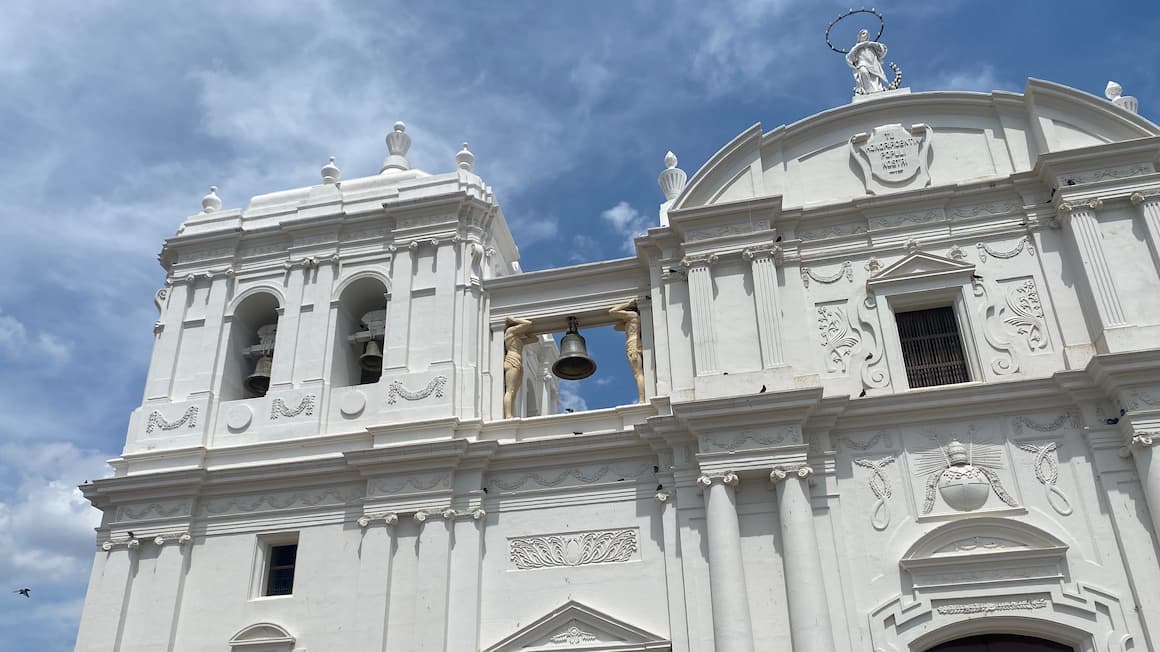
In the evening, there are plenty of hopping bars with one of the liveliest scenes being at the Bigfoot Hostel. Make sure to check out the stunning cathedral in the main square, for just a dollar you can get right up on top of the whitewashed roof where you will be rewarded with stunning panoramic views of the city.
The nearby art museum, Museo de Arte fundación Ortiz guardian is also well worth a look and a good place to spend an afternoon. Whilst in Nicaragua keep an eye out for the greatest smoothie chain in the world – Siembras y Cosechas – I recommend going for the raspberry, blueberry and pineapple shake! You can also arrange a visit to a cigar factory from the city and this is a great way to spend an afternoon.
Backpacking Somoto Canyon
This is must for any adventure-junkies itinerary. Exploring Somoto Canyon is definitely worth it if you have the time. Just bear in mind that the canyon is a five hour journey from Leon by chicken buses and so you can end up losing two whole days just getting there and back from Leon.
I do not recommend going with a tour company; it’s a waste of money. Instead, just rock up at the canyon entrance and hire a guide for $25 for the day. The guide will provide you with life-jackets and everything else you need to explore the canyon safely, you will spend the day floating, swimming and jumping into the river winding through the canyon.
Some of the jumps, many of which are optional, are up to eighteen meters high! If you choose to spend the night, I recommend crashing at ‘Henri’s Farm’.
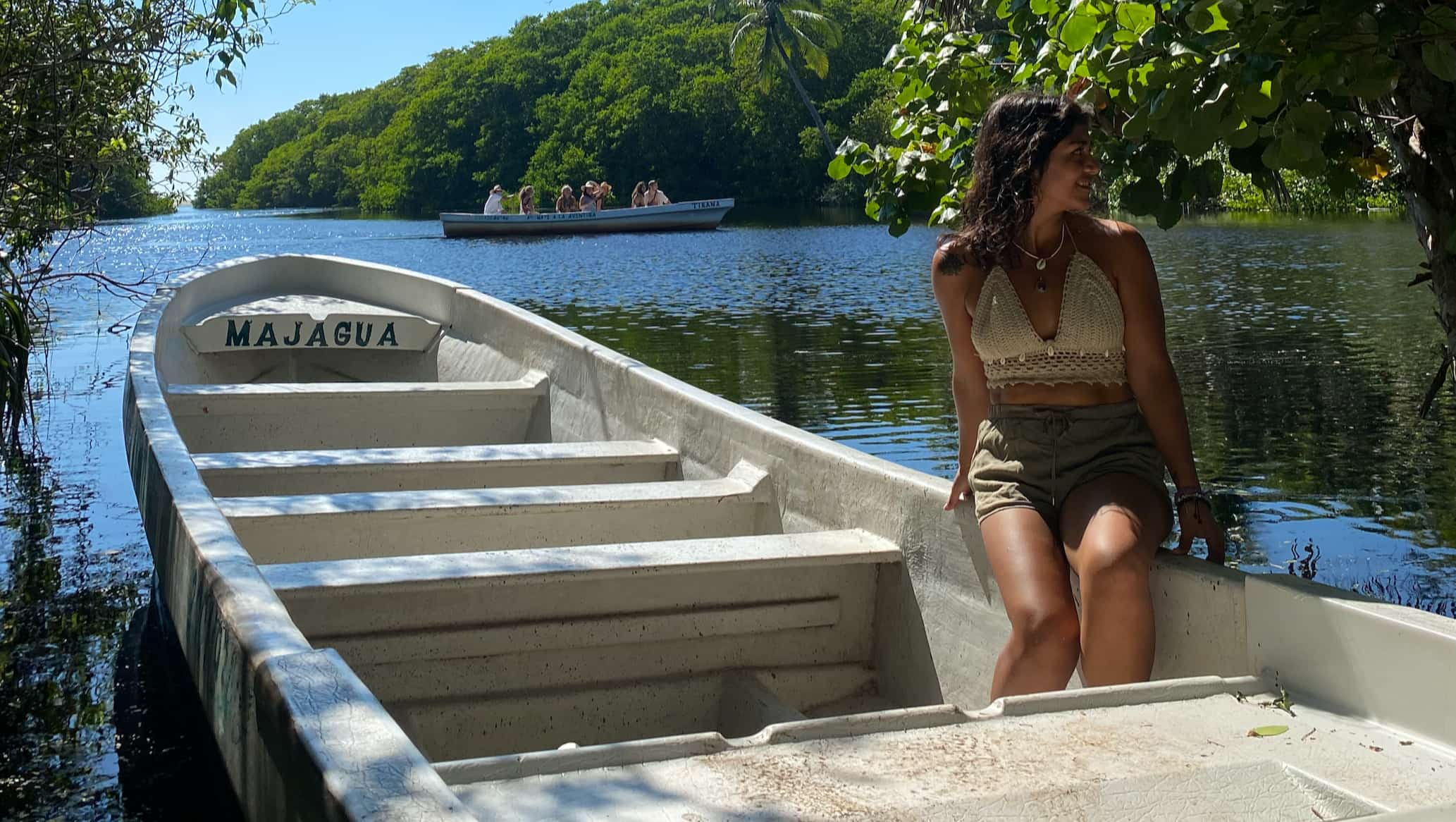
Backpacking Granada
An easy hop from Leon by chicken bus, Granada is another colonial city with gorgeous buildings, a vibrant night-life and historical sites. You don’t need too long, perhaps just a day, to get a feel for this city but make sure you visit the cathedral and bargain hunt for hand-made souvenirs in the central square.
Be sure to stay in the incredibly good value Hostel Oasis and to find the Hot Dog Connection for some of the cheapest and tastiest burgers in all of town.
If you’re feeling adventurous, you could also check out the nearby Pojo de Rojo Treehouse hostel but be warned, this hostel has seen much better days and the vibe just feels all wrong. Choosing the right accommodation can make or break your trip, choose your Granada hostel wisely!
Backpacking Laguna De Apoyo
My all-time favorite place in all of Central America is Laguna De Apoyo, you should definitely make the effort to head to this enormous fresh-water lagoon, which is a short hop from Granada. Stay in Paradiso for a couple of nights, you won’t regret it. Love photography ? Capture Nicaragua’s different shades of color as the tangerine sun dances along the edges of the lake.
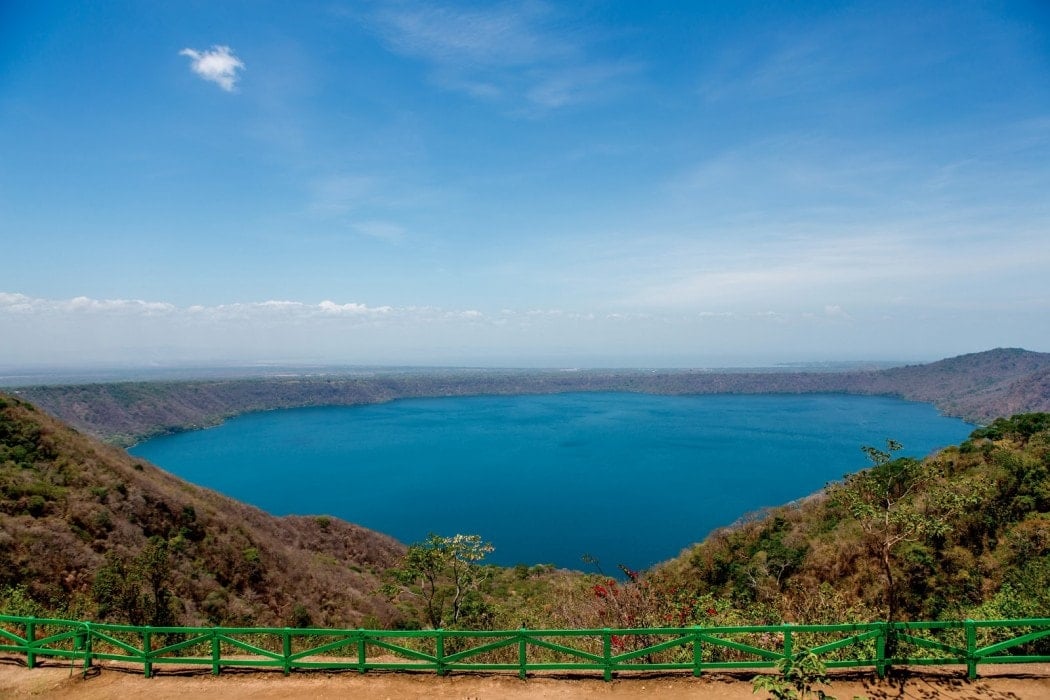
Backpacking Ometepe Island
From Granada, take a chicken bus to Rivas and another bus to San Jorge to catch the ferry to Ometepe Island . Most travellers opt to spend a couple of days here: one exploring the island by motorbike (you can hire one for around $20 a day) and another to hike to the top of Maderas Volcano. You can easily spend a week here.
I recommend staying at the Landing Hostel , it is cheap, friendly and right next to the ferry dock. For breakfast, check out the Corner House. Ometepe has it all. Once you have a motorbike you can leave the main traveler hubs to discover an island that is surprisingly underdeveloped. La Cascada de San Ramón is a waterfall tucked back in the hills close to the village of Merida. Hint hint… Go there and cool thyself!
Long story short a hike there is rewarded with a brilliant swim in the pool underneath the waterfall. The water is crisp and cool and feels like heaven with the mid-day sun burning over head.
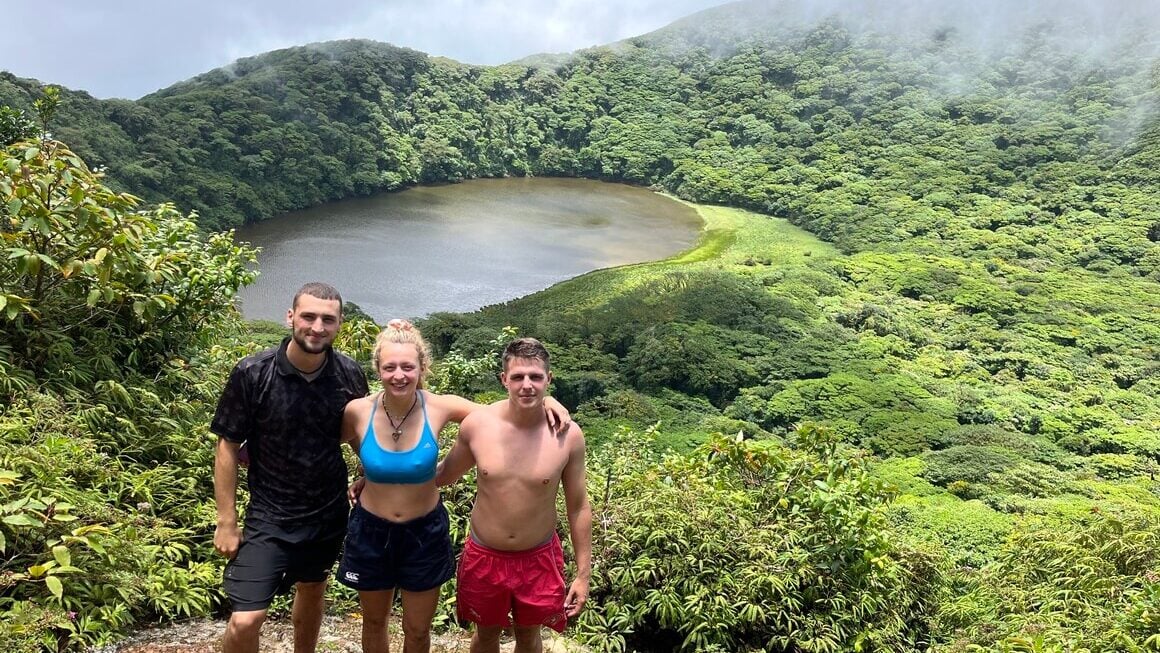
Backpacking San Juan Del Sur
As soon as you arrive in Central America you will start seeing ‘Sunday Funday’ tank tops upon hordes of backpackers. This near-legendary event consists of getting well and truly plastered on a Sunday pub-crawl. My sources have informed me that both cocaine and MDMA are available in San Juan Del Sur, but I met more than one backpacker who had been screwed over so be careful.
Inside San Juan Del Sur itself, there isn’t much going on, besides an amazing Italian Gelato place (go for the Nutella!). SJDS is mostly just a party town. The real charm is in the surrounding beaches. It makes for a good pitstop if you are enroute to Costa Rica, or just feel like a few days of eating and drinking. To get a proper idea of what the area is about, definitely hit up the beaches just outside of town.
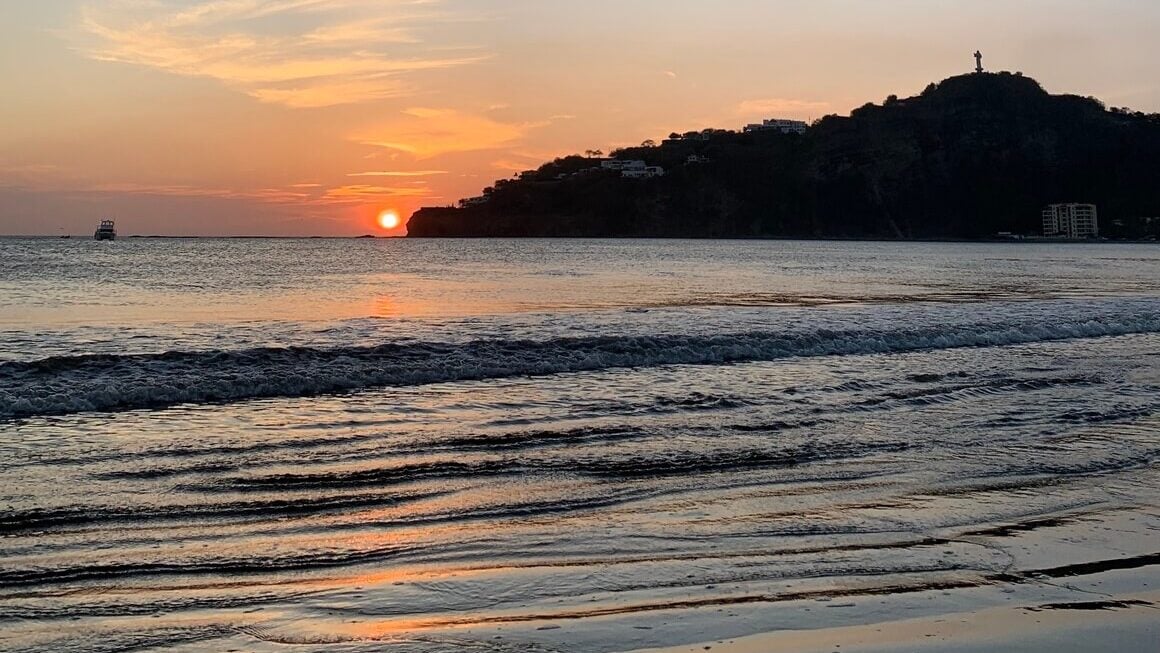
Backpacking Playa Madera
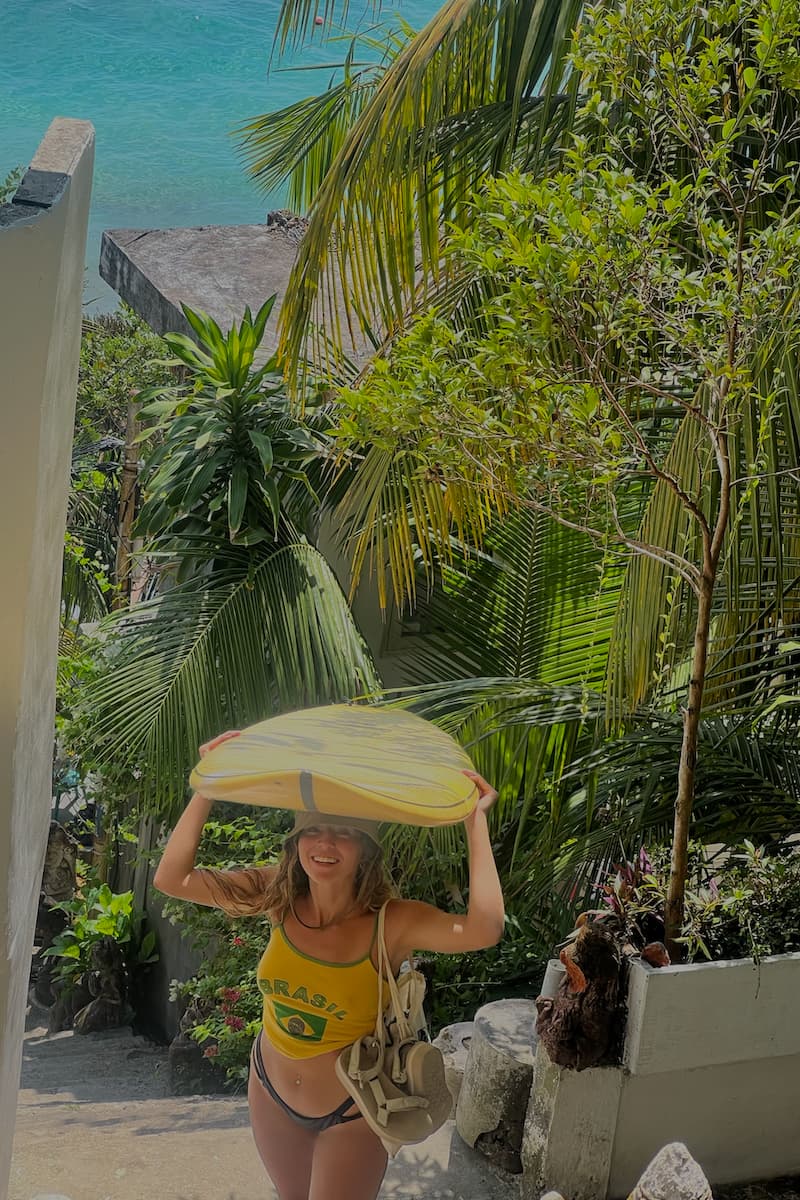
A popular surfer hang-out, this is a good place to rent a board for a day ($10) and hit the waves. Most travelers backpacking Nicaragua want to have a crack at surfing and this is one of the best places to learn.
This beach is however normally pretty busy and the food is very expensive. Bring snacks. Likewise, it is an expensive place to stay although if you have a tent you can camp for free. I recommend turning right (as you face the ocean) and walking along the beach, over the rocks and onto the next beach along.
This is a much quieter place to stay with just one small restaurant and two guesthouses, Matilde’s is the best option. If you have the time, you can rent a house to live in from just $20 a day. The next beach over from Matilde’s is completely isolated – it takes just two minutes to walk there but there are currently no buildings, whatsoever.
It is pretty much like having your own private beach. If you’re there at the right time of the year, you may see baby turtles scrambling down towards the sea.
Backpacking Bluefields
If you’re keen to check out the Corn Island, then you will certainly pass through Bluefields first. One can score some of the best ceviche in Nicaragua from one of the food stalls here.
Rumor has it that Bluefields is a place where drugs, specifically cocaine is abundant. While it can be a good time to sniff a few lines, do not blow your entire budget on getting high. Also, keep in mind that the cocaine trade is responsible for thousands of deaths across Central And South America. Not to make you feel bad, but it is important to keep that in mind when deciding where to spend your cash.
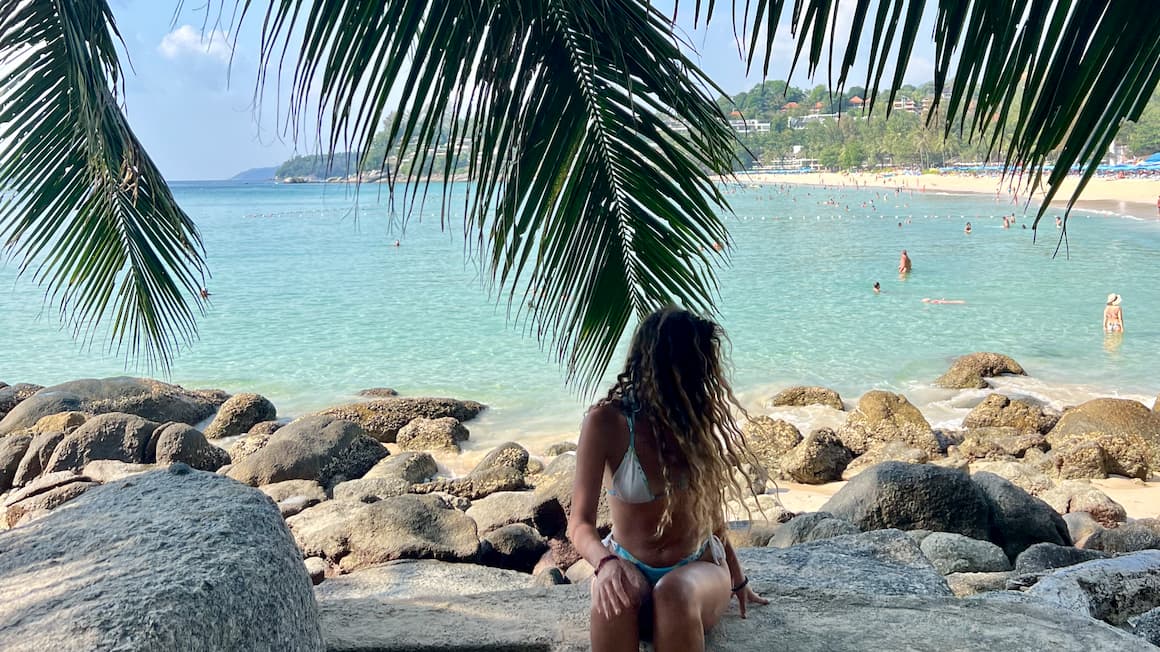
Reserva Silvestre Greenfields is a beautiful nature reserve where you can go hiking or rent a canoe. It is located near the town of Kukra Hill, a 30-minute boat ride from Bluefields. Return transport from Kukra Hill to the reserve costs US$10 per visitor.
It is possible to take a ferry from El Rama or Bluefields to the Corn Islands. The departure times can be vary based on sea conditions. Typically the journey takes 5-7 hours and costs roughly $8 USD.
Backpacking Little Corn Island
Little Corn Island is the clear winner for backpackers between the other Corn Islands. Welcome to paradise amigos! The beaches of Little Corn are something out of a dream. It would be hard to find a better place suited for lounging in a hammock with your favorite book.
The best thing about Little Corn? It is really mellow. You won’t find huge gangs of backpackers slamming drinking buckets (thank god). The stunning natural beauty and the chilled out vibe make the effort to reach the island totally worth it.
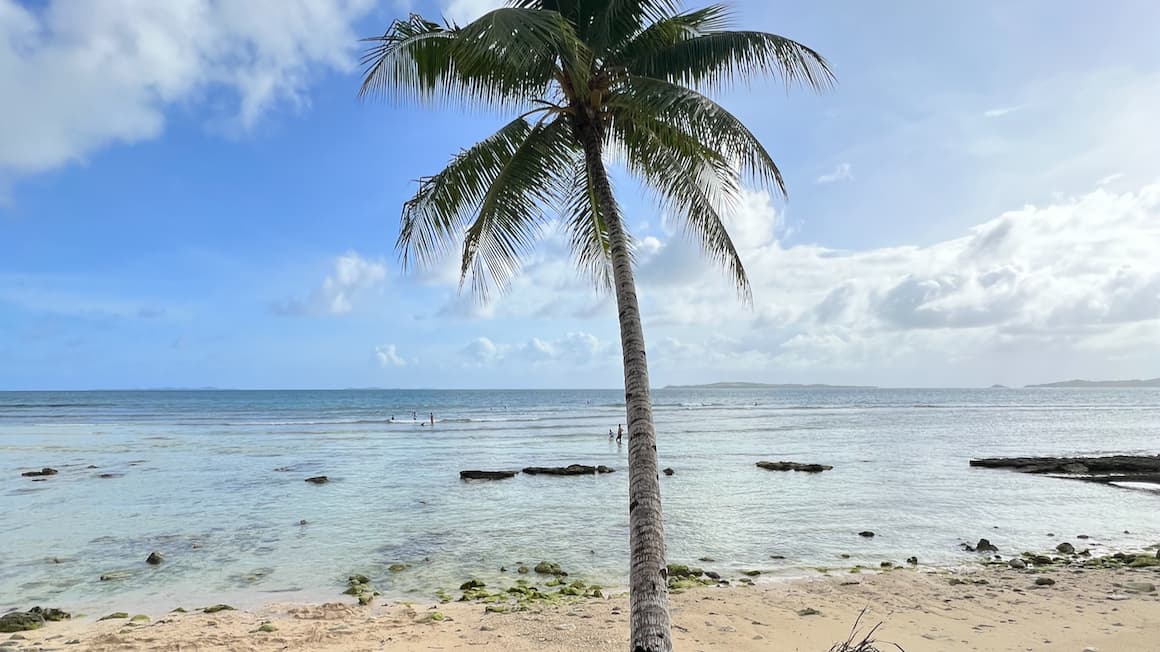
Just in case you weren’t psyched enough to visit Little Corn, get this: there are no cars on the island! Cheers to keeping it simple and just walking or biking everywhere! It is possible to take a PADI open water diving course here if you are keen to learn how to dive.
The certification usually takes three to four days and can cost about $300 USD.
Off the Beaten Path Travel in Nicaragua
There is a definitive “gringo trail” in Nicaragua consisting of the popular surf towns and the colonial cities. The river systems of interior and Caribbean Coast of Nicaragua are especially wild.
Exploration potential is endless here. I am sure that as time marches on, Nicaragua will continue to be more and more developed as is the case everywhere. So get yourself to Nicaragua and explore the many hidden gems this country has to offer!

We’ve tested countless backpacks over the years, but there’s one that has always been the best and remains the best buy for adventurers: the broke backpacker-approved Osprey Aether and Ariel series.
Want more deetz on why these packs are so damn perfect? Then read our comprehensive review for the inside scoop!
Nicaragua is bursting at the seams with awesome things to do. No matter what your timeframe is there are many exciting adventures to be had to suit every backpackers’ individual taste. I have listed the top 10 most popular and best things to do in Nicaragua below to get your ideas flowing for your next trip backpacking Nicaragua!
1. Learn about Sandinista history in Leon
The Sandinistas were a Nicaraguan revolutionary organization active in Nicaragua from the late 1970’s to the early 1990’s.
There are many ex-Sandinista folks living in Leon and throughout Nicaragua. Leon was particularly important as it was a strategic base for Sandinistas during the Nicaraguan Revolution.
2. Learn How to Surf
With no shortage of fabulous beaches and surf schools, no backpacking trip to Nicaragua would be complete without hitting up the surf at least once. After catching your first wave, you will be hooked, I promise.
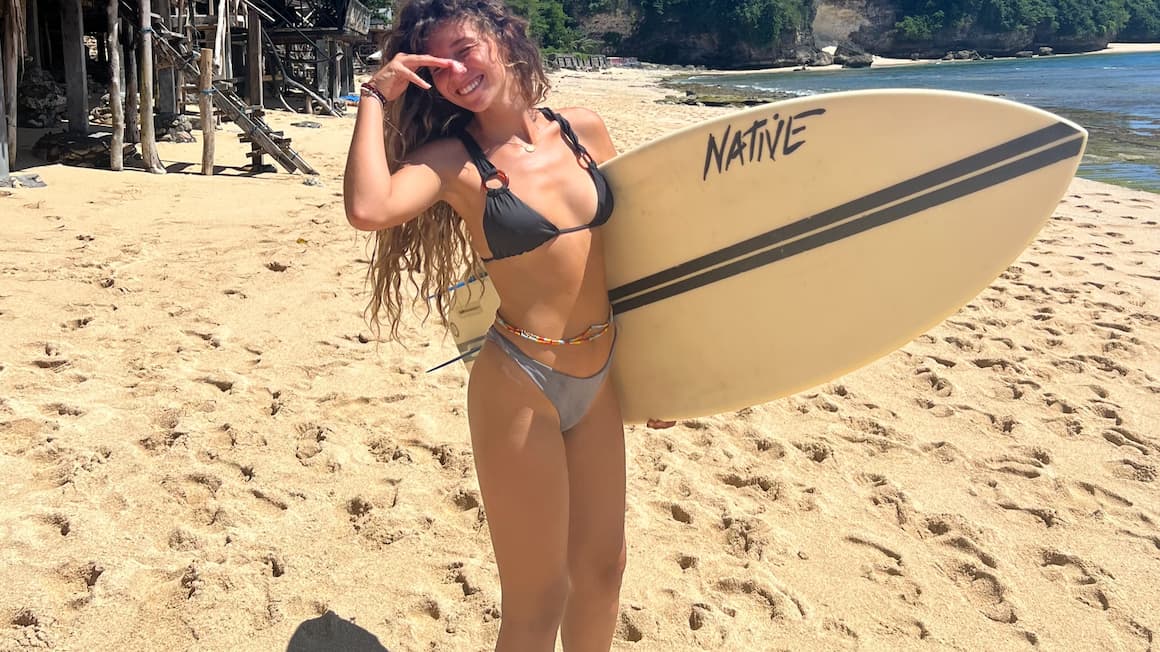
3. Climb a Volcano
Nicaragua is home to 19 volcanoes, and some of the best volcano hiking in Central America . Ometepe Island is home to the impressive Volcan Concepción. The hike takes a lengthy 10 hours round trip, though you will feel like a badass upon completion of the trek.
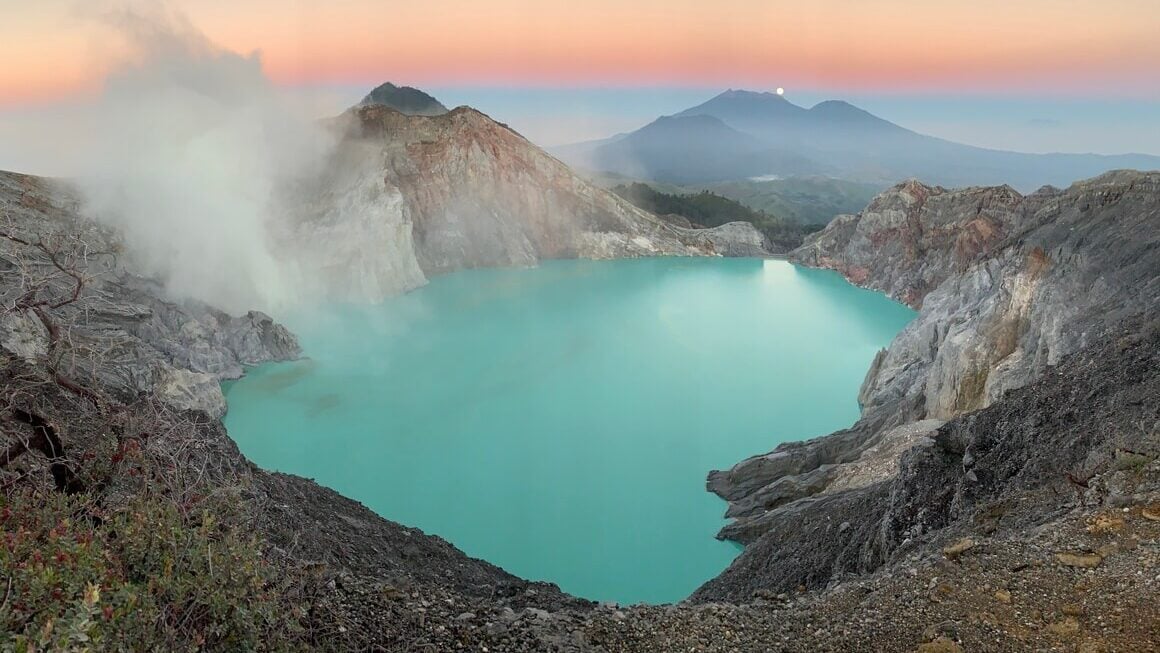
4. Explore Somoto Canyon
Enjoy one of Nicaragua’s less-frequented destinations at Somoto Canyon. Hire a local guide and hike, swim, and explore. The canyon is stunning; you will not be disappointed.
5. Volcano Boarding in Nicaragua
Flying down a volcano at top speed is one hell of a good time. There has never been a more satisfying way to descend a volcano.
There are several volcanoes to choose from with Cerro Negro being the most popular. It’s easy to arrange a day-trip from Leon or, if you prefer, you can even sign up for a 3 day hike across multiple volcanoes.
6. Hunt for Coconuts on Little Corn Island
It goes without saying that this is clearly the best free thing to do in all of Nicaragua. Once you find some coconuts to enjoy, the next step in honing your coconut-opening skills!
7. Check Out Laguna De Apoyo
The area is home to an excellent nature reserve with plenty of outdoor activities to keep you busy.
8. Camp on the Beach
Camping is at any of the various surf camps found along the Pacific coast is cheap…and awesome. Watching a sunrise from the comfort of your tent is a price experience in Nicaragua that I hope you get to have.
9. See Ometepe Island by Motorbike/ATV
There is simply no better way to explore this beautiful volcanic island. Whilst riding a motorbike, always be safe and remember to wear a helmet for christ’s sake!
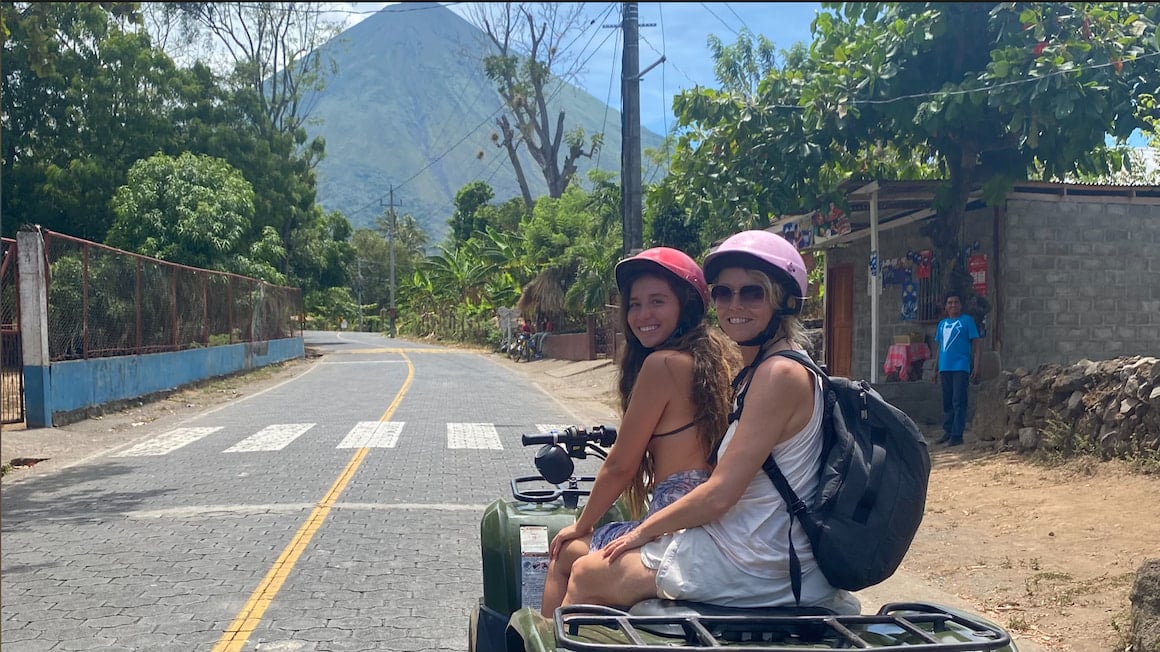
10. Explore the San Juan River by Boat
If you love winding rivers, epic jungle scenery, and wildlife spotting, head to San Carlos and explore miles of untouched rainforest by boat through the San Juan River. This area is truly mind-blowing. If you love exploring wild places, you will love a boat trip up the San Juan.
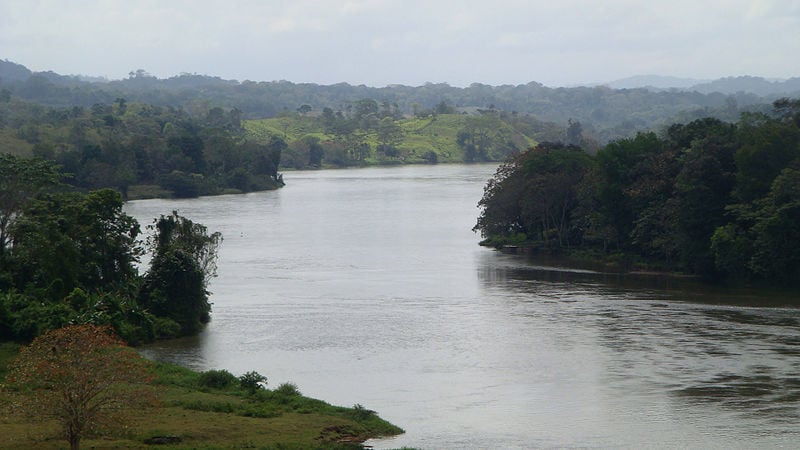
Wanna know how to pack like a pro? Well for a start you need the right gear….
These are packing cubes for the globetrotters and compression sacks for the real adventurers – these babies are a traveller’s best kept secret. They organise yo’ packing and minimise volume too so you can pack MORE.
Or, y’know… you can stick to just chucking it all in your backpack…
Most regions in Nicaragua have a wide variety of budget accommodation options. These range from your standard backpacker hostel to crude surf camps on the beach to jungle bungalows. Prices vary but the average price of a dorm bed throughout Nicaragua is between $7-12 USD. If you are traveling as a couple it usually ends up making sense to go for a private room as the price will be about the same.
You will be pleased to know that Nicaragua has some of the cheapest hostels anywhere in Central America. A dorm bed in neighboring Costa Rica can often be double the price of a Nicaraguan dorm bed. If you are keen to camp, many hostels offer camping as an option.
There are many places where you can camp on the beach for free. Otherwise, Couchsurfing is the cheapest (free) way to go, and a great way to meet other locals; however, some of the places will not have much of a Couch Surfing scene. Airbnb is huge in Costa Rica, and you can find some awesome apartments for cheap prices.
While hostels are one of the cheapest accommodation options, eco-lodges in Nicaragua are also incredibly affordable as they are largely off-grid, meaning they don’t have to pay high prices for electricity.
The Best Places to Stay in Nicaragua
Good news amigos: Nicaragua is one of the cheapest countries in Central America to go backpacking. You can eat well, move from place to place with ease, and score some pretty cheap accommodation.
I spent on average between $25-30 USD a day whilst I was backpacking in Nicaragua. It is certainly possible to do it cheaper than that if you are camping heaps, hitchhiking, and cooking some of your own food.
Here is a breakdown of what you can expect to spend on your backpacking Nicaragua adventure…
A Daily Budget in Nicaragua
Money in nicaragua.
There are lots of international ATMS, but they can be tough to find once you are outside of the cities and are in more remote areas. It’s advisable to avoid small ATM transactions and get out a bunch of cash at once – just make sure you hide it well.
If you need to transfer money internationally, use Transferwise , it’s the fastest and cheapest way to move money around when travelling.
You should always have some emergency cash hidden on you and I’ve written an entire post on the best places to hide your money .
Top Tips – Nicaragua on a Budget
To keep your spending to an absolute minimum whilst traveling in Nicaragua I recommend sticking to these basic rules of budget adventuring….
- Camp: With plenty of gorgeous natural places to camp, Nicaragua is an excellent place to take a tent. Check out this post for a breakdown of the best tents to take backpacking.
- Cook your own food: I took a small gas cooker with me to Nicaragua and cooked a lot of my own meals whilst hitching and camping, I saved a fortune.
- Hitchhike: In Nicaragua, it is so so easy to thumb a ride and it is an ace way to keep your transport costs down and instead spend it on smashing experiences. So hitchhike as much as you can when backpacking Nicaragua.
- Tone down the partying: Booze bills add up. If you drink less, you will save money. Simple as that.
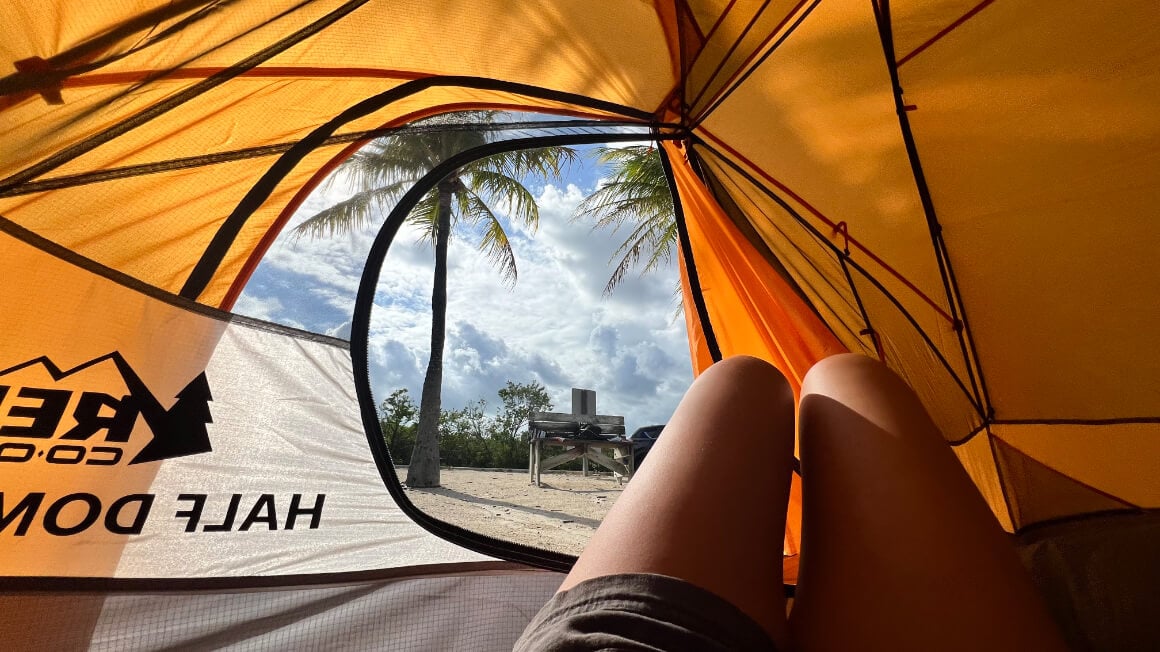
Why you Should Travel to Nicaragua With a Water Bottle
Plastic washes up on even the most pristine beaches… so do your part and keep the Big Blue beautiful
You aren’t going to save the world overnight, but you might as well be part of the solution and not the problem. When you travel to some of the world’s most remote places, you come to realise the full extent of the plastic problem. And I hope you become more inspired to continue being a responsible traveller .
STOP USING SINGLE-USE PLASTIC! If you’d like some more tips on how to save the world , be sure to watch the video below.
Plus, now you won’t be buying overpriced bottles of water from the supermarkets either! Travel with a filtered water bottle instead and never waste a cent nor a turtle’s life again.

Drink water from ANYWHERE. The Grayl Geopress is the worlds leading filtered water bottle protecting you from all manner of waterborne nasties.
Single-use plastic bottles are a MASSIVE threat to marine life. Be a part of the solution and travel with a filter water bottle. Save money and the environment!
We’ve tested the Geopress rigorously from the icy heights of Pakistan to the tropical jungles of Bali, and can confirm: it’s the best water bottle you’ll ever buy!
If you can, try to avoid the rainy season and visit the country from November to April. The really popular guest-houses fill up fast so this is a country where it can definitely be worth making reservations.
The best time to go scuba diving or snorkeling in the Corn Islands is December- March. Expect more travelers in general around the Christmas and New Year holidays.
Low season is May to October. As it’s raining all the time, making some rural area are hard to pass & hiking trails super slippery. However, this weather pulls in some of the biggest swells, especially on the Pacific side of Nicaragua, where all the good surfing breaks are.
High season is between December & April, when the sun is shining. Like everywhere prices increase, accommodation books out & the tourist hot spots are packed! Check the weather in Nicaragua here .

Festivals in Nicaragua
Nicaraguans love to party. There are a variety of fun festivals taking place though out the year.
- Magma Festival: Nicaragua’s largest EDM festival in the shadow of a volcano on Ometepe Island. Come on out for an epic couple of days.
- Rio San Juan Carnival: Lucky enough to be in San Juan in January? This festival should not be missed if you’re in town! Expect plenty of dancing, local artisans and delicious food.
- International Poetry Festival, Grenada : An annual international festival that takes place in the city of Granada. More than 150 poets from all parts of the world congregate at this event to recite their best poetry.
- Latin American Surfing Competition : As much as surfing in Nicaragua has evolved, so have surfing-related activities developed throughout the country. This event is the biggest of its kind in Nicaragua. Come out to see some excellent surfing and the associated fun nightlife. This fest takes place just outside of San Juan Del Sur at Playa Madera.
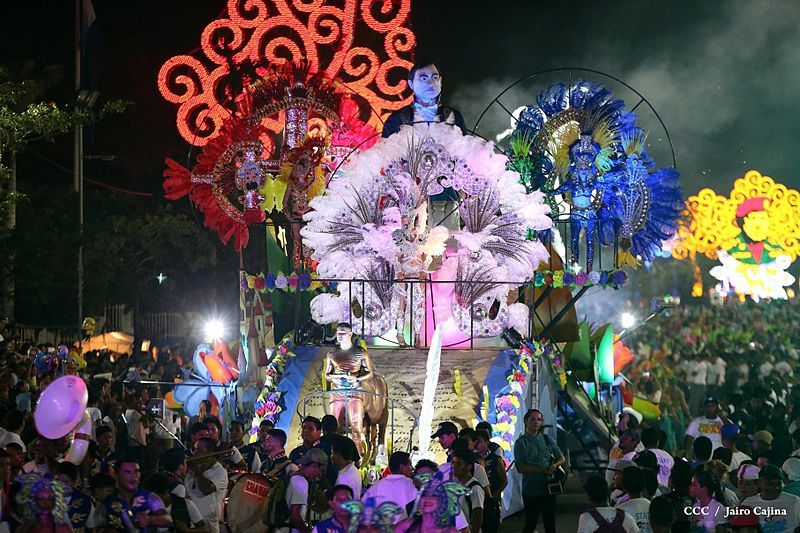
What to Pack for Nicaragua

Snoring dorm-mates can ruin your nights rest and seriously damage the hostel experience. This is why I always travel with a pack of decent ear plugs.

Hanging Laundry Bag
Trust us, this is an absolute game changer. Super compact, a hanging mesh laundry bag stops your dirty clothes from stinking, you don’t know how much you need one of these… so just get it, thank us later.

Sea To Summit Micro Towel
Hostel towels are scummy and take forever to dry. Microfibre towels dry quickly, are compact, lightweight, and can be used as a blanket or yoga mat if need be.

Monopoly Deal
Forget about Poker! Monopoly Deal is the single best travel card game that we have ever played. Works with 2-5 players and guarantees happy days.

Grayl Geopress Water Bottle
Always travel with a water bottle! They save you money and reduce your plastic footprint on our planet. The Grayl Geopress acts as a purifier AND temperature regulator. Boom!
In general, Nicaragua is a very safe country to go backpacking in. That said, Nicaragua’s population suffers from high unemployment and subsequent poverty. Any time you visit a country with socio-economic problems it is possible that someone will try to take what you have. Targeted robberies against foreigners are rare but they do happen.
Being out late, drunk, and alone is a recipe for trouble anywhere in the world. There have been reports of backpackers getting held up on remote sections of beach on both coasts as well as in cities.
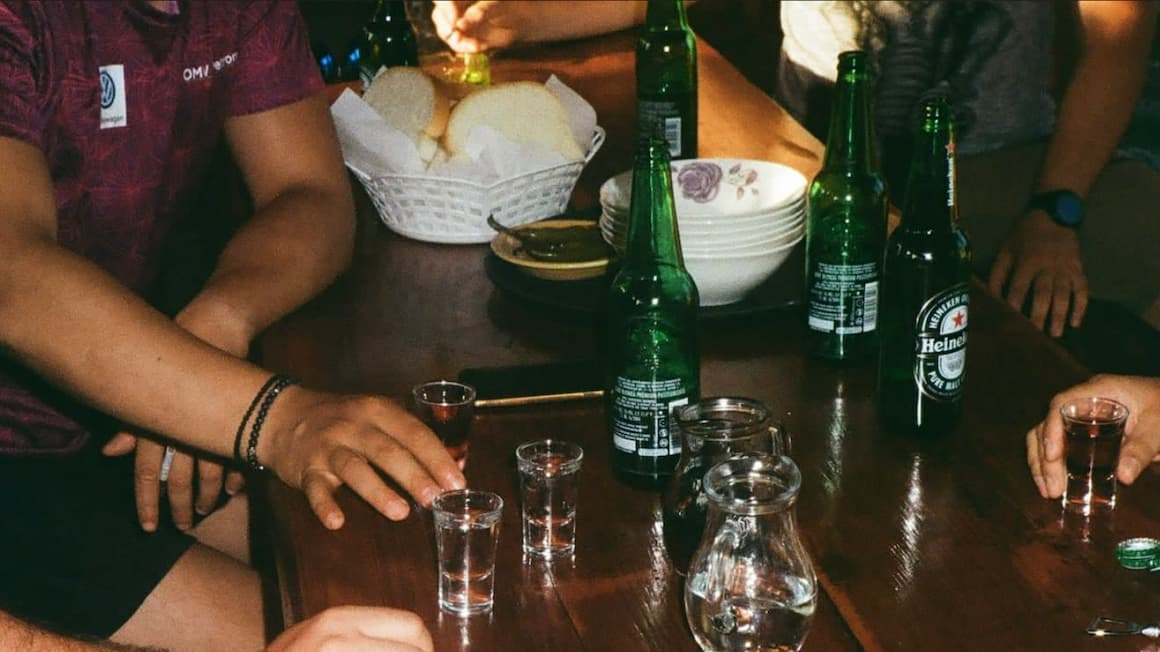
Odds are you should be just fine. If ever you run into a hold-up situation give them what they want and don’t resist. Your iPhone and wallet are never worth dying over, ever!
Be aware that Nicaragua is home to many species of poisonous spiders, snakes, and other dangerous creatures. Always watch your step when trekking through the jungle. Never stick your hand somewhere you haven’t first seen with your eyes.
Always go surfing with a buddy and never get in the water if you have been drinking.
Learn More: Backpacker Safety 101
Sex, Drugs and Rock ’n’ Roll in Nicaragua
Nicaragua has long been renowned as one of the party capitals for travelers backpacking Central America. Cocaine is cheap and pretty easy to find if that’s your bag. Booze is cheap and Nicaraguans enjoy sinking a few beers in the evening.
The people are friendly, Tinder works a treat to meet up with locals and other backpackers, and there are plenty of beach parties, clubs and raves… if you know where to look!
Avoid traveling with drugs in Nicaragua, the police sometimes search backpackers aggressively – and never cross an international border carrying drugs. If you do choose to indulge in heavier partying whilst in Nicaragua, take it easy – cocaine in Nicaragua is strong, cheap, and addictive.
Travel Insurance for Nicaragua
Traveling without insurance would be risky so do consider getting good backpacker insurance sorted before you head off on an adventure.
I have been using World Nomads for some time now and made a few claims over the years. They’re easy to use, professional and relatively affordable. They may also let you buy or extend a policy once you’ve started your trip and are already abroad which is super handy.
Citizens of some countries like the US, UK and a lot of European countries can travel to Nicaragua without a visa. Other tourists can obtain a Tourist Card for $10 valid for 1 month to 3 months (depending on citizenship) upon arrival.
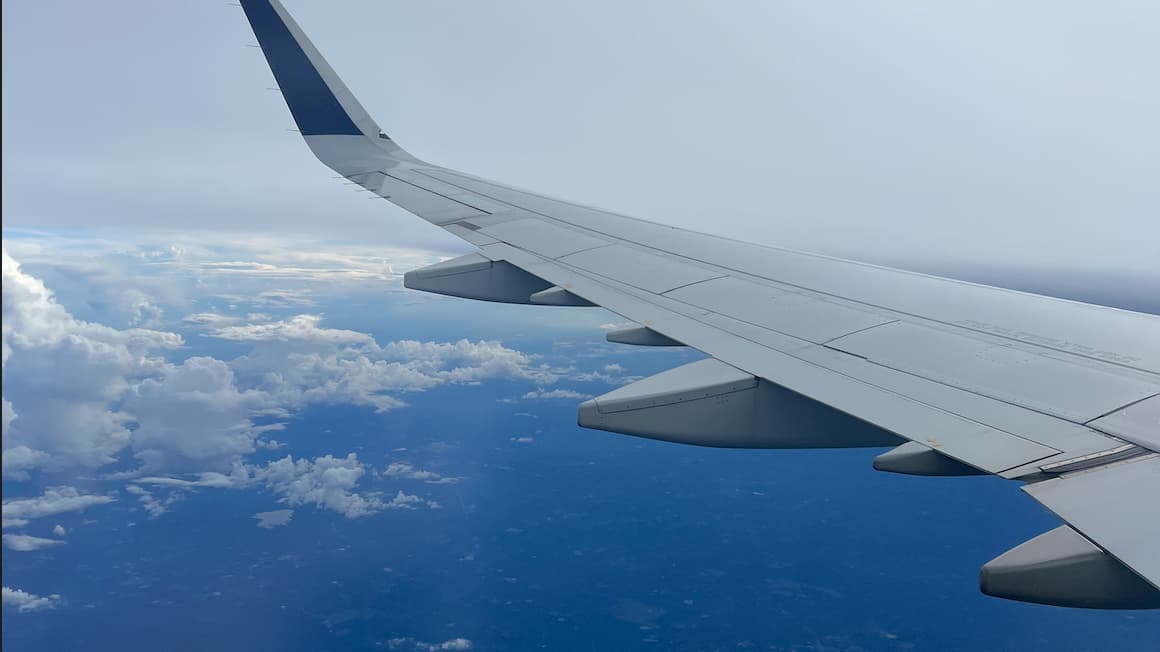
Entry Requirements for Nicaragua
You need to have a valid passport with at least six months to run to enter Nicaragua. There is also a $32 departure tax which is included in airfares with major airlines. This departure tax applies only if you are flying out of the country. The exit fee at a land border should be around $3 USD.
Many backpackers fly into the international airport in Managua and start their adventure there. If you’re already backpacking Central America, you can cross to Nicaragua from Costa Rica or Honduras by bus or car.
Bear in mind that you will have to pay $12 at any land crossing. There are no international trains going into Nicaragua, but there are international buses available between Managua and San Jose, Costa Rica, San Salvador, El Salvador and Honduras.
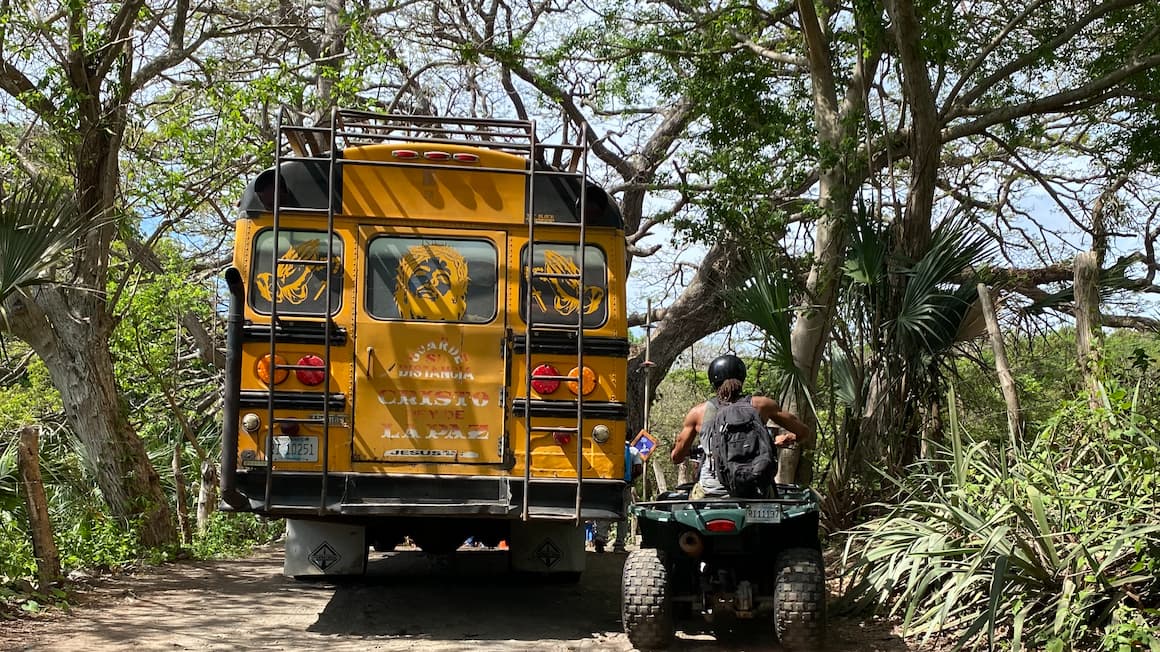
They are air conditioned and make fuel and food stops along the way. If you are planning to go by bus make sure you book in advance as the buses between the major cities can fill up days ahead of departure dates.
The companies Transnica and Tica Bus are fairly reliable.
There are also cheap but terribly uncomfortable “chicken buses” a few times a week between Managua and Guatemala City for $20. It is quite an experience traveling to Nicaragua in a chicken bus, they are seriously funky…

Get 15% OFF when you book through our link — and support the site you love so dearly 😉
Booking.com is quickly becoming our go-to for accommodation. From cheap hostels to stylish homestays and nice hotels, they’ve got it all!
Nicaragua offers a crazy range of travel experiences. It might take some getting used to, but boy is this country fun! To properly explore Nicaragua I recommend catching buses – they are cheap and very frequent. Be sure to try out at least one chicken bus experience!
This is definitely the main mode of travel in Nicaragua, and a great way to get to know the country’s geography, people, and even the culture. You cannot be polite on a chicken bus; grab a seat and grab it fast or end up sitting on a sack of rice (if you’re lucky!).
Often your backpack will be thrown on top of the bus, never fear; shit doesn’t tend to go missing. Still, keep your valuables in your daypack and your daypack on you. Most long-distance buses have TVs (surprisingly!) that play popular films and they also serve snacks and drinks during the journey and at stops. Beware of the endless loops of terrible Latino movies…
A chicken bus seat would cost you roughly $1. You could also catch an Express Bus, be sure to book it at least a day in advance. A ticket should cost you about $6. Another option could be to catch minibuses.
They run regularly between Managua and nearby cities like Granada, Leon, Masaya, Jinotepe and Chinandega. Like Express buses they make fewer stops but expect them to be overcrowded as jamming more people in means the drivers make more cash… There are many advantages to being a shorter backpacker when traveling in Nicaragua!
This is obviously more expensive than catching buses, but if you’re short on time this is the best way to get anywhere on the Atlantic Coast.
Boat is the only way to get to some of the islands like Isla de Ometepe. You could also take weekly trips if you are comfortable on a boat for long hours. It’s a pretty cool way of exploring Nicaragua.
Taxi – Be very careful and haggle as much as you can in Managua. Check that the taxi sign is on the roof and that the taxi operator license is clearly visible in the front seat. In smaller towns, there is a fixed rate so it’s fairly easy.
Be careful/ use common sense when choosing a taxi and haggle as much as you can in Managua. Check that the taxi sign is on the roof and that the taxi operator license is clearly visible in the front seat. In smaller towns, there is a fixed rate so it’s fairly easy.
Having a knowledge of basic Spanish will help you sort out prices.
Hitchhiking in Nicaragua
Hitchhiking is generally easy whilst backpacking Nicaragua. Most people don’t have cars, so if you are in a rural area, the few with cars or trucks tend to stop for lots of people. They get a kick out of foreigners. So make sure you act like a fascinating and exotic tourist.
Hitchhiking is common in rural areas and small towns, but not recommended in Managua. Nicaraguans themselves usually only travel in the backs of trucks.
Some drivers may ask for a little money for bringing you along but it’s usually not more than a dollar. Like in most of Central America, there are lots of mini buses and it’s not so easy to spot taxis on the road, be sure you know if you’re paying or hitching free when you climb in any type of vehicle.
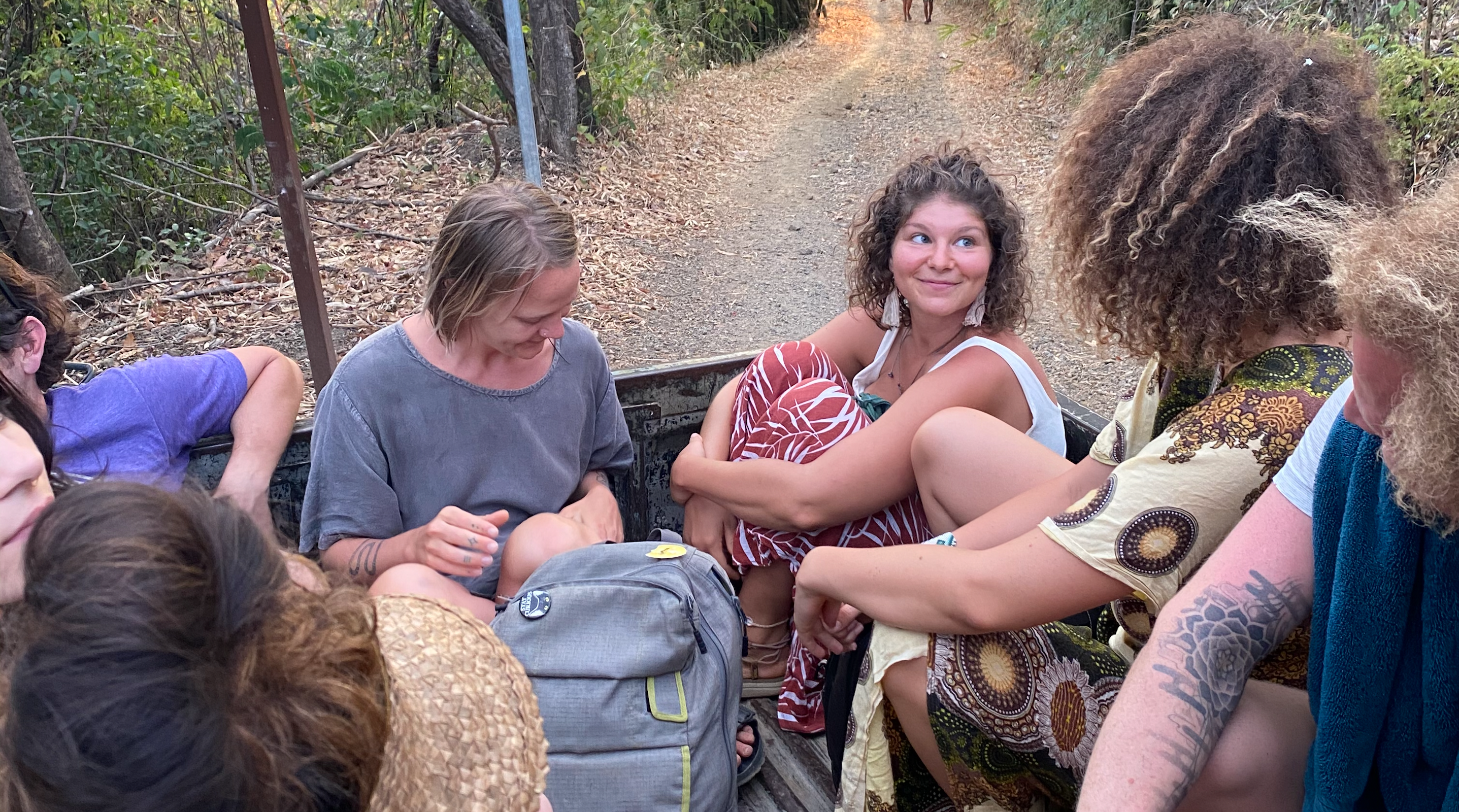
Onward Travel from Nicaragua
There are several land border crossings between Nicaragua and El Salvador, Honduras, and Costa Rica. It is easy to do this on your own; just catch a local bus to the border town, walk across, and you’re on your way!
Nicaragua is fast becoming a popular base for digital nomads from around the world. Being one of the cheapest countries to live in Central America, Nicaragua has a lot to offer remote workers looking for a beautiful, affordable place to call home for the short or long term.
Outside of cities and along remote sections of coast, the internet is not great so keep that in mind when choosing a place base yourself.
Apart from online work, you may be able to find under the table work as a volunteer bar tender (working for room and board) or as a yoga teacher at one of the many foreign-owned hostels found along the Pacific coast.

A new country, a new contract, a new piece of plastic – booooring. Instead, buy an eSIM!
An eSIM works just like an app: you buy it, you download it, and BOOM! You’re connected the minute you land. It’s that easy.
Is your phone eSIM ready? Read about how e-Sims work or click below to see one of the top eSIM providers on the market and ditch the plastic .
Volunteering in Nicaragua
Volunteering overseas is a great way to experience a culture whilst doing some good in the world. There are lots of different volunteer projects in Nicaragua which you can join ranging from teaching, to animal care, to agriculture to pretty much anything!
Nicaragua is one of the poorest developing countries in the Western Hemisphere, so there are plenty of opportunities for backpackers to contribute some skills. Whether you know your way around farming, social work, hospitality, or language teaching, you’ll be making a huge difference to local communities. You’ll also find opportunities in photography, bartending, animal care, and marketing. If you’re from outside the US, you’ll need to contact the Embassy of Nicaragua in order to obtain the appropriate visa.
Want to find some awesome volunteering opportunities in Nicaragua? Then signup for Worldpackers , a platform that connects local hosts with volunteer travelers. As a Broke Backpacker reader, you’ll also get a special discount of $10. Just use the discount code BROKEBACKPACKER and your membership is discounted from $49 a year to only $39.
Programs run through reputable work exchange programs, like Worldpackers, are generally very well-managed and highly reputable. However, whenever you are volunteering do stay vigilant especially when working with animals or children.
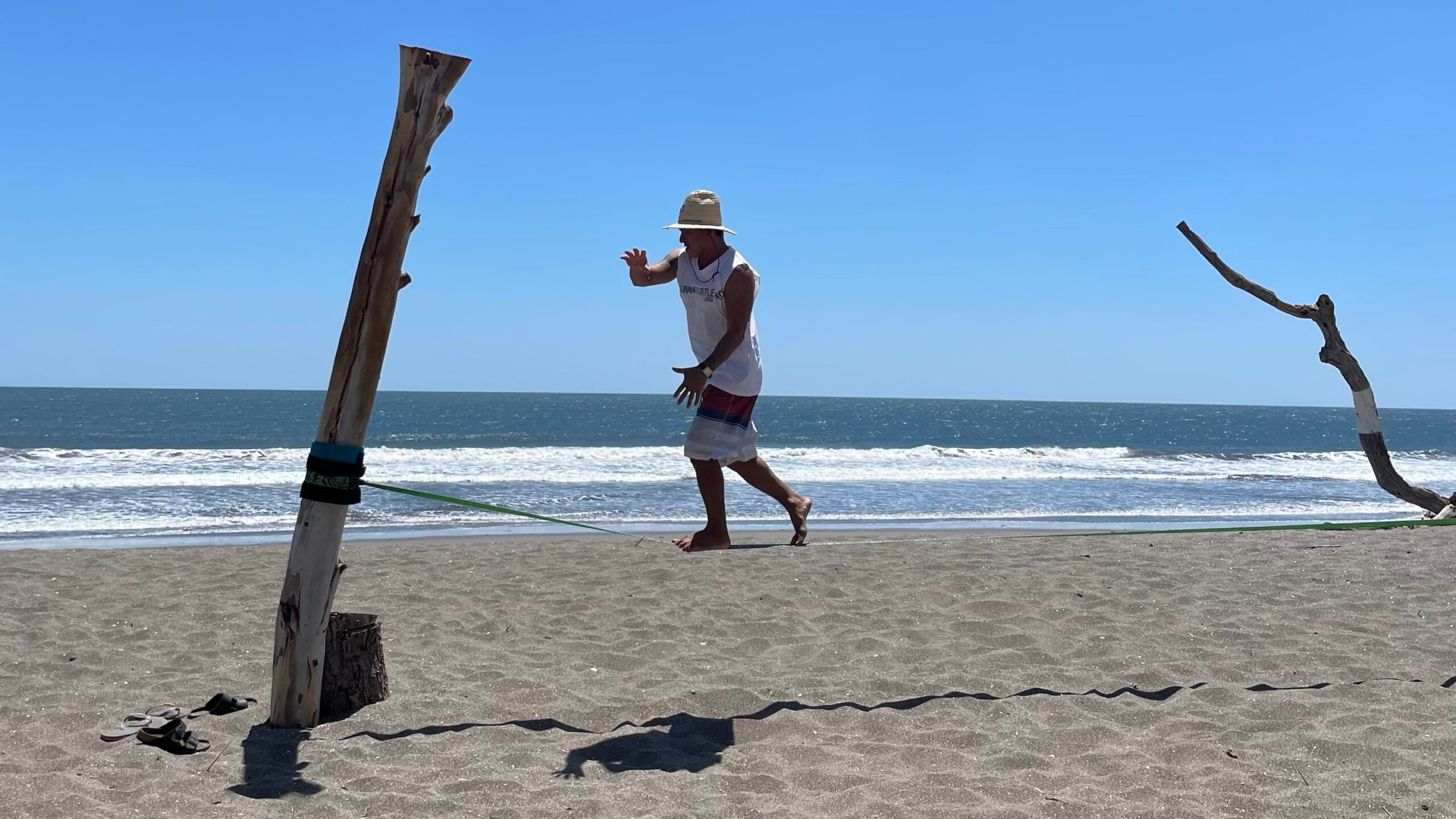
Food in Nicaragua
Eating delicious food is one of the best parts about traveling. There are no shortage of tasty things to try in Nicaragua. Eat local as much as possible! You will find many fast food joints, especially in the cities. But you certainly did not come to Nicaragua to eat at Mcdonalds, right?
Gallo Pinto — A dish as famous in Nicaragua as it is in Costa Rica. This tasty bean and rice combo is a national staple of the country.
Fresh Seafood — If you find yourself on the coast, trying the fresh fish is a must.
Ceviche — One of my favorite foods of all time. A dish made up of raw fish marinated in lime juice, which usually includes onions, tomatoes, cilantro, and chili peppers.
Chicharrónes — Fried pork belly or pork skin, typically served with a dipping sauce or as part of another dish. A great bar snack.
Arroz con Pollo — Chicken served with rice and fried plantains. A tasty comfort food and often great bang for your buck.
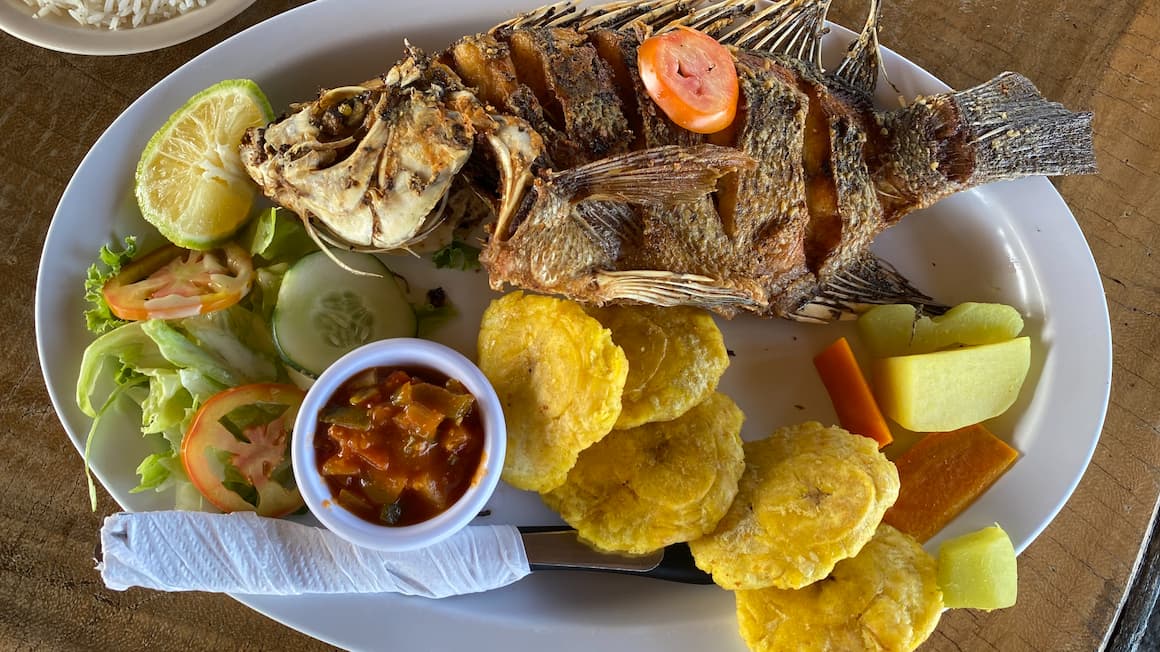
I found that Nicaraguan locals were very welcoming people. They have not yet felt the jaded indifference that sometimes accompanies mass tourism destinations.
They are full of humor and dirty jokes. Learn some Spanish so you can understand them! In talking to some ex-Sandinista revolutionaries, I gained invaluable perspective on what life was life in Nicaragua during that period. I found them to be surprisingly open about their experiences.
If you visit any farms in Nicaragua, expect a very warm welcome. Farm owners/workers are happy to tell you about what they do, and you can score some fantastic coffee if you visit a coffee operation. Support fair trade and organic agricultural practices at all cost!
Nicaragua Travel Phrases
Learning a bit of Spanish is a great way to get the most out of your trip. When I became fluent in Spanish, it really changed the way I was able to travel in Nicaragua and beyond. It is such a useful language to know! You can speak it in over 20 countries!
Here are a few helpful Nicaragua travel phrases with English translations for your backpacking Nicaragua adventure:
Hello – Hola
How are you? – Cómo estás?
Very good – Muy buena
Beautiful – Hermoso
Cheers – Salud
Shit – Mierda ! (a very light weight insult)
Shit eater – Come Mierda (for better effect!)
What? – Qué?
Where? – Dónde?
Do you have a lighter? – Tienes un encendedor?
No plastic bag – Sin bolsa de plastico
No straw please – No paja por favor
No plastic cutlery please – No hay cubiertos de plástico por favor
Two beers please – Dos cervezas por favor
Down that beer! – Hasta que la cerveza!
Can you give me a ride – Me puedes dar una vuelta?
What is your name? – Cómo te llamas?
How much does this cost? – Cuánto cuesta?
Can you give me a discount? – Me puede dar un descuento?
Books to Read While Traveling Nicaragua
These are some of my favorite travel reads and books set in Nicaragua, which you should consider picking up before you begin your backpacking adventure…
- Lonely Planet Nicaragua Travel Guide – It’s always worth having a Lonely Planet packed away, plenty of useful info on bus routes and where to go.
- The Jaguar Smile – In this intriguing book, Salman Rushdie brings to the forefront the palpable human facts of a country in the midst of revolution and political disturbance.
- Blood of Brothers Life and War in Nicaragua – This book is a vibrant portrait of the Nicaraguan people and their volcanic land, a cultural history rich in poetry and bloodshed.
- A Twilight Struggle: American Power and Nicaragua – A detailed history and analysis of the Nicaraguan Revolution and the American response to it.
- My Car in Managua – Another take on Nicaragua’s political history but the illustrations by Nicaragua’s celebrated political cartoonist Róger Sánchez Flores really enliven the text.
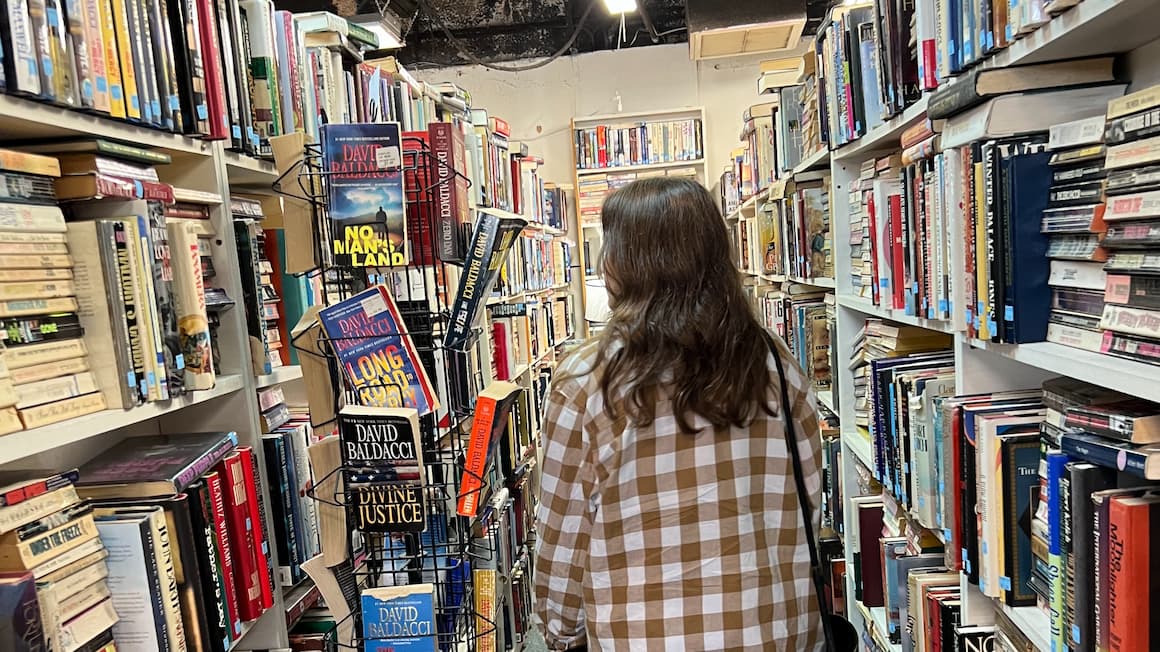
Brief History of Nicaragua
Nicaragua’s modern history is rooted in the story of the Sandinista rebellion, their brief success, and ultimate defeat suffered at the hands of a US backed military apparatus. Wounds from the revolution period have healed to a degree, but there are still many people who currently live in Nicaragua whose lives were changed forever during the years of revolution.
Although the initial overthrow of the Somoza regime in 1978–79 was a bloody affair, the Contra War of the 1980s took the lives of tens of thousands of Nicaraguans and was the subject of fierce international debate. During the 1980s both the FSLN (a leftist collection of political parties) and the Contras (a rightist collection of counter-revolutionary groups) received large amounts of aid from the Cold War super-powers (respectively, the Soviet Union and the United States).
The Contra War ultimately ended following the signing of the Tela Accord in 1989 and the demobilization of the FSLN and Contra armies. A second election in 1990 resulted in the election of a majority of anti-Sandinista parties and the FSLN handing overpower.
It is unbelievable to me that the USA government so openly supported the Contras and were never held accountable for crimes against humanity, which certainly occurred in many forms during the war. CIA trained Contras? Yeah, that was a thing.
Modern Life in Nicaragua
Post revolution life in Nicaragua has seen slow development of the country’s economy and standard of living. In recent years, Nicaragua’s economy is on the rise, especially in the tourism sector.
As Nicaragua’s tourism industry expands, it is my hope that the natural treasures of the country are protected in a reasonable way, the way things have been organized in Costa Rica. Nicaragua is decades removed from war, and there is a feeling of peace felt through out the country.
I hope for the sake of Nicaragua and it’s people that it stays that way. The way things are looking now in Nicaragua, I am filled with positive optimism for this beautiful country.
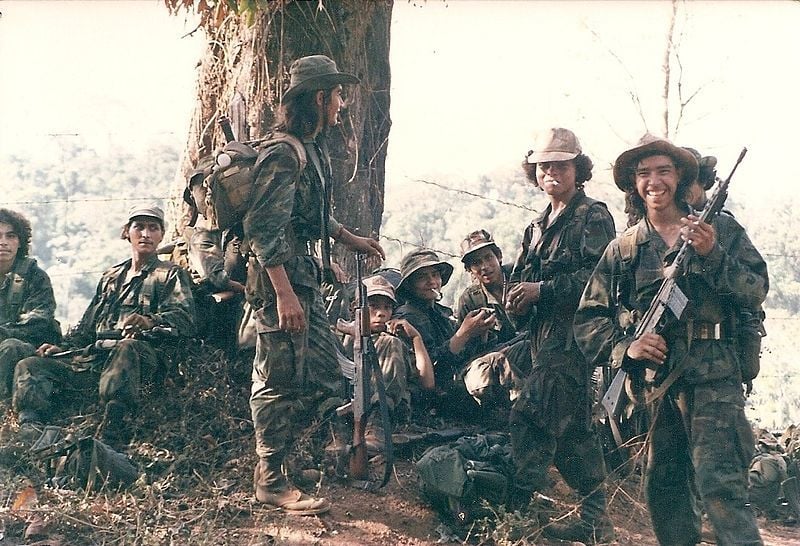
Things go wrong on the road ALL THE TIME. Be prepared for what life throws at you.
Buy an AMK Travel Medical Kit before you head out on your next adventure – don’t be daft!
Trekking in Nicaragua
Do you love trekking? You have come to the right place my friends. Nicaragua offers up some excellent trekking opportunities for those looking to spend time outdoors. There are plenty of awesome day hikes to be found all over the country.
If you are looking for a multi-day backpacking trip, Quetzaltrekkers is a great organization offering just that. All the money they make from running trekking trips goes directly in supporting kids and local schools. A trip with them is very reasonably priced and was a great experience for me. I can’t say enough good things about the folks at Quetzaltrekkers!
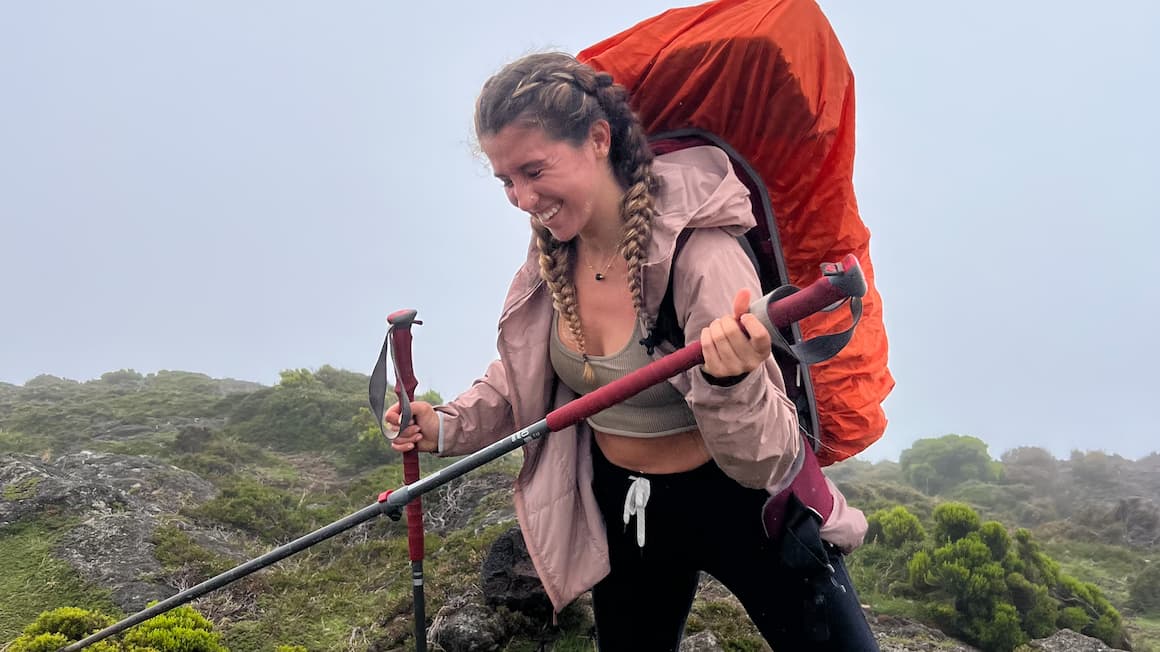
Scuba Diving in Nicaragua
The Caribbean Coast of Nicaragua has some excellent places to go diving. If you do not have a PADI certification, you can take an open water course on one of the islands. It is not the cheapest place in Central America to get certified, though to be honest I can’t think of a better location to do it in.
If you already have your PADI cert and,, the obvious choice is to head to the Corn Islands. The water visibility can be terrific when the sea is calm and the sun is shining (which is often, see weather in Nicaragua section).
I recommend shopping around at the different dive shops to see who has the best prices. If you intend to do multiple dives, usually you can negotiate a deal with the price.
My brother Alex is somewhat of a diving sensei and he’s got a great guide on scuba diving in the Corn Islands . There’s even a sexy video to go with it!
Surfing in Nicaragua
If you haven’t figured it out by now, Nicaragua is home to some world-class surf beaches. If you are looking for somewhere to dig in, learn to surf, and become a beach bum, Nicaragua is one of the cheapest places in the world to do that.
The surf in Nicaragua varies, but in general, the waves (on the Pacific side) are perfect for both beginners and those with more advanced levels. Hit the beach, catch some waves, and leave (or not) with immense satisfaction.
I hope you have enjoyed this Nicaragua travel guide. You are now ready to get your boots on the ground and experience this magical country for yourself amigos!
Backpacking Nicaragua was one of the most fun and rewarding times of my life. Nicaragua is one hell of a good time and it remains one of my favorite countries I visited in all of Latin America.
I am certain that you will leave hungry for more. One trip simply isn’t enough to absorb all of the awesomeness that Nicaragua has to offer. Enjoy the hell out of the paradise that is Nicaragua!
- Backpacking Costa Rica
- How to Find Cheap Flights
- Best Hikes in the World
- The Best Travel Journals
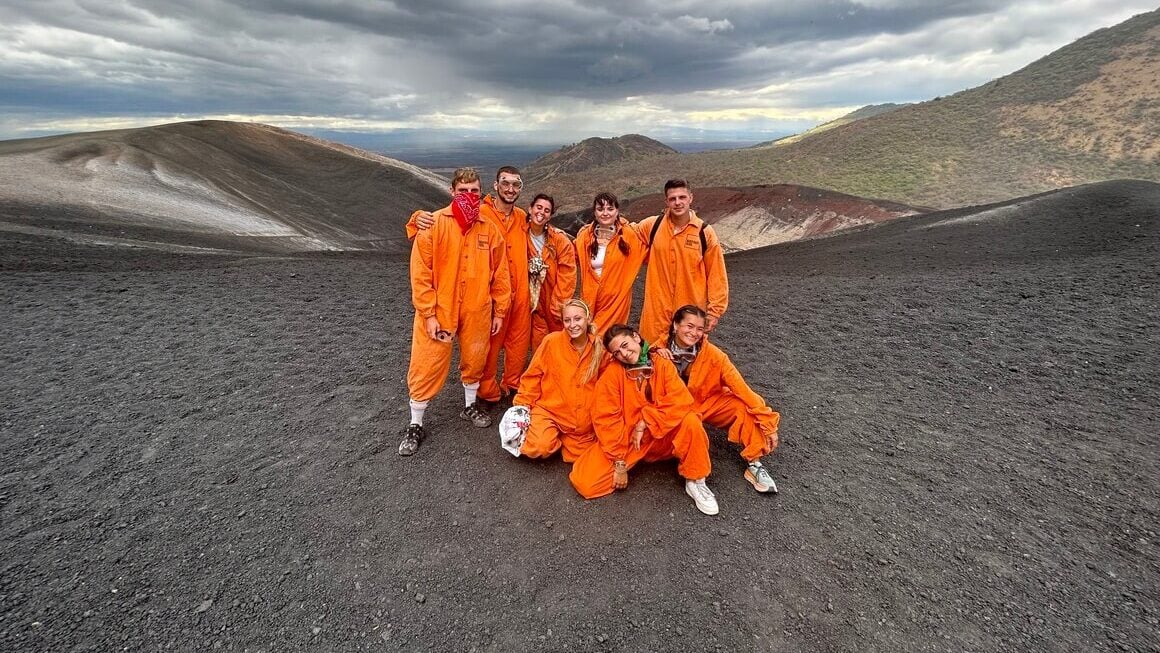
And for transparency’s sake, please know that some of the links in our content are affiliate links . That means that if you book your accommodation, buy your gear, or sort your insurance through our link, we earn a small commission (at no extra cost to you). That said, we only link to the gear we trust and never recommend services we don’t believe are up to scratch. Again, thank you!
Will Hatton
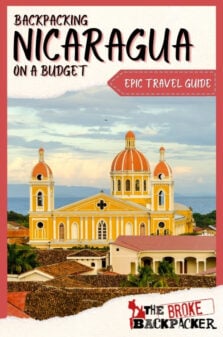
Share or save this post

16 Comments
I came across this article looking for information about travelling to Nicaragua. I live in Costa Rica and often go to either Nicaragua or Panama to get my passport stamped. Granada is where I plan to go next. My friend tells me its a cool city. I went to San Juan del Sur on my last visit and I would recommend this beach town for sure. If you are ever visiting Costa Rica it would be good to see you at Jaco Ropes I offer free tours to any one with a blog so lets connect
Here is a link to the site if you want to visit it http://www.jacoropes.com/
Thanks Jason, this looks so amazing. When Im back that way, and Im sure I shall be, I’ll have to come check it out. Thanks again for the invite, man!
Reading your post has got me so stoked!! I’m planning a trek through Central America in October, and Nicaragua is definitely on the itinerary!
Not to be missed, have a blast, Tamara!
I’m heading there with my girlfriend in november ! We’ll backpack the country for 2 months 😀
Great article !
Great read. I have always had Nicaragua high on my list, but my Spanish refuses to become anything other than clumsy. How would I get by with mainly English in Nicaragua?
I’ve managed to make do out here with largely no-spanish… just try and learn a few basic phrases, ‘donde esta bus estasion’, ‘quanta queste’, ‘la quente por favor’ – and you will be fine 🙂 Most Nicaraguans are super friendly and usually there will be other backpackers there who speak some Spanglish…
I always hear great things about Nicaragua, I’d love to visit someday soon. Great guide, I’ll be sharing it with friends
Cheers Craig! Was just checking out your site, love the idea of one day guides!! 🙂
I Loved Nicaragua. Its hard for me to decide which one I liked more, Guatemala or Nicaragua. Laguna de Apoyo was one of my favorite spots. And we ended up staying on Ometepe for 12 days because 1. we got stuck because of Semana Santa and 2. it was amazing!
Nicaragua really was my favourite place in Central, I would love to head back just to, well, hang around Laguna De Apoyo and spend a ton more time surfing on the coast! Thinking of dedicating a whole year to surfing come 2016… yeah, Ok, I know it’s a while away… so I’ll be headed back to Nicaragua for sure! 🙂
HI Will. Great info on Nicaragua. I have been researching a backpacking trip there. I am new to backpacking outside of the USA. Do you know what Vaccinations are required for this trip? Is there a way to avoid vaccinations? Any information would be helpful. The CDC only lists recommendations. Best wishes, Mark
Hey buddy, hmmmm… vaccinations; kind of a hard one as I’m not a doctor so shouldn’t really give out medical advise. However – my advise is get a tetnus jab at the very least. I am all vaccinated up, including rabies, you don’t need to go that way for short trips but if you travel full time like me getting seriously sick can be seriously expensive so it’s better to just get the jabs.
Great post! I really love Nicaragua, it was the first country I visited in Central America so it holds a special place in my heart. I’d love to try the volcano boarding one day and explore more of the north since I spend most of my time in the south. I’m glad you enjoyed Nicaragua!
Volcano boarding sounds beyond awesome Will!
My better half traveled to Nicaragua and loved it.
We’re doing Bali next month, for 4 months, then may just do Central America after that. If so Nicaragua is high on our list of places to visit and I’ll keep these spots in mind.
As for the hitching I do hear you; we had do some in Fiji on Vanua Levu, just to get around. We always hitched with locals because even though most folks in Fiji speak English you’re more likely to find rides if you speak Fijian.
Of course, I had to hold on for my life on the back of a lumber truck, as I was on my tippy toes with tons of lumber load shifting and knocking me off balance lol.
Traveling is a trip!
Thanks for the share.
Comments are closed.
Update April 12, 2024
Information for u.s. citizens in the middle east.
- Travel Advisories |
- Contact Us |
- MyTravelGov |
Find U.S. Embassies & Consulates
Travel.state.gov, congressional liaison, special issuance agency, u.s. passports, international travel, intercountry adoption, international parental child abduction, records and authentications, popular links, travel advisories, mytravelgov, stay connected, legal resources, legal information, info for u.s. law enforcement, replace or certify documents.
Before You Go
Learn About Your Destination
While Abroad
Emergencies
Share this page:
Travel Advisory January 11, 2024
Nicaragua - level 3: reconsider travel.
Reissued with updates to information on arbitrary enforcement of laws.
Reconsider travel to Nicaragua due to arbitrary enforcement of laws, the risk of wrongful detention, and limited healthcare availability . Exercise increased caution in Nicaragua due to crime.
Country Summary : Throughout Nicaragua, government and law enforcement officials continue to target individuals and organizations seen as opponents of President Daniel Ortega and his wife, Vice President Rosario Murillo. U.S. citizens, including dual Nicaraguan-U.S. citizens, have been subject to revocation of Nicaraguan citizenship, reentry bans, expulsion, and other actions. The government and its affiliated groups have been reported to:
- Arbitrarily prevent individuals from entering or departing Nicaragua by air or land for perceived associations.
- Search personal phones, computers, and documents for anti-government content, limit photography of government property, and sometimes seize devices.
- Systematically target individuals for political reasons, regardless of nationality, including former allies, political activists, business representatives, clergy, human rights advocates, civil society leaders, academics, and members of the press.
- Arbitrarily target pro-democracy advocates and their family members.
- Confiscate privately-owned land, residences, financial assets, and personal property without warning or due process.
- Arbitrarily detain, accuse, and charge individuals with terrorism, money laundering, and organized crime offenses for political reasons without respect for fair trial guarantees.
U.S. citizen residents of Nicaragua also report increased scrutiny of alleged political speech.
U.S. citizens arrested in Nicaragua may find themselves subject to prolonged detention without charges or respect of fair trial guarantees. The judicial process lacks transparency, especially in politically motivated arrests and property dispute cases. Political influence and pressure may influence the outcome of legal proceedings.
The Department has determined the risk of wrongful detention of U.S. nationals by the Government of Nicaragua exists.
Travelers should exercise increased caution and be alert to the risks of crime, including violent crimes such as sexual assault and armed robbery.
Poor infrastructure in parts of the country limits the Embassy’s ability to assist U.S. citizens in emergencies. U.S. government personnel under Chief of Mission security responsibility may be subject to restrictions on their movements at any time.
Read the country information page for additional information on travel to Nicaragua.
If you decide to travel to Nicaragua:
- Consider arrangements to depart the country quickly.
- Ensure your U.S. passport is valid and available for a quick departure from the country, if needed.
- Avoid demonstrations and restrict unnecessary travel.
- Do not attempt to drive through crowds, barricades, or roadblocks.
- Maintain adequate supplies of food, cash, potable water, and fuel in case you need to shelter in place.
- Use caution when walking or driving at night.
- Keep a low profile.
- Do not display signs of wealth such as expensive watches or jewelry.
- Be aware of your surroundings.
- Visit our website for Travel to High-Risk Areas .
- Enroll in the Smart Traveler Enrollment Program ( STEP ) to receive Alerts and make it easier to locate you in an emergency.
- Follow the Department of State on Facebook and Twitter .
- Review the Country Security Report for Nicaragua.
- Prepare a contingency plan for emergency situations. Review the Traveler’s Checklist .
- Visit the CDC page for the latest Travel Health Information related to your travel.
Embassy Messages
View Alerts and Messages Archive
Quick Facts
Length of stay.
One page per stamp.
No (90 days or fewer). Tourist card at airport. See Entry, Exit & Visa Requirements below.
Yellow fever (in some cases, see Entry Requirements section).
Must declare $10,000 USD or more in cash.
Embassies and Consulates
U.S. Embassy Managua
Km 5 ½ Carretera Sur Managua, Nicaragua Telephone: +(505) 2252-7100 Emergency After-Hours Telephone: +(505) 2252-7100 Fax: +(505) 2252-7250 Email: [email protected]
Email: [email protected]
Destination Description
Learn about the U.S. relationship to countries around the world.
Entry, Exit and Visa Requirements
The Government of Nicaragua has denied entry to or expelled U.S. citizens, including dual U.S.-Nicaraguan citizens, for political reasons including perceived support for or association with disfavored people or organizations. The Government’s actions have been taken against NGO workers, academics, religious workers, journalists, and many others. The Nicaraguan government has revoked residency status for foreign nationals for actions or expressions it perceives as political. Travelers attempting to leave the country have been arrested or denied permission to travel for political reasons. Immigration authorities regularly review social media for evidence of political expression or activity and warn against such activities.
- For visitors other than tourists , the Government of Nicaragua recommends that you pre-register your trip by following the instructions available on the Nicaraguan immigration website (in Spanish only). See our website for additional information.
- All travelers should have an onward or return ticket and evidence of funds to support yourself while in Nicaragua. You must carry a valid identity document at all times, such as a U.S. driver’s license or U.S. passport.
- You must purchase a tourist card for $10 USD at the airport (exact change recommended), valid for up to a total of 90 days in any of the member countries of the Central America-4 Border Control Agreement . Visitors remaining longer must obtain an extension from Nicaraguan immigration or be subject to large fines.
- Individuals traveling from countries at risk of yellow fever transmission must show proof of yellow fever vaccination administered at least 10 days before travel to be permitted entry to Nicaragua.
- If you use a passport of a different nationality than you did on prior trips to Nicaragua, Nicaraguan authorities may deny you entry. If you possess multiple nationalities, you should carry a valid passport for all of them. If you have Nicaraguan nationality, you should have both your U.S. and Nicaraguan passports with you.
- You must exit Nicaragua with the same passport used for entry . If your U.S. passport is lost or stolen while in Nicaragua, you will need to get a new entry stamp from Nicaraguan Immigration before you can depart by following instructions available on the Nicaraguan immigration website (in Spanish only). This cannot be done at the airport on departure.
- There is a $42 USD tax that must be paid upon exiting (this tax is normally included in the price of the plane ticket for air travelers).
- See the U.S. Embassy website for information regarding departure requirements for children under 18 who also are Nicaraguan citizens .
- Nicaraguan government authorities may search personal phones, computers, and documents for anti-government content and sometimes seize such private property. Equipment such as binoculars, drones, or other items will generally be confiscated without a mechanism to retrieve these items later.
Advanced Coordination Required for Volunteer Groups: Please note that the Government of Nicaragua has forced the closure of more than 3,500 NGOs and charitable organizations. Groups engaged in these types of activities, including the apolitical provision of basic services, may be denied entry. You should email both the Embassy of Nicaragua in the United States ( [email protected] ) and the Nicaraguan Ministry of Foreign Affairs ( [email protected] ) to inform them of your trip and secure advance permission if you are leading one of the following types of trips, even if your group has worked in Nicaragua previously or has a local office:
- Volunteer mission;
- Charitable or medical brigade (the latter also need permission from the Nicaraguan Ministry of Health); or
- Assistance visit organized by NGOs, religious groups, schools, or any other group doing this type of work in Nicaragua.
For the latest visa and entry requirements, visit the Nicaraguan immigration website (Spanish only).
HIV/AIDS Restrictions: The U.S. Department of State is unaware of any HIV/AIDS entry restrictions for visitors or foreign residents in Nicaragua.
Dual Nationality and International Parental Child Abduction : Find information on dual nationality , prevention of international child abduction , and customs regulations on our websites.
COVID-19 Information: As of July 21, 2023, the Nicaraguan government lifted all COVID-19 related travel restrictions. Travelers arriving in Nicaragua do not need to provide proof of vaccination or a negative COVID-19 test.
Safety and Security
The Government of Nicaragua is authoritarian, limits freedom of expression and peaceful assembly, represses internal dissent, and monitors and responds to perceived threats to its authority. Nicaragua’s Sovereign Security Law and its Terrorism and Money Laundering law allow for discretionary interpretation of often vaguely defined unlawful activities, such as threatening the peace and economic stability of Nicaragua. Convictions under these laws have often been arbitrary and result in long prison sentences.
Nicaraguan authorities and armed civilians in plain clothes known as “para police” may monitor, detain, deny entry to, expel, or question U.S. citizens concerning their activities, including their contact with Nicaraguan citizens. Visitors should avoid any commentary on Nicaraguan politics or governance. Nicaraguan authorities have subjected U.S. citizens, including dual U.S.-Nicaraguan citizens, to prolonged detentions which are often politically motivated or arbitrary. Especially in politically motivated arrests, the judicial process has regularly been criticized as neither fair nor transparent.
Demonstrations or strikes may occur throughout the country; in the past, the Nicaraguan government has violently suppressed them. Avoid demonstrations and exercise extreme caution around large gatherings.
Roads may be closed, and public transportation may be disrupted due to large crowds celebrating the following holidays:
- Semana Santa (the week before Easter);
- Repliegue Historico a Masaya (early July);
- July 19 celebration of the Sandinista Revolution;
- Celebration in Managua of Santo Domingo, the Patron Saint of the city (August 1st and August 10th);
- Day of the Nicaraguan Army (September 2);
- Nicaraguan Independence Day (September 14 and 15); and
- Immaculate Conception (December 8).
Crime: Vehicle burglaries, pick-pocketing, and occasional armed robberies occur in store parking lots, on public transportation, and in open-air markets like the Oriental and Huembes Markets in Managua. Petty street crime is common. Police presence is extremely limited outside of major urban areas. The Caribbean Coast’s geographical isolation further limits the U.S. Embassy’s ability to provide emergency services to U.S. citizens living in or visiting the area. Uniformed police and para-police commit violence and intimidate civilians throughout the country for political reasons.
U.S. citizens have been sexually assaulted in beach resort areas. There are no forensic doctors on the Corn Islands , so victims of violent crimes, including sexual assault, must travel to Bluefields at their own expense for medical examinations and collection of evidence. In several recent cases, police were reluctant to produce police reports or pursue charges . Please report such incidents to the Embassy.
Medical services outside Managua are limited, including for victims of crime.
Exercise extreme caution when renting or driving vehicles. In one common scam, “Good Samaritans” pull over to help change a flat tire. While the driver is distracted, an accomplice steals the driver’s possessions.
Due to crime and other illicit activity, U.S. government personnel under Chief of Mission security responsibility are prohibited from entering Managua’s Oriental Market and gentlemen’s clubs throughout the country.
International Financial Scams: See the Department of State and the FBI page for information.
Victims of Crime: Report crimes, including sexual assault, to the local police at 118 (Nicaraguan equivalent of “911,” in Spanish). Report serious crimes to the U.S. Embassy at 2252-7100 immediately and minor crimes during business hours.
Local authorities are responsible for investigating and prosecuting crimes.
See our webpage on help for U.S. victims of crime overseas .
The U.S. Embassy can:
- Help you find appropriate medical care.
- Assist you in reporting a crime to the police.
- Contact relatives or friends with your written consent.
- Provide a list of local attorneys.
- Share information on victim’s compensation programs in the United States .
- Provide an emergency loan for repatriation to the United States and/or, limited financial support in cases of destitution.
- Help you find accommodation and flights home.
- Replace a stolen or lost passport.
Domestic Violence: U.S. citizen victims of domestic violence are encouraged to contact the U.S. Embassy for assistance.
Coastal Disputes: Be aware of the following border disputes:
- Nicaragua and Colombia have an ongoing dispute over waters surrounding the San Andres Islands.
- The Nicaraguan Navy has challenged vessels passing through its exclusive economic zone.
- Nicaragua and Costa Rica have stationed security forces at Harbor Head (also called Isla Calero) at the eastern end of the San Juan River.
- Nicaragua, Honduras, and El Salvador have maritime and land disputes over islands and access to fishing rights in the Gulf of Fonseca on the Pacific Coast, a closed sea under international law.
Tourism: The tourism industry is unevenly regulated, and safety inspections for equipment and facilities are uncommon. Hazardous areas/activities are not always identified with appropriate signage, and staff may not be trained or certified. In the event of an injury, appropriate medical treatment is typically available only in major cities. In the event of a diving injury, the only hyperbaric chamber is in Puerto Cabezas, over 100 miles from Corn Island where most tourists dive. U.S. citizens are encouraged to purchase medical evacuation insurance. See our webpage for more information on insurance providers for overseas coverage .
Beach Safety: Exercise caution at the beach. U.S. citizens have drowned at Nicaraguan beaches, and in lagoons and lakes. Warning signs are not always posted. Lifeguards and rescue equipment are not normally available.
Hiking in volcanic or remote areas is dangerous. Wear appropriate clothing and footwear. Carry sufficient food, water, and communication equipment. If you travel to remote areas, hire a reputable local guide. Nicaraguan law requires tourists hire a local guide for several volcanoes, including the two volcanoes on Ometepe Island (Maderas and Concepcion).
Disaster Preparedness: Nicaragua is prone to earthquakes, hurricanes, floods, and volcanic eruptions. If you are at a coastal area when an earthquake occurs, move swiftly to higher ground (when safe to do so) to avoid possible tsunamis.
In the event of an earthquake, volcanic eruption, or other natural disaster, U.S. citizens should pay close attention to local media reports.
- Follow the guidance of local authorities and monitor the websites of the Nicaraguan Institute for Territorial Studies ( INETER ) and the Nicaraguan Emergency Alert System ( SINAPRED ).
- Enroll in the Smart Traveler Enrollment Program (STEP) to receive important emergency information.
- See the U.S. Federal Emergency Management Agency (FEMA) website for information about disaster preparedness.
Local Laws & Special Circumstances
Criminal Penalties: You are subject to local laws. If you violate local laws, even unknowingly, you may be expelled, arrested, or imprisoned. Furthermore, some crimes are also prosecutable in the United States, regardless of local law. For examples, see our website on crimes against minors abroad and the Department of Justice website.
- Penalties for possessing, using, or trafficking in illegal drugs in Nicaragua are severe, even for possession of small amounts of illegal drugs.
- Even with a prescription, marijuana is illegal in Nicaragua.
There are severe penalties, including imprisonment, for domestic violence, psychological abuse, and non-payment of child support.
Arrest Notification: Nicaraguan authorities do not always notify the U.S. Embassy when a U.S. citizen has been arrested or detained, especially if the arrestee has dual nationality. If you are arrested or detained, ask both police and prison officials and friends or family to notify the U.S. Embassy. After the U.S. Embassy learns of an arrest, it may be several days or weeks before the Government of Nicaragua permits a consular official to visit. In the case of dual U.S.-Nicaraguan nationals, the U.S. Embassy may be denied consular access. See our webpage for further information.
- The judiciary does not enjoy independence from political influence. U.S. citizens who have been arrested in Nicaragua may find themselves subject to prolonged detention without charges, often for political reasons.
- Authorities have ignored or significantly delayed implementing judicial orders to release, deport, expel, or transfer prisoners.
Purchasing Property: Exercise extreme caution before investing in property. The Nicaraguan government may confiscate privately owned land or residences without warning or compensation. Armed individuals have taken over privately owned land. U.S. citizens have been arrested or threatened over property disputes. See our website for more information.
Customs Regulations: U.S. citizens planning to import items should contract a recognized local customs broker for assistance well in advance of their visit. The U.S. Embassy is unable to assist with the customs or import process.
- Nicaraguan customs officials may delay or block import of goods, including items intended for donation.
- If you are planning to bring vehicles or household goods, consult Nicaraguan customs officials prior to shipment.
- When entering with your vehicle, you must have the original registration and title.
- Drones and similar devices are not permitted and will be confiscated by Nicaraguan customs authorities.
- Photography equipment, videography equipment, and binoculars may be subject to seizure by the Nicaraguan customs authorities.
- Approval from the Ministry of Health’s Pharmacy Department is required to import large quantities of medicine, even for charitable purposes.
- Before excavating archaeological materials or buying historical artifacts, you must consult with the National Patrimony Directorate of the Nicaraguan Institute of Culture. Otherwise, severe criminal penalties may apply.
Faith-Based Travelers: See the following webpages for details:
- Faith-Based Travel Information
- International Religious Freedom Report
- Human Rights Report
- Hajj Fact Sheet for Travelers
- Best Practices for Volunteering Abroad
LGBTQI+ Travelers: There are no legal restrictions on same-sex relations or the organization of LGBTI events in Nicaragua. While violence against LGBTQI+ travelers is uncommon, widespread discrimination exists. See our LGBTQI+ Travel Information page and the Department of State's Human Rights report for further details .
Non-Governmental Organizations (NGOs): The government of Nicaragua recently forced the closure of more than 3,500 NGOs and charitable organizations. Employees of NGOs and volunteers supporting NGOs may be denied entry to Nicaragua. Please see “Advanced Coordination Required for Volunteer Groups” above.
Travelers Who Require Accessibility Assistance: There is limited or no accessibility assistance for public transportation and in many public areas. There are few sidewalks and pedestrian road crossings.
While Nicaraguan law prohibits discrimination against persons with physical and mental disabilities, in practice such discrimination is widespread in employment, education, access to health care, and the provision of state services.
Students: See our Students Abroad page.
Women Travelers: See our travel tips for Women Travelers .
Government hospitals are understaffed and some hospitals throughout the country may not be able to assist in emergencies. Only basic, limited emergency medical services are available outside Managua.
- Ambulance services provide transportation and basic first aid only and are unreliable throughout the country.
- Physicians and hospital personnel frequently do not speak English.
- Tap water is not reliably potable. Drink only purified bottled water.
The following diseases are prevalent:
- Mosquito-borne diseases (e.g., Zika , Dengue fever , and Chikungunya )
- Upper respiratory viruses (e.g., Influenza)
- Infectious bacterial diseases (e.g., Typhoid fever and Leptospirosis)
- Intestinal illnesses (e.g., Giardia)
- Rabies
The Department of State does not pay medical bills. Please be aware that U.S. Medicare/Medicaid does not apply overseas.
Medical Insurance: Make sure your health insurance plan provides coverage overseas. Even with health insurance, most care providers overseas require cash payments prior to providing service. See our webpage for more information on insurance providers for overseas coverage . We strongly recommend supplemental insurance to cover medical evacuation.
If traveling with prescription medication, review the Nicaraguan Ministry of Health's Pharmacy Department guidance on entering with pharmaceutical products. Always carry your prescription medication in original packaging labeled with your doctor’s prescribing information.
Vaccinations: Be up-to-date on all vaccinations recommended by the U.S. Centers for Disease Control and Prevention.
Further health information:
- World Health Organization
- U.S. Centers for Disease Control and Prevention (CDC)
COVID-19 Testing Information:
- PCR tests are available only through the Nicaraguan Ministry of Health. The Nicaraguan government prohibits the import of COVID-19 tests. The U.S. Embassy has received reports of tests being confiscated from U.S. citizen travelers upon arrival in Nicaragua.
- All testing in Nicaragua is carried out at the National Center for Diagnosis and Reference (CNDR) and the Nicaraguan Institute for Health Investigation (INIS) from 8:00 a.m. to 11:00 a.m. Test results are returned the same day between 3:00 p.m. and 5:00 p.m. and can usually be downloaded after 4:00 pm.
- Travelers wishing to be tested must present an identification card (cedula) or passport and their flight itinerary. The $150 fee must be deposited in either Banpro account 10010012253774 (U.S. dollars) or 10010002253784 (cordobas), both registered under TGR-MINSA. Cash payments can be made at Conchita Palacios National Health Complex or at the INIS cashier.
COVID-19 Vaccine Information:
Sputnik V, AstraZeneca, Covishield, and Pfizer Vaccines are available in Nicaragua for U.S. citizens to receive. Visit the FDA’s website to learn more about FDA-approved vaccines in the United States.
Covid-19 Medical Evacuation:
Click here for a list of private companies offering medical evacuation of COVID-19 patients from Nicaragua to the United States. U.S. citizens seeking information about medical evacuation of COVID-19 patients should contact these private companies directly.
LOCAL RESOURCES:
- The health ministry has created a 24/7 hotline to call regarding COVID-19 in Nicaragua. To reach the hotline, call +505-8418-9953.
- Managua Airport website with airline contact information.
Travel and Transportation
Road Conditions and Safety: Main roads between major cities are generally paved and in good condition. Other roads may have potholes, lack shoulders, be poorly lit and narrow. Speed bumps are often poorly marked. During the rainy season, roads may become flooded or have additional damage. Horse carts, livestock, and pedestrians crossing roads in front of oncoming traffic are common, even on major roads in the main cities. Most roads on the Caribbean Coast are unpaved. Road signs throughout the country are limited or non-existent. Road travel after dark is hazardous in all areas. Carry a cellphone in case of emergency, but understand cell reception may be spotty in many areas of the country. Do not drive outside urban areas after dark.
Traffic Laws: If you are involved in a traffic accident, you must wait for the police and insurance company representatives to arrive before you move your vehicle. However, especially during overnight hours, police and insurance companies may not respond. Do not move your vehicle, unless a police officer tells you to do so, or you will be legally liable for the accident.
Nicaraguan law requires that police take a driver into custody for:
- Driving under the influence of drugs or alcohol (the legal limit is 0.05% blood alcohol content); or
- For being involved in an accident that causes serious injury or death.
The minimum detention period is 48 hours. In fatal accidents, drivers are held until they reach a legal settlement with the victim’s family. To avoid liability, consider hiring a professional driver through a reputable hotel.
All drivers must carry:
- Driver’s license;
- Proof of insurance;
- Vehicle registration;
- Emergency triangle;
- Fire extinguisher; and
- Inspection and registration stickers
These regulations also apply to drivers in rental vehicles. Penalties for not having any of the above include fines and towing. For more information, check with the Nicaraguan National Police or the Embassy of Nicaragua.
Traffic Stops: Transit police often stop vehicles with either local or foreign license plates.
- If transit police demand a bribe in lieu of a fine, request a receipt and the officer’s name and badge number.
- To report mistreatment by police, email a complaint to Nicaragua’s National Police and forward a copy to the U.S. Consular Section in Managua .
- If you receive a traffic violation, police will confiscate your driver’s license until you pay the fine at a bank. Depending on your length of stay, you may not be able to recover your license in a timely manner.
Public Transportation: Buses, moto-taxis, and ferries often lack proper safety equipment.
- U.S. government personnel are not permitted to use public buses and most taxis (including moto-taxis) due to safety and crime concerns.
- Use only licensed taxis recommended by airport authorities, major hotels, restaurants, or other trusted sources.
- Exercise caution in the face of possibly overloaded or unsafe ferries and boats. Check with local naval or police authorities about the safety of being on the water in local weather conditions. Most vessels provide insufficient numbers of life vests and other safety equipment.
Airports in remote locales often have short airstrips, minimal safety equipment, and little boarding security.
See our Road Safety page for more information and the Nicaraguan Institute of Tourism and National Transit Authority .
Aviation Safety Oversight: The U.S. Federal Aviation Administration (FAA) assessed the government of Nicaragua’s Civil Aviation Authority as compliant with International Civil Aviation Organization (ICAO) aviation safety standards for oversight of Nicaragua’s air carrier operations in 2015. Further information may be found on the FAA’s safety assessment page .
Maritime Travel: Mariners planning travel to Nicaragua should also check for U.S. maritime advisories and alerts on the Maritime Administration website. Information may also be posted to the websites of the U.S. Coast Guard and the National Geospatial Intelligence Agency .
For additional travel information
- Enroll in the Smart Traveler Enrollment Program (STEP) to receive security messages and make it easier to locate you in an emergency.
- Call us in Washington, D.C. at 1-888-407-4747 (toll-free in the United States and Canada) or 1-202-501-4444 (from all other countries) from 8:00 a.m. to 8:00 p.m., Eastern Standard Time, Monday through Friday (except U.S. federal holidays).
- See the State Department’s travel website for the Worldwide Caution and Travel Advisories .
- Follow us on Twitter and Facebook .
- See traveling safely abroad for useful travel tips.
Review information about International Parental Child Abduction in Nicaragua . For additional IPCA-related information, please see the International Child Abduction Prevention and Return Act ( ICAPRA ) report.
Travel Advisory Levels
Assistance for u.s. citizens, nicaragua map, learn about your destination, enroll in step.

Subscribe to get up-to-date safety and security information and help us reach you in an emergency abroad.
Recommended Web Browsers: Microsoft Edge or Google Chrome.
Make two copies of all of your travel documents in case of emergency, and leave one with a trusted friend or relative.
Afghanistan
Antigua and Barbuda
Bonaire, Sint Eustatius, and Saba
Bosnia and Herzegovina
British Virgin Islands
Burkina Faso
Burma (Myanmar)
Cayman Islands
Central African Republic
Cote d Ivoire
Curaçao
Czech Republic
Democratic Republic of the Congo
Dominican Republic
El Salvador
Equatorial Guinea
Eswatini (Swaziland)
Falkland Islands
France (includes Monaco)
French Guiana
French Polynesia
French West Indies
Guadeloupe, Martinique, Saint Martin, and Saint Barthélemy (French West Indies)
Guinea-Bissau
Isle of Man
Israel, The West Bank and Gaza
Liechtenstein
Marshall Islands
Netherlands
New Caledonia
New Zealand
North Korea (Democratic People's Republic of Korea)
Papua New Guinea
Philippines
Republic of North Macedonia
Republic of the Congo
Saint Kitts and Nevis
Saint Lucia
Saint Vincent and the Grenadines
Sao Tome and Principe
Saudi Arabia
Sierra Leone
Sint Maarten
Solomon Islands
South Africa
South Korea
South Sudan
Switzerland
The Bahamas
Timor-Leste
Trinidad and Tobago
Turkmenistan
Turks and Caicos Islands
United Arab Emirates
United Kingdom
Vatican City (Holy See)
External Link
You are about to leave travel.state.gov for an external website that is not maintained by the U.S. Department of State.
Links to external websites are provided as a convenience and should not be construed as an endorsement by the U.S. Department of State of the views or products contained therein. If you wish to remain on travel.state.gov, click the "cancel" message.
You are about to visit:
For an Adrenalin-Packed Vacation With Views, Visit Nicaragua's Emerald Coast
Skip the Costa Rica crowds in favor of this coastal hotspot.
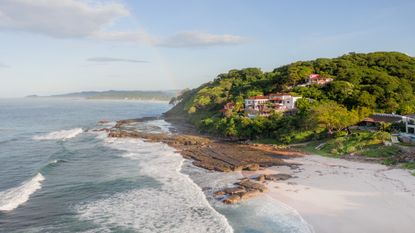
Where to Stay
Where to eat.

Known for its exceptional surfing, the Emerald Coast of Nicaragua is a hidden gem along the Pacific coastline . Though still rugged, the area is quickly becoming a hotspot thanks to the resorts and charming restaurants popping up along the coast, bringing with them thoughtful architecture that pops against the landscape.
If your favorite vacations lean adventurous, the Emerald Coast deserves a spot on your bucket list. From sandboarding and surfing to volcanic climbs and hikes through the unspoiled wilderness, the Emerald Coast offers once-in-a-lifetime views and experiences.

Encompassing 2,700 acres of the Emerald Coast, Rancho Santana is a perfect jumping-off point for explorers. Even without leaving the property, there are trails for hiking and mountain biking, a sea turtle sanctuary, and five distinct beaches.
For seclusion, visit Playa Escondida, the hidden beach, which boasts a pristine stretch of white sand that you’ll likely only share with sea turtles. At Playa Los Perros, relax between catching waves at La Taquería or lying in the hammock strung up next to the Surf Shop. And at Playa Santana, you’ll find the 17-room Inn at Rancho Santana. The Spanish-style destination embraces rustic luxury, featuring intricate metalwork created at their onsite ironworks and furniture crafted by local artisans. (For more space, check out their three-bedroom, three-bath Residences.)
Climb a Volcano at Sunset
A post shared by Michelle Stansbury (@discoverwithmichelle) A photo posted by on
Masaya Volcano National Park is one of the best reasons to venture away from the coast. The easily accessible crater holds a persistent lava lake, smoldering with large amounts of sulfur dioxide and, at night, visible lava, giving it the name “The Mouth of Hell.” Just before sunset, hike up the cross (La Cruz de Bobadilla) for a stunning sunset surrounded by dramatic volcanic rocks.
Sandboard Down Beach Dunes
While surfing is the sport that defines the Emerald Coast, there's also a more unique, adrenaline-filled option: sandboarding. After climbing up a 100-foot sand dune at Playa Duna, coast down on an adapted body board for a once-in-a-lifetime thrill.
Relax at the Spa in El Bosque
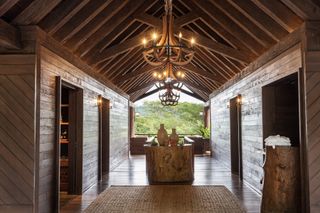
With so much to do in Nicaragua, take a day between activities to help your muscles recover at the Spa in El Bosque. Before your massage, enjoy some hydrotherapy at the spa’s hot and cold plunge pools to stimulate circulation and recovery.
Stay In The Know
Marie Claire email subscribers get intel on fashion and beauty trends, hot-off-the-press celebrity news, and more. Sign up here.
La Finca y El Mar
La Finca y El Mar is nestled between the Emerald Coast and the restaurant’s 80-acre organic farm. Tour the farm and its garden before dinner to see the sustainable fare being lovingly grown and cultivated: the farm produces fruits, vegetables, and meats, as well as dairy from the herd of Reina cows for mozzarella and salty Nicaraguan cheese.
La Boquita
Poolside eatery La Boquita is known for its sushi and pizza, along with the sensational pink-hued sunsets you can take in over Playa Rosada. Live music often accompanies the sound of the ocean as the chefs in the open-air kitchen dance along.
Michelle Stansbury is a San Diego-based freelance writer who writes about travel, food, and relationships. Misuse of the word "literally" drives her figuratively insane.

“No great relationship comes without work.”
By Rachel Burchfield Published 18 April 24

Fans' excitement to listen immediately and, on the other hand, their loyalty to Swift and her release date of April 19 are seemingly at war with one another.
By Fleurine Tideman Published 18 April 24

“She really doesn’t care what others think.”
- Contact Future's experts
- Advertise Online
- Terms and conditions
- Privacy policy
- Cookies policy
Marie Claire is part of Future plc, an international media group and leading digital publisher. Visit our corporate site . © Future US, Inc. Full 7th Floor, 130 West 42nd Street, New York, NY 10036.

Travel Guide to Nicaragua – How, Where & Frequently Asked Questions
Enjoy the adventurous sports in the island-like sea fishing or you can even have dived. Have a brief knowledge about Nicaragua , check this travel guide !
Now a day, people find ways to have a long vacation to a place where they want to relax and feel free. If you’re looking for a tropical and unique trek, go for a Nicaragua vacation. It is a complete package of culture, hospitality, and landscape. If you’re seeking for not that expensive tour then you can have this place as your choice. You can have a good adventure if you have a modest budget. You can have an unforgettable experience as you go around the place.
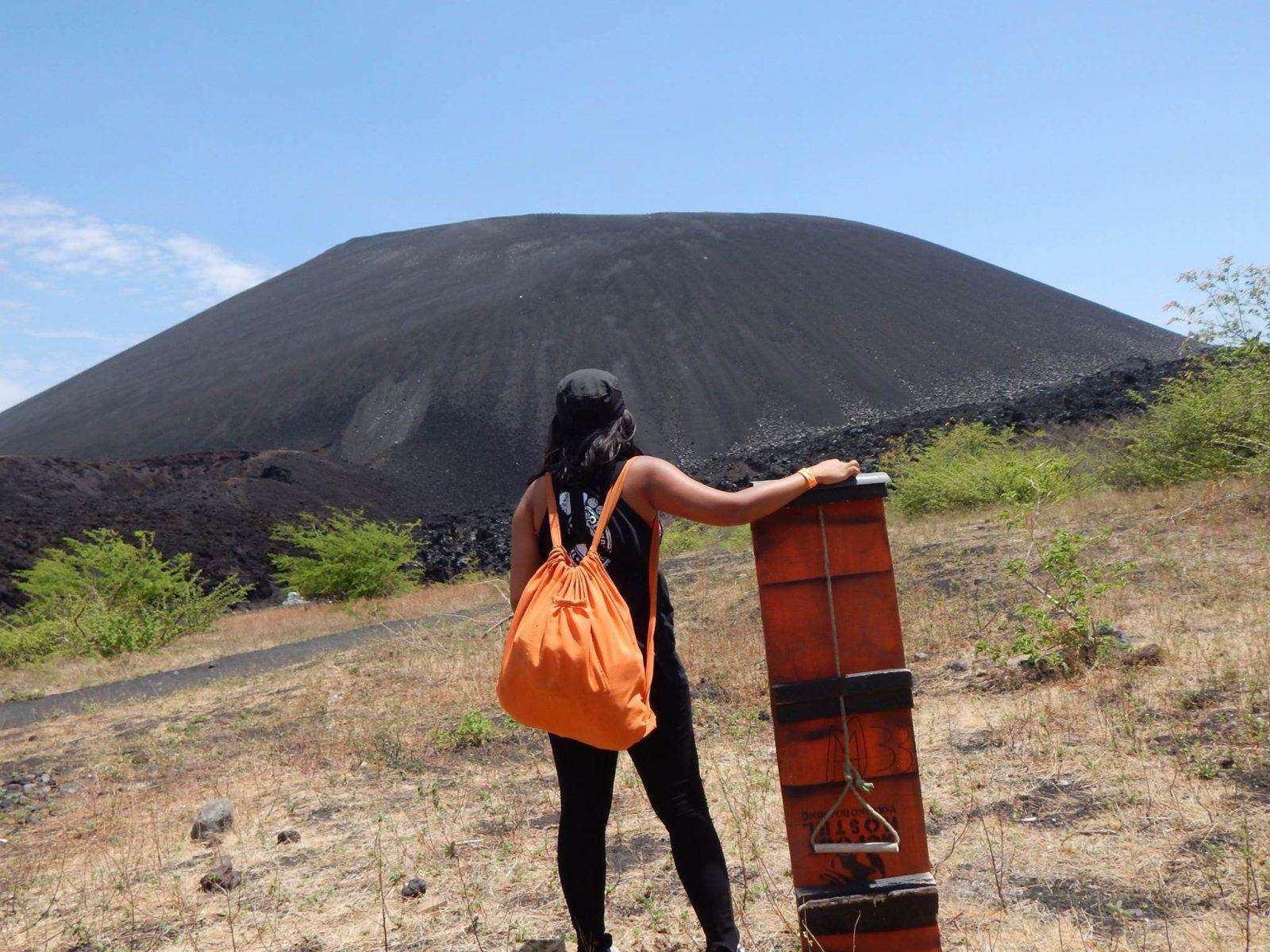
As a matter of fact, there’re many exciting places that you can prefer doing your Nicaragua travel. Among these destinations, one of the exciting places that you can fully relax is staying at beaches that surround the place. located on the coast of the Caribbean, Corn Island can be found in front of the city of the Bluefield’s. There, you can witness the terrific sunsets in the big corn island. People on the terraces of their houses can barely sit down listening to the breeze and cool waves while enjoying the day waiting to turn into night. In addition to the islands, you can see the exotic native palms and fruit trees with white sand beaches that surround eating.
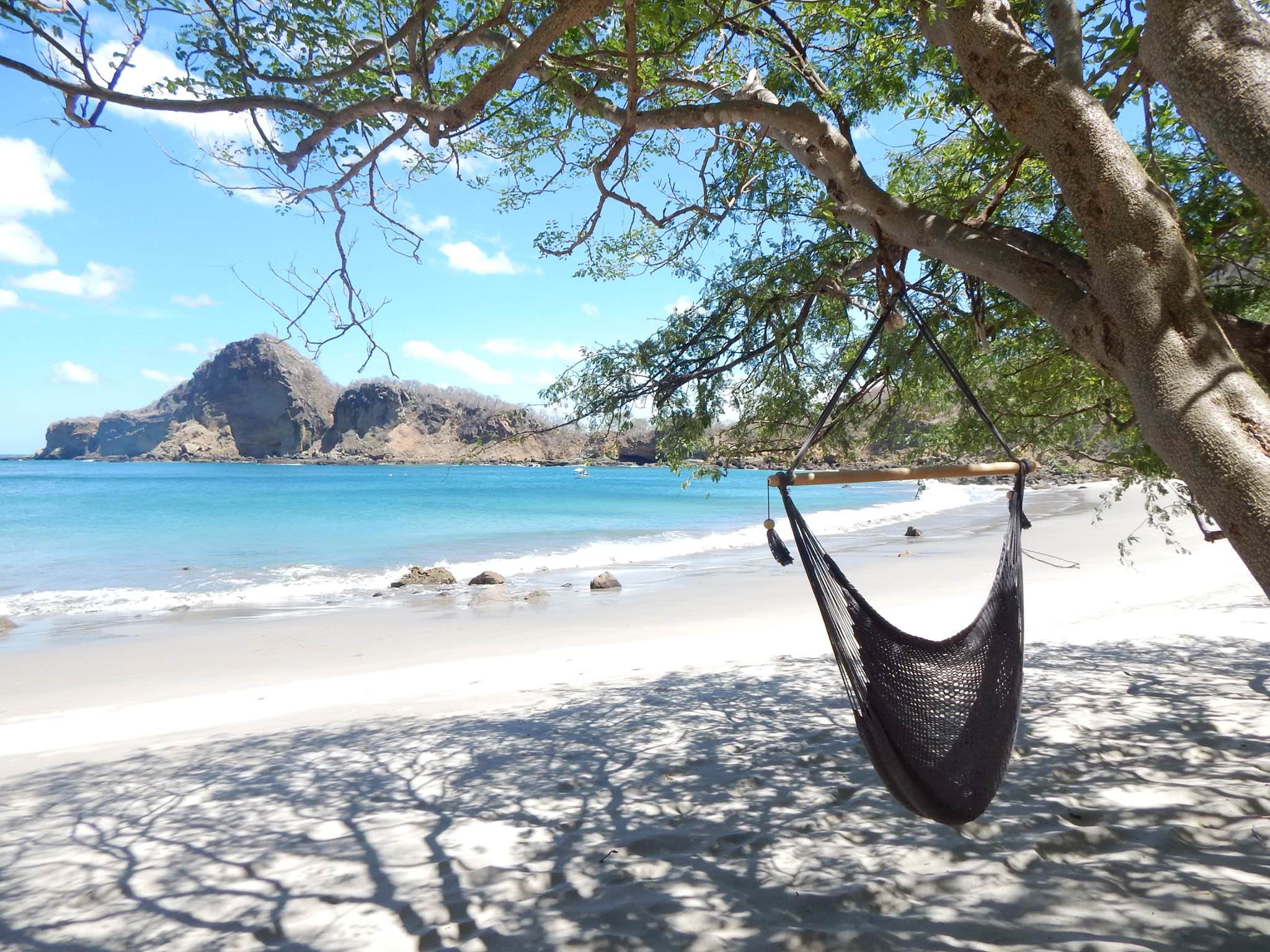
Enjoy the adventurous sports in the island-like sea fishing or you can even have dived. This place is far away from the noise it is peaceful and calm. The site offers a variety of activities that one can see the amazing range of rays, corals, different colors of fishes, dolphins, and turtles.
Table of Contents
Questions and Answers about Nicaragua
Where is nicaragua.
Located in Central America, Nicaragua is Costa Rica’s neighbor to the south. In the north, it shares a border with Honduras. On the west of the country, there is the Pacific Ocean and on the east is located the Caribbean Sea.
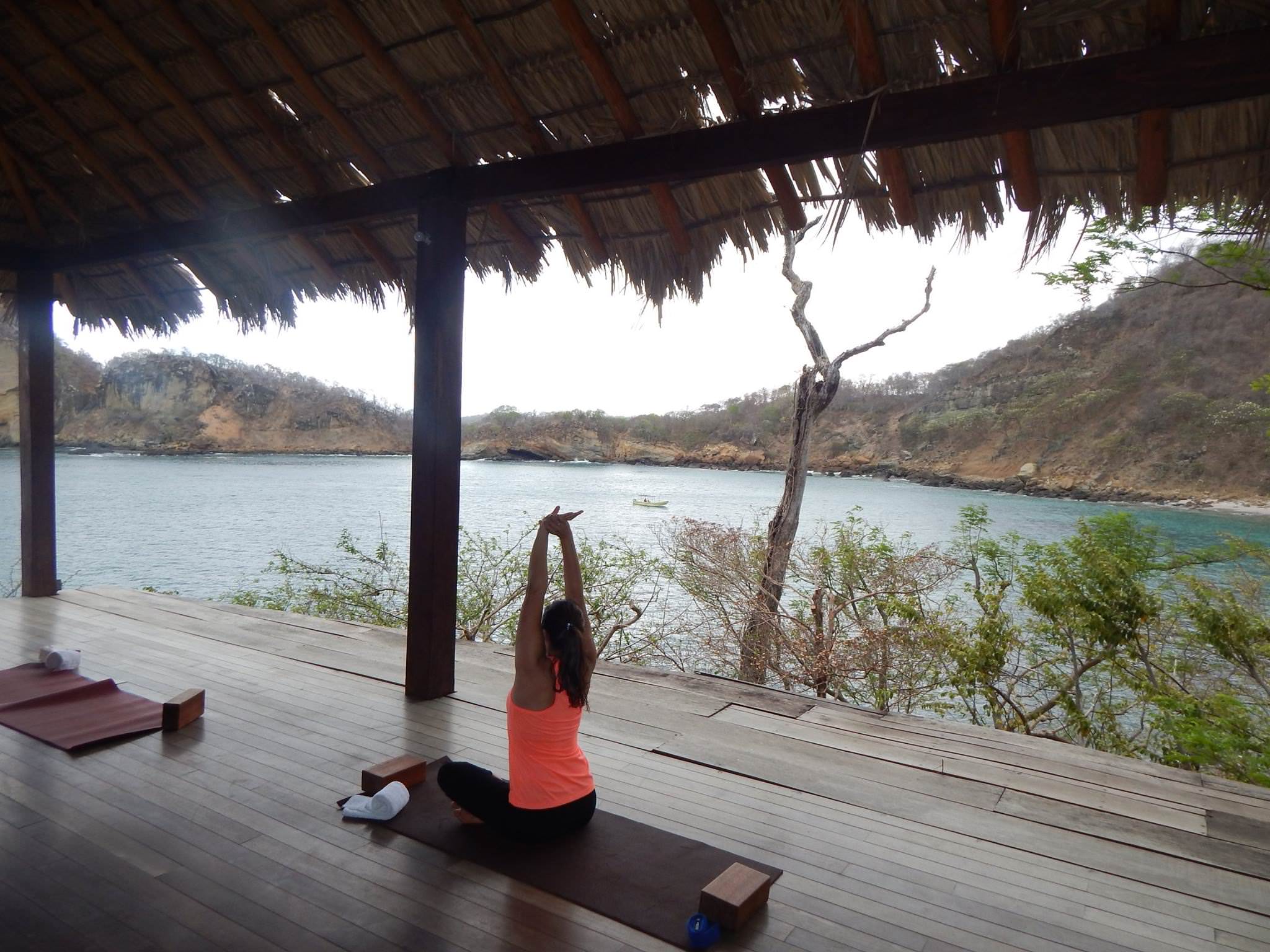
Is it safe to travel to Nicaragua?
The country has an overall low crime rate but there are few areas in the country where crimes are abundant. Rare attacks and murders can happen especially in Rivas and Managua, the capital. On the other hand, petty crime is still a concern. Thieves and Pickpockets work on public transport and around bus stops. The majority of the criminals have weapons, so in order to avoid getting injured, do not resist. In a situation of being robbed, notify the police and get a signed and sealed copy of their report.
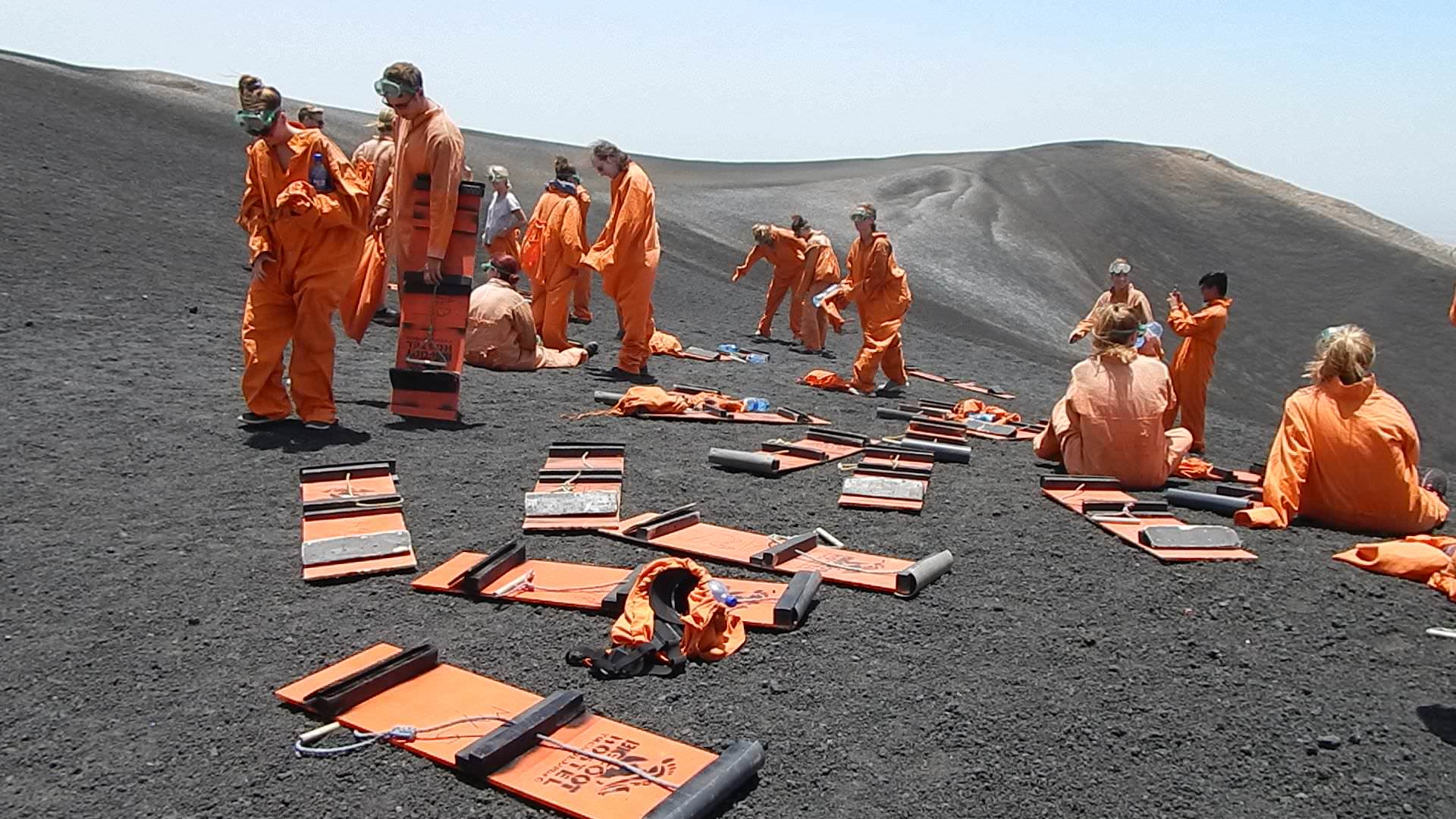
At night, never walk on the road. Instead, get a taxi even if you are a couple of blocks away from your destination. It is recommended that you travel in groups or with someone who does not only speak Spanish but also knows the local areas. However, most tourists don’t claim about the safety of the country and we also enjoyed our tour quite safely. The important thing is to follow the news on television and radio closely and be aware of your surroundings at all times like you would in any large city.
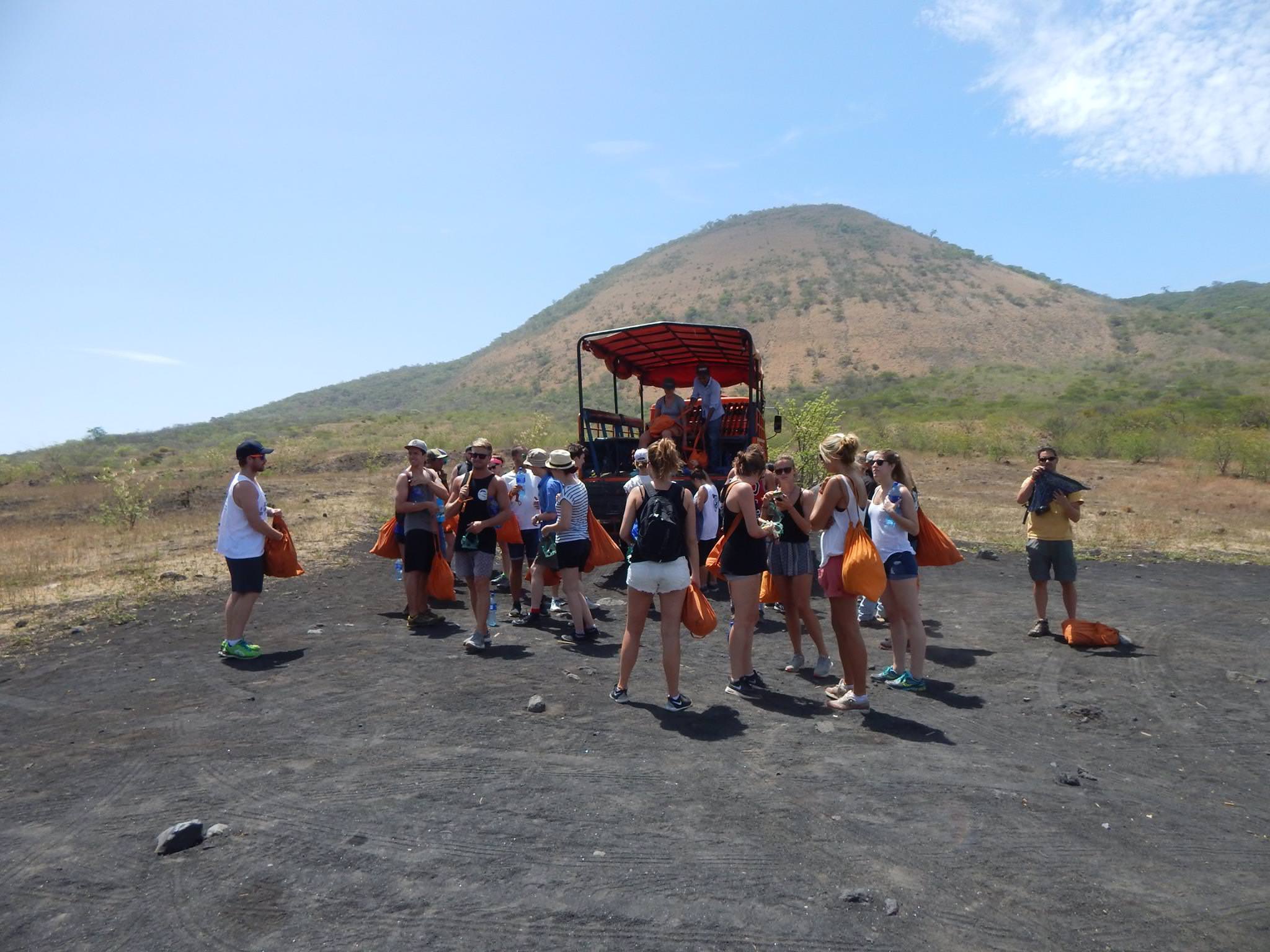
How to Change Money in Nicaragua?
First of all, it is strictly advised that you should never get the money exchanged at airports because they’ll give a 25% less exchange rate. By all means, it is never acceptable. You can find money exchanging guys in parks & traveler attractions, also hotels, tour places & restaurants. In addition to that, you can also use the ATMs and in my opinion, it is the best option to withdraw the money. Never exchange money at the airport. We recommend taking a mix of US dollar bills that are accepted everywhere and exchanging some money at a bank or street money exchanger when it is convenient.
I made the mistake of thinking it was necessary to get Cordobas on arrival and the rate would be reasonable at the airport. Besides, there are several places to change money at the airport but they are all run by the same companies which are robbing tourists on the rate through their monopoly.
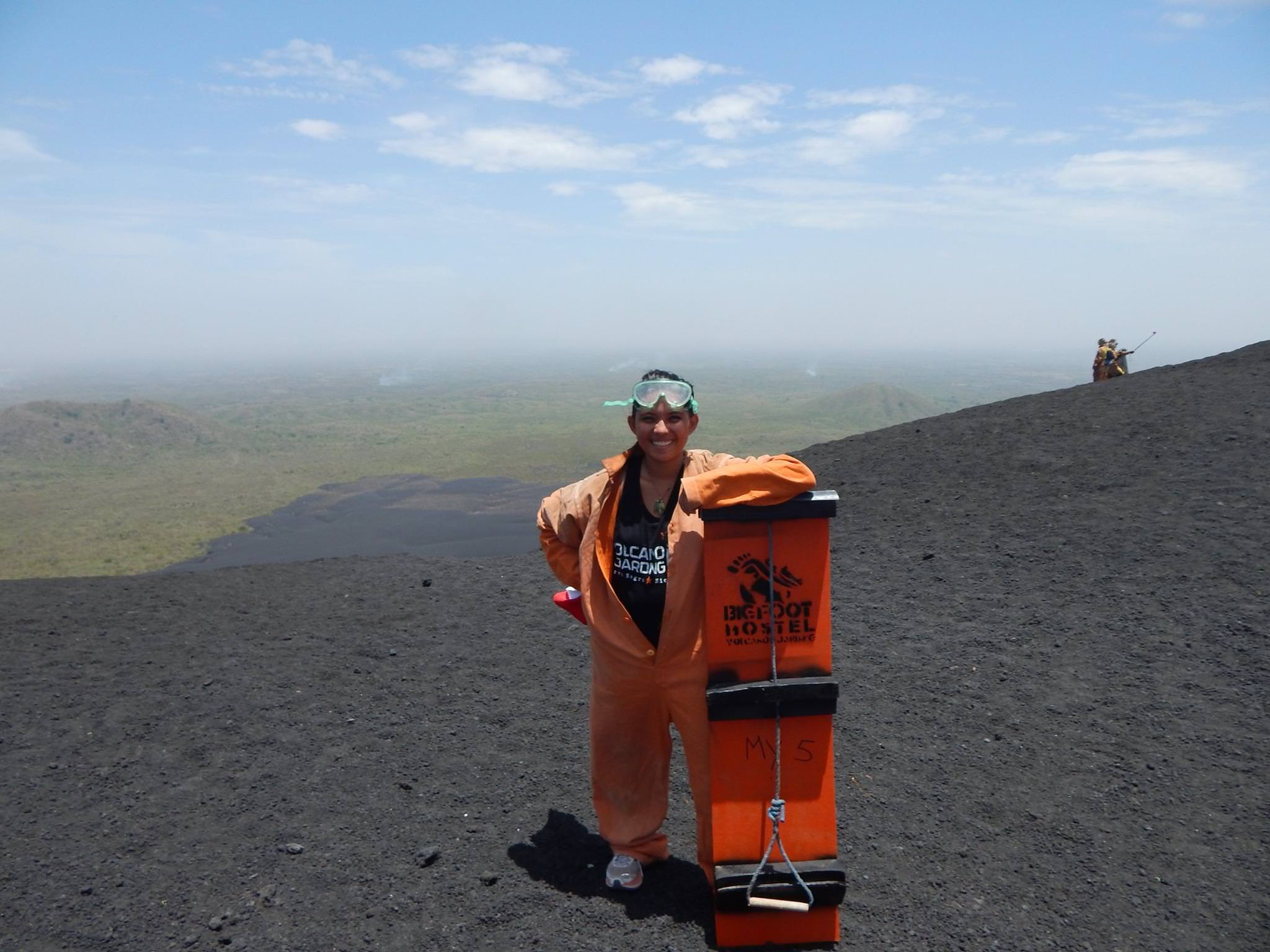
What is Unique about Nicaragua?
The largest lake in Central America is Lake Nicaragua. Currently, it is used as a water supply for many parts of the country and is a huge tourist attraction. The Ruins of Leon Viejo, Nicaragua is the oldest city in Central America which is over 1500 years old. The country is blessed with two coasts , each bordering a different ocean. In this respect, the Pacific Ocean lies to the west of the country and the Caribbean to the east.
What is the culture of Nicaragua?
The majority of Nicaraguans are of mestizo origin, the result of breeding between the original Spanish settlers and the native indigenous people. This is something that most Nicas – as they call themselves – are proud of. Most of these festivals that take place in Nicaragua descend from Pre-Columbian traditions, far more so than other countries in the region. It is the mixture of Roman Catholicism that the Spanish brought with them and local indigenous culture has produced something quite unique in Central America.
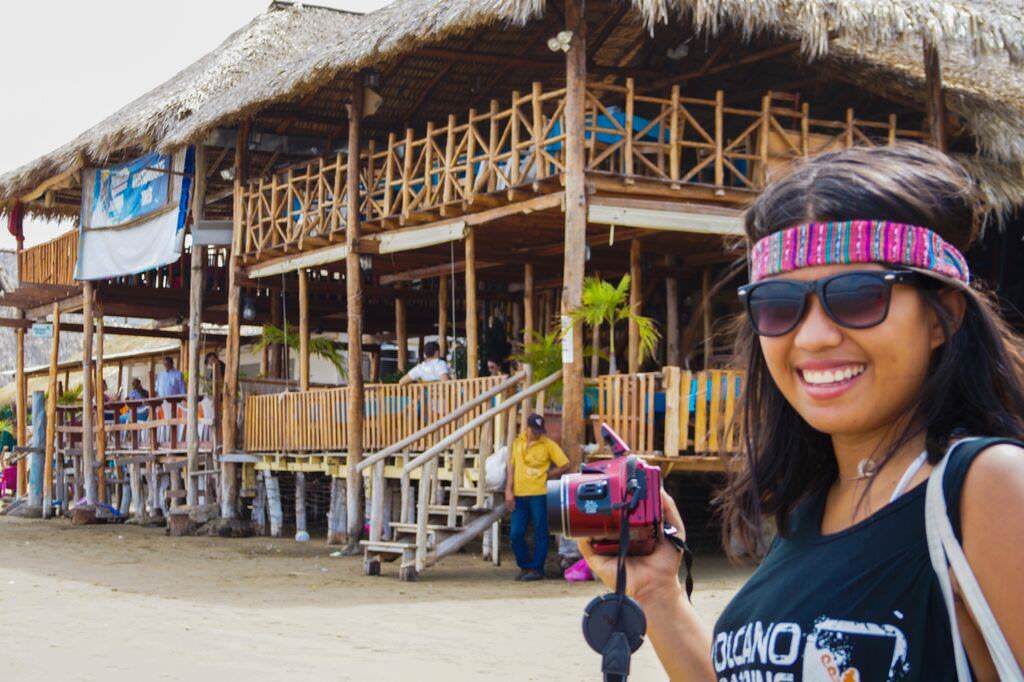
Locals are generally passive people, and have a “live and let live” policy. Don’t bother them and they won’t bother you. They don’t like to insinuate themselves into somebody else’s life.
What is the Geography of Nicaragua?
The terrain of the country is mostly coastal plains that eventually rise up to interior mountains. On the north side of the country, there is a narrow coastal plain that is dotted with volcanoes. Nicaragua’s physical geography divides it into three major zones: the Pacific lowlands, the central highlands, and the Caribbean lowlands. It is also home to the largest body of fresh water in Central America, Lago de Nicaragua. You will see plenty of timber that is drawn on by most of the population and fish is a very popular natural resource that is used for food.
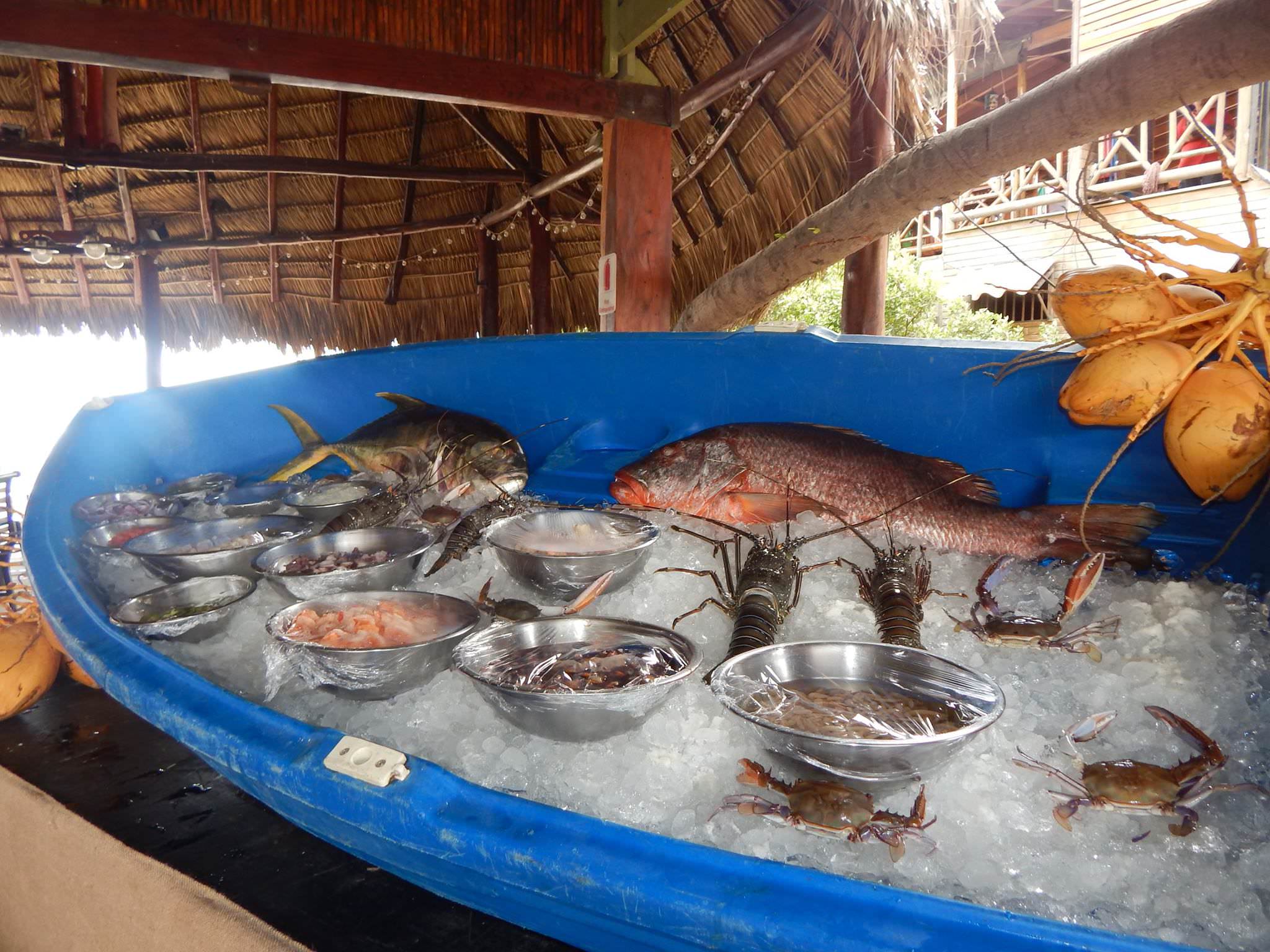
How to travel to Nicaragua?
If you are planning to travel to Nicaragua, here are some of the airlines that will take you to Nicaragua from these countries.
- London: Air France, KLM, American Airlines offer flights from London to Nicaragua.
- USA: Airlines like American Airlines, Copa, and Delta carry flights from various US cities to Nicaragua.
- Dubai: KLM, British Airways and Air France offer flights from Dubai but these are all connecting flights.
- Singapore: At the moment, there are no direct flights from Singapore. You have to travel to the US and take a connecting flight from the USA.
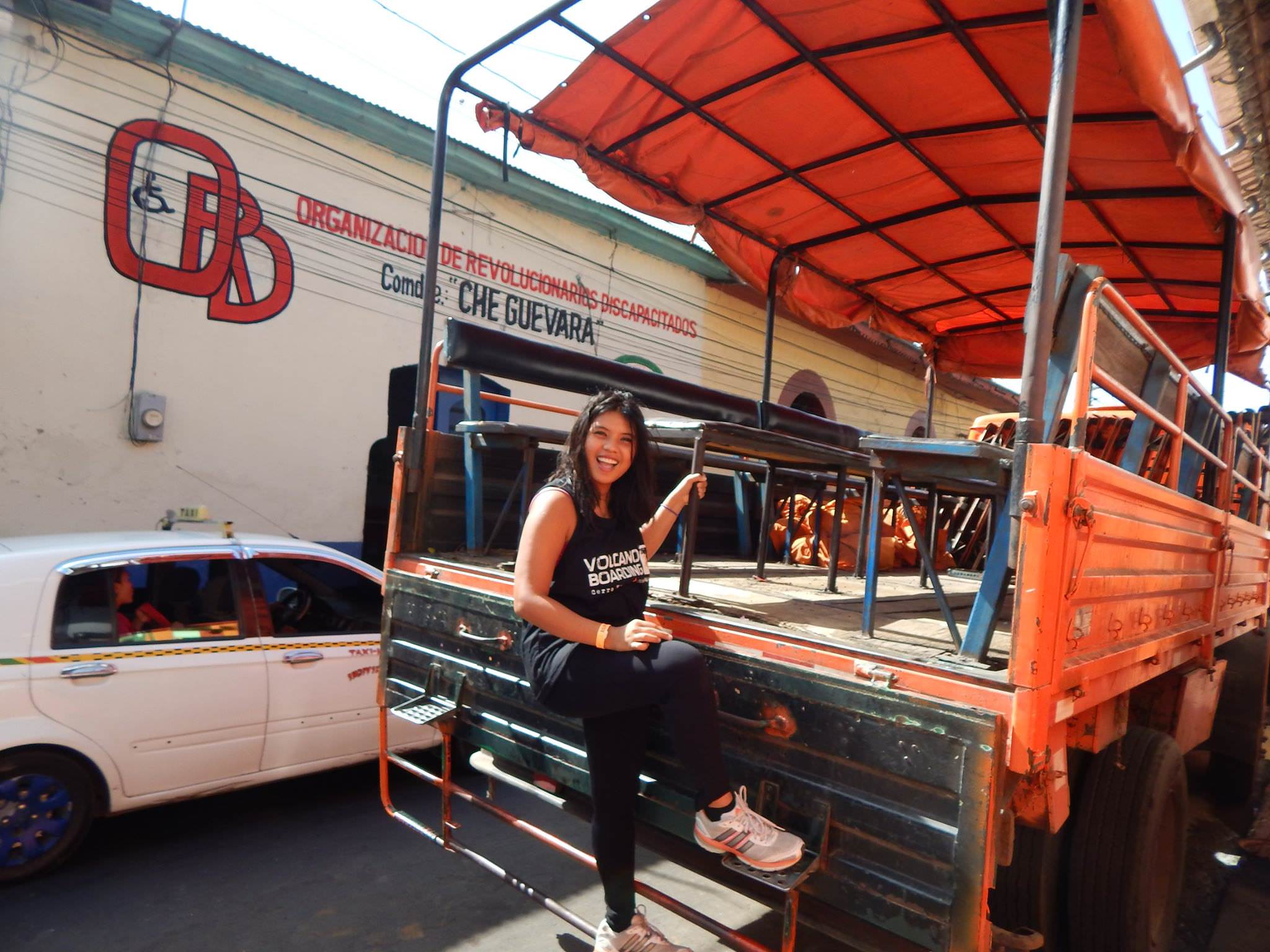
How to travel in Nicaragua – Transport in Nicaragua?
- Public buses: Since few people own vehicles in the country so there is a well developed public transportation infrastructure in the country. In the majority of the areas, roofed pickup trucks called rutas are another alternative public transportation option. Urban buses in Managua are for the most part clean and modern.
- Trains: At the moment, there is no rail facility in the country.
- Taxis: All the taxis in Nicaragua are members of colectivos (taxi associations), which stop and pick up other clients en route to their destination. Almost all the taxis are unmetered and notorious for ripping off tourists, so you must stay vigilant.
- Private transfers: Like other Central American countries, you’ll find good companies but check for the rates before making a booking.
What’s the food like in Nicaragua?
The local food and drink of Nicaragua is representative of the diversity of its residents. Creole, Spanish, Garifuna, and Indigenous Nicaraguan cuisines have all influenced in the modern Nicaraguan food, which most travelers find delicious—and exceptionally inexpensive. Major local dishes include Gallo Pinto, Desayuno Nica, Nacatamales, Quesillo, Indio Viejo, Rondón and Baho, etc.
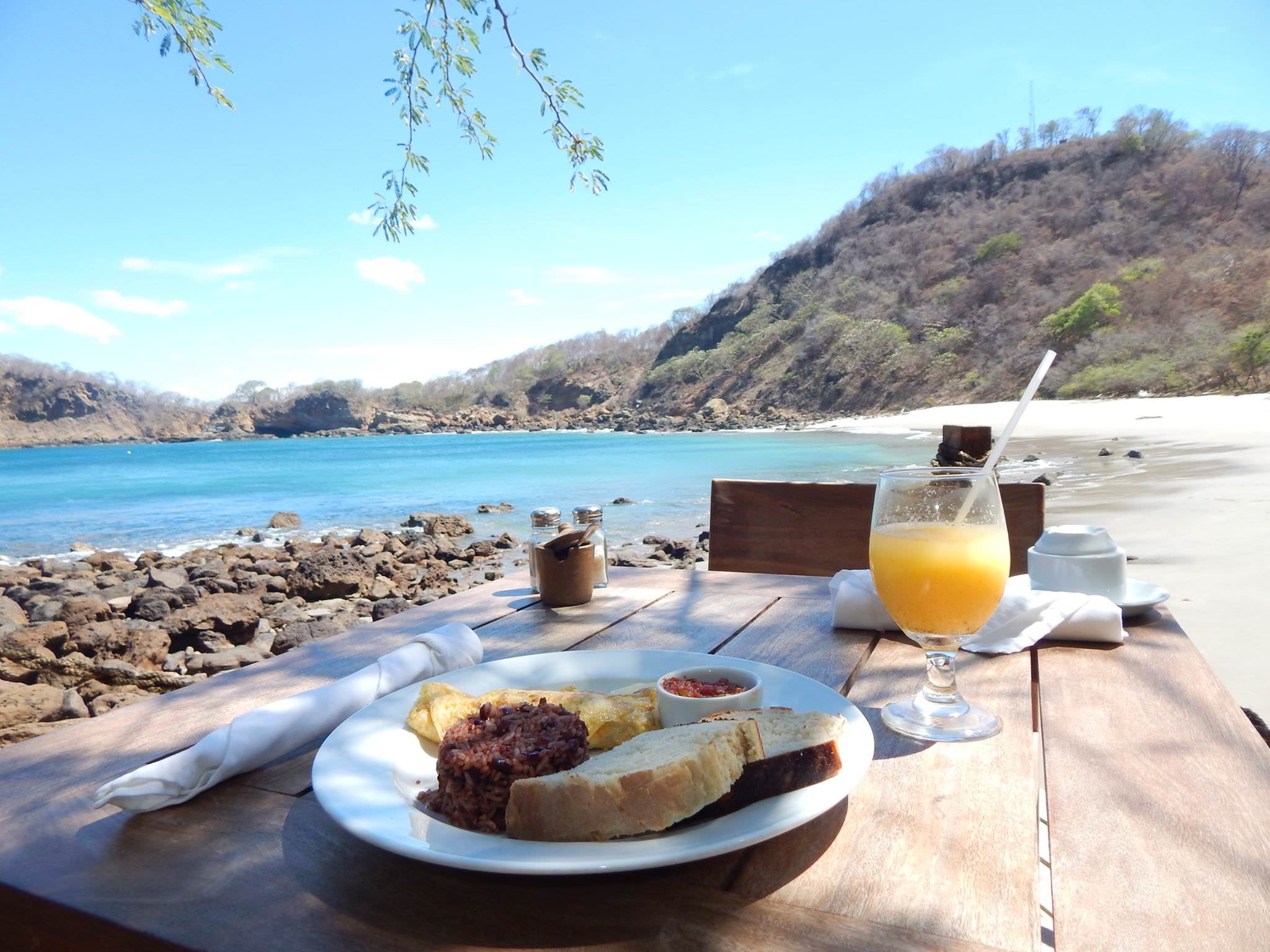
What is the weather like in Nicaragua?
Being a tropical country, Nicaragua has two distinct seasons: the wet season, and the dry season, although the locals call these Invierno (winter) and Verano (summer). A rainy season lasts from May to October, and the wettest months are September until November. It is the time when the Caribbean hurricane season sets in, and so heavy tropical storms are common. From November and April is the dry season, although it still may rain during this time, from the occasional shower to a downpour lasting several days.
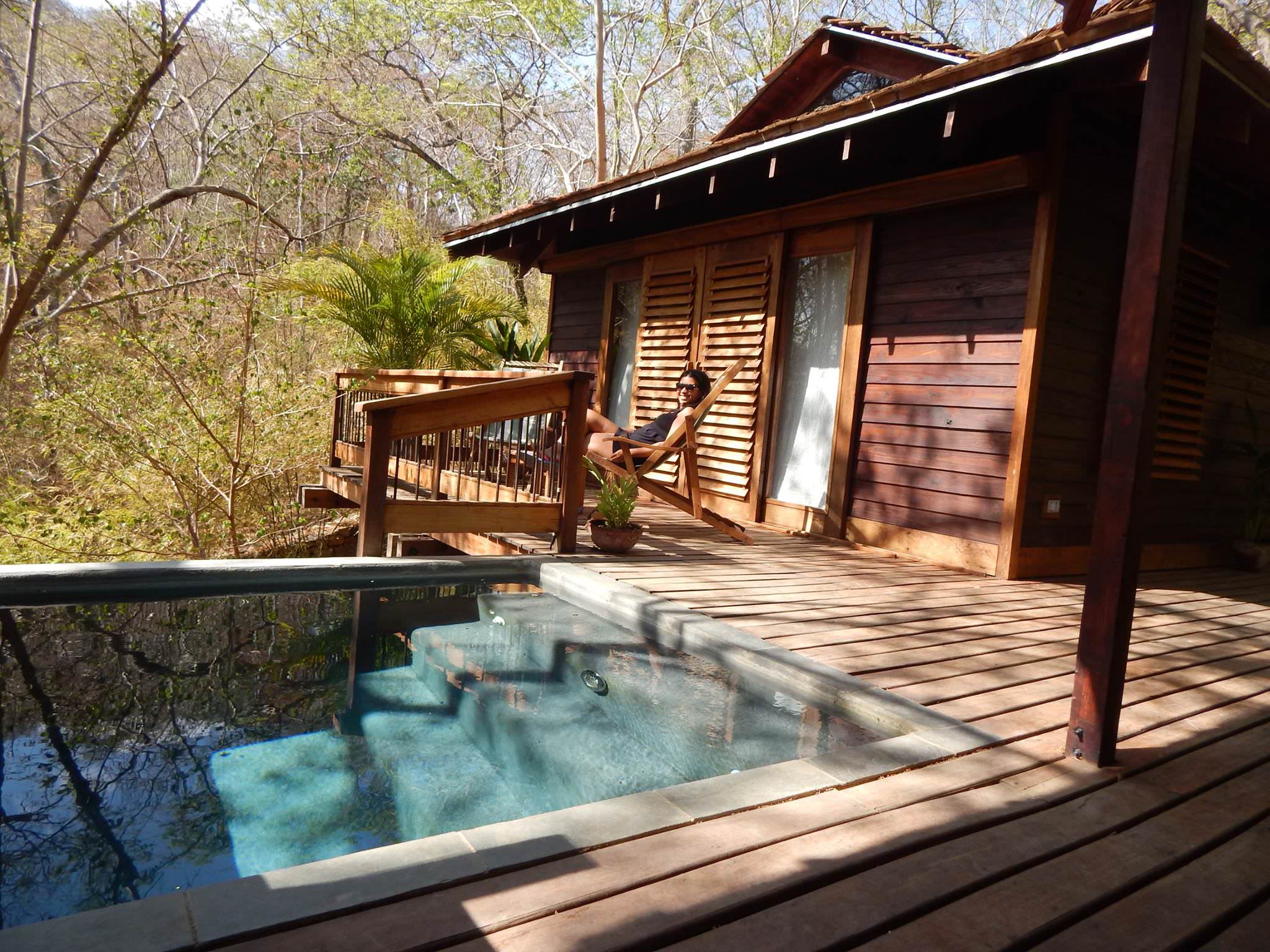
Important things to pack for a trip to Nicaragua
Looking to pack stuff for the next Nicaragua tour, consider the following items:
- Sun hat: It’s good to stay protected against the heat.
- Scarf: It’s an amazing choice for both men and women. It not only protects from sunlight but also from the sulfur and ash of volcanoes.
- Water bottle: It’s necessary to stay hydrated.
- Mosquito spray: It’s a must when traveling Nicaragua.
10 Amazing places to see and things to do in Nicaragua
1. explore granada.
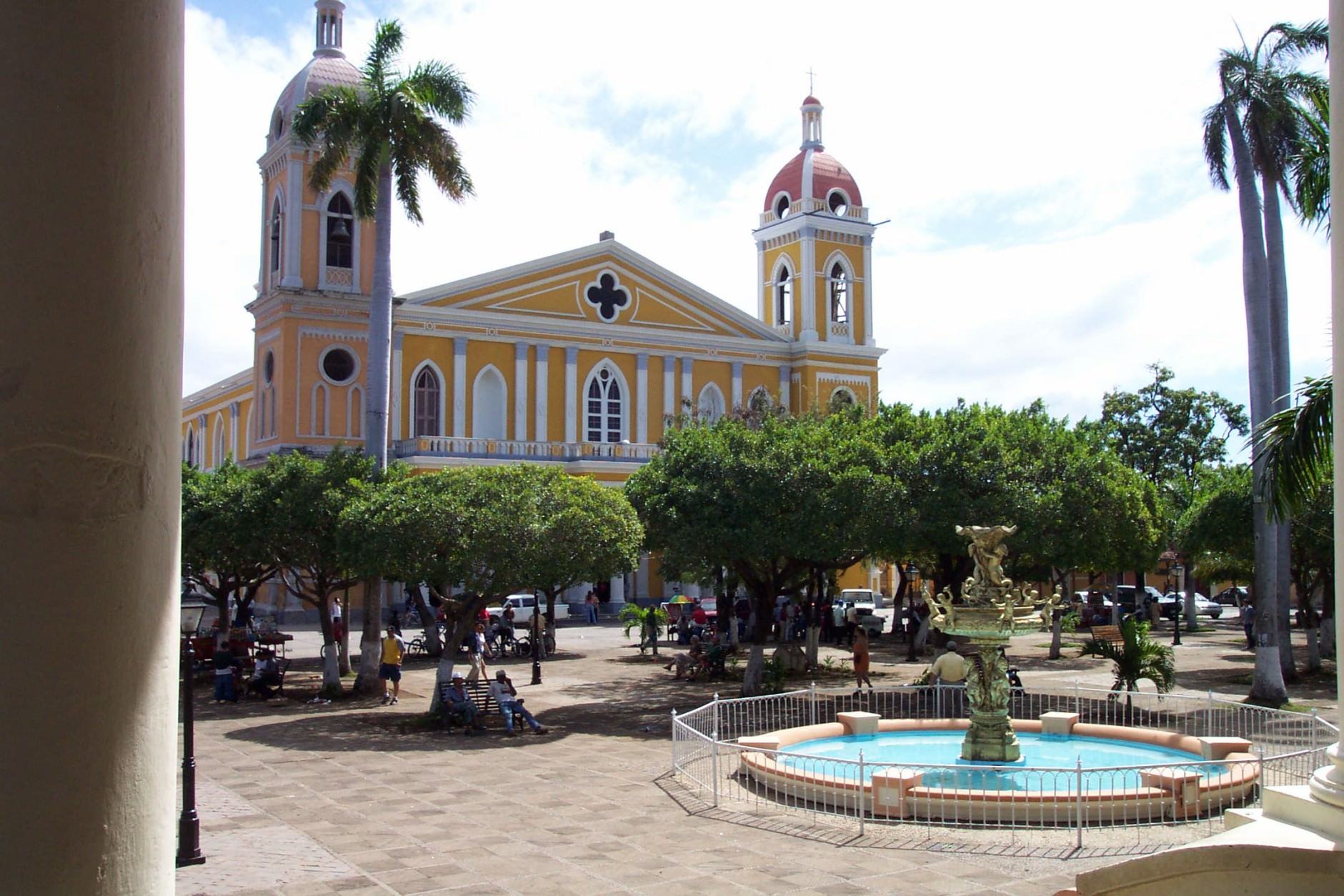
The city offers multiple forms of transportation to get around town, including horse-drawn carriages, but luckily most attractions here can be reached by foot. It is breathtaking with pastel-colored buildings, historic churches, and cobblestone streets.
Suggested Tour: Granada City Tour and Boat Tour in Lake Nicaragua
2. Visit Masaya Volcano
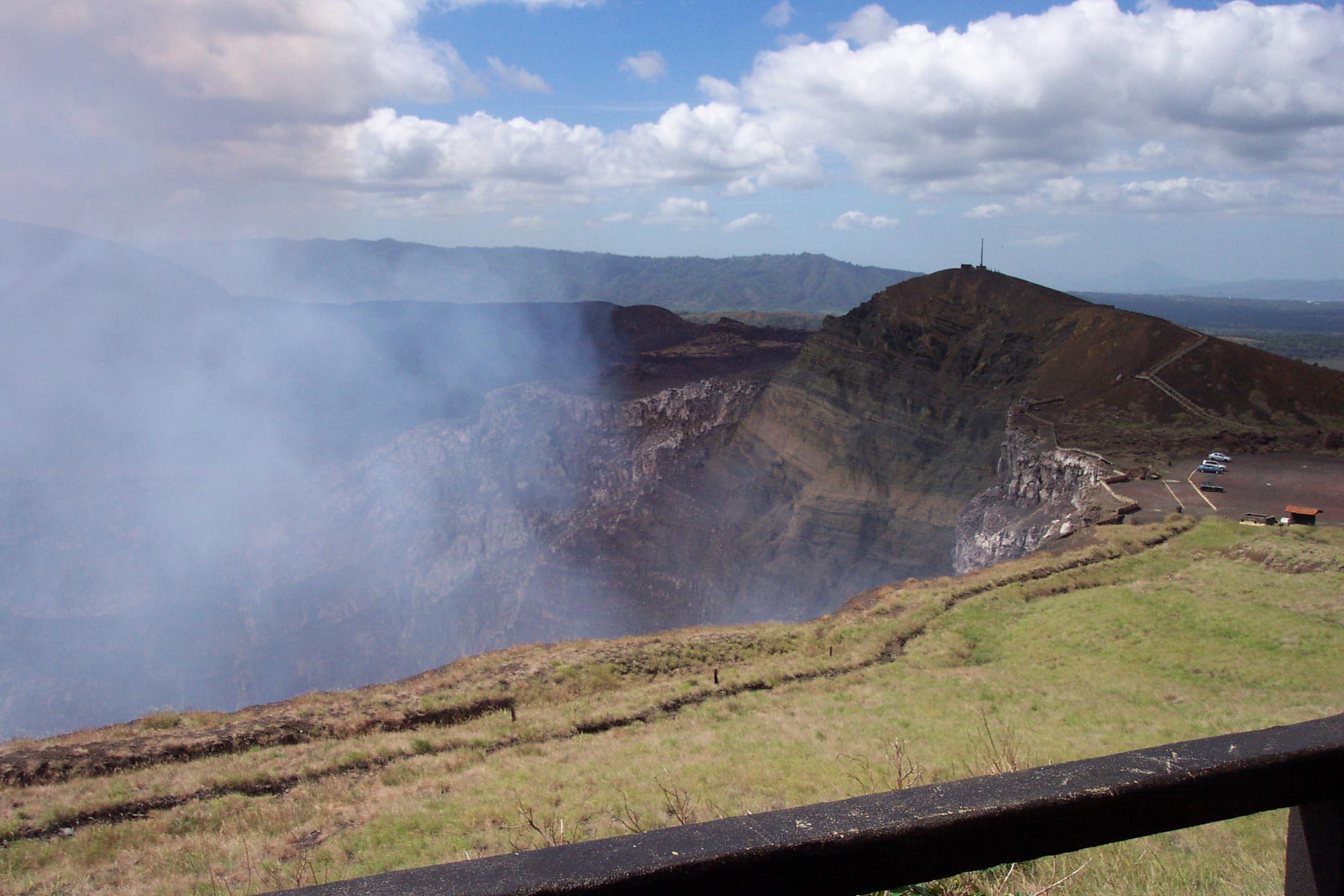
To reach the top, you can drive right up and park by the lip of the crater, although cars do have to be facing downhill in case of an emergency evacuation from this active volcano. A tour to Masaya is easily arranged from the capital Managua, which now has a number of new attractions to tempt travelers to stay a few days.
Suggested Tour: Masaya Volcano Night Tour
3. Visit Cerro Mogotón
In fact, Masaya maybe Nicaragua’s most-visited natural treasure; only a few hardy adventurers make it to the top of Cerro Mogotón, which at 2,107 meters (6,913 feet) is Nicaragua’s highest peak and one of its wettest. You must visit it during your tour.
4. Visit Cerro Negro
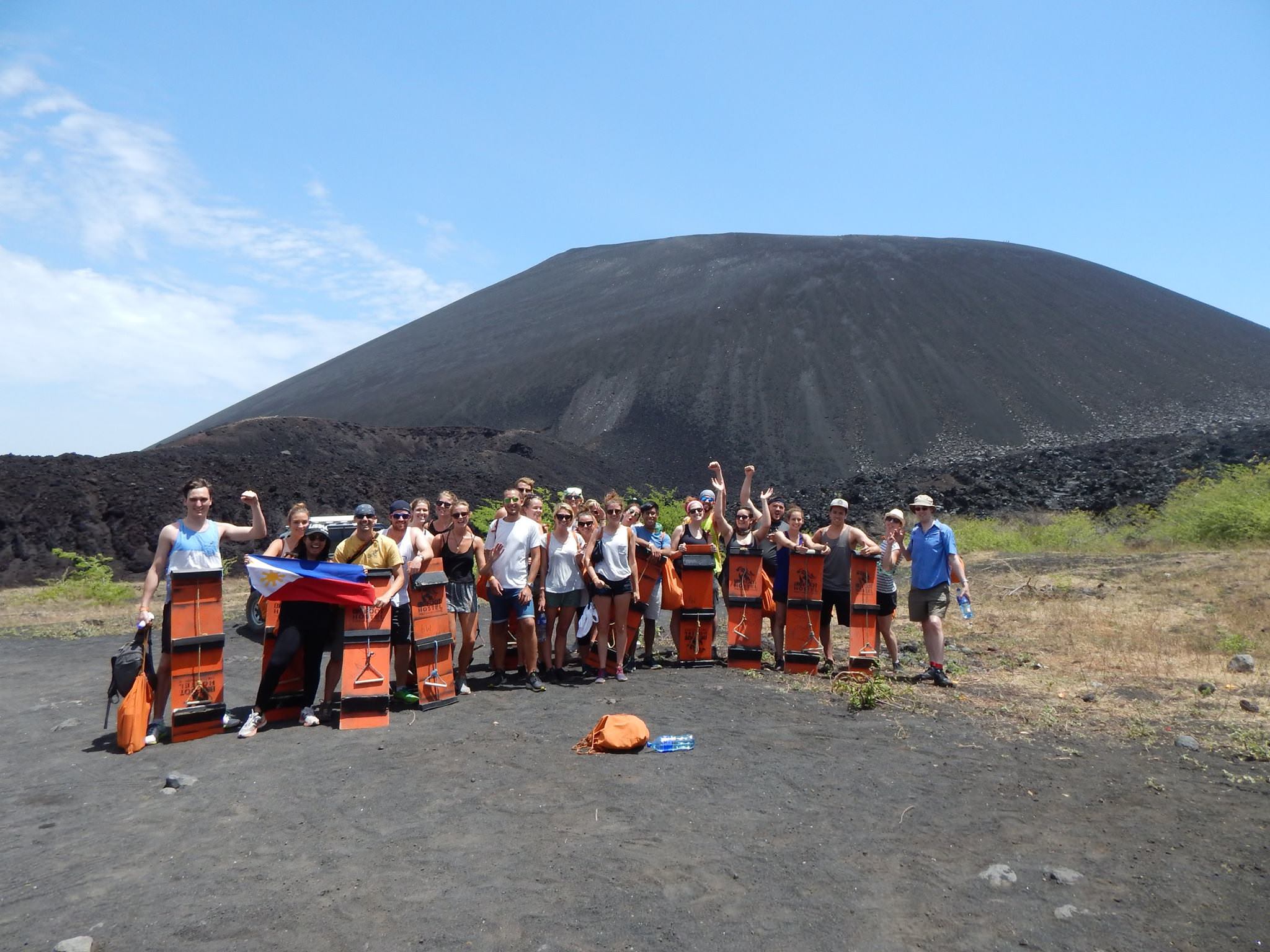
It is one of the world’s youngest volcanoes; Cerro Negro’s dramatic black cone of gravelly cinder appeared in 1850 and has erupted 23 times since then. It is the best place to practice volcano surfing in the world, Cerro Negro is a bucket-list must.
Suggested Tour: Cerro Negro Volcano Sandboarding, Nicaragua
5. Visit Isla Ometepe
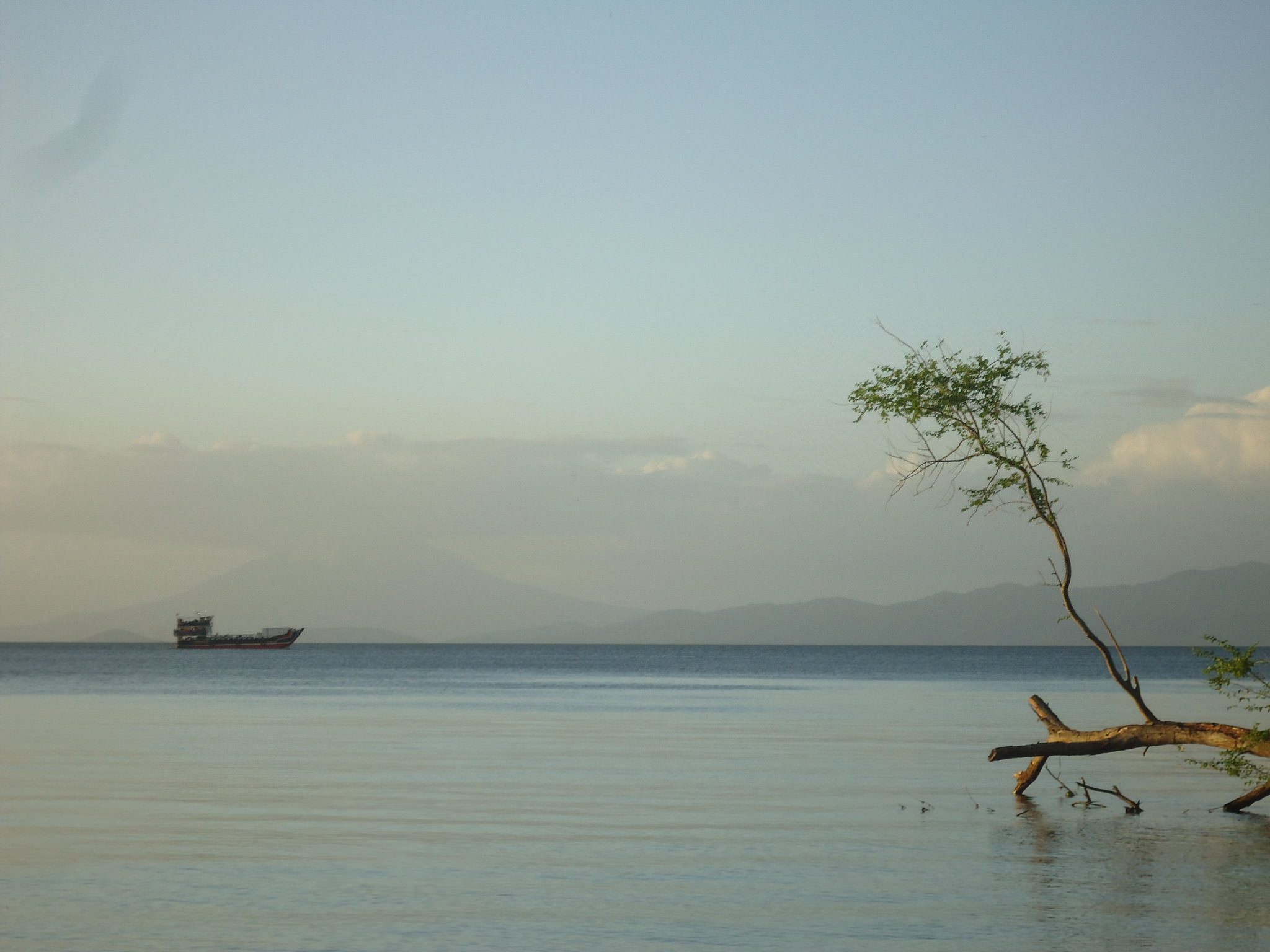
Accessed by ferry from the port of San Jorge, this large island in Lago Cocibolca (Lake Nicaragua) is graced with two mighty volcanoes: the active Concepción Volcano in the north and the not-so-active Maderas in the south.
Suggested Tour: A great tour day for the ISLAND OF OMETEPE.
6 Visiting Christ of the Mercy Statue
You can get access to the statue by just walking the beach and crossing the river at low tide or walking over the bridge. From, either way, it takes about 20 – 30 minutes to get to the top. It is an amazing hike, but it gets steep the last 10 minutes up. The amazing view from the top is breathtaking though.
7. See the olive ridley turtles
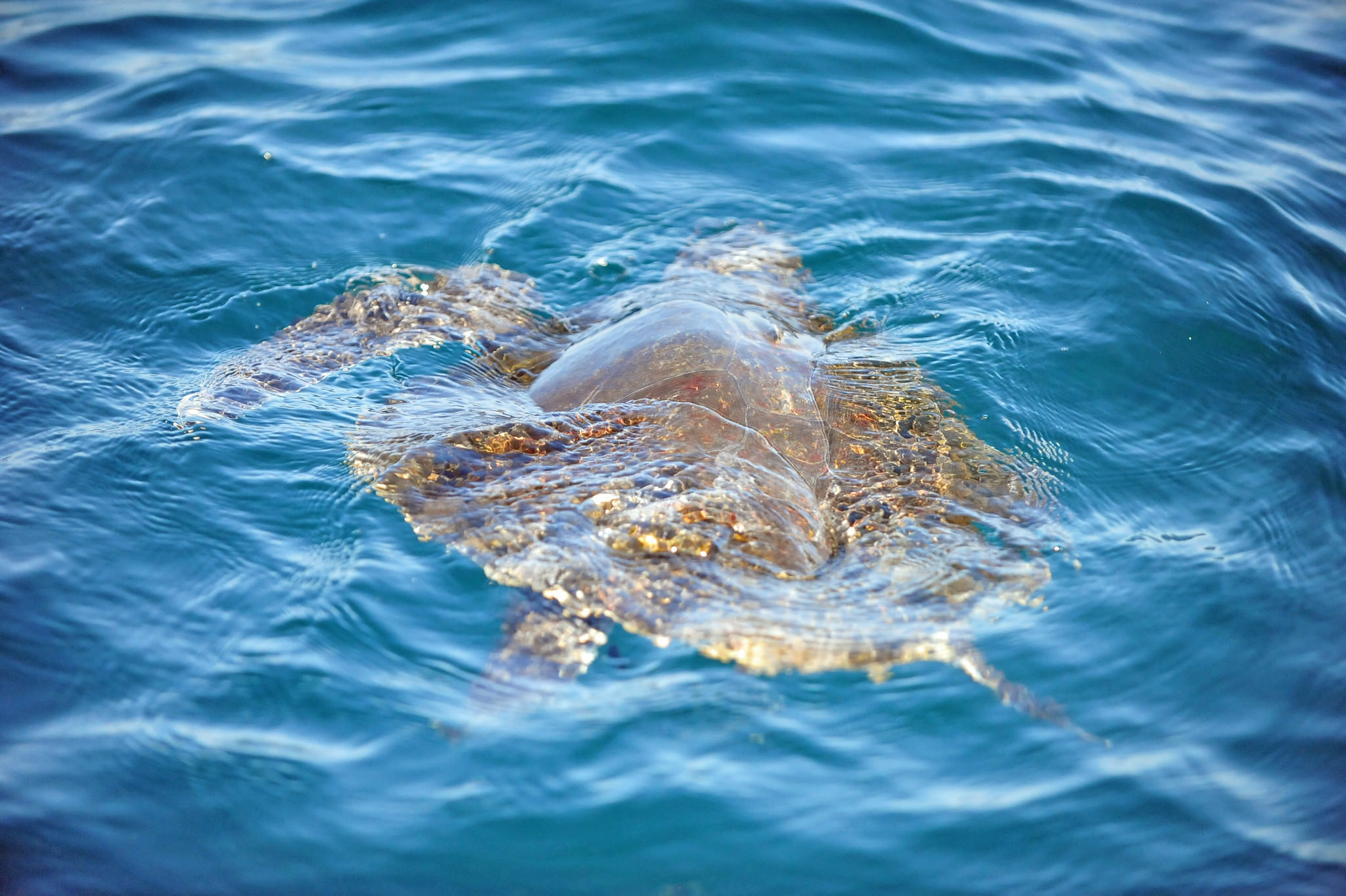
Just imagine seeing thousands of turtles hatching in front of your eyes. Here at The La Flor wildlife refuge reserve is home to the olive ridley turtle nesting. You can observe more than 100 000 olive ridley turtle’s eggs on this particular beach each year.
8. Surf in San Juan del Sur
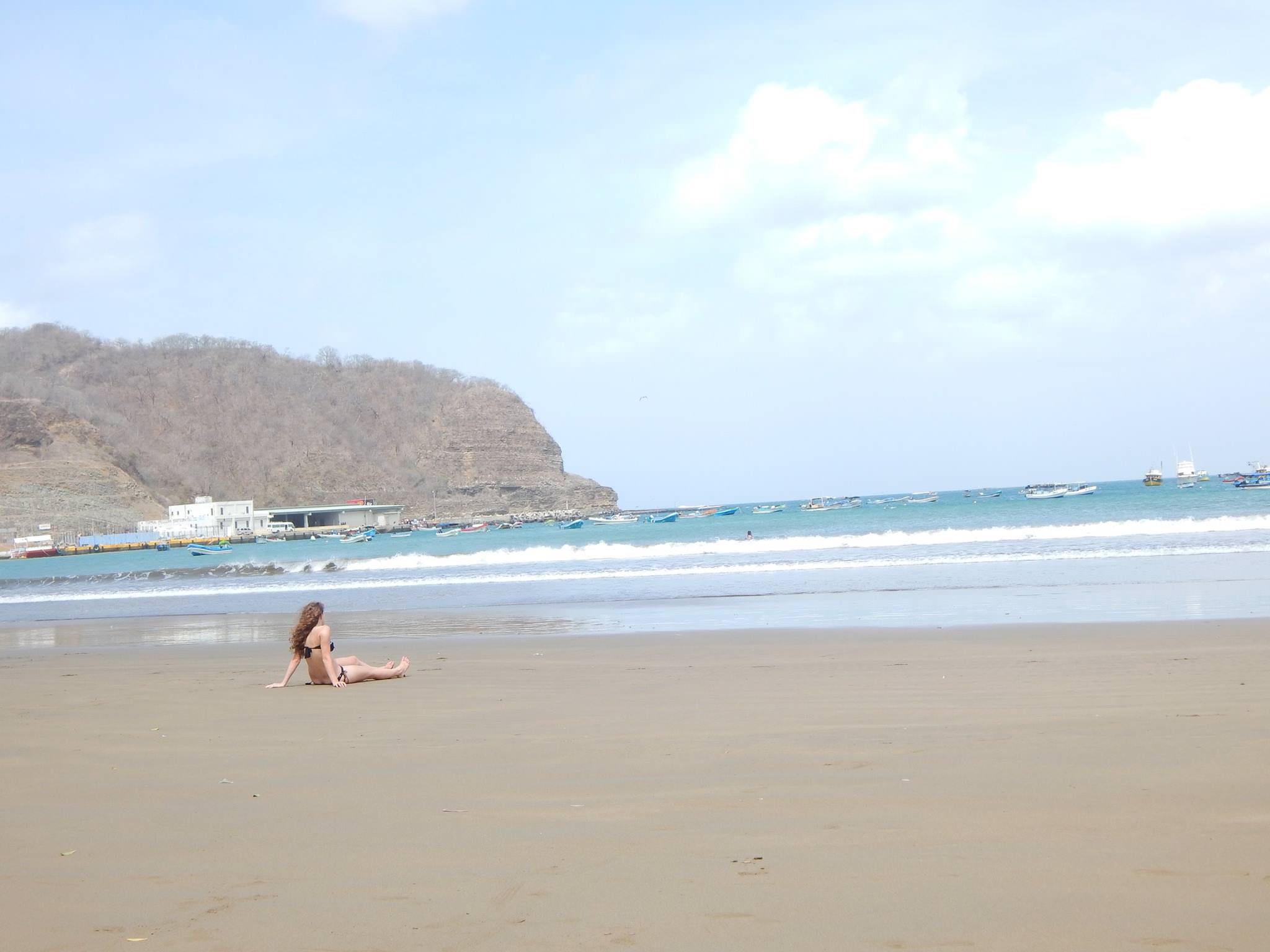
Here the beaches are beautiful and lapped by warm water. Here you’ll find great surfing (expect to pay around $9 USD per day for board rental and $25 per hour for lessons), the second-largest statue of Jesus in the world (behind Christ the Redeemer in Brazil), and lots of cheap bars.
Suggested Tour: Surf Lessons – Diakachimba!
9. Visit “old” León
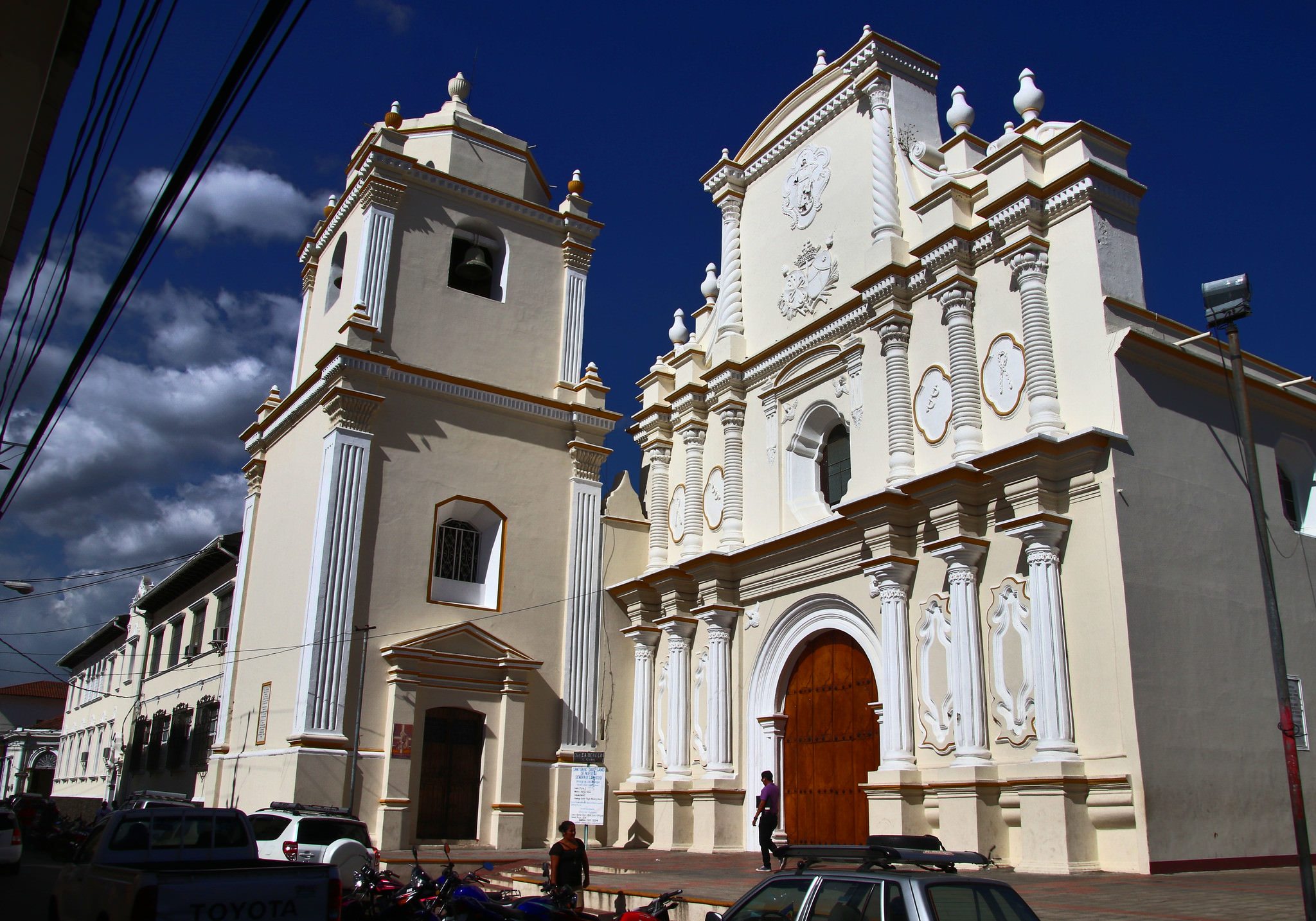
This site is Nicaragua’s only UNESCO World Heritage listing and is one of the oldest Spanish colonial settlements in the Americas. In fact, this isn’t some lavish ruin site, it’s really the only place to see and learn about the country’s founding colonial past.
Suggested Tour: Private Walking Tour of Leon Viejo Ruins
10. Visit Ometepe Island
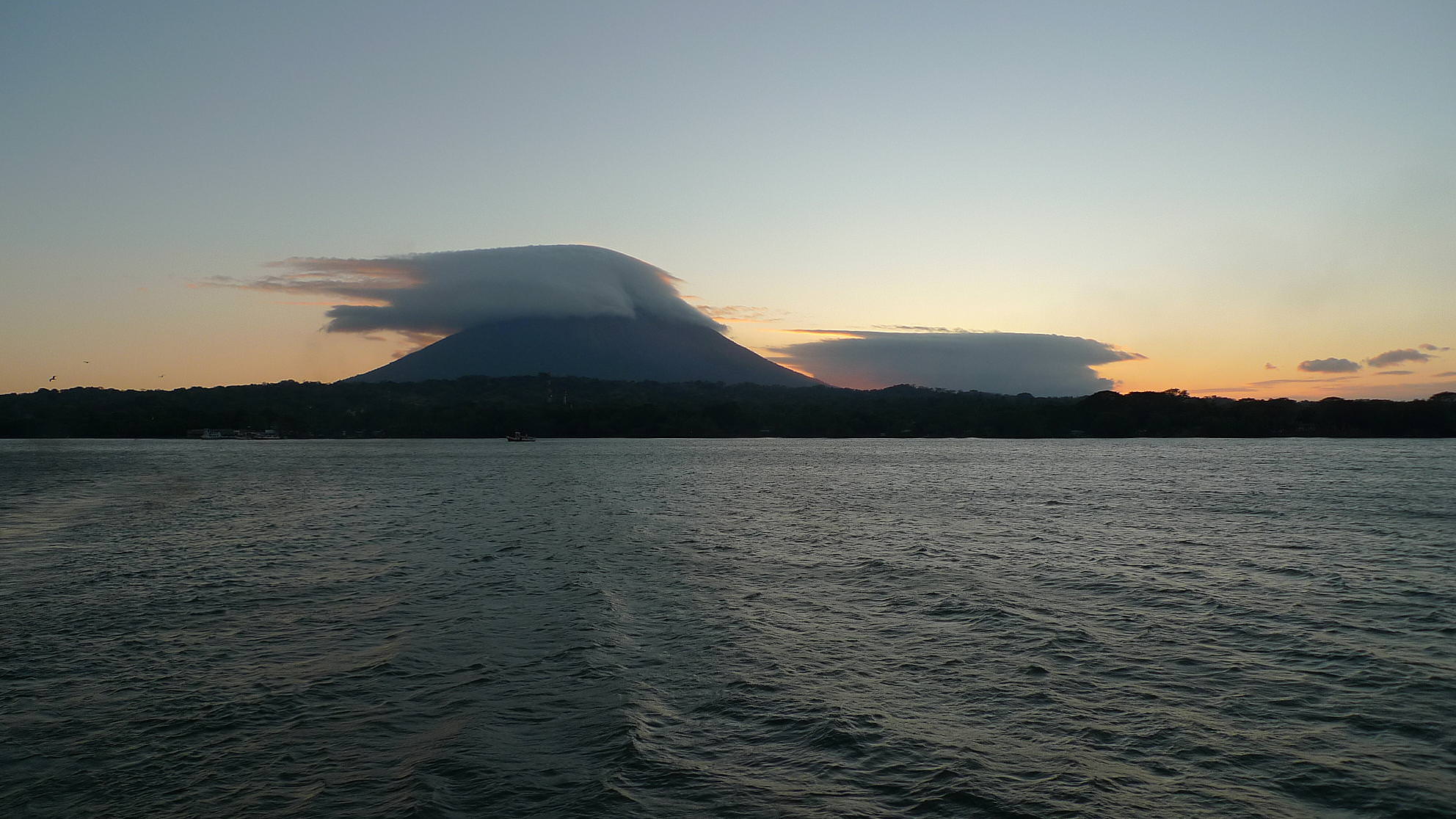
This stunning island is located on Lago de Nicaragua and is formed by two joined volcanoes, Concepción and Maderas. Kayaking, hiking, cycling, and healthy food are the island’s main draws.
Suggested Tour: Day Trip to Ometepe Island
Final thoughts on Nicaragua
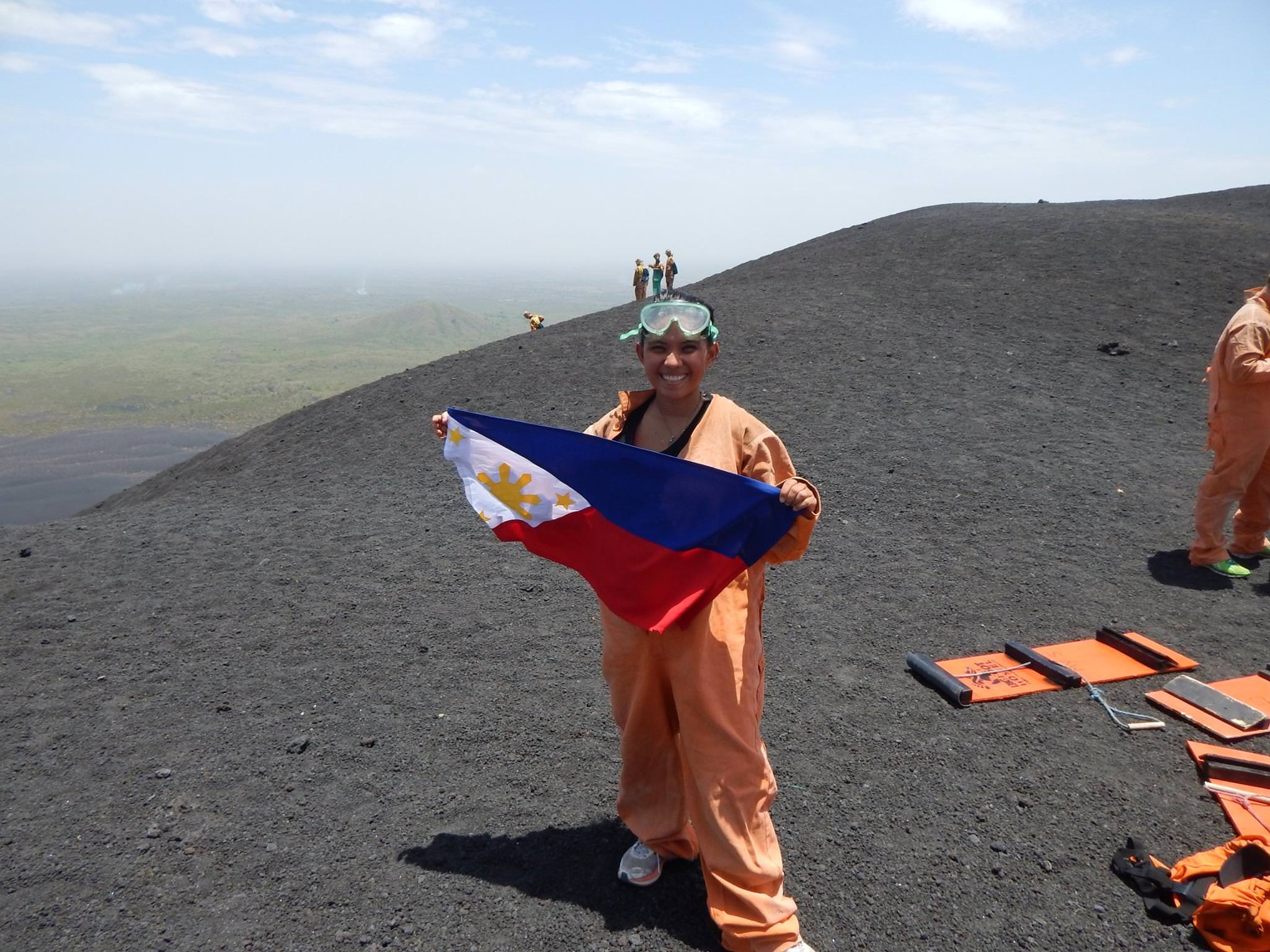
This country is an amazing piece of land where you can expect only one thing ‘entertainment’. You’ll enjoy its local culture, traditions and of course, the cuisine. I was quite hesitant before my trip but after my trip, I’m quite confident and I hope to visit the country again for an extended period of time.

Are you on Pinterest? Pin these!
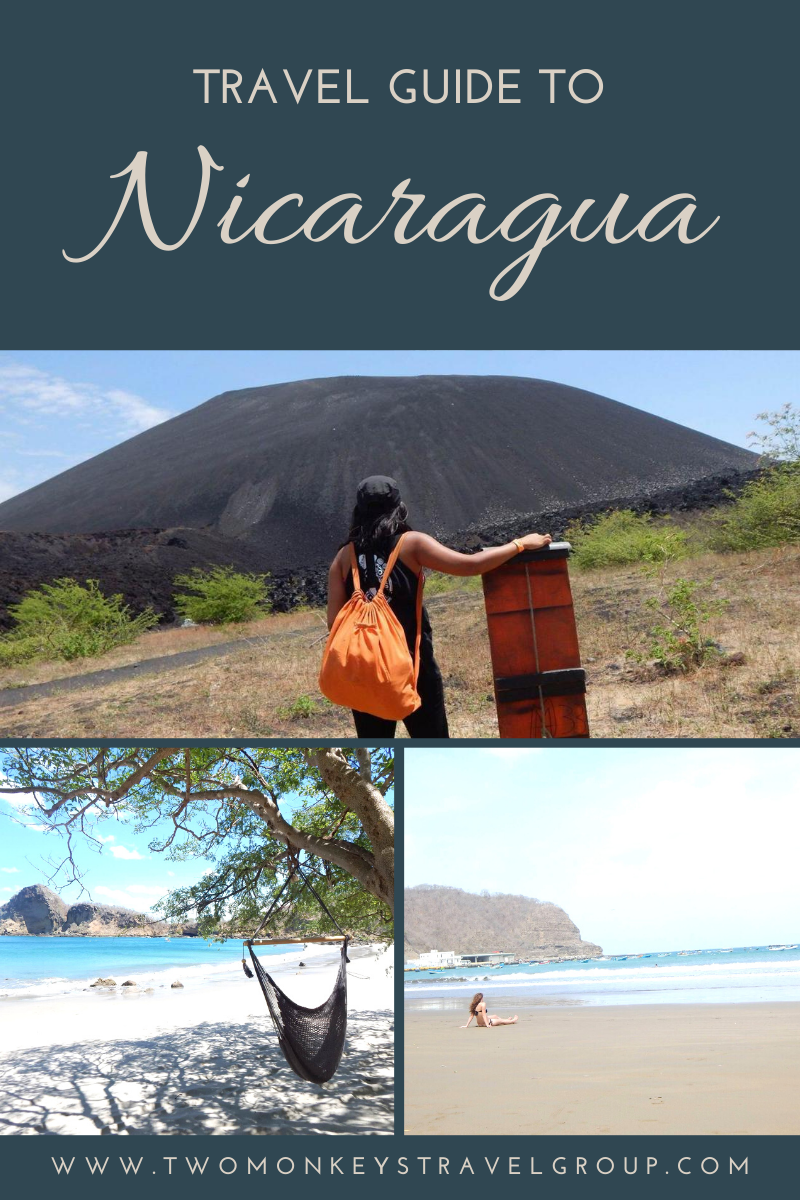
Leave a Reply Cancel reply
Your email address will not be published. Required fields are marked *
This site uses Akismet to reduce spam. Learn how your comment data is processed .
COPYRIGHT DISCLAIMER: Many of the articles on Two Monkeys Travel Group are guest posts by a number of Approved Contributors and are hosted by Two Monkeys Travel Group. Approved Contributors control their own work and post freely to our site. This includes all text and images that they use within their own work. All contributors are instructed to follow internationally recognised copyright and intellectual property guidelines. Two Monkeys Travel Group takes its own responsibilities very seriously, so if you feel that any part of this work is abusive in any way, please send us an email so that we can investigate - [email protected]
DISCLOSURE: Please note that some of the links above are affiliate links. So when you make a purchase we sometimes make a small commission, at no extra cost to you. The cost to you remains the same, sometimes even cheaper if we have negotiated a special deal for our readers.We use all of the companies we have listed here and that’s why they are in this list, but of course we need to keep Two Monkeys Travel Group running as well as it can, which is exactly what you’re helping with if you do decide to buy or book something through an affiliate link! If you have any more questions about the companies we use or any other companies you’re looking at, just email us and we’ll be happy to help. Please see our full disclaimer page for more information.
Written by Two Monkeys Travel - Contributor
Two Monkeys Travel Group – Community Travel Blog is a travel blog and website. We quickly grew into a valuable source of inspiring travel stories, advice, itineraries and travel guides, with the aim of demonstrating how to live a sustainable life of travel, whilst living your own definition of success. If you'd like to contribute and write a guest post, contact us at [email protected]
48 Hours in Tokyo – Exploring Japan’s Vibrant Capital
How to find the best hotels in new york, top california destinations for families to enjoy, scuba diving and snorkeling in the philippines, what are the benefits of booking flight tickets in advance, related posts, 3 day itinerary in puerto viejo [things to do in puerto viejo, costa rica], list of the best hostels in honduras, 10 best things to do in tulum, mexico [with suggested tours], 11 off-the-beaten-path things to do in cozumel, mexico, previous post, 8 best things to do in korcula, croatia [with suggested tours], 15 things to do in mystic, connecticut [with suggested tours], subscribe to our newsletter.
Receive tips on how you can live a sustainable long-term travel lifestyle!
- First Name *
- Name This field is for validation purposes and should be left unchanged.

Ultimate Girl’s Guide to Nicaragua Travel
by Noelle Bertram | Sep 18, 2023

Mark my words: Nicaragua will become the next Costa Rica. With its beautiful beaches, killer surf breaks, cheap prices, colorful colonial towns like Granada & Leon, relaxed & friendly people ~ Nicaragua checks all the boxes for adventurous, fun-loving travelers. In this “ Ultimate Girl’s Guide to Nicaragua Travel ,” I’ll take you behind-the-scenes of a month of travel in this stunning Central American country…where I spent a lot of time in Granada, on Ometepe Island, & in the uber-popular beachside town of San Juan del Sur.

Horseback riding on Ometepe Island in Nicaragua!
Map of Nicaragua
Most international visitors to Nicaragua fly into the capital of Managua. I flew up from Costa Rica, then immediately took a taxi to the beautiful city of Granada ~ stopping at Volcan Masaya on the way. Other popular destinations include San Juan del Sur, Leon, & Ometepe Island .
Granada (Beautiful Colonial Town)
San juan del sur, managua (international airport), ometepe island (adventure spot), leon (colonial + universities), nicaragua travel overview.
- Safety = Safer than the U.S. 85% 85%
- Cost = Food, drink & accommodations all cheap! Great value. 30% 30%
- Adventures = Abundant!!! Surf, hike, go volcano-boarding… 95% 95%
- How Safe I Felt as a Female Traveler = Very Safe 90% 90%
- Nicaraguan People = Hard-working & Friendly 90% 90%
Nicaragua Travel Quick Facts
- Nicaragua in One Word = Lago Nicaragua.
- Nicaragua in a Few More Words = Next-door to Costa Rica .
- Wi-Fi = Pretty good in cities, but if you need to work from your hotel or hostel: check to make sure that they have multiple routers ~ otherwise it can be really slow.
- Global Peace Ranking = #69 out of 163 (U.S. is #103) = Statisically speaking, in terms of all types of violence & conflict: traveling in Nicaragua is safer than doing so in the United States.
- Hotels = Great value. For under $50 US per night, you can find some gems ~ especially in cities like Granada , which offers a ton of options for all price levels.
- Nicaragua Must-Do’s = Hike a volcano…or simply visit one at night ~ like Volcan Masaya, by Granada. Swim in Central America’s biggest lake: Lago Nicaragua. Visit colonial gems such as Granada or Leon…you may decide you want to stay awhile! Go volcano-boarding at Cerro Negro, outside of Leon. Hike BOTH of the volcanoes on Ometepe Island : Concepcion & Maderas (which can be REALLY muddy!!). Surf a world-class break. Partake in San Juan del Sur’s iconic “Sunday Funday.” Cross the border into Costa Rica & head to Tamarindo for more surf adventures…
- Is Nicaragua Good for Solo Travelers = YES. But I really think a country like Nicaragua is better-suited to solo travelers with some experience under their belt; it wouldn’t be my first pick for a first-time solo trip. Better countries for that might be Ireland , in Europe ~ & certain parts of Costa Rica…especially if you’re enrolled in a yoga or surf camp . I was in Nicaragua for a month in early 2017, & had no issues as a solo female traveler. During that time, I spent over two weeks in Granada, & two weeks on Ometepe Island; I avoided Managua, as I’d heard negative things about it & didn’t have much desire to explore there.
- What to Expect as a Female Traveler = Expect some catcalls, especially from groups of men. Fairly harmless, but can be annoying.
- What are the People of Nicaragua Like? I experienced friendly, hard-working people who fully embody the “ Work Hard, Play Hard ” mentality. They’ll invite you to a local beachside bar & buy you shots of “ Flor de Cana ” ~ Nicaragua’s national rum, while reggaeton plays in the background. But the next morning ~ they’re up early, seemingly with no hangover: guiding a tour, picking coffee, or working the land. Nicaraguans are quick to laugh, & eager to share the best of their country with you.
- Would I Go Back = YES!! I need to explore more of the beaches! But my favorite Central American country is still Guatemala ….which I love more than Nicaragua & Costa Rica.
Get Ready for Nicaragua…

Photos of Granada, Nicaragua
I may be biased, as I spent over two weeks in this city: but I think Granada is an AMAZING place to base yourself if you’re planning to visit Nicaragua for awhile. The city is incredibly charming & full of color, food is fantastic & cheap, & there are all levels of accommodation ~ from beautiful luxury properties to more affordable, long-term hacienda-type stays. There’s also an active nightlife culture, but it’s not as crazy as San Juan del Sur.

View from La Merced, the famous belltower in Granada, are absolutely stunning.

Another beautiful square in Granada, with a view towards Iglesia de Xalteva.

You can take a horse-drawn carriage ride around Granada’s beautiful colonial center!

This is the view from a “Yoga Pavilion” in one of Granada’s many luxury hotels…with views towards Volcan Mombacho.

More beautiful architecture & lush foliage in Granada…
Adventures Around Granada….
Plus, the surrounding area offers SO many adventures: like boating on Lake Nicaragua, or exploring the two closest volcanoes ~ Volcan Masaya & Volcan Mombacho. Laguna de Apoyo is also nearby, & is a gorgeous lake where you can paddle board, kayak, or simply nap on the shore in a hammock.

Granada sits right on the shores of Lake Nicaragua, which makes it very easy to jump on a boat tour.

And on these tours, running into monkeys is practically guaranteed!

I took a guided tour to Volcan Mombacho, which is located about an hour south of Granada. Incredible views.

But my favorite volcano near Granada is Vocan Masaya. This photo was one of the first I took, right after arriving in Nicaragua ~ it’s an easy drive from the Managua Airport.

I lreturned to Volcan Masaya on a “Night Tour,” & got some amazing photos of the fiery inferno in the dark.

Laguna de Apoyo is a large lake located 30 minutes west of Granada; we paddle boarded & kayaked here.
Hotels I Loved in Granada : Hotel Dario is located right on the main drag, in the heart of town ~ & makes for easy walking to restaurants & shops; while Hotel Patio del Malinche is a more romantic option, with a lovely courtyard pool & a safe, private setting. Hotel Casa San Francisco is refined & elegant, also with a pretty turquoise pool.
Photos of San Juan del Sur
San Juan del Sur is located close to the Costa Rican border, which may help explain its popularity: it’s pretty easy access to travel between the two countries. The crescent-shaped beach here is iconic, as is the party scene ~ this is def initely a place where ex-pats from all over the world come to surf, drink a little tequila, & meet other travelers in a relaxed setting. And there are several good beginner surf breaks nearby, including Playa Santana, Remanso Beach, & Playa Amarillo.
All of this combined helps make this small town so popular & well-known.

A large, white Christ statue presides over the turquoise waters of San Juan del Sur. Photo by Magnific Rock.

Many people come to San Juan del Sur for this: the party scene! Sunday Fundays are legendary here. Photo by Explore with Lora.

Sunset in San Juan del Sur.
Other Tropical Spots in Nicaragua…

Sunet in Rancho Santana, a newly-developed luxury community, north of San Juan del Sur.

For true tropical escapism: head to the Corn Islands, located in the Caribbean Sea off of Nicaragua.

Laguna de Perlas is located on the eastern side of the country, & also has major tropical vibes. It’s far less touristy over here…
Where to Stay in San Juan del Sur : Check out the incredible Hacienda Ecolodge: Morgan’s Rock . Set on 4,000 acres of Nicaraguan jungle, they’ve got their own mile-long beach that’s often frequented by sea turtles ~ & you can rent out a treehouse-like Ocean View Villa or one with a Forest View. This is a special spot…
Photos of Leon, Nicaragua
Why visit Leon, Nicaragua ? This is the country’s main cultural hub ~ even moreso than Managua, due to its beautiful architecture, many churches & universities, colonial heritage, & vibrant restaurant & nightlife scene (with lots of Nicaraguan youth, due to the universities). But what draws young adventurers to Leon more than anything else is a special activity that can only be done a few places in the world: volcano-boarding! Catch a guided tour in Leon, & “board” at nearby Cerro Negro volcano.

Inside the Museum of the Revolution, in León, Nicaragua ~ a city known for its culture.

The famous white Leon Cathedral.

Volcano-boarding at Cerro Negro is one of the TOP draws for young tourists to Leon. Photo by Outside Online.

Beautiful architecture in Leon, which is also located close to the Pacific Ocean.
Photos of Ometepe Island
I really loved staying on Ometepe Island . So much so, I ended up staying over two weeks! I hiked the island’s two main volcanoes with guides, enjoying staying right on the beach….for pennies on the dollar (compared to the U.S.), & found incomparable views all over ~ plus very friendly locals.

About half-way up the Volcan Maderas hike, looking across to Volcan Concepcion.

Climbing up (muddy) Volcan Maderas!

Incredible view from my hotel in Altagracia, on Ometepe.

One of my favorite photos from Cental America…of Volcan Concepcion at sunset.
Incredible Place to Stay on Ometepe Island : Selvista Guesthouses . This is an eco-treehouse retreat…that will cost you less than $100/night (cheap for a treehouse)! Views are incredible, & accommodations are tastefully decorated in an upscale boho-chic style. There’s a farm & fresh food on-site…
You may not know much about Nicaragua yet ~ but in the coming years, travel here will become more of a “thing.” Remember way back before Costa Rica became popular?
Well, that’s what Nicaragua is like now …
xoxo Noelia
Read Next: Ultimate Girl’s Guide to Costa Rica Travel

Share this:
- Click to share on Facebook (Opens in new window)
- Click to share on Pinterest (Opens in new window)
- Click to share on Twitter (Opens in new window)
- Click to share on Tumblr (Opens in new window)
Related Posts
What a fantastic guide! I absolutely fell in love with San Juan del Sur, Grenada, and Masaya. The beaches were exquisite and not at all crowded. I highly recommend it to anyone who hasn’t been.
Thanks for the feedback, Jenn! I truly think I love Nicaragua even more than neighboring Costa Rica. When were you there?
Trackbacks/Pingbacks
- Granada, Nicaragua Photos - GirlWhoTravelstheWorld.com - […] is the colonial jewel of Nicaragua ~ a bright & colorful city that offers up every color of the…
- What's Happening in Nicaragua Right NOW in 2018 - Girl Who Travels the World - […] couple weeks ago, I began hearing rumblings of problems in Nicaragua ~ on Instagram, of all places. “Pray for…
Comment Below! Cancel reply
Welcome to gwtw.

Search GWTW!

Recent Posts
- What are the Best French Country Paint Colors?
- Best Companion Plants for Lilacs
- Where to Stay in a Traitors-Like Scottish Castle
- Bucket List Hotel Stays in Queenstown
- Best Pools for Relaxing in Palm Springs
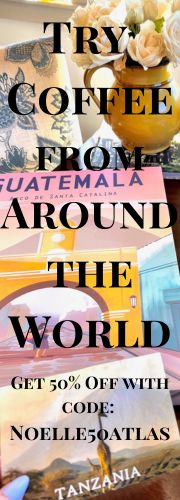
- Beauty & Fashion
- Best Hotels
- Central America
- Great Hikes
- Home & Garden
- Inspiration
- Natural Health
- United States
- Solo Female Travel
- South America

IMAGES
VIDEO
COMMENTS
3. Admire colonial Granada. Nicaragua's oldest city is revered as the colonial jewel of Central America. Many of the pastel-painted buildings have been meticulously restored. Bask in Granada's historic grandeur as you weave through the cobblestone streets, visit local art galleries, and sip on a coffee in a plaza. 4.
2. Ride the Pacific rollers. Stellar waves and wild beaches line Nicaragua's Pacific coast, and it's long been a haunt of surfers in the know. To the south, laid-back San Juan del Sur is surf-and-party central - the Sunday Funday Pool Crawl is a backpacker legend. But the surfing is better out of town - Playa Maderas, 20 minutes north ...
Nicaragua. Central America. Check out this year's Best in Travel winners. An affable all-rounder, Nicaragua embraces travelers with diverse offerings of volcanic landscapes, historic towns, sensational beaches, remote, idyllic islands, wave-battered Pacific beaches and pristine forests. 01 / Attractions.
Whether you have 1, 2, or 3 weeks to spend, this Ultimate Nicaragua Itinerary will guide your incredible adventure through Nicaragua. From life-changing volcano hikes, surfing the best waves on the Pacific, discovering the Highland rainforests, and relaxing on pristine Caribbean islands, to kayaking on stunning lakes, and experiencing Nicaragua's tranquil, easy-going lifestyle and warm ...
Water Bottle| Staying hydrated is important in countries like Nicaragua. Also, if you want to reduce your plastic footprint, buying a purification filter bottle is a must. Headband| When your face is dripping with sweat or you go volcano boarding, it is necessary to have a headband to cover your nose and mouth.
Regions. The southwest Region. The Atlantic coast Region. The northwest Region. Managua and around Region. Lago de Nicaragua Region. The central highlands Region. Buzzing León is often considered the country's cultural capital - look for the famous murals depicting Nicaragua's turbulent political history.
This is a complete Nicaragua travel guide that includes lots of relevant and helpful information such as the best time to visit, the top places to see, and amazing things to do in Nicaragua. I also explain things like the CA-4 visa, how much things cost, and a few different budgets to accommodate all types of travelers! ...
Your guide to Nicaragua travel, including beautiful beaches, boutique hotels, and epic surfing spots.
Little known, Nicaragua, the largest Central American country deserves your attention. We've created this detailed 10-day travel itinerary to help you with planning your limited time in the country. From beaches to volcanoes and colonial cities, Nicaragua has it all and should not be missing on your bucket list of countries you must visit. From ...
Travel Guide on Best-Time to Visit, Must-See Places, Must-Do Things, Must-Try Food, Local Language for Travellers, Local Cultures and Safety
Nicaragua Travel Guide FAQ. Below, find answers to frequently asked questions about traveling Nicaragua. Q: Is Nicaragua safe for tourists? There are several things to watch out for and keep in mind to stay safe while in Nicaragua. Nicaragua has an authoritarian government that limits freedom of expression, dissent against the government, and ...
The United States has issued a level 3 'Reconsider travel' advisory on Nicaragua due to the 'civil unrest, limited healthcare availability and arbitrary enforcement of laws'. Both the UK and Canada have issued 'exercise a high degree of caution' travel advisories. Commercial airlines still fly to the country.
In the capital of Managua and smaller cities, hotel prices range from $15 to $50 a night with some higher rated hotels and resort accommodations priced in the USD$48 to $150 a night. Naturally, the cost of international flights vary from your place of origins but domestic flights are reported to be very affordable.
5.3K. Last year I jumped on a great airfare deal and booked a trip that followed this two-week Nicaragua itinerary. Starting in Granada, I explored Nicaragua's colonial heritage before heading south to the beaches of San Juan del Sur (surf paradise) and then traveling back inland to the magical, volcanic Ometepe Island in the middle of Lake Nicaragua.
1. Leon Volcano Boarding. One of the top Nicaragua tourist attractions is the extreme sport of volcano boarding in Leon which feels like the perfect introduction to this list. Though you can go volcano boarding in several different regions, Leon is the epicenter of volcanic tourism and activities in Nicaragua.
As the official body responsible for promoting Nicaragua on a global scale as a go-to tourist destination, the Nicaraguan Tourism Board (INTUR) offers some expert insight into why this Central American gem should be top of your travel wish list. Minister, Yaosca Calderón, tells us more.
Nicaragua is a country full of surprises and exciting adventures, with incomparable natural and cultural beauty that offers an unforgettable travel experience. Discover 12 of the country's tourist routes where you can experience priceless moments while enjoying delicious food, a verity of cultural expressions, nature and friendly people.
A typical route: focus on the colonial cities of Leon and Granada, using these as a base for excursions such as volcano hikes. Relax on the volcanic island of Ometepe. Party or chill in San Juan Del Sur by the coast, or choose from some of the quieter beach towns further north. All this can easily fill up 10+ days.
1. Isla de Ometepe. A sunset from our hotel, Totoco Lodge on Ometepe. Isla de Ometepe is easily one of the most unique places to visit in Nicaragua. This small island is made up of not one, but two volcanos, and sits within Lake Nicaragua (Nicaragua's largest lake.)
This Nicaragua travel guide includes everything I learned in my 6 weeks there and all you'll need to prepare for your backpacking trip in one of my favorite countries on earth. Get information on Nicaragua travel itineraries and backpacking routes, maps, travel tips, safety, things to do, and much more.
If you travel to remote areas, hire a reputable local guide. Nicaraguan law requires tourists hire a local guide for several volcanoes, including the two volcanoes on Ometepe Island (Maderas and Concepcion). Disaster Preparedness: Nicaragua is prone to earthquakes, hurricanes, floods, and volcanic eruptions. If you are at a coastal area when an ...
Travel; Features For an Adrenalin-Packed Vacation With Views, Visit Nicaragua's Emerald Coast. Skip the Costa Rica crowds in favor of this coastal hotspot.
Suggested Tour: Masaya Volcano Night Tour. 3. Visit Cerro Mogotón. In fact, Masaya maybe Nicaragua's most-visited natural treasure; only a few hardy adventurers make it to the top of Cerro Mogotón, which at 2,107 meters (6,913 feet) is Nicaragua's highest peak and one of its wettest.
Nicaragua Travel Quick Facts. Nicaragua in One Word = Lago Nicaragua.; Nicaragua in a Few More Words = Next-door to Costa Rica.; Wi-Fi = Pretty good in cities, but if you need to work from your hotel or hostel: check to make sure that they have multiple routers ~ otherwise it can be really slow.; Global Peace Ranking = #69 out of 163 (U.S. is #103) = Statisically speaking, in terms of all ...